

KE HUY QUAN: WOW, WINNING AN OSCAR IS A BIG DEAL. BECAUSE PEOPLE THEN START CALLING.


WHISHAW HARI NEF BRIAN COX PORT 34
BEN
9 772046 052060 34 £12
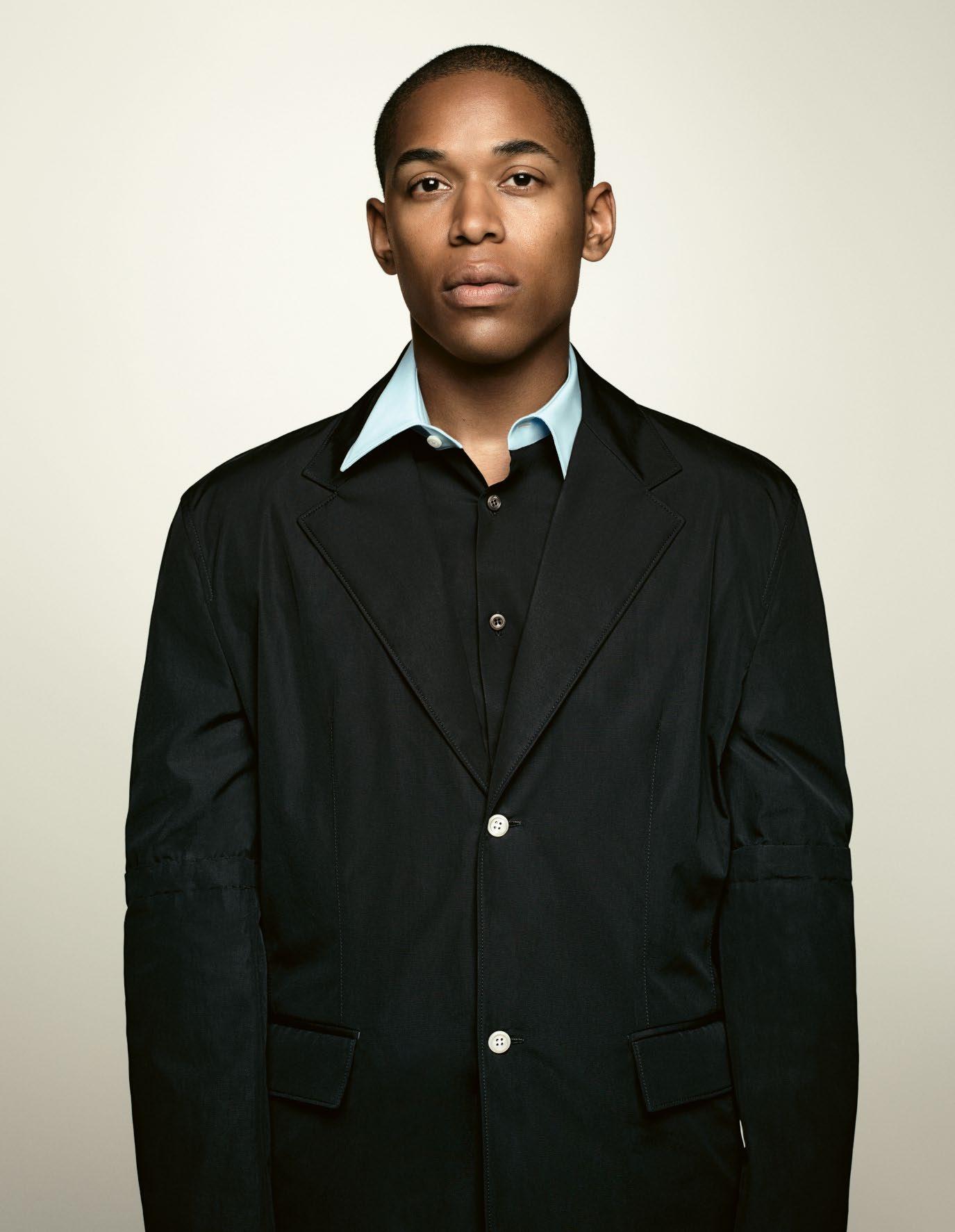

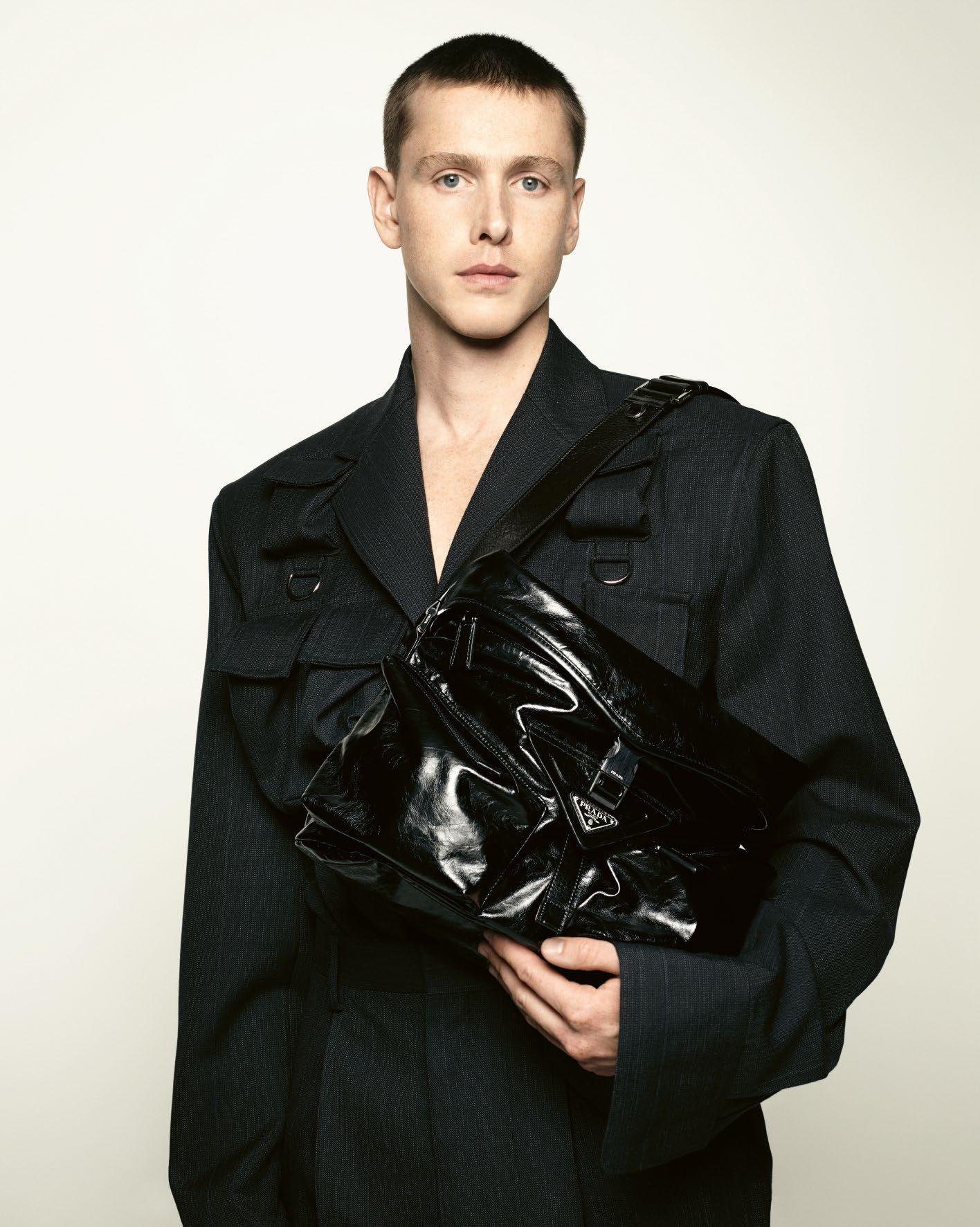
1

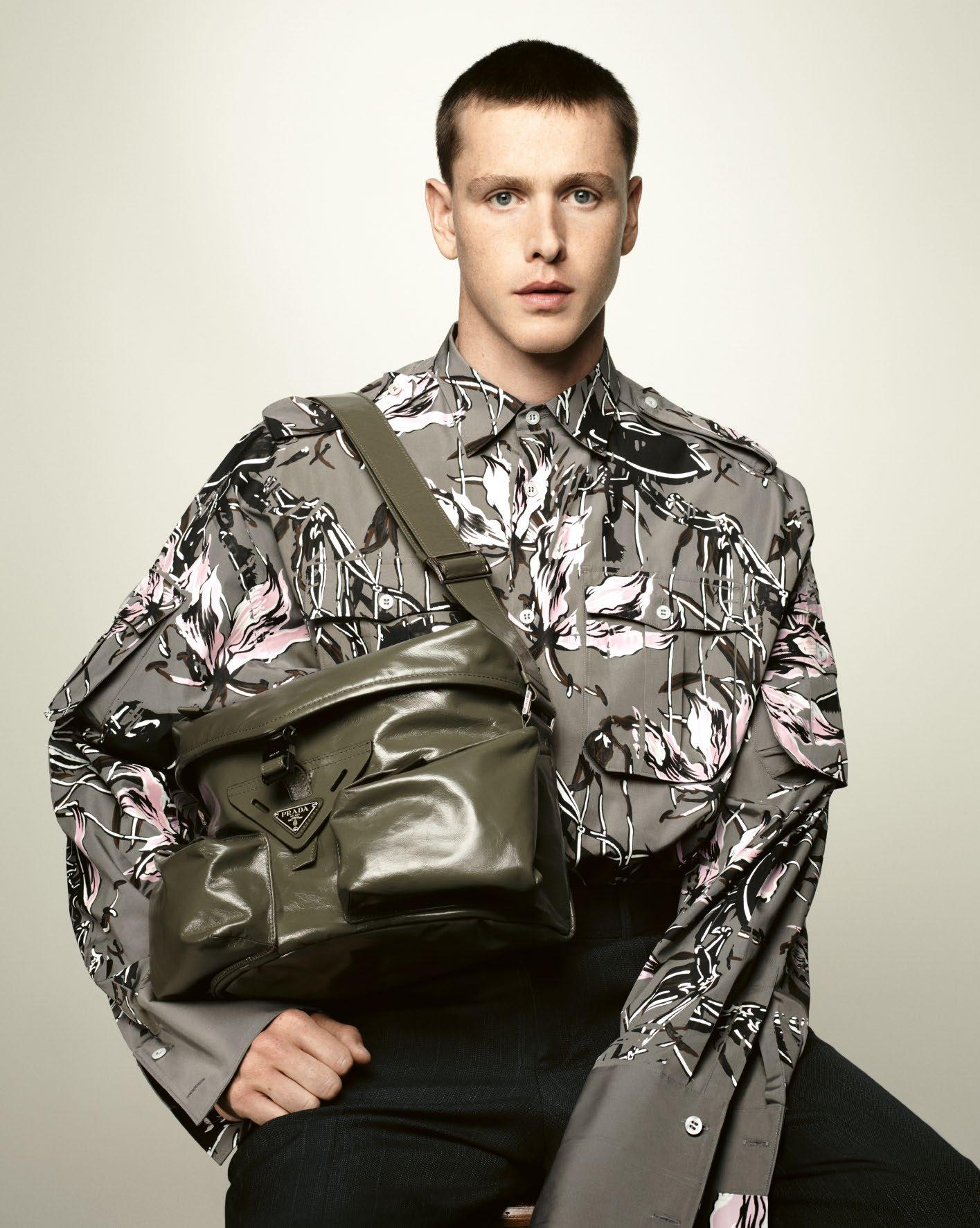

3

dior.com –020 7172 0172

5

dior.com –020 7172 0172

7

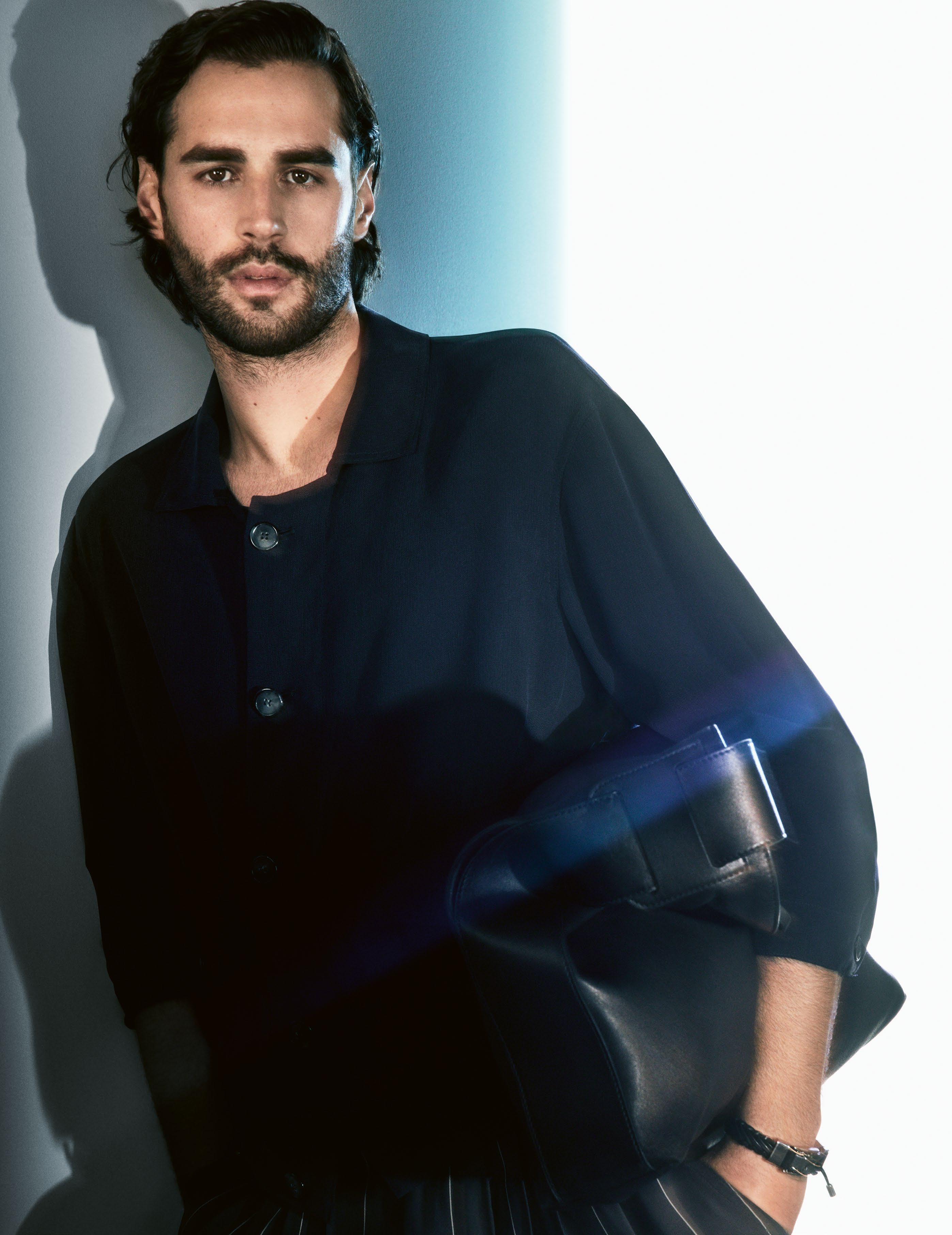

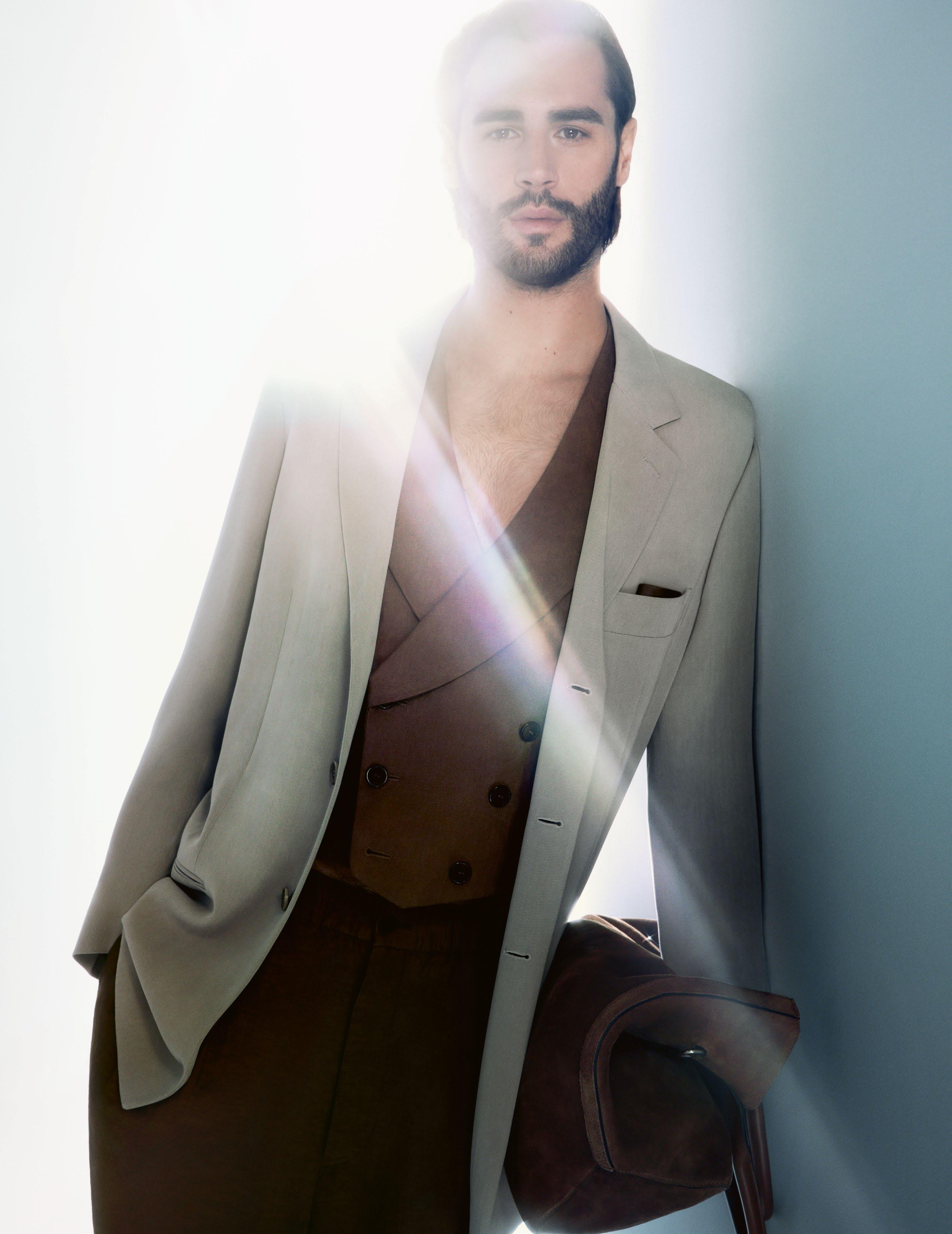
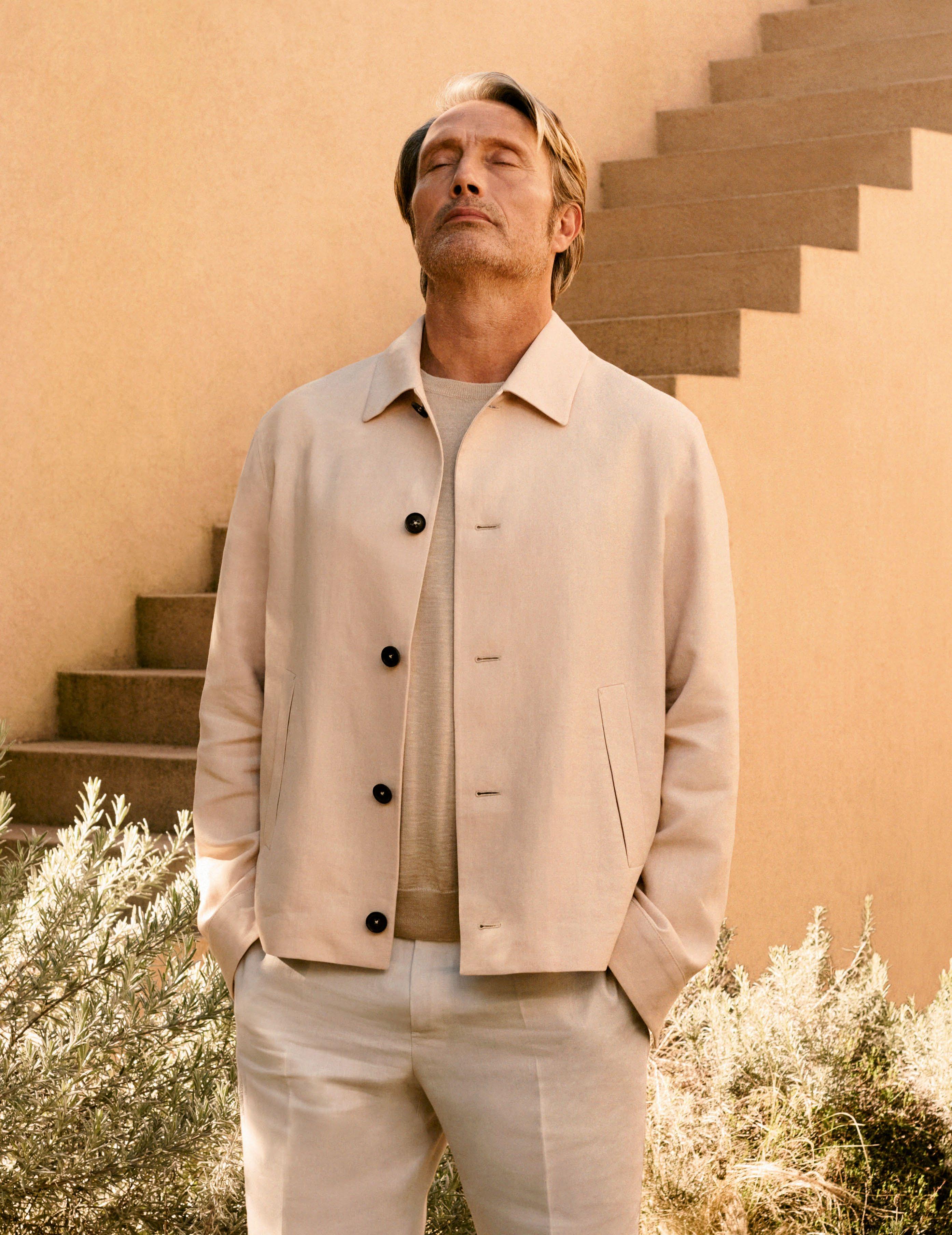
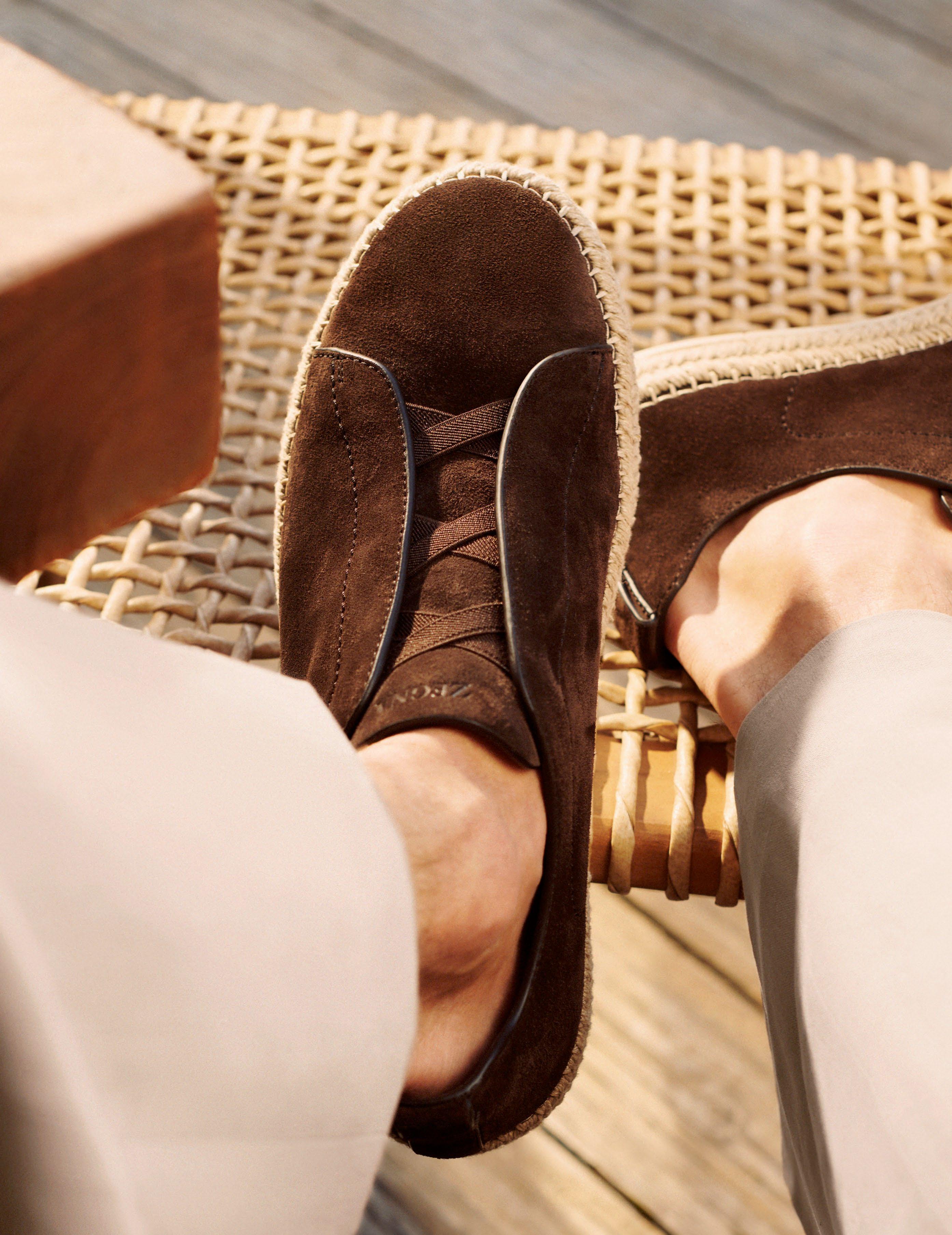




17






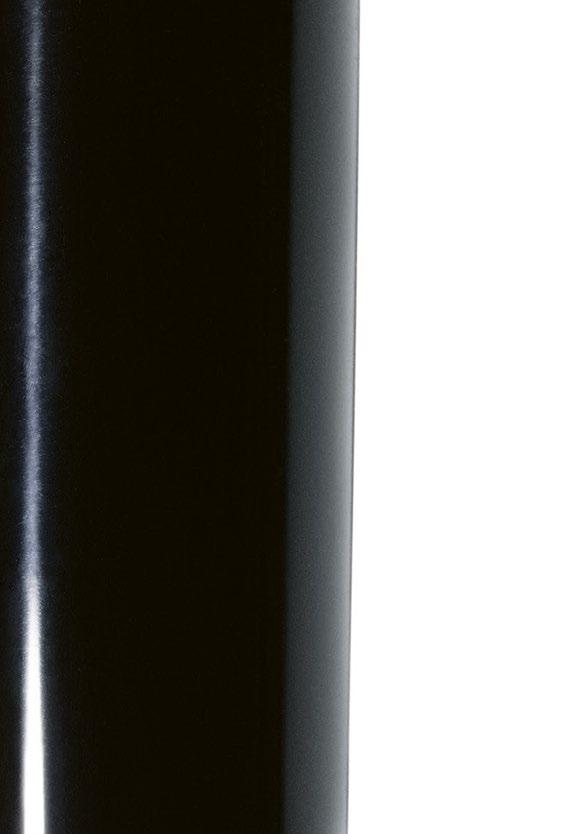










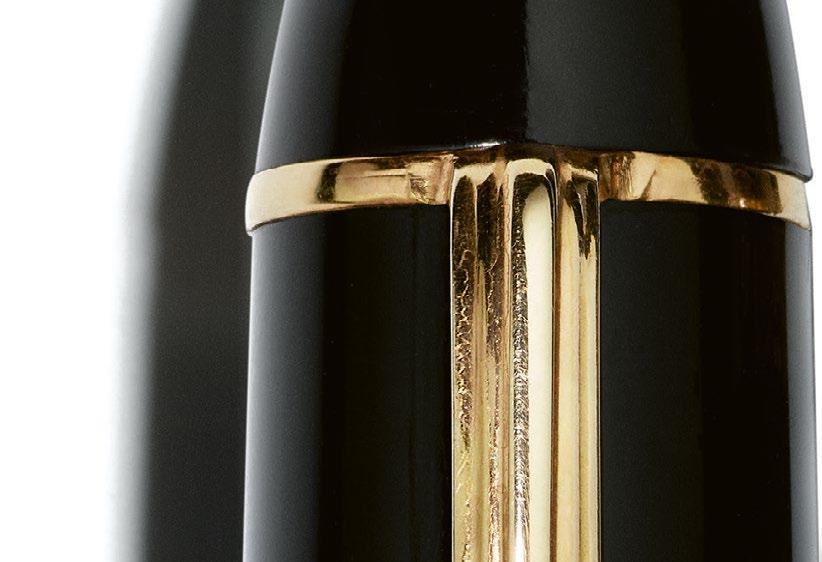












21


TWIGGY SEATING SYSTEM | RODOLFO DORDONI DESIGN DISCOVER MORE AT MINOTTI.COM/TWIGGY


SENIOR EDITOR
Kerry Crowe
MANAGING EDITOR
Samir Chadha
SPECIAL PROJECTS MANAGER
Ethan Butler

HOROLOGY EDITOR
Alex Doak
SUB-EDITORS
Sarah Kathryn Cleaver
Gus Wray
EU CORRESPONDENT
Donald Morrison
US CORRESPONDENT
Alex Vadukul
SENIOR EDITORS
Katrina Pavlos, Film
Hans Ulrich Obrist, Art Rick Moody, Literature
John-Paul Pryor, Music
Brett Steele, Architecture
Deyan Sudjic, Design
CONTRIBUTING EDITORS
Kabir Chibber
Robert Macfarlane
Albert Scardino
SPECIAL THANKS
Bella Weston
Jeremy Lee
FASHION EDITOR
Georgia Thompson
COVER CREDITS
Ben Whishaw photographed in London by Chieska Fortune Smith, wears ALL FOOTWEAR
MANOLO BLAHNIK
Hari Nef photographed in New York by Bruce Gilden, wears CELINE throughout
Brian Cox photographed in London by Tom Johnson, wears DIOR SS24 throughout
Ke Huy Quan photographed in LA by Buck Ellison, wears ZEGNA OASI LINO SUMMER 24
Jeremy Lee photographed in London by Sophie Green
“If you have food in your jaws you have solved all questions for the time being.”
Franz Kafka, ‘Investigations of a Dog’
tr. Willa & Edwin Muir
WORDS
Fedora Abu, Ayla Angelos, Chloë Ashby, Samir Chadha, Emmeline Clein, Marie Le Conte, Dan Crowe, Kerry Crowe, Jason Diamond, Fernanda Eberstadt, Katie Goh, Hannah Gold, Joshua Hendren, Tom Hiddleston, Jeremy Lee, Jenna Mahale, Isaac Rangaswami, Nikki Shaner-Bradford, Deyan Sudjic, Amelia Tait, Hannah Williams
PHOTOGRAPHY
Adam Barclay, Guy Bolongaro, Tex Bishop, Adrian Catalan, Angèle Châtenet, Lea Colombo, Buck Ellison, Ramak Fazel, Bruce Gilden, Sophie Green, Peter Guenzel, Marius W Hansen, George Harvey, Gianluca Di Ioia, Adama Jalloh, Tom Johnson, Nicolas Kern, Philippe Lacombe, Jelka von Langen & Roman Giebel, Crista Leonard, David Luraschi, Sufo Moncloa, Paolo Monti, Stanislas Motz-Neidhart, Jukka Ovaskainen, Louis de Rofgnac, Kuba Ryneiwicz, Jenna Saraco, Blommers & Schumm, Scheltens & Abbenes, Jo Metson
Scott, Chieska Fortune Smith, Dham Srifuengfung, Dongkyun Vak
ARTWORK
Antonio Citterio, Alec Doherty, Brian Ma Siy, Enzo Mari
PUBLISHER
Dan Crowe
ASSOCIATE PUBLISHER
Andrew Chidgey-Nakazono
MANAGING DIRECTOR
Dan Crowe
ADVERTISING DIRECTOR
Andrew Chidgey-Nakazono andrew@port-magazine.com
ACCOUNTS
Charlie Carne & Co.
CIRCULATION CONSULTANT
Logical Connections
Adam Long adam@logicalconnections.co.uk
CONTACT
info@port-magazine.com
SYNDICATED
SYNDICATION syndication@port-magazine.com
ISSUES Port China Port is published twice a year by Port Publishing Limited Somerset House, Strand London, WC2R 1LA port-magazine.com Port is printed by Park Communications Founded by Dan Crowe, Boris Stringer, Kuchar Swara and Matt Willey Registered in England no. 7328345 All rights reserved. Reproduction in whole or in part without written permission is strictly prohibited. All prices are correct at time of going to press but are subject to change. All paper used in the production of this magazine comes, as you would expect, from sustainable sources.
24 MASTHEAD

25
OUT-TAKE
WE CATCH HARI NEF back home in New York after a whirlwind few months, busy with Fashion Weeks as well as awards season of the back of her role in Greta Gerwig’s Barbie. Here, she’s photographed with a fellow New Yorker by Bruce Gilden.
She is now making time for her writing – Hari’s been a columnist in the past, an era she describes as “trying to be some kind of self-styled Carrie Bradshaw”. Right now, she’s working on a screenplay as well as preparing for some new roles.
When the topic of yearning comes up, she seems unconvinced by the past, so we ask if she’s committed to the future. She tells us: “I’m afraid I am, but I think the future is overrated as an object of inquiry.”
Read the profile on page 104

26 OUTTAKE

27 PHOTOGRAPHY: BRUCE GILDEN
THERE IS A RICH history of food in magazines and journals stretching back to a time when newspapers only ofered cooking tips and recipes in small inserts, and good housekeeping was the lot of the housewife. How things have changed.
Often found in old books are snippings of cherished recipes, hidden to be found again by cooks such as this one, when turning the pages of Mum’s cookery books, or a fair few bought secondhand.
So, when asked to guest-edit an issue of Port dedicated to food, I wondered what a cook might bring to a journal. I found that, by curious chance, I could look up at the shelves over my desk – in the eaves of Quo Vadis, by a window overlooking the rooftops of Soho – and draw on not just books old and new but much else gathered over time. Sticking out of books were gems, like those pioneering articles in Vogue by Elizabeth David, who wove travel, photography and food onto the page, paving a mighty path, inspiring new generations.
There was a wealth of writing, photography and illustration such as those of John Broadley that adorn our menus (below) and those of Brian Ma Siy that illuminated the seminal menus at Alastair Little, just round the corner, where I had cooked so long ago.
First of there had to be lunch, laughter and chat and that with Fergus and Margot [Henderson], dear friends who were at the forefront of bringing British food and cooking centre stage. Rochelle Canteen is an idyll in east London, set in the playground of a school always planted and tended beautifully. Founded by Margot and Melanie Arnold, not far from St John where Fergus garnered great acclaim for nose-to-tail eating, the canteen is a family afair. Hector Henderson (Fergus and Margot’s son) is in the kitchen cooking alongside his best friend Jake Farley, both of whom have cooked at Quo Vadis, and they set forth a cracking lunch.
On being asked who was joining them in the issue, we reminisced on the last time Port had dedicated an issue to food – when Fergus was guest editor, with a remarkable portrait of the back of his head gracing the cover. I remember the excitement still.
Mention was made of talking with Hato Press about food and film, of visiting Corin Mellor at the factory built in Shefeld by his dad, David. Being at home sifting through pots, bowls, cupboards and a few pestle and mortars. Talking with Joké Bakare, who had cooked a dinner at QV prior to opening her tremendous restaurant. There was breakfast in Bethnal Green at E Pellicci’s with Ray Winstone, both
of whom need no introduction, and further afield, the food culture of Seoul discussed by Katie Chung, creative director of MCM. There is Ben Whishaw eating at Quo Vadis, and a visit to venerable and beloved Sweetings in the City of London, famed for, among much, a silver tankard of black velvet, made with Guinness and champagne. There is a perusing of the art on the walls of George in Mayfair, then wandering down the road to visit Ollie Dabbous at Hide on Piccadilly.
Food and cooking feed a fundamental need – not just of necessity, but also to please – and so it is unsurprising, really, to find food appearing in art, in film, theatre, in books, newspapers and of course, in a magazine. Talk over lunch continues amid laughter and wine and leads to mention of fashion, food and cooking, art, photography, the curious business of artlessness and style in what we prepare, wear, see and choose to look at, read, watch and take inspiration from. A great adventure.
’Tis a very great joy and a very great honour to be here talking with you, and I hope you enjoy this issue of Port as much as I enjoyed wearing an editor cap for the first time.
Jeremy Lee, Guest Editor

EDITOR’S LETTER
28 EDITOR’S LETTER
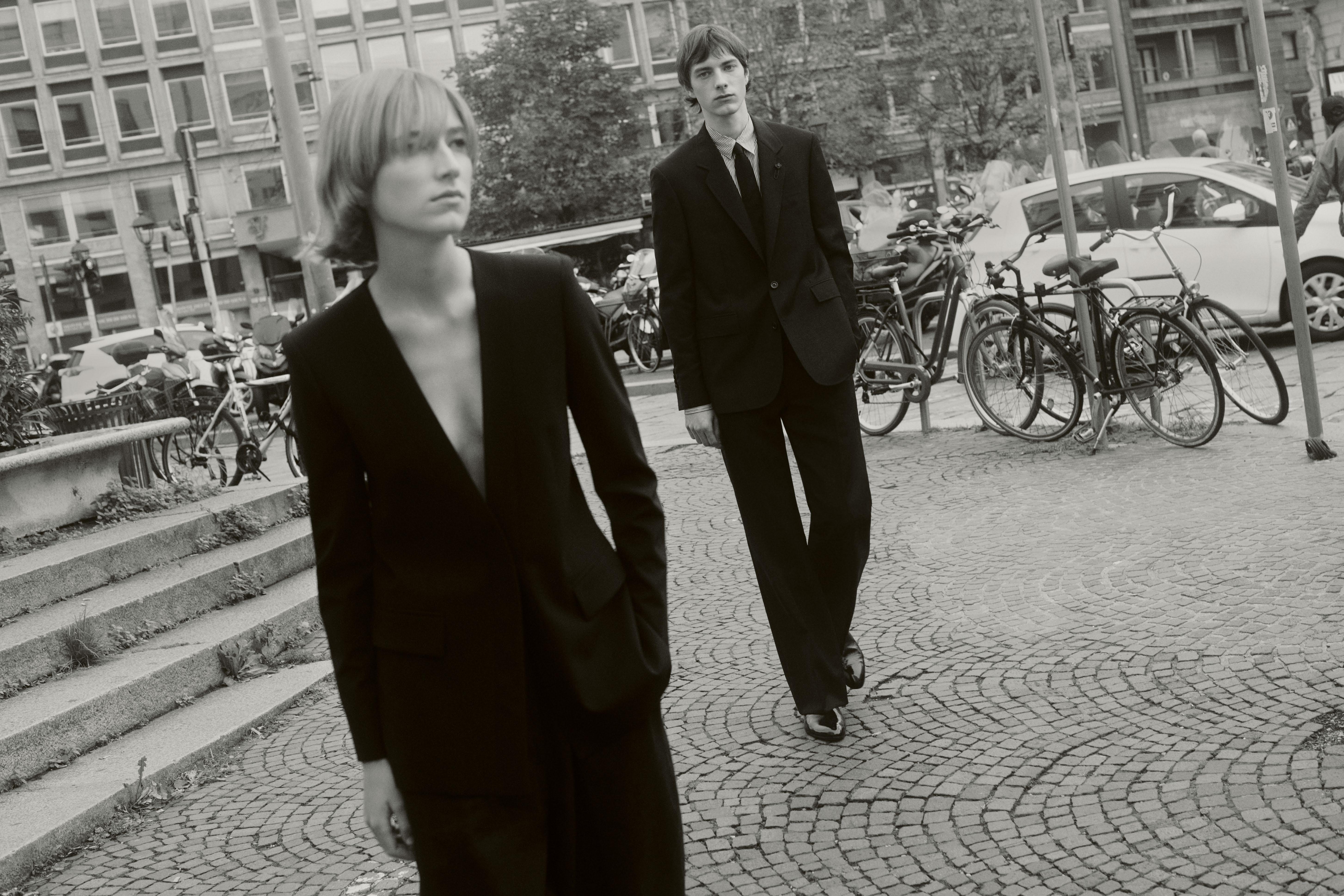

42 INSISTENT AND BEYOND CHOICE Chloë Ashby 46 DELECTABLE TRINKETS Joshua Hendren 48 BUTTER. BUTTER. BUTTER. BUTTER. BUTTER. BUTTER Amelia Tait 52 CLATTERING FISH KNIVES AND SCRAPING STOOL LEGS Isaac Rangaswami 54 PULL THE FRUIT APART Katie Goh 58 PETITES MAINS Fedora Abu 60 POMELLO SOURS 62 DESIGNED FOR THAT DAY Samir Chadha 64 WASH IT ALL DOWN Marie Le Conte PORTFOLIO 30 CONTENTS
FEATURES
70 GELLING THE FRIENDSHIP Lunch with Jeremy Lee, Fergus Henderson and Margot Henderson Interview Samir Chadha Photography Sophie Green 78 AREAS FOR CHANGE Katie Chung, MCM’s creative director, discusses her work and her tastes Words Jenna Mahale Photography Dongkyun Vak 79 HEAVEN SCENT A new book from Louis Vuitton traces the roots of key scents Words Samir Chadha Photography Adam Barclay 80 BEN WHISHAW The Passages and Paddington star discusses his career to date Words Kerry Crowe Photography Chieska Fortune Smith 94 CANINES, CANVASES An art tour of Mayfair’s George club Words Hannah Williams Photography Jukka Ovaskainen 100 INGREDIENTS AND SAVOIR FAIRE Maxime Frédéric talks about his approach to cooking Words Jenna Mahale Photography Philippe Lacombe 104 HARI NEF The actress and model thinks about what’s next Words Hannah Gold Photography Bruce Gilden 114 OF SHELVES, CUPBOARDS AND POTS A selection of kitchen contents and cookware Words Jeremy Lee Photography Jo Metson Scott 122 COOKING WITH SCORSESE Kenjiro Kirton and Jeremy Lee discuss iconic food moments in film Interview Jeremy Lee and Port 128 KE HUY QUAN Discussing a triumphant return to acting with a dear friend Interview Tom Hiddleston Photography Buck Ellison 138 UNEXPECTED HARMONIES Ollie Dabbous chats about his approach to cooking and serving Words Hannah Williams Photography Dham Srifuengfung 142 RAY WINSTONE Catching up with a London icon Interview Dan Crowe Photography Tex Bishop 148 DETAIL THAT SHAPES Up close with Chanel’s mini additions to the Coco Crush line Words Fedora Abu Photography Stanislas Motz-Neidhart 152 FABRIC INSTINCT Designers thinking diferently about Fabric Words Jenna Mahale Photography Jenna Saraco 160 NEVER BREAD AND BUTTER Joké Bakare talks about her Michelin-winning cooking philosophy Interview Jeremy Lee Photography Adama Jalloh 162 BRIAN COX The veteran reflects on how far he’s come, and how much he’s yet to do Words Jason Diamond Photography Tom Johnson
31

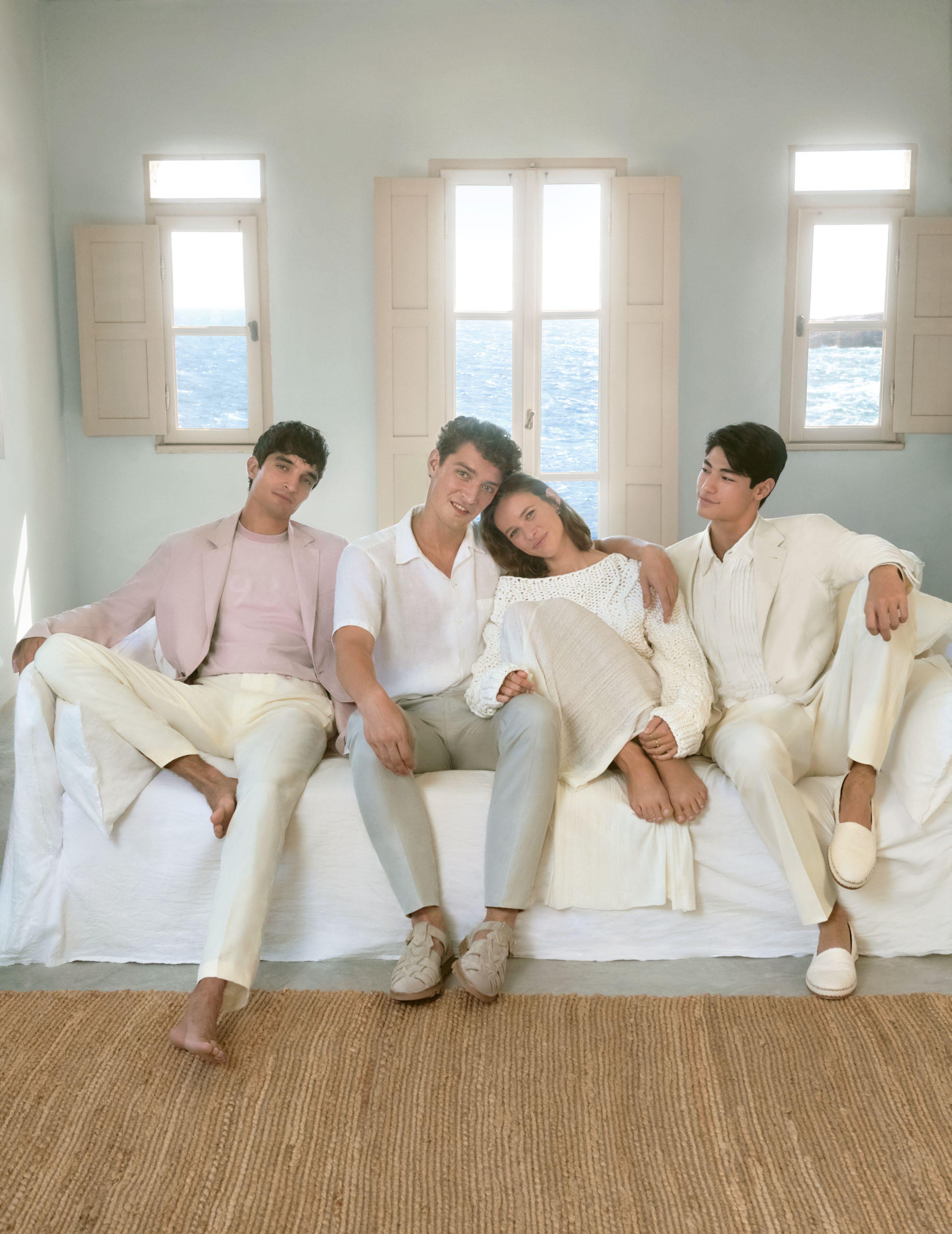
6 MINIMAL WITH MAXIMUM IMPACT A Practice For Everyday Life reflect on their principles Ayla Angelos 10 PEOPLE HAVING GOOD DESIGN A visit to David Mellor’s cutlery factory Samir Chadha 20 MATERIAL DIALOGUE: ATELIER OÏ The design trio reflect on their work with Louis Vuitton 22 PRINT JOB Iconic designs for the home Deyan Sudjic 32 A NEW KIND OF CONTEMPORARY Reflecting on Antonio Citterio’s work with Maxalto Deyan Sudjic 34 I SUGGEST YOU LOOK OUTSIDE THE WINDOW Discussing Enzo Mari with Hans Ulrich Obrist Deyan Sudjic 40 CONTINUE EXPLORING Photographer-makers on their approaches to craft
PORT REVIEW OF DESIGN 34 CONTENTS
THE
FASHION
174 (RE)CONSIDER THE OYSTER Nikki Shaner-Bradford 176 I WILL KEEP YOU WITH ME FOREVER, EVEN IF IT KILLS YOU Emmeline Clein 180 HOW NOT TO SKIN A RABBIT Fernanda Eberstadt COMMENTARY
186 MARKET SHARE Photography Kuba Ryniewicz Styling Georgia Thompson 201 SALAD DAYS Photography Adrian Catalan Styling Julie Velut 217 SPHERE SPAWN Photography Sufo Moncloa 229 GOSSAMER Photography Louis de Rofgnac Styling Mitchell Belk 244 FRAME WORK Photography Crista Leonard Styling Georgia Thompson 260 CHECKED AND BALANCED Photography Nicolas Kern Styling Mitchell Belk 272 LAST MILE Photography Jelka von Langen & Roman Giebel Styling Naomi Miller 288 FALLING FAR FROM THE TREE Photography Angèle Châtenet Styling Julie Velut 35




IAN MCRAE is a NYC based stylist and consultant from Tallahassee, Florida. His work is influenced by all things whimsical and playful and the blurring of masculine and feminine in youth culture. He’s worked with brands and magazines including Another, Nike, Fantastic Man, and SSENSE.

KATIE GOH is a writer and editor based in Edinburgh, Scotland. Katie’s writing has appeared in publications such as the Guardian, Prospect, Dazed, i-D and VICE. She edits non-fiction at the literary magazine Extra Teeth. Katie’s debut memoir Foreign Fruit is forthcoming from Canongate and Tin House in 2025.

JENNA MAHALE is a writer, editor and researcher based in London. Her journalism appears in publications including The Atlantic, New York Magazine, i-D, and Kinfolk, and her fiction has been shortlisted for the Guardian / 4thWrite Prize. She is currently at work on her first book.

BRUCE GILDEN was born in Brooklyn, New York in 1946. He first went to Penn State University but he found his sociology courses too boring for his temperament and he quit college. Gilden briefly toyed with the idea of being an actor but in 1967 he decided to buy a camera and to become a photographer. In 2013 he received a Guggenheim Foundation Fellowship.
38 CONTRIBUTORS
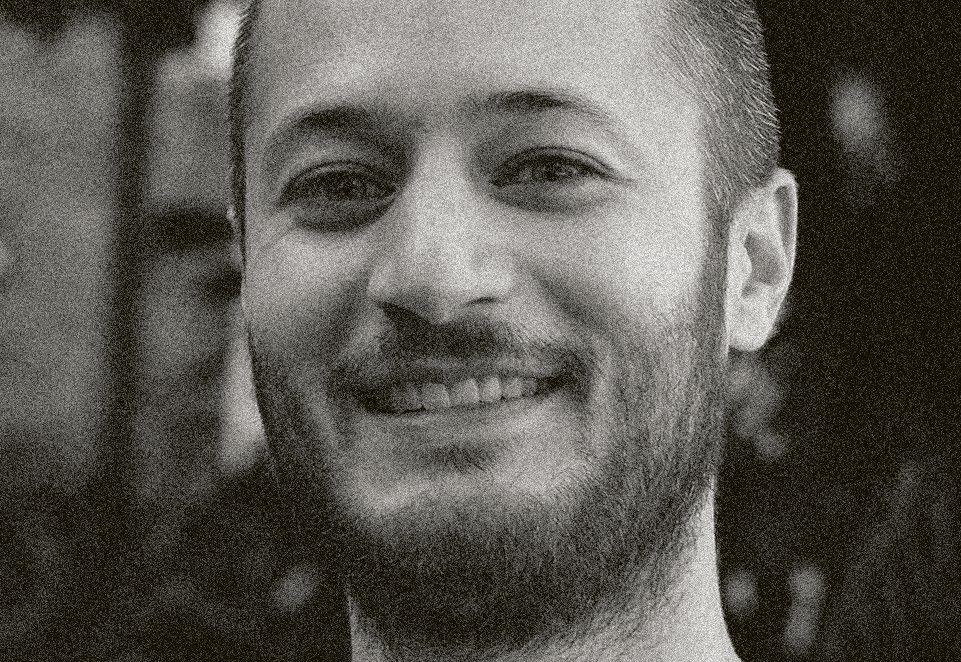
ISAAC RANGASWAMI is a writer based in London. He runs the Instagram page @cafs_not_cafes and the newsletter Wooden City, both of which celebrate everyday places with unusual staying power.

EMMELINE CLEIN is a writer. Her first book, Dead Weight: Essays on Hunger & Harm, is out now from Picador in the UK and Knopf in the US. Her chapbook Toxic was published by Choo Choo Press. Her essays, criticism, and reporting have been published in The Yale Review, The Paris Review, The New York Times Magazine, the Los Angeles Review of Books, and other outlets.
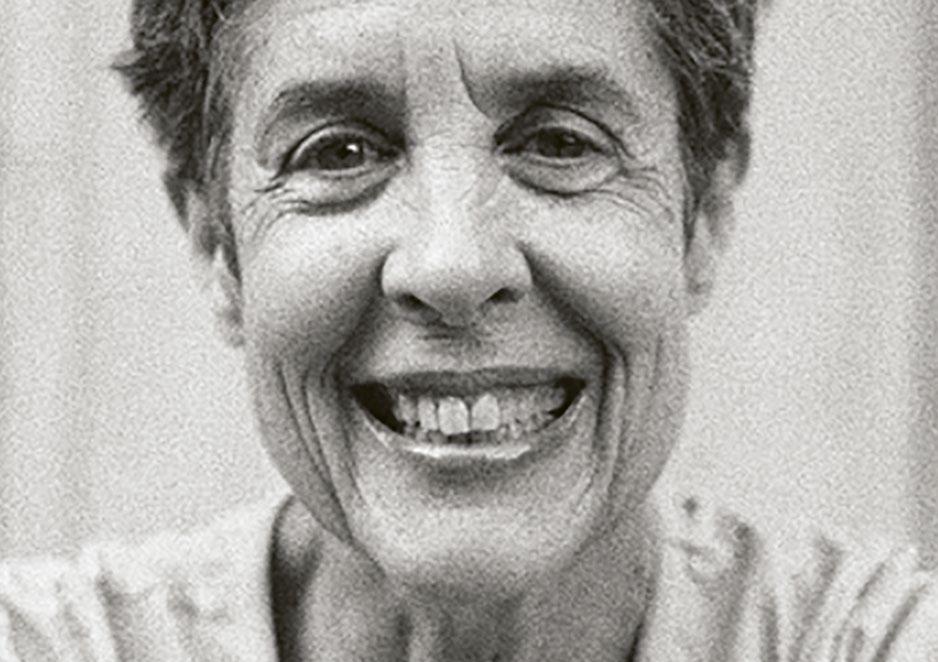
FERNANDA EBERSTADT is the author of five novels and two non-fiction books. Her most recent work, Bite Your Friends: Stories of the Body Militant, has just been published in the UK by Europa Editions.

TOM HIDDLESTON is a noted actor of stage and screen, recently appearing in productions of Betrayal and Coriolanus, and onscreen in The Essex Serpent, The Night Manager, High-Rise, Only Lovers Left Alive, War Horse, and many more. Since 2009, Tom has played Loki in numerous Marvel Studios films, and most recently in two series of the hit standalone television series, of which he was also a producer. He has served as a Global Goodwill Ambassador for UNICEF UK since 2013.
39 TOM HIDDLESTON PHOTOGRAPH STEVE SCHOFIELD







THE PORTFOLIO
PHOTOGRAPHY BY MARIUS W HANSEN

INSISTENTANDBEYONDCHOICE
.
AuthorandplaywrightSheilaHetid

ybhsAëolhCyB
i sc u s s esherlatestbook , rework i n g a d e c a ed o f .seiraid

DIARIES ARE of-limits, private musings of private minds. To read them would be wrong, insensitive, near illegal – so I’m told by Google. But what about when they’re typeset, bound, in a bookshop?
Sheila Heti began compiling a decade of her own diaries after writing her wildly original 2012 novel How Should a Person Be? She loaded half a million words typed between her mid-20s and mid-30s into an Excel spreadsheet, and ordered the sentences from A to Z. Of course, there was more to it than that – whittling down the wordcount, lending the lines rhythm – but that’s the gist. The result, Alphabetical Diaries, is a compendium of the author’s thoughts, feelings, wonderings. It’s about living. Being with the right and wrong men. Buying and wearing nice clothes. Having or not having children. Lipstick. Love and sex and desire and shame. Money and lack thereof. Reading and writing books. It’s curious, philosophical, funny, earnest.
I ask where the seed for the project came from, and Heti tells me, “Maybe it was that I wanted to see who I’d been all those years. Maybe it was a curiosity about which repetitions would come up or what it would do to the story of one’s life to alphabetise it.” But those were secondary concerns. “The primary concern was that I’d just finished a book and I wanted to stay on the computer and keep working.” Which, judging by the books she’s published –11 to date – isn’t something she struggles with.
And yet, when we speak in early January –Heti from her home in Toronto – she admits she only woke up 45 minutes ago. “Somebody was yelling in the street, and I thought, why is she waking me up at seven in the morning? And then it turned out it was 10,” she says, laughing – over the course of our conversation, we’ll both do a lot of this. She has her first cofee of the day in hand, is nestled on a comfy-looking armchair by a window letting in the not-so-early milky light, and is fresh-faced and ready to go.
So, what was it like, revisiting her past self on the page? Emotional? “I don’t think so, for one thing because the sentences are broken up – so I wasn’t looking at my life in a narrative way, going through scenes.” She ofers to show me, and together we zip through long lists of isolated sentences on her shared screen. To begin with, she didn’t edit for fear of ruining the experiment, then the experiment became a book. “I never changed the meaning, but I did cut 90 per cent of the words.” The lines that remain resemble scraps and fragments, individual pieces that, as you read, gradually form a semi-complete puzzle, loosely Heti-shaped.
I wonder whether she had any surprises about herself (nasty or nice). “I guess it makes you think about your life more archetypally,” she says, looking towards the window. “When you’re living your life narratively, you think, okay, there’s this one guy, and he’s diferent from the next guy, and then he’s diferent from the next guy, but when you alphabetise it, you realise, oh no, I’m just always thinking about… a guy.” We laugh. “I think we have this feeling, going through life, of things happening to us, but the repetition makes you appreciate the fact that actually you’re making things happen to you, over and over again, because your character enjoys or needs them.”
44

In her deeply personal and formally inventive novels, Heti writes beautifully and honestly about what she’s lived and thought about and felt. Motherhood is an exhilarating meditation on maternal ambivalence; Pure Colour considers art criticism, grief, God. But she doesn’t think of those books as confessional or particularly exposing: “By the time the experiences are in book form they feel separate from me as a person.” The diaries are a little more daunting – perhaps because, unlike in her novels, the character she’s putting across to readers is “more mysterious”. She worried, when they were excerpted in The New York Times, that they would come across as trivial or narcissistic. Then again, as she points out, “Everyone’s diary is solipsistic – it’s a place to be thinking about yourself.”
Heti’s process is intuitive: rather than thinking about why she’s writing, she just writes. “Everything can be worked out later,” she says. “But if you don’t go with your instincts, there’s going to be nothing to work with.” She doesn’t write to a schedule. “I feel bad when I’m not thinking about a project, so it gets done.” If there are gaps, she figures they need to happen; maybe a dream will spark something. She compares writing to a relationship, the way it slips and shifts, works itself out. “I’m not trying to make myself into a diferent kind of person in order to write books. I think the trick is to figure out what kind of person you are and then come up with a process that suits you.”
One early sentence reads: “All I ever wanted when I was younger was to be a writer, to be able to sit in one place and write things forever, and not feel like I had to do anything else.” She isn’t sure what prompted that ambition. “Sometimes you don’t know where these things come from.” She gives it thought. “They just come strongly, and they’re insistent and beyond choice.”
She’s also managed to fulfil her desire to write in one place. Besides small stints, she’s lived her whole life in Toronto, where she was born to Jewish-Hungarian immigrants on Christmas Day in 1976. Alphabetical Diaries is peppered with the tussle between her hometown – “Toronto felt to me yesterday like putting on soft pyjamas,” – and the life she could be living in New York, “full of parties and glamorous people, never feeling sad, alone, left out, apart”. Does she regret staying? “I’m happy in Toronto and staying here was the right decision for me for a million reasons,” she says, reeling of a list that includes afordability, healthcare, grants, the absence of noise, having friends and collaborators around. “If what I most wanted was to be a writer, it made sense to stay.”
It reminds me of another line in the book: “Everything has to be sacrificed for writing.” Heti clarifies: “I don’t think that’s everybody’s path, but I’ve always loved Kierkegaard, Simone Weil – the people who have sacrificed everything for writing.” She tries to choose interesting experiences, to expand her knowledge of what it feels like to live. To go into the emotional stuf with a sense of courage. To use her life as a testing ground and not take herself too seriously. Still, I wonder aloud if the prospect of sacrificing everything for one’s art could come across to some as bleak. Heti smiles. “I don’t think it’s bleak. I think it’s exciting, thrilling. A bit like being an adventurer on the high seas.”
45
THE HAMBURGER. An enduring staple of American fast food and a much-loved addition to menus across the globe. Not an item one would usually associate with the glistening world of jewellery, but for Singapore-based designer Nadine Ghosn, it has proven to be the ultimate muse to inspire her playful talismans, rendered in solid gold and colourful, vibrant combinations of gemstones.
Her bestselling jewel, the Veggie Burger, is a shiny stack of six rings – including a gem-dusted ‘gluten-free’ top bun and a burger patty – that puts a high-end twist on everyday food with diamonds, sapphires, tsavorites and rubies. “I loved the idea of taking an ordinary universal food that reminds us of our childhood: the famous burger. It was an unexpected fine piece of jewellery at the time because it was stackable and colourful. We all can relate, and it often puts a smile on our faces,” says Ghosn. “The stackable component – so people can customise their burger – was an arduous manufacturing practice, to make sure they fall in the right place once stacked.”
Ghosn, who founded her namesake brand in 2015, has long brought a light-heartedness to the fine jewellery space with collections inspired by diferent foods, like her edamame, sushi and croissant charms, as well as her YOUtensils line, that applies a golden touch to the humble fork, spoon and disposable straw. Today, she is one of a handful of jewellery-makers working up appetites with food-inspired designs that rif on the work of artists like Hayden Kays and Andy Warhol by translating commonplace objects into precious trinkets, while paying subtle homage to heritage jewellers like Carl Fabergé, whose exquisite, bejewelled eggs have delighted and intrigued since the 19th century.
Mish Tworkowski, the founder of the USbased label Mish Fine Jewelry, is a leading name in the niche market today. Playing with size and scale, Tworkowski dreams up tasty jewels like his Strawberry Flower collection, which brings precious expression to his favourite fruit, the strawberry. On earclips, bracelets and pendants, every detail of the strawberry, from its dainty seeds to its stalk, has been replicated in gold, lending each design a delightfully tactile and vibrant appeal.
Much like Tworkowski, Dolce & Gabbana has paid recent homage to the delicacy of berries with one of its most spectacular jewels to date. The Cherries set, unveiled as part of the Italian fashion giant’s Alta Gioielleria ofering, includes a high jewellery necklace and bracelet modelled with two ruby-encrusted cherries and yellow gold leaves. Enamelled by hand, the pieces recreate the atmosphere of an enchanted forest with a lustrous pavé of emeralds, rubellite tourmalines, peridots and rhodolite garnets set into twisted gold wire.
Meanwhile, for Rosh Mahtani, the founder of the London-based jewellery line Alighieri, creatures from the sea provide ample inspiration. Sculpted in bronze and plated in the brand’s signature 24-carat gold, her Gone Fishing earrings celebrate the wonders of the seaside with a shimmering gold fish suspended on a single hoop. Other delicacies include Alighieri’s Olive earrings (pictured),
which replicate the oval fruit in freshwater baroque pearls from London’s Hatton Garden, and the Flickers of the Sea necklace, a bronze fishbone pendant on Indian cotton cord.
And who could forget the candy-coloured creations of Rosie Fortescue? Founded in 2015, the London-based demi-fine jewellery brand specialises in failsafe jewels that can be styled from day to night, like her silver pendants and mix-and-match charm hoops that hug the lobe with gem-set treats, from sweets to zirconia-studded chillies.
With its mood-boosting colour palette and talismanic qualities, the trend for food-inspired bijou speaks to a shelving of old styling rules and traditions. In 2024, jewellery should spark joy, and as our love of playful treasures shows no sign of abating, we can expect many more delectable trinkets to infiltrate our jewellery boxes in the coming years.
Jewellery courtesy Alighieri Jewellery
ByJoshuaHendren
EKNIRT T S . F oodinfluenced charms .
ELBATCELED
46


RETTUB . UB T T E R . B U TTER. BUTTER. BUT T E R. BUTTER. Clarifying the use of kitchens’ favourite fat. By Amelia
48
Tait

49
IT’S A SECRET THAT hasn’t been a secret for at least 20 years. At the turn of the millennium, the late chef Anthony Bourdain appeared on The Oprah Winfrey Show and made her audience gasp, laugh, and shake their heads. “It is usually the first thing and the last thing in just about every pan,” he said of butter, before Winfrey pressed him to reveal exactly how much patrons ate when dining out. Bourdain said that at a classic French restaurant, you could easily eat “a stick plus” of the delicious golden dairy – that’s 113g, or around half a standard-sized block. “That’s why restaurant food tastes better than home food a lot of the time,” he smiled.
For too long, we have considered this revelation worrying and not wonderful. Butter has been demonised for decades, despite the fact that it contains bone-boosting vitamins and fatty acids which may help fight disease. The dairy in our dinner enriches, emulsifies, crisps and caramelises – without it, we would leave restaurants healthier perhaps, but also far, far
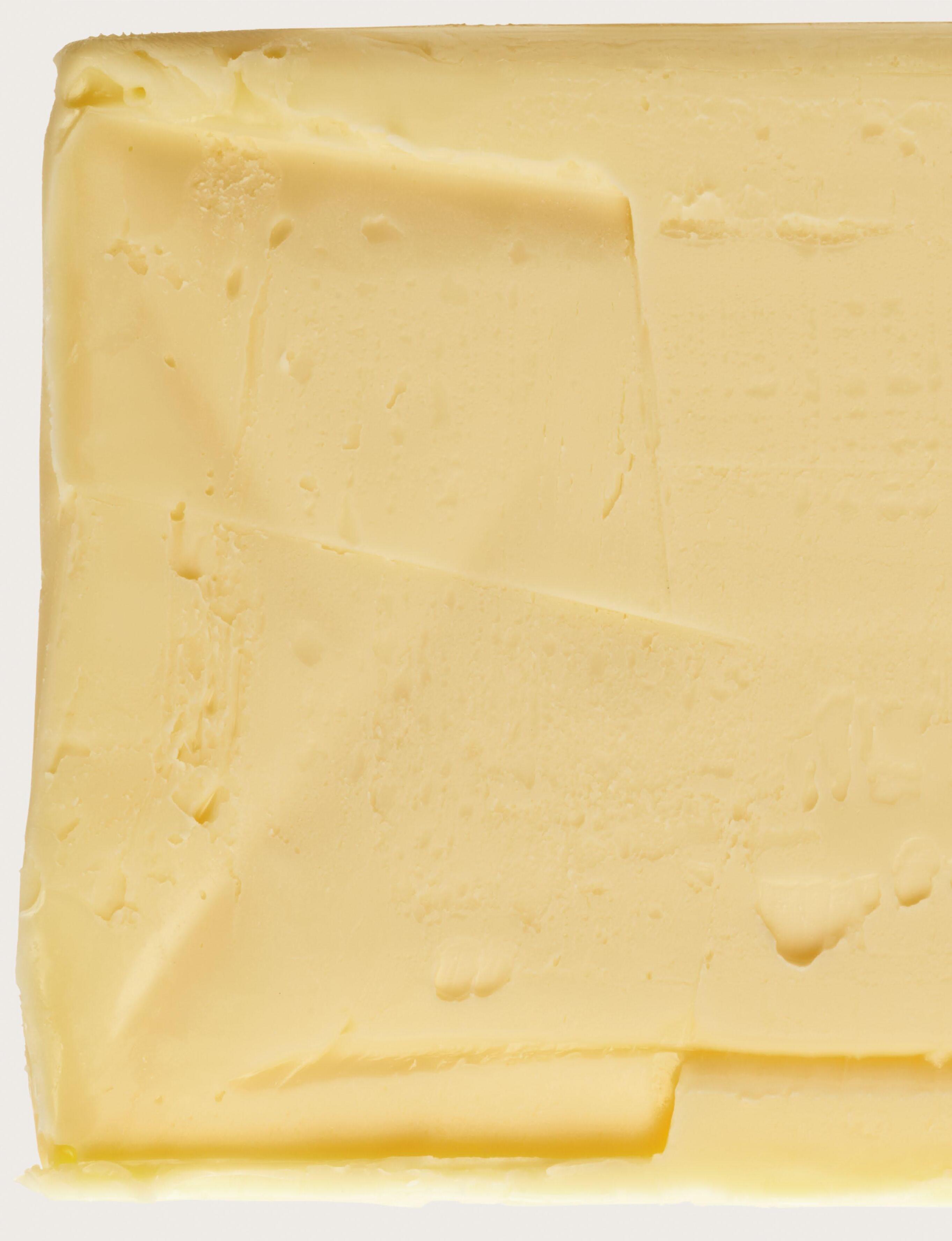
unhappier. Still, one thing has to be clarified before it can be celebrated. Two decades after Bourdain’s butter disclosure, how much dairy does the restaurant industry really use – and which dishes are the butteriest?
“I can’t see a kitchen that can live without butter,” says James Cochran, head chef of Islington-based modern bistro 12:51. The dish on the menu with the most butter is his aerated crab hollandaise, which is whipped inside a foam gun. “You basically get a lot of butter but served in a very light format,” he says. How much butter, exactly? About 25g per portion. A little pat of butter that you might grab at a hotel breakfast bufet is usually 8g – so that’s only about three of those.
In total, 12:51 goes through around 25kg of butter a week (meaning that if they used the same 200g blocks that you have in your fridge at home, they’d need 125 of them). When cooking meat, Cochran likes to add rendered fat from the pork or beef to the butter to make a rich, enhanced beurre noisette.
“I think it’s just one of the most versatile products that you can use,” Cochran says. “It’s such a staple product that every human being has been brought up with from an early age.” Sameer Taneja, executive chef at the Michelin-starred Benares in Mayfair, has fond childhood memories of butter that allow him to celebrate, not vilify, the ingredient.
“Butter or ghee is very indigenous to the community, the culture we come from,” says Taneja, who was born in Delhi. “We also take it for therapeutic or medicinal use rather than calories.” When he was a boy, Taneja’s mother would rub ghee on his cuts, burns and bruises. Scientists have found that ghee – which is clarified – has antibacterial and antioxidant properties that can help blisters and inflammation and promote speedy healing. “Before, I didn’t understand that this is not a medicine, it didn’t come from a pharmacist,” Taneja says, “but it worked.”
Benares goes through around 10-15kg of butter a week, a fact Taneja is sweetly nervous
50
about disclosing: “I’m actually telling the world how many calories I use!” One of the butteriest dishes on the menu – besides, of course, the butter chicken, which uses around 20-30g –is the scallop curry, which is emulsified in butter. Usually, there’s about 10-15g of butter in a portion of the dish (which, again, could easily be devoured in two rounds of toast from a breakfast bufet).
Taneja is efusive about the benefits of ghee: “It’s full of minerals, it is rich in potassium.” Butter contains vitamin B12, which can prevent anaemia, as well as vitamin A, which is beneficial for our eye health. It is a good source of conjugated linoleic acid (CLA), a fat which has been found to reduce the growth of cancer.
Taneja also notes that many Hindus use ghee in lamps lit for prayers, which he says “signifies the purity of the product”. And of course, there’s no point pretending it doesn’t taste good. “It makes the dish not only delicious, but it takes it to a diferent tangent. The fat is the one which brings all the tastebuds alive.”
Naturally, butter usage does vary from restaurant to restaurant and cuisine to cuisine. MasterChef finalist Matthew Ryle, head chef at Marylebone-based Maison François, says he goes through about 60kg a week. Meanwhile, Masha Rener, head chef at the Soho-based Italian deli Lina Stores, says that most of her dishes use extra virgin olive oil, which is more traditional in Italian cooking. Still, all of the six Lina Stores locations across London use a combined 400kg a week for their cakes, bakes and pastries.
“Butter helps create a crisp brown crust when searing a steak, ensures a rich buttery crumb in our cakes and we add it to our maritozzi [flufy brioche buns] to enrich the dough,” Rener says. Indeed, the ingredient has endless uses. “You also need butter to toast the rice in risotto, which is believed to have originated in Lombardy in the north of Italy, or for the traditional béchamel sauce; which, although not strictly Italian, is a key ingredient in our homemade lasagne.” Truly,

then, there is nothing better than butter – nature’s gold. Taneja compares a chef working without butter to a patisserie forgoing sugar. TV chef Julia Child famously adored butter, using 340kg over the course of her 1990s show, Baking with Julia. Bourdain himself called butter “everything” (emphasis his) going as far as to say that it was an invaluable ingredient “in almost every restaurant worth patronising”.
“All the nice stuf is the naughty stuf, basically,” summarises Cochran, “nine times out of 10 it’s going to be butter or some kind of fat put in there,” that is making a dish delicious. The chefs in this piece stress that they understand that moderation is important, as is good old-fashioned exercise – but it’s also worth remembering that a buttery night at a French restaurant has never killed anyone. “As a society we are pretty health conscious, but once in a while we’re allowed to indulge,” Cochran says. “And why not just eat loads of butter?”
51
By Isaac Rangaswami
A visit to City stalwart Sweetings.
CLATTERING FISH KNIVES AND SCRAPING STOOL LEGS.
I’D HEARD LOTS about Sweetings over the years, but it wasn’t until I called to make a reservation that I learned it was walk-in only. So I decided to get there early, to guarantee myself a seat and feel this Victorian seafood restaurant’s atmosphere grow.
I arrived at a wildly corniced four-storey building, paint peeling beautifully from the signage at its base. Sweetings has occupied this patch of the Square Mile since 1889, back when the trafc around here was horse drawn and “eating out” meant at fish and oyster bars like this.
I pushed through the restaurant’s ancient doors; it was 11.29am and I was the first customer of the day. As I descended a few steps, the floor-to-ceiling windows rose up around me, before the silent dining room swallowed me whole. I drifted towards its edges, where I was shown to a cobalt blue cushion on four wooden legs.
Then came the suits. All around me new arrivals in gilets and pale blue collars took their stools, sitting like me with their backs to the room. Except one guy, who greeted a waiter by name and knowingly ducked underneath the counter, before swivelling round and grabbing a stool on the window side, so that he and his friend could sit face to face. Apparently, Sweetings’ waiting staf used to occupy these same enclosures, trapped like the bartender in Hopper’s ‘Nighthawks’.
The bill of fare here is similarly eccentric because it is old. There’s no turtle soup anymore, but you can still enjoy Welsh rarebit, potted shrimps and the skate wing in black butter Toulouse-Lautrec wrote to his mother about. Then there’s the place’s signature drink: a perspiring silver tankard of black velvet (pictured), a mixture of Guinness and champagne.
After my own prawns, chips, samphire and skate wing, someone crept up behind me with a perfect bowl of steamed pudding and custard. Without turning around, I could sense the room was now entirely full. All those bankers, insurers and consultants were perched on the same wraparound counter, yet somehow ensconced in their distinct little groups. Silence had been exchanged for the rumble of voices, supplemented by the odd laugh, clattering fish knife and scraping stool leg.
52

53
PA A R T . A v i s i t t o t h e fi r s t o f C a l i f o r n i ’as o r ang e trees. ByKatieGoh
TIURFEHTLLUP
54


IN 1873, THREE CITRUS SEEDLINGS arrived in Riverside, California. They had travelled far. Originating in Sao Salvador de Bahia, Brazil, they were carried northward at the request of the US Department of Agriculture. In the US capital, the saplings were re-christened the Washington Navel orange and, now American, they headed west to Eliza Tibbets’ garden in the city of Riverside, 50 miles east of Los Angeles. Planted in Californian soil, one sapling was trampled by a cow, but the other two grew into fruit-bearing trees, nurtured by the sun and Eliza’s dirty dishwater. The sweet, seedless fruit was so popular that Eliza cut buds from her trees to be grafted to other citrus rootstock. By 1910, over a million Washington Navel orange trees had sprung up in Riverside, each tracing its lineage back to one of Eliza’s two parent trees.
One of these orange trees still grows in Riverside. In the armpit of Magnolia and Arlington Avenues, the 150-year-old tree stands behind a screen cage to protect it from disease, insects and greedy hands. I found myself standing before it in January, California’s peak orange season, and so ripe fruit hung from its branches like golden ornaments. I circled it slowly, taking in its peeling, grey trunk and glossy evergreen leaves. Like Eve’s apple and Persephone’s pomegranate, California’s oranges are as much myth as they are fruit. They tell a story of California as a paradise of empty land waiting to be worked into groves of ripe fruit by a new generation of Anglo-Americans. But they also tell other stories: of Indigenous genocide, of immigrant workers, of land seized, of orange barons, of capitalism, of manifest destiny. Oranges created California. Once you start to pull the fruit apart, you pull apart a nation’s self-mythology.
I was in town to visit the University of California Riverside’s Citrus Variety Collection, one of the most extensive citrus collections in the world. I had been emailing its curator, Dr Tracy Kahn, for a few months and she had agreed to show me around the collection. I took an early morning train from LA to Riverside, rattling along hills and freeways into the rising sun. In Riverside’s small station, I waited for Tracy beside an abandoned plastic bag that had spilled its insides – tiny easy peel oranges – across the sidewalk. It seemed I was in the right place.
Tracy had picked me up in her car and as we drove, she asked me to explain why I was in Riverside again. I told her I was writing a book about oranges and my research had led me to the Citrus Variety Collection. She seemed amused that a writer – and one who was adamantly not a science writer – had travelled all the way from Scotland to Southern California to visit the collection. Even though I had only asked to see the collection’s fruit, Tracy decided that I should get the full tour of Riverside’s citrus history for my bother. So, to Eliza’s tree we had driven.
“Look down there,” Tracy pointed to the tree’s base. Rather than a single trunk, multiple thick branches curved from the tree into the earth. Tracy explained that this is called inarching. In 1918, the tree became ill, sufering from a root-rotting fungal disease. Inarching – a process in which rootstocks from other citrus trees are grafted to the original tree to create a new root system – was delivered by three scientists, so that no single man could be blamed
if the operation failed and Riverside’s beloved tree died. Lemon and orange seedlings were inarched successfully by the three scientists, with several more grafted in 1951. The citrus genus is cultivated through grafting, whereby rootstock and budwood from diferent fruit trees are brought together to create one stronger tree. Grafting surpasses reproducing citrus from seed – a laborious process which can take seven years to bear fruit – and it gives the genus its versatility and its endless fruit-bearing possibilities. A single tree can host diferent varieties – blood orange can be grafted to pomelo to lemon; pink, green and orange fruit can thrive together.
The Citrus Variety Collection is fenced in from the freeway in the south-east of Riverside. It encompasses 22 acres of land and over 1,000 varieties of citrus. Trees – tall and short, heavy and thin – ran into the distance in perfect lines, in every direction. Oranges grew in their tens of thousands. I had never seen so much citrus.
We moved towards the trees. Tracy carried a heavy blue binder of papers with her, flipping through its pages to find her map of citrus. When she located the numbered citrus variety she wanted to show me, she set of, moving fast through the rows of trees with me stumbling after her. We stopped at a Washington Navel, which began life as a bud on Eliza Tibbets’ parent tree. Tracy pulled a fruit from its branches and quartered it with a pocket knife. She handed me a segment and I bit into the fruit, which turned to sweet juice and stringy flesh in my mouth. It would have tasted good anywhere, but pulled fresh from its tree, under the Californian sun, its taste was pure pleasure. Tracy handed me another quarter, and when we were finished, we discarded the rind at the base of the tree. I shook droplets of juice from my fingers as Tracy strode on to the next tree. I hurried behind her.
Tracy was keen for me to sample as much as I could stomach. I bit into an acidless Vaniglia Sanguigno that tasted like candy and then nibbled at a Boukhobza that made my lips and eyes sting. The juice from a Moro, a Sicilian blood orange, ran down my hands and a sticky residue gathered beneath my jewellery. “This is a popular one.” Tracy pulled apart two citrus halves to reveal splotchy red flesh in a heart-shaped rind. “It’s called a Valentine.” I ate yuzu from the Philippines and pomelo from Tahiti and soon my lips were numb. “You’ll be glowing in the dark later,” she said with a satisfied smile.
As we explored, Tracy told me about its history, going back to its life as the Citrus Experiment Station on the slopes of Riverside’s Mount Rubidoux in 1907. Eliza’s navel oranges had sparked a booming orange industry, which called for more experimentation into fruit cultivation, as well as citrus diversity and genetics. The collection expanded rapidly in the 20th century, and the site is now as much a conservation project as a laboratory. Close to the grove, an enormous translucent structure is being built. Tracy explained that it’s called a Citrus Under Protective Screen (or CUPS), and it will function like a bigger version of what guards Eliza’s navel tree in downtown Riverside. One of each variety in the collection will be stored inside the living archive, protected from disease-carrying pests which threaten not only this historic grove, but the US’s citrus industry at large.
Tracy sliced into a thin Australian finger lime and squeezed until tiny lime-coloured juice vesicles spilled out. “Citrus caviar,” she called it. The collection’s researchers had been using Australian finger limes to crossbreed with other citrus, hoping to bolster more disease-prone species. I nibbled at the end of the strange fruit and its tiny balls popped between my incisors. We tossed away the peel.
Before I left Riverside, Tracy drove me out to the California Citrus State Historic Park, which includes 200 acres of citrus groves, growing navel and Valencia oranges. The Santa Ana winds had discarded palm leaves across the deserted parking lot. Tracy left me to wander round the visitor’s centre, which outlines California’s small but significant part in citrus’ global story.
I had been researching the orange for two years, but that was all theory, history and concept. I followed the trail of museum placards that told me how the orange is the hybrid ofspring of the pomelo and mandarin; how it was originated on the Tibetan Plateau, and made its way across Asia; how it travelled the Silk Roads to arrive in Europe, where it gave its name to a colour; how it was cultivated in Versailles’ orangeries for the king; how it was carried in Christopher Columbus’s ships to the new world, taken to California by Spanish missionaries searching for El Dorado. The state had two foundational gold rushes: the discovery of golden nuggets in 1848 and the planting of Washington Navel orange trees three decades later.
This long history led me to Riverside. I was surprised by how moved I was to be so close to the fruit, to be in the home of the orange in the US. It is one thing to read a paper on citrus taxonomy and another to pull an orange from its tree, slice into its flesh and place a segment between my teeth. Each bite felt like encountering that history with my body, making it familiar.
Before we got back into the car, Tracy pointed out a line of tall palm trees that careened overhead, swaying violently in the breeze. They receded into the distance, in exact increments. “That’s how workers knew where they were.” In the thicket of the orange grove, the palms were a map of the land along the horizon. These two plants – the palm and the orange – have become synonymous with southern California, but they are foreign imports that have cultivated the state’s mythology as a tropical paradise at the end of the wild west. Oranges built an empire of industry, but it waned in the 20th century as groves were razed to make way for highways and amusement parks. Now, citrus farming has moved to northern California, and the southern region finds itself memorialising its formative industry. In Riverside, historical re-enactments of groves and living archives keep the memory alive. But I keep returning to Eliza’s tree. It stands alone in the city, a ruin of California’s citrus past, behind a screen and between two congested streets. Eliza’s last tree will never be allowed to die because it embodies Riverside’s 150-year-old history in its boughs. It is a sickly tree kept alive by grafted roots. And yet, every January, it still grows oranges. The people who maintain the tree pick some of its fruit to take home, but mostly it piles up behind its safety screen. Each orange ripens until it falls from its branch, hits the earth, and begins to rot.
57

58
PETITES MAINS.
ReinterpretingDior’sclassic
cannage motif
ByFedora Ab u
THERE’S NO OFFICIAL HANDBOOK for the fashion designer who suddenly finds themselves at the helm of a revered French haute couture house, and who must now navigate the tricky task of preserving its traditions while driving it into the future. Where some might opt to play safe, and others appear to abandon the founder’s vision almost entirely in favour of what feels most cutting-edge, Mr Kim Jones is one creative director who seems to have struck upon the perfect formula, creating menswear for Dior that’s covetable and undeniably contemporary yet always with an eye to the maison’s archives.
With his SS24 Dior Men’s collection, Jones has breathed new life into cannage. Derived from the French for ‘lattice’, the criss-cross style of stitching dates back to Dior’s founding in 1947 and has since become one of the house’s most enduring motifs. As the story goes, Christian Dior, a keen decorator, initially took inspiration from the Napoleon III cane chairs of his couture salon at 30 Avenue Montaigne and reimagined their woven intricacy in his creations. Decades later, in cannage’s most memorable outing, Gianfranco Ferré’s Dior stitched the motif into a boxy leather handbag that would eventually be christened the ‘Lady Dior’ in honour of its most famous wearer: Diana, Princess of Wales.
For Jones’ modern man, cannage takes countless forms: embroidered into richly textured coats and relaxed tailoring cut from boucle wool in navy blues and the house’s signature greys; graphically printed across cashmere-wool jacquard knits and cardigans. Chunky-soled Bufalo loafers are cast in quilted-leather and elevated in cannage cotton tweed.
Cannage tweeds also lend dimension and texture to the Dior Saddle Twin – a more compact version of the equestrian-inspired design first introduced under Galliano and later revived by Jones – while the Dior Charm (pictured), a newly unveiled satchel style, features laser-cut leather that evokes the Lady Dior. At its most inventive, cannage is reimagined in intricate 3D-print across rectangular-frame sunglasses in shades of grey, khaki and neon green.
But more than a mere nod to the house’s past, the SS24 collection is underpinned by clothes-making techniques that Dior has devoted decades to honing – elsewhere leather jackets and pinstriped shirts are hand-embroidered with jewel-like beading inspired by the founder’s cabochons. In an age where luxury fashion can at times feel removed from the craftmanship and quality that once defined it, Kim Jones’ Dior ensure the petites mains who prop up its atelier are as valued as they ever were.
59
.

60
POMELLO SOURS. A spring-summer serve. Ingredients: 60ml Pomello
• 20ml fresh lemon juice
• 15ml sugar syrup
• 20ml egg white (optional)
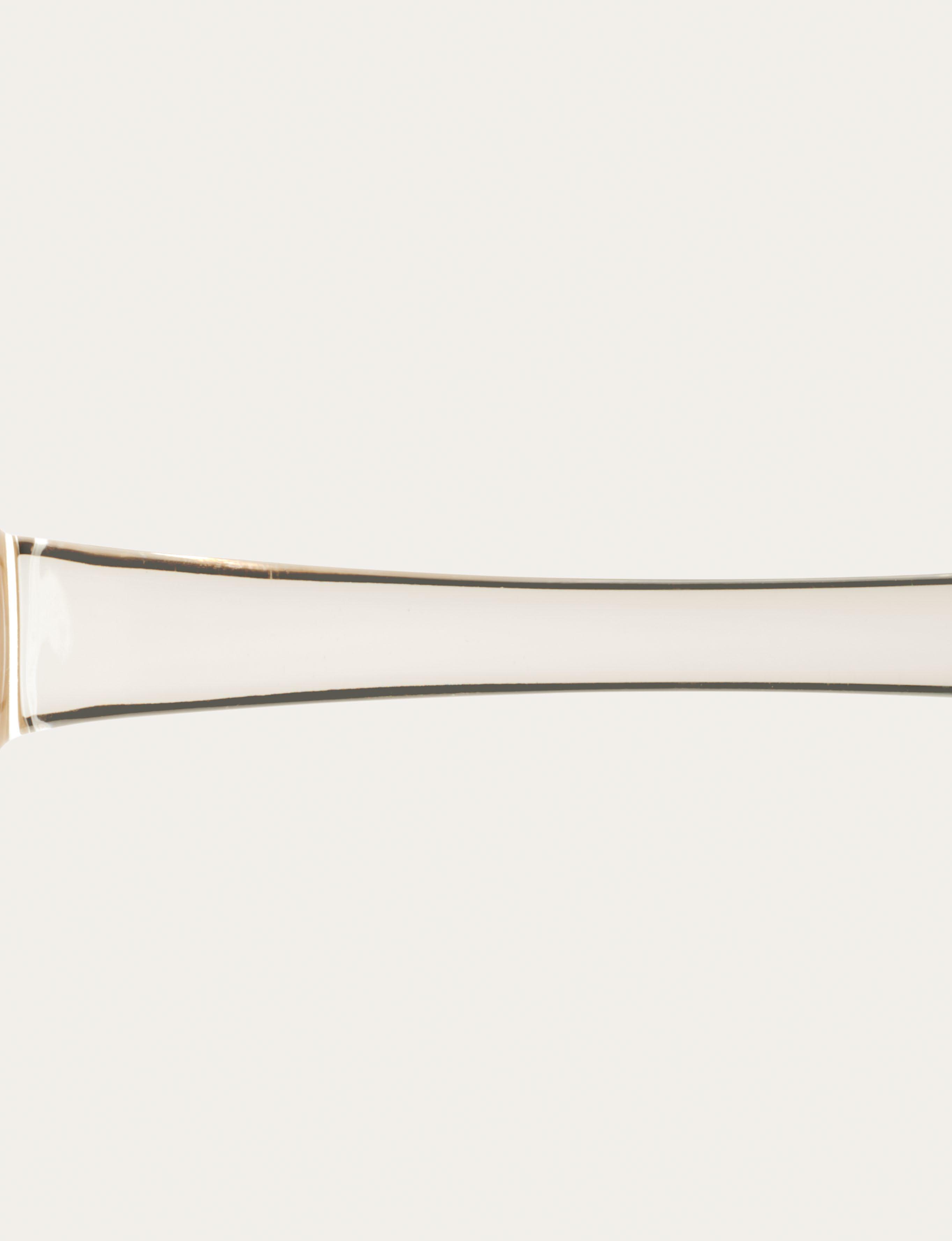
1. Pour into a shaker with ice and shake! 2 Strain and pour back into the cocktail shaker, without ice Shake! 3 Pour into a coupe or rocks glass and serve.
61

62
TIM SUMNER HAS been collecting paper bags for some time now, and as more and more people find out about the collection, more and more have been ofering him bags. With the collection approaching 2,000, he’s starting to say no to quite a few. “It makes me sound like I’m really picky, but sometimes it’s just space. You know, I don’t have a massive warehouse to put them in. It’s just a bit of racking and some boxes.”
Is it important that they’re bags? “I suppose it is important in a sense, but I don’t think it’s the be-all and end-all. It’s the history of it and the aesthetics.” There’s also the fact that they’d normally get thrown away. “They’re sort of designed for that day. They’re supposed to just be gone… you’re a nutter if you keep them. I kind of just love the fact that people collect all sorts of things now.” Part of the thinking behind the archive is just to share things that’d otherwise end up forgotten. He tells me “It’s good to collect,” but “it’s a shame for them to rot under someone’s stairs.”
I learn from Tim that the word ephemera comes from Ancient Greek for lasting only a day – making the bags, in some way, “the ultimate ephemera”. He notes that for how long they’re meant to last, a lot of efort used to go into them. Talking about places that still hand out paper bags, it seems the approach is to “make your own stamp, buy a load of bags and stamp it on… rather than doing a four-colour screen print or something.” As a collection, some things jump out that might have got lost over time. He says it “sort of tracks social history, things like coronations. You can see how the flavours of design have changed, and illustration.”
After our call, he emails me a picture of a recent find – a plain Selfridges bag, with ‘Selfridges’ written in Cooper Black. It’s part of an upcoming zine on department store bags. I’ve tried to look for that iteration of their logo online but turned up nothing. It’s lost on the internet, but it’s in this archive.
63
T h e P a p e r B a g A r c h i v e . B y S a m i r C h a d h a
DENGISED ROF TAHT YAD
ByMarieLeConte
WASHIT ALL DOWN. On the banya.
64

65
WHEN THEY TELL you about the banya, they usually start by explaining that you will get beaten. The Slavic sauna, they say, is like every other sauna except that, at some point, a man will pick up a bundle of birch twigs and tell you to lie down.
He will press some cold wet leaves on your face, then he will gently whip you, back and front, as others watch. They tell you that afterwards the man will make you jump into an ice bath, and you will not want to put your head in the water, but he will make you do it. You will, in time, realise that he was right, and had your best interests at heart. You will get very hot then very cold, and you will feel great.
What they do not say is that the odd, not wholly unerotic experience will not end there. Once you have recovered from your beating, you will sit at a table in a restaurant, on a wipeclean couch, and you will eat without putting any clothes on. Some sour cream may well end up over your naked thigh, or on your damp swimsuit. A slippery pickle may land on your wet stomach. Again, not wholly unerotic.
Is the banya a sensual place? Yes, without a doubt. Is it a sexual one? Even Russia isn’t sure. Then again, what would Russia know? As academic Ethan Pollock wrote in his book on the topic, “before there was Russia, there were banyas”. When Herodotus wrote of the tribes north of the Black Sea in 440 BCE, he noted their fondness for baths. Ibn Rusta, a Persian geographer and explorer, did the same in the 10th century.
Around two hundred years later, the Primary Chronicle – a history of the people of Kievan Rus, the eastern and northern European state which eventually gave birth to, among others, Ukraine and Russia – was written. In it, the unknown author spoke of hot, humid rooms, birch beatings and cold water. The banya, as the saying goes, is older even than the tsar.
For a millennium it was a conflicted and conflicting place, where people went to cleanse themselves after sex but also to have sex with each other. The steam both purified people and led them back towards sin.
Banya No.1, hidden away near Old Street in east London, has not existed for a thousand years, and it is not a den of sin. It opened in 2012 and is a rather more sedate afair. You must book a slot in advance, then be guided to your personal booth. Treatments are also sorted ahead of time and run like clockwork.
Still, there is something quietly thrilling about eating a meal when so much flesh is on display. Back in 2000, Anthony Bourdain filmed an episode of A Cook’s Tour in Russia, where he visited the banya. In one of the scenes, he and his guide are sitting topless, towels around their waists, sharing food and alcohol.
“Some smoked meats, country bread, some smoked…” he tells the camera. He pauses. “What kind of fish is that?” he asks. The question doesn’t get a definitive answer. Bourdain still tucks in, gnawing on pieces of skin with his teeth, his chest glistening with sweat.
Back in London, the fish is definitely herring, and it is salted and served with slices of sharp, raw onion, a marriage made in heaven. The mushrooms are pickled too, as are the Georgian gherkins.
Other cold foods include Ukrainian salo, which struggles to look appetising. What is salo? Simple: it’s pure pork fat. Sometimes it also features pig skin, or is marbled with meat. Here, it is neither. The slabs are white as snow, naked as the day they were born. Italian lardo can, at least, rely on its slices being paper thin, but now is not a time for subtlety – you are recovering from being very hot and very cold and what you need is thick slabs of fat, placed on even thicker slabs of rye bread.
Some may wash it down with beer, but here that feels like the wrong choice. An ice-cold shot of vodka, downed in one, cleanses the back of your throat and prepares it for what is to come. A bite from the pickle that was placed on top of the glass acts as a palate cleanser.
While the kitchen gets to work on the other dishes, you may as well go spend some more time in the sauna. Sweat out the salt, sweat out the booze, watch as others get beaten in front of you, jump in the ice pool, return to your seat. Somehow life feels lighter than it did 20 minutes ago. “Steam your bones and your whole body will be cured,” the Russians say, and you will come to believe that they are correct.
If you require more convincing, you may turn to the works of Fyodor Dostoevsky, Alexander Pushkin, Nikolay Karamzin, and countless others. In Notes from the House of the Dead, the former writes of convicts being let out at Christmas and allowed to go to the banya, much to the horror of a nobleman. As Pollock writes, “Dostoevsky’s Siberian banya was a no-man’s land, a liminal space, beyond good and evil and thus well suited for his exploration of morality.”
The banya turns up in The Brothers Karamazov as well where, Pollock continues, “Dostoevsky’s banya represents ambiguity – a place of sinful birth and disgust, as well as sanctity and wonder.” Conflict, always conflict, but never mind that. More food is here to be eaten.
There are now pelmeni in front of you, pillowy dumplings made of thick dough and “meat”. The menu did not reveal which animal it comes from. Eating them doesn’t either, but it doesn’t really matter, as long as you dip them in melting sour cream first. They’re meant to be eaten with a fork but, if no-one is watching, you can and should pick one up with your hand and lick your fingers afterwards. Be careful –some dill may end up under your fingernails.
The red, nearly burnt-orange borscht should be eaten with a spoon. There is no other way to pick up the pieces of beetroot and cabbage, and all that sour cream hiding at the bottom of the bowl. That’s the secret of Slavic cuisine: about half the dishes are vehicles for sour cream. No one is complaining.
To wash it all down you should be drinking Banya No.1’s homemade kvass, a fermented drink made from rye bread and honey. It is sold by the half litre and the litre but really, you could drink it by the gallon. If you want to imagine the taste, picture a Breton cider and subtract the apples. It’s sour and fizzy. People have been drinking it for over a thousand years.
In fact, people have been eating all of this for centuries and centuries. Salo, it is said, was first eaten in ancient times. Pickles predate Jesus Christ. Northern Europeans ate salted herring in medieval times. No-one quite knows
when humans started putting meat in dough, but it isn’t a recent development. Borscht was written about as a staple in Kyiv in the 16th century by merchant and traveller Martin Gruneweg. “Ruthenians rarely or never buy borscht,” he recounted in his diary, “because everyone prepares it at home, as it is their everyday food and drink.”
The banya isn’t really sexual but it is sensual, in the way that very old things can sometimes be. We have always had flesh and skin and heat and steam and food. It is reassuring to be reminded that we will always have those things.
There are tensions in the banya but that is the point. As anthropologist Dale Pesman wrote while researching Russian life in the 1990s, “the fact that baths are a locus for meeting and promiscuity, dirt and purity, power and equality, heat and cold, sobriety and drunkenness, health and illness, communion with others and contact with one’s own ‘deepest’ needs, as well as drink, song, and healing, makes them dushevnyi [soulful] – anything that unites things is.”
A Russian friend of Pollock’s once told him that “a person in a banya today might experience something akin to what a person experienced in a banya one hundred, or two hundred, or even one thousand years ago. Nothing here is new. The banya is eternal.” It has outlived millions, and it will outlive you. Long live the banya.
66
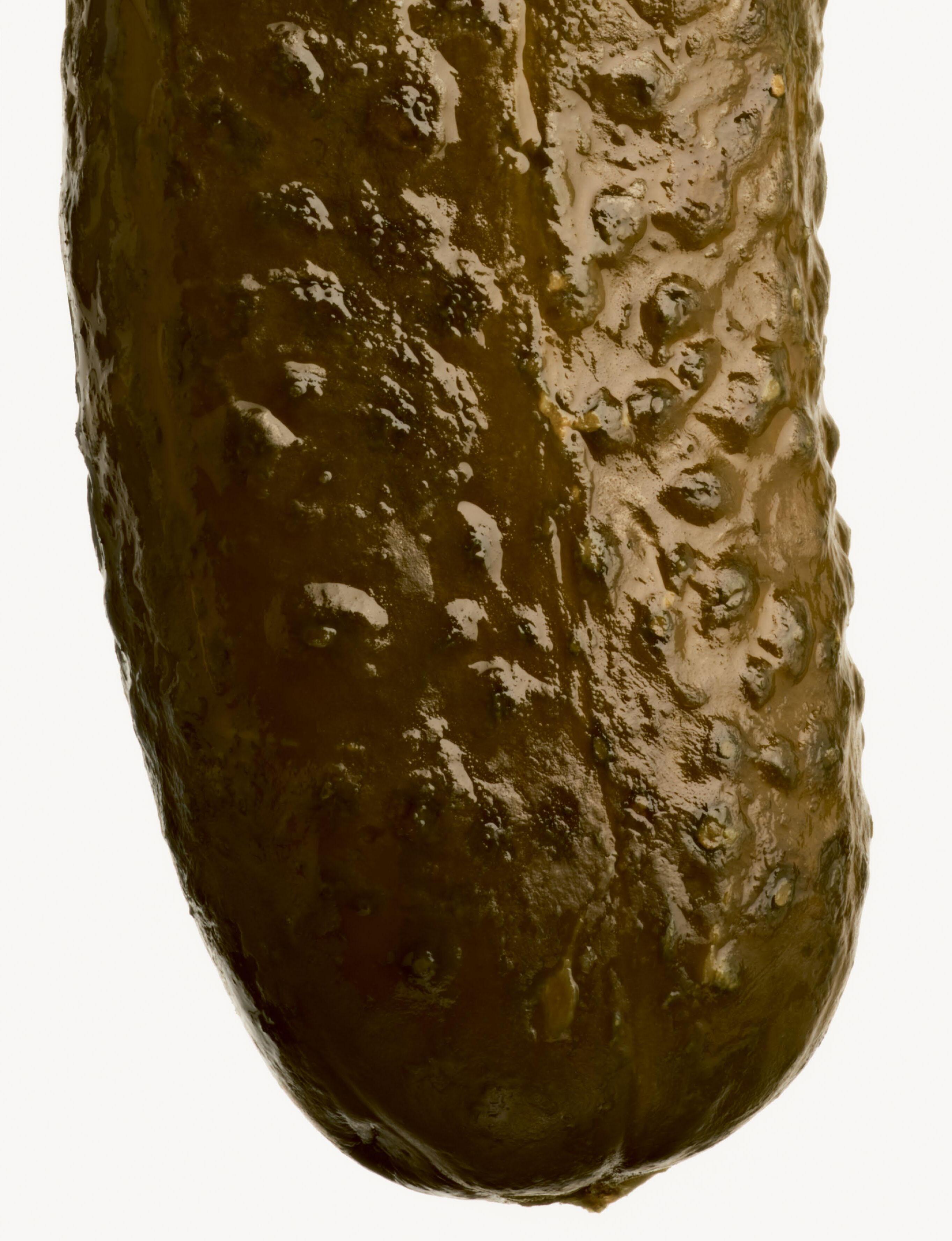
67
68 GELLING THE 70 FRIENDSHIP 78 AREAS FOR CHANGE HEAVEN SCENT 79 80 BEN WHISHAW CANINES, CANVASES 94 100 INGREDIENTS AND SAVOIR-FAIRE HARI NEF 104 114 CUPBOARDS AND POTS OF SHELVES,
69 COOKING WITH 122 SCORSESE 128 KE HUY QUAN UNEXPECTED 138 HARMONIES 142 RAY WINSTONE DETAIL THAT SHAPES 148 152 FABRIC INSTINCT NEVER BREAD 160 AND BUTTER 162 BRIAN COX
GELLING THE FRIENDSHIP
Lunch with Fergus Henderson, Margot Henderson & Jeremy Lee at Rochelle Canteen
INTERVIEW
Samir Chadha
PHOTOGRAPHY
Sophie Green
M.F.J.


IT’S BEEN SOME time since Jeremy Lee, Fergus Henderson and Margot Henderson all ate together, though in the 90s, when they were all making names for themselves as London cooks, that used to happen all the time.
Fergus guest-edited Port’s first food special, back in 2013. His nose-to-tail approach to cooking, popularised at St John, doesn’t seem as revolutionary as it might have done in the 90s, simply because it’s been so influential. We’re speaking in Rochelle Canteen; the restaurant Margot runs with partner Melanie Arnold.
Jeremy Lee: We skirted each other’s lives forever, so it would seem, amazingly. Because Ferg’s the same age as me, bar a few months. And both of us fell into cooking and the restaurant business. And I think when I started at Euphonium, because we only opened for dinner, I used to go down and buy bread at St John every day.
Margot Henderson: We were living in Earlham Street, which was quite a social gathering spot, wasn’t it? Literally, dinner party every week. I’d be on the phone, calling people, and then they would leave messages. I’d drop the kids of at school and stop in telephone boxes on the way, inviting people. And you wouldn’t know really how many people were coming.
Samir Chadha: You were working in kitchens all day and then hosting dinner parties at night?
MH: I did both. I mean, I was in the kitchen, but I wasn’t just in the kitchen, because I had small kids.
JL: There was still a lovely hub of food community in the West End, still, even then. A lot of which has moved on.
MH: But there is a new hub of restaurant community. They’re young.
JL: Yes, the youth, the next generation, who we love.
MH: But sometimes I feel that they think there never was, and they will think that it’s just all started. Yeah, I’m really sorry guys, it

73

was there before we were there, and it keeps on going.
JL: You have 400 years or so of restaurant history and food community, and growers and producers and makers. Particularly back then, if we weren’t cooking in kitchens, we were eating in restaurants. That’s what we seemed to do our whole time – or around the Earlham Street, and on occasion at mine. Yes, that always starts with a couple of pals, and then the next thing you know, you’re actually putting piles of magazines round the table and getting people to sit on them and going “I do need to get a few more chairs.” It was always an adventure.
MH: Building friendships, it’s often, for us, about sitting at the table. I always feel if you’ve invited somebody to your home, and they sit down at the table, that is sort of gelling the friendship. We were hungry for community, and we wanted all of that. And it’s fine to bump into people in bars and things, but if you really want to build on your friendship, you have to work on it, and it’s hard work. And to sit down, and once you’ve sat down and gathered like that, I think that is when you’re building on what is to come into the future.
JL: St John took of like a rocket. And this extraordinary thing, when folks suddenly realised there was such a thing as British food and produce and cooking. And what was so significant was this idea of – which had been bandied around forever – about keeping it simple, and seasonal, and use all of an animal. That strange thing, the Brits would go abroad and they would tuck into anything in Italy, in France, and then come back and go, you couldn’t possibly do it here. And what was Fegato alla Veneziana in Venice would be ‘liver and onions’ here, no one could eat liver and onions here. Call it Fegato alla Veneziana and they just tuck in with gusto, and you’re like, really?
MH: Do you sell much ofal?
JL: We do, but we had to rein it in. You can have an ofal starter and an ofal main course, so long as there’s a balance, you know, of some other dishes. That’s what the pie is great for. It ofsets everything.
MH: Fergus was really one of the first people to get the pie on the menu – back then, with his bone marrow, Trotter Gear, do you know about Trotter Gear?
JL: I love Trotter Gear, it was genius.
MH: Out of trotters, you make this sort of sauce, and that can go into things like your guinea fowl. So, [it can go] into more dry things [such as pie fillings] to bring in moisture and succulence. And we have blocks of it frozen in the freezer.
JL: Infinitely better than an OXO cube.
MH: It was meant to go into Waitrose.
JL: It did for a while, didn’t it?
Fergus Henderson: About two days, it was.
MH: I’m worried about the pastry now coming with the pie. Jeremy’s about to eat it. Oh, my God.
JL: No! Delicious.
SC: What are your favourite places to eat these days?
MH: Noble Rot, Ciao Bella, Kiln, Canton Arms, it’s our local pub. I love Koya.
74 GELLING THE FRIENDSHIP

75

JL: Nick Bramham [Quality Wines], Black Axe Mangal, Hoppers! You know, touch wood, but restaurants in London – they’re doing pretty well.
FH: You can come and stay anytime you like. You’re a good eater.
SC: It’s delicious and I will eat constantly, forever. Favourite pie, all of you?
FH: Pheasant and trotter, bone marrow in the middle.
MH: I always love a mutton pie.
JL: Guinea fowl and porcini, which we’re going to put on the menu at the pub [The Three Horseshoes in Batcombe, which Margot runs] next week.
MH: We make amazing rough puf [pastry] at the pub. And it’s really good. And we use this incredible flour from Landrace. Which I’m going to show you. I want to buy their flour here. They bring it up to London – Leila’s [Shop, on Calvert Avenue] gets it all.
MH: What’s your last meal?
JL: Grouse. Langoustines. Raspberries. And freshly churned ice cream.
FH: Sea urchins.
SC: What was yours going to be?
MH: I always feel like boiled ham and parsley sauce. It’s something I learned from Fergus and his mother. His mother was an amazing cook. You have a whole ham and then it’s poached really gently, with onions. And then you slice it thinly, parsley sauce.
JL: This is such a delightful, rare treat, to be sitting down properly and have some time with you. It’s the one thing – keeping up with your pals now is really hard. That’s a full-time job in itself.
MH: And if you’re not careful, they disappear.
SC: It’s a lot of work!
JL: Do it. You need it. These are important. Some of the most important people in my life.

77
AREAS FOR CHANGE
Katie Chung discusses her creative approach and culinary preference
By Jenna Mahale

IN KATIE CHUNG’S favourite restaurant, the walls are lined with vinyl LPs. The health-conscious creative director of MCM accessories doesn’t indulge in much, but at Buto – a European-Korean fusion restaurant and Hansik bar in Seoul’s Yongsan District – she’ll treat herself to a fried delight: a hot, fragrant order of Eggplant Menbosha. “Unlike other restaurants, they wrap shrimp into eggplant instead of bread, and colour it with squid ink,” she tells me. “There’s this vintage, classic ambiance where, regardless of where I sit, I feel a real sense of comfort during the meal.”
A Central Saint Martins graduate, Chung started designing for her mother’s label Wooyoungmi: “I naturally assumed I had to pursue this path from a young age.” She doesn’t see this as a “particularly glamorous starting point” (though it arguably is) but rather “one that felt natural and familiar”. Now at MCM, working in tandem with global creative lead
Tina Lutz, she likens her career to that of a musician. “I always think of brand directing as akin to conducting an orchestra. Just as each orchestra varies in size, instruments, and the people performing, directing a fashion brand entails a great deal of understanding and adapting to unique circumstances and requirements.” Her approach is “not about rigidly adhering to my own methods or style, but rather comprehending the working methods involved in conceptualising each brand’s core products, and suggesting areas for change.”
Having lived in both London and Paris before settling in Seoul, Chung feels that certain localities have had their time in the sun as cultural and artistic hubs. “What I’ve come to realise is that there are cities capable of exerting significant cultural influence on the world, during their own eras.” In years past, she says, “cities like London, Tokyo, Antwerp and New York had periods of prominence for
creatives”. But times change. “Personally, I feel that Seoul is experiencing such a period now.” The city’s vibrant food culture is just one indicator of sound cultural health, and Seoul’s is particularly compelling. While she aims to prioritise low-sugar, high-protein foods overall, Chung’s policy is to – at a minimum – sample everything. “When something new is launched, I’m inclined to give it a try out of curiosity, at least once. Myself included, Koreans often enjoy dining at casual eateries like chimaek,” she says, referring to the heavenly pairing of fried chicken and beer served in the evening by many South Korean restaurants, as well as a few specialty chains, some of which have made their way across the world. But the company is often the best part: “I love to get together with friends or family to indulge in those experiences. It’s important to have unique spaces for people to socialise over food,” she adds, “and shared moments”.
78 PHOTOGRAPHY: DONGKYUN VAK
HEAVEN SCENT
A new book from Louis Vuitton reflects on fragrances’ roots
By Samir Chadha
SCENT IS, ARGUABLY and famously, one of the hardest experiences to reliably recreate – it relies on fleeting, volatile molecules that don’t travel well. Louis Vuitton: A Perfume Atlas hopes to trace those journeys, tracking core notes in iconic fragrances back to their inspirational and chemical sources.
One such subject is the Sicilian mandarin. A core part of Le Jour Se Lève, its presence evokes a hurriedly unwrapped fruit, or a trip to the Mediterranean, or a kick with breakfast. Lionel Paillès, the book’s author, tells us that the fruit’s olfactory characteristics vary wildly across the year – shifting from a piquancy in the autumn harvest to a rich sweetness in late winter. If perfumery is about layering, the mandarin is particularly fitting; especially in comparison to its blossom, not part of this essence. In it, you find orange blossom, other citrus, and a surprising hint of thyme.
Another subject is the Peru balsam, illustrated here by Aurore de la Morinerie. Paillès traces the mythological history of the plant, and then the diligence in its extraction – extracted with a mix of climbing, incision, and well-placed flames. The products of the tree, with their unmistakable warm, comforting scent, have also been treasured for hundreds of years for their medicinal properties. Perhaps that’s the origin of the association.
Behind all of the scents these elements coalesce into, there’s a distant but vivid natural root, and beneath that lies centuries of legend, memory and experience.

79 PHOTOGRAPHY: ADAM BARCLAY
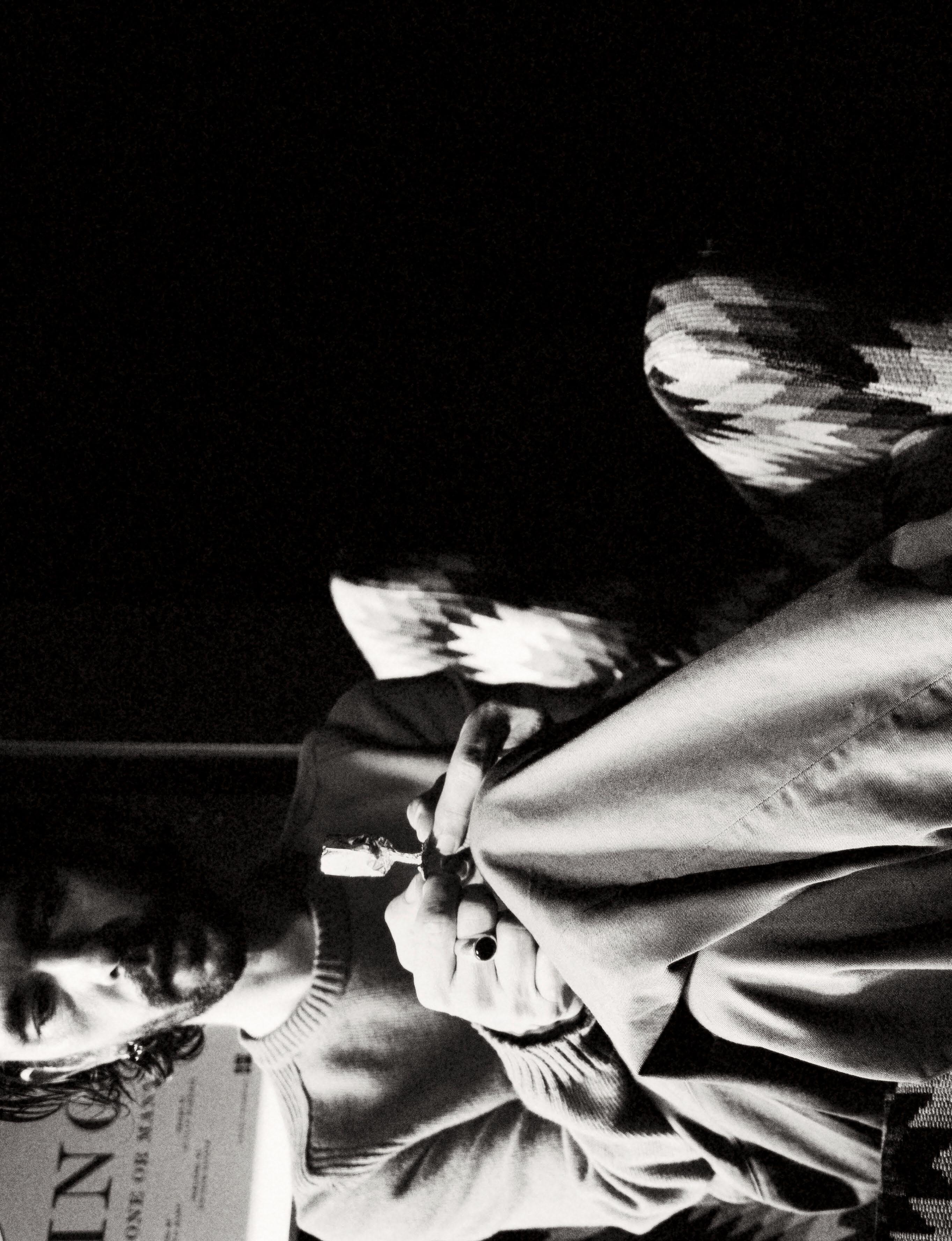
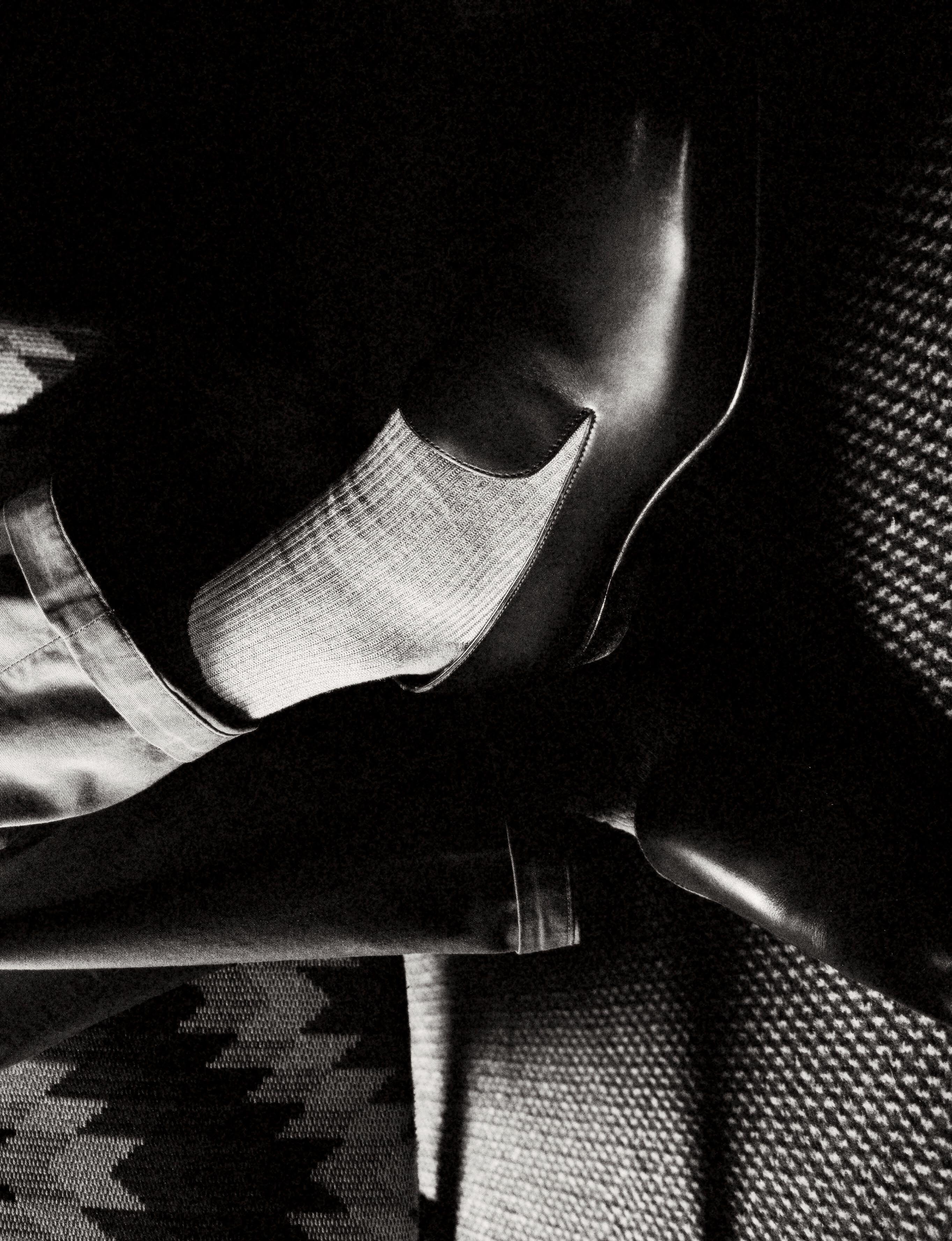
BEN WHISHAW ALL FOOTWEAR MANOLO BLAHNIK WORDS KERRY CROWE
PHOTOGRAPHY CHIESKA FORTUNE SMITH STYLING NAOMI MILLER

Ben Whishaw’s roles to date have included Q in the Bond films, Paddington Bear, and Hamlet. He’s adapted to all of them, but has maintained a sensibility all his own throughout, one that’s won him both awards and adoration. He sat down to lunch in London with Port’s Kerry Crowe
SLIGHT OF FRAME and rufed, with dark, doleful eyes, Ben Whishaw embodies a unique gentleness. With over 40 film credits to his name and numerous stage appearances, he has worked with some of the most exciting directors in the business, including Jane Campion (Bright Star), Yorgos Lanthimos (The Lobster) and the Wachowskis (Cloud Atlas). He brings a humane urgency to each role, elevating characters’ better qualities to become the very beating heart of their scenes and evoking deep pathos in their lesser traits.
Born in England in 1980, into an unassuming Bedfordshire life without the early privilege enjoyed by many high-profile actors, he attributes his career, at least in part, to the influence of an amateur dramatics teacher in his home town named Rory Reynolds. “If I hadn’t met him and gone to that youth theatre, I’m not

sure I’d be doing it, because I don’t think that’s a path I would have found. It’s amazing really,” Whishaw tells me. “Rory treated all of us like we were little artists, like little professionals. He would give you an end-of-term report,” he says with tangible incredulity and gratitude, “and it was just a Sunday. He opened up all sorts of things to me: theatre and literature and art and performance and acting.”
Did it feel like a leap then, to go from this world to the hallowed studios of the Royal Academy of Dramatic Art, where he would later train? He thinks. “Yes, actually. I do remember feeling, like… Woah!” He feigns shock. “Like, when somebody first mentioned something to me about the idea of going to ‘drama school’, I thought, ‘What is that? ’ And I remember thinking quite distinctly at one point that if I could just get there, that would be enough. I think I must have been quite determined to…” He searches for the right word. “I think I must have been quite determined,” he resolves.
“Although, I was also really fortunate: when I went to drama school, I managed to get the last of a thing that’s been discontinued and scrapped, which is a dance and drama award.
So if you were from a background or a family that couldn’t pay for the course, which was expensive,” he smiles emphatically, “you were supported by this grant. They were scrapped literally the next year, so I just got there in the nick of time. I think I was very lucky in that sense. I think that for people who came after me, it’s been much harder, and that’s not a good thing.” He briefly looks sombre at the thought of the dire state of arts funding in the world beyond our peaceful room.
I’m reminded of This is Going to Hurt, the 2022 television series based on former NHS doctor Adam Kay’s memoir about his time in the profession. Both Kay’s candid book and screen adaptation deploy warts-and-all industry insights, including of his own personal failings, and Whishaw – who plays Kay, in a BAFTA-winning performance – brings the role to life with such empathy that the viewers’ commitment to the protagonist is never threatened, despite his occasional misanthropic cynicism. However, it is the current state of the health service that forces its way through as the primary cause of many of these problems – Herculean shifts leading to exhaustion and depression and, in turn, fractured personal
83 BEN WHISHAW


PRODUCTION: LOCK STUDIOS
DIGITAL OPERATOR: LAURA HECKFORD
DOP SELF SHOOTER: MATTIAS PETTERSSON
SET DESIGNER: GEMMA TICKLE
HAIR: JODY TAYLOR
SKIN: NATHALIE ELENI
85 BEN WHISHAW

relationships, for example. In taking the part, how important was exposing these structural issues to Whishaw? Did it feel like a battle cry for the NHS? “It felt very important, yes, and it was very much what Adam Kay wished for it to be, a sort of battle cry, and a love letter.” He continues: “He wanted it to have social impact, and, yeah, for it to be really honest, especially about mental health with the people working in the NHS.”
In 2023, Whishaw worked with director Ira Sachs on the French film Passages, playing Martin, husband to Franz Rogowski’s Tomas – a passionate and intellectually scintillating but emotionally infuriating film director. The film is a heady, erotic continental love story, following Tomas as he embarks on an afair with Agathe (Adèle Exarchopoulos). The scenes between Rogowski and Whishaw are electric in the clashing of the two performers: Tomas is visceral and muscular, utterly without self-doubt, while Martin is considered and considerate, and sometimes seems frighteningly fragile, caught in his husband’s vortex. “Acting isn’t really about pretending or acting, it’s about what’s really happening, I think,” Whishaw explains of their onscreen dynamic. “I just found Franz really compelling as a person and as an actor and as a presence. I just loved being in his company. I loved talking to him and being quiet with him… I loved what he thought about stuf, about life, about films. He really occupied my full attention, and that’s not something you can really pretend or manufacture or act – it just kind of is what it is.” He continues: “But it was also special, because Ira Sachs made an environment where what I’ve just described was allowed for and was given space and then he would capture it, and it wasn’t like... this is what’s written, we’re going to do it exactly like this. Every day it felt like, well this is what we’ve got, but… is it right? Maybe let’s cut this, or maybe let’s do that. It was very alive.”
Discussing the essentials of his craft is where Whishaw comes to life. I mention having previously heard that he likes it when a director says, ‘Let’s play four pages without stopping.’ “Ooh yeah, I love that,” he says, straightening up and grinning at the thought. “It’s lovely when you’re given the space to do the scene; it’s quite hard to do little bits,” he says. “Some of the things that are hardest are the things that will look the easiest, and you’ve gone… that was really fucking hard, just to do that one little bit! Some of the things when people will say, ‘Wow, that was so impressive’ – you’re like… that was the easy part!”
Can he give an example of this in action? “Sometimes, filming, you have to react to something that’s not happening. In actual fact, it’s really hard! Coz there’s no… you’re not receiving anything: you have to conjure it all up. I know you could say that’s the job, but you’re always looking to not do any acting, if possible,” he laughs. “So when you have to go, ‘Oh, there’s an explosion!’ but there’s no explosion and you are just coldly standing there in front of the camera, and it’s scrutinising your face… that’s hard. But it would be nothing; it would be like a second [clicks fingers] in the
86




film. But if you had four pages, that would be lovely.” He smiles softly again.
“It’s also lovely when a director is really specific about what they want – they have a specific vision and a specific taste or sensibility. One of the hardest things is when you’ve no idea what you’re being asked to do. And then the worst thing is if someone wants to talk too much. That’s terrible! You sometimes need very basic instructions, like ‘go faster’, or ‘slower’, or ‘don’t think about it’ or ‘less’.” And what happens when a director talks too much? “Well, you open a box of things that are irrelevant.”
I tell him that I’ve heard him suggest in the past that he can feel shy around directors. “Oh yeah, I do actually. I always think they will… I always think they’re going to…” he pauses for a moment as he searches for the right words, before exclaiming, “fire me!” We both laugh. “Oh dear. Yeah, you feel like you’re going to let them down. Or might let them down, or it’s not going to be good enough. But I’m trying to overcome that, coz, you know, perhaps that’s not a very healthy or useful attitude.”
Clearly Whishaw is too humble to recognise himself as having produced some of the finest acting work of his generation, but he nonetheless continues to exert himself in his varied stage and screen career. His weary medic of This is Going to Hurt and troubled lover of Passages signal a shift from the quixotic boyishness for which he was once known into something more mature and complex. An as-yet-unreleased project sees him as the multifarious Russian political dissident and poet Eduard Limonov in Kirill Serebrennikov’s Limonov: The Ballad of Eddie – another repertoire-widening curveball, based on the eponymous biographical novel by Emmanuel Carrère. “He’s an amazing director, Kirill. I felt like I was working with a really incredible artist who was a truly creative person.” (Conversation with Whishaw is liberally interspersed with heartfelt compliments and praise for
others wherever he can find an opportunity.)
The Limonov crew were shooting in Russia when it invaded Ukraine, and media reports have claimed that Whishaw was hurriedly evacuated: is this really the case? He laughs at the dramatic phrasing. “I didn’t get evacuated, but I did have to leave. The war began… they invaded Ukraine when we were about halfway through. Kirill and I met up on the first morning and he said, ‘I’m sure this is going to be over very soon, so we’ll carry on,’” Whishaw chuckles with the grim benefit of hindsight. “So we carried on for one day, and then another, and then my mum started calling quite a lot, and then all direct flights were cancelled. I think we limped on a few more days, and then my mum was like, ‘Just get out of there!’ So I said, ‘I think I have to go,’” he remembers. “I mean, it was sort of mad because when you make a film you do have this kind of mad attitude, like this is the most important thing in the world and we must absolutely finish it at all costs! Which is absurd, but I think you need a sort of certain level of, this film means everything right now, so the idea that you’re not going to be able to finish it, you just can’t conceive of.” But the filming was indeed ultimately wrapped? “Yes. I left, and then weeks later Kirill and half of the rest of the company left as well and now live in exile in various other places; because it is what we now know it is, which is this absolutely horrifying situation, and it’s not clear how on earth it’s going to end. But we did finish it in Riga [Latvia], in the summer of 2022.”
With such a wide-ranging filmography, including work with some of the most interesting directors of the last few decades, I’m curious about Whishaw’s own cinematic influences. “I’m really interested in Japanese cinema at the moment. I’m watching a lot of Yasujirō Ozu films, an amazing filmmaker: he made lots of them and they’re all variations on a few tiny things, a few ingredients,” he says. “Somehow
there’s this world that he creates: they’re always about families, usually a child is being married of to someone that she doesn’t want to marry. It’s the way he looks at it, and…” He pauses here and then speaks very carefully, as if putting into words something that he hasn’t vocalised before. “I think they’re about how we’re influenced by other people’s emotions or the pressure of conforming to other people’s expectations of you or societal expectations of you, but it’s all in this very tight frame. It’s very beautiful.”
Despite having performed on stage approximately once a year throughout his professional life, the pandemic instigated Whishaw’s five-year hiatus from the theatre. However, 2024 sees him return to the stage twice over, in an adaptation of Maggie Nelson’s Bluets at the Royal Court and a production of Samuel Beckett’s classic Waiting for Godot at the Theatre Royal Haymarket –choices that again display a seasoned actor flexing his creative muscle. “I’m excited and a bit scared to do a play again,” he admits. “I can’t wait actually.”
Gradually our conversation turns to music, and I ask him if he can think of an album that means a lot to him lately. He thinks. “On New Year’s Day, I was in a car and there was this countdown of Madonna’s best songs from movies, and I was so ecstatically happy to begin the year listening to this music of hers that I hadn’t heard for ages… so I’m going to say that. I think she’s fantastic; I’ve always loved her.” What about her in particular does he like? “I like her voice: I find it very moving, that she’s not perfect. I feel like she’s spiky and not easy and is provocative. She’s ambitious. And I think that everyone seems very nice now, and she doesn’t always seem nice.”
This is a sentiment surprisingly at odds with the sensitive and warm actor sitting before me, but one thing that we can be sure of about Ben Whishaw is that he contains multitudes.
90
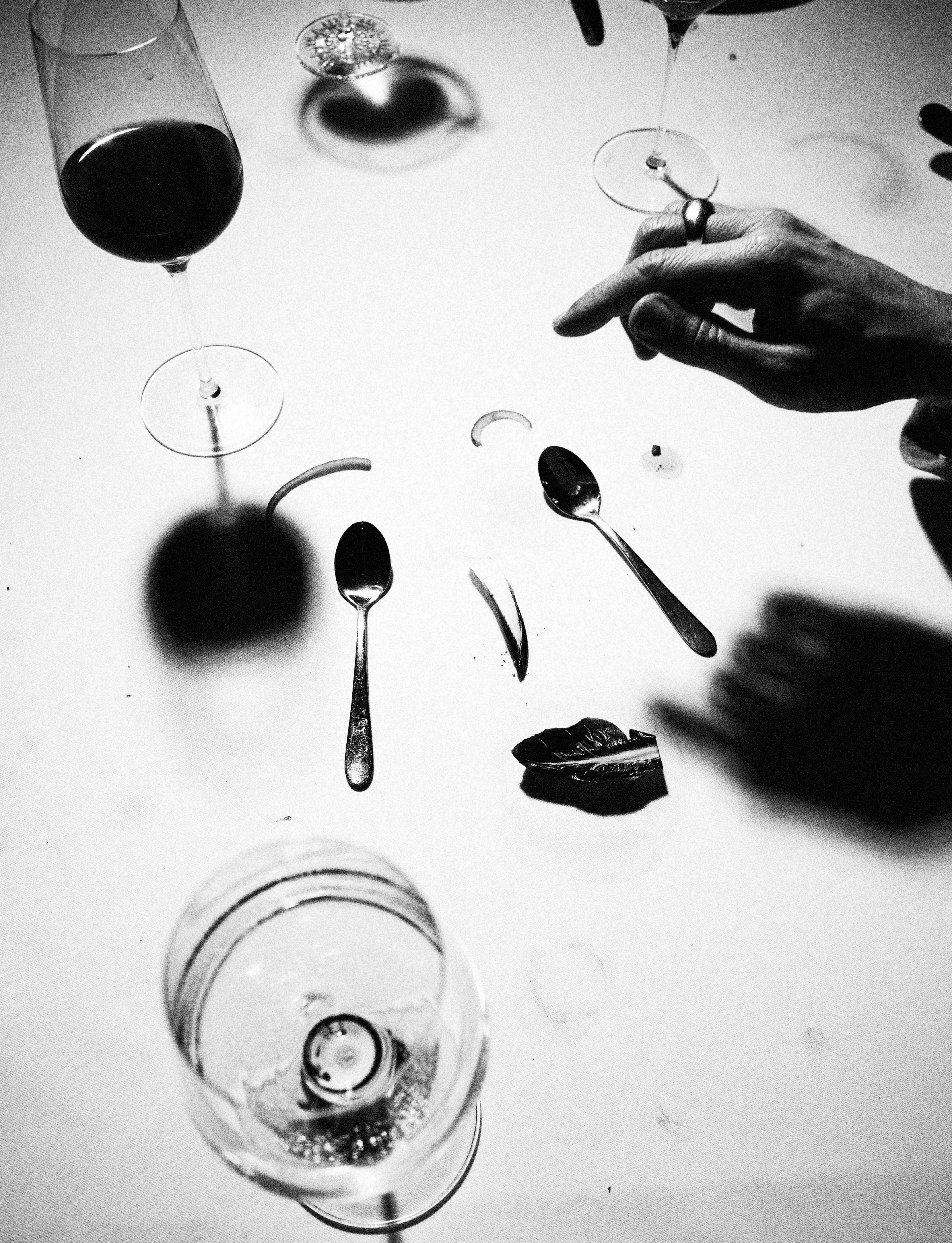


CAN INES,
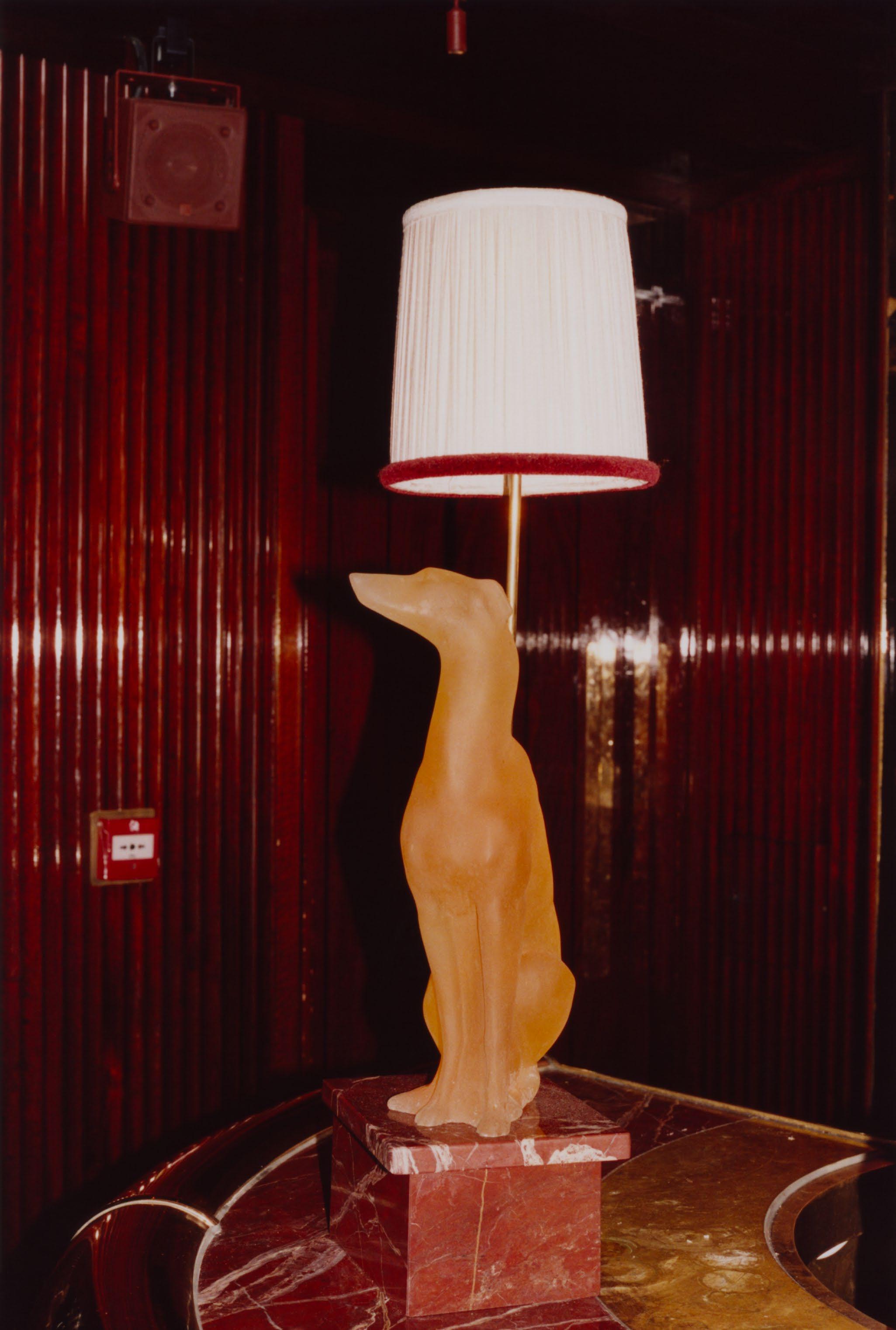
An art tour of Mayfair’s George club
THE BEST PART of the recent Wallace Collection exhibition, Portraits of Dogs: From Gainsborough to Hockney, was an entire room devoted to David Hockney and his two beloved dachshunds, Stanley and Boodgie. The artist’s portraits of the duo cover the red walls: lolling over cushions, napping on each other’s velvety stomachs, legs stuck in the air at protractor angles. A video depicting the trouble Hockney went through to try and capture the dogs – setting up easels around his house to try and capture them in their natural state, cajoling them back when they ran towards him or wandered of – played nearby. In total, Hockney made 45 dog portraits, which he compiled into his 1995

VASES CAN
exhibition, Dog Days, and which have become some of his best-loved works.
It felt fitting, then, to follow up the exhibition with a visit to George, the newly renovated private members’ club in Mayfair. Long known as particularly dog-friendly, the club has now gone one step further and introduced its own canine mascot: a dachshund named George (of course). He even serves as the model for the club’s new logo, a characterful monochrome line drawing printed on napkins and teacups. In real-life, George was found snuggled on a diminutive sofa near the entrance, nose tucked between paws, scopious body ensconced in a knitted jumper. And on the way down to the fittingly named Hound Bar, a subterranean Art Deco cocktail bar-cum-nightclub, sculptor
Jill Berelowitz was commissioned to create a bronze relief of a dachshund, its doleful eyes fixed on revellers as they descend the stairs.
But a shared enthusiasm for dogs isn’t the only link George has to Hockney. In fact, the club could double up as a mini gallery for the artist. Taking a tour around the dining room and hallways of the ground-floor space, the works ofer a unique insight into Hockney’s artistic journey throughout the decades, from the fragmented lithographs of the late 1970s to the impressionistic iPad drawings of the 2010s. It’s a long-standing relationship – even before the refurb, George had a myriad of works by Hockney (including some of the dachshund portraits), as well as a host by Hirst, Emin and other assorted members of the Young British Artists.
PHOTOGRAPHY: JUKKA OVASKAINEN
HANNAH WILLIAMS
WORDS:
95

With the new works, George seems to be signalling the arrival of a more playful, dynamic atmosphere. This is a space reborn: respectful to its past, but excited for its future. The choice of the Hockney paintings reflects this. Take, for example, ‘Still Life, 2017’, a large-scale work that I found hung across from the bar. The piece marries the absurd with the domestic, as brightly coloured shapes –mountains? fountains? – are placed on and around coloured rugs. The setting is a geometric hinterland, part-house, part-swimming pool, part-gallery, and the grid-like patterns on the walls ofset the chaotic riot of form and colour contained within. It’s a prime example of Hockney’s fascination with ‘reverse perspective’, where multiple viewpoints are contained
within the same shape, an idea emphasised by its placement on a panelled, mirrored wall.
This experiment with structure – a deconstruction of the familiar lines of the household space – seems to exist in conversation with a diferent work, ‘Two Red Chairs and Table, March 1986’. Rendered only in three bold colours, blue, green and red, the painting depicts some kind of porch or veranda, the greens of the foliage framed by the grid-like lines of the structure. On the decking, there are two chairs, a table and a headless person, all laid out in a line. All of these things are drawn in red, and only the human figure is solid – stare at them too long, and they start to look like symbols, like hieroglyphs. Although the work initially seems simplistic – it contains, as the title in-
dicates, two red chairs and a table – in classic Hockney style, it seems to confound the viewer at every opportunity, defying any kind of easy reading. It’s interesting, too, that this piece is a home-made print executed on an ofce colour copy machine, a move by Hockney that seems to marry together the mundane and the artistic, the regimented and the haphazard, in a union of pure creative expression.
The furniture at the centre of ‘Two Red Chairs…’ finds an equivalent with 1998’s ‘Van Gogh’s Chair (White)’, an homage to Van Gogh’s 1888 painting of the same subject. Hockney explained his love for the original:
“The perspective is terrific. [...] You couldn’t take a photograph like this. I’ve always loved this painting. Whenever my father came to the works o f er a unique insight into Hockney’s artistic journey throughout the decades.
96 CANINES, CANVASES
Taking a tour around the dining room and hallways of the ground-floor space,

97

London, he always wanted to see Van Gogh’s Chair. He thought it was marvellous.” As with ‘Still Life, 2017’, the painting incorporates a multiplicity of perspectives, a simultaneous gaze from all angles alchemised into one coherent form. The painting is hung next to ‘Tyler Dining Room, from Moving Focus’, a 1984 lithograph showing the dining room of master printer and Hockney collaborator Kenneth Tyler. At its centre is a dining table and chairs; at the edges of the work, the angles of the room begin to concertina, as if being folded inwards. It’s no wonder that the work is displayed alongside ‘Van Gogh’s Chair’. Although their depictions of furniture are wildly diferent – with the bone-white starkness of the latter contrasting against the luxury of the Tyler – they both prioritise an intimate,
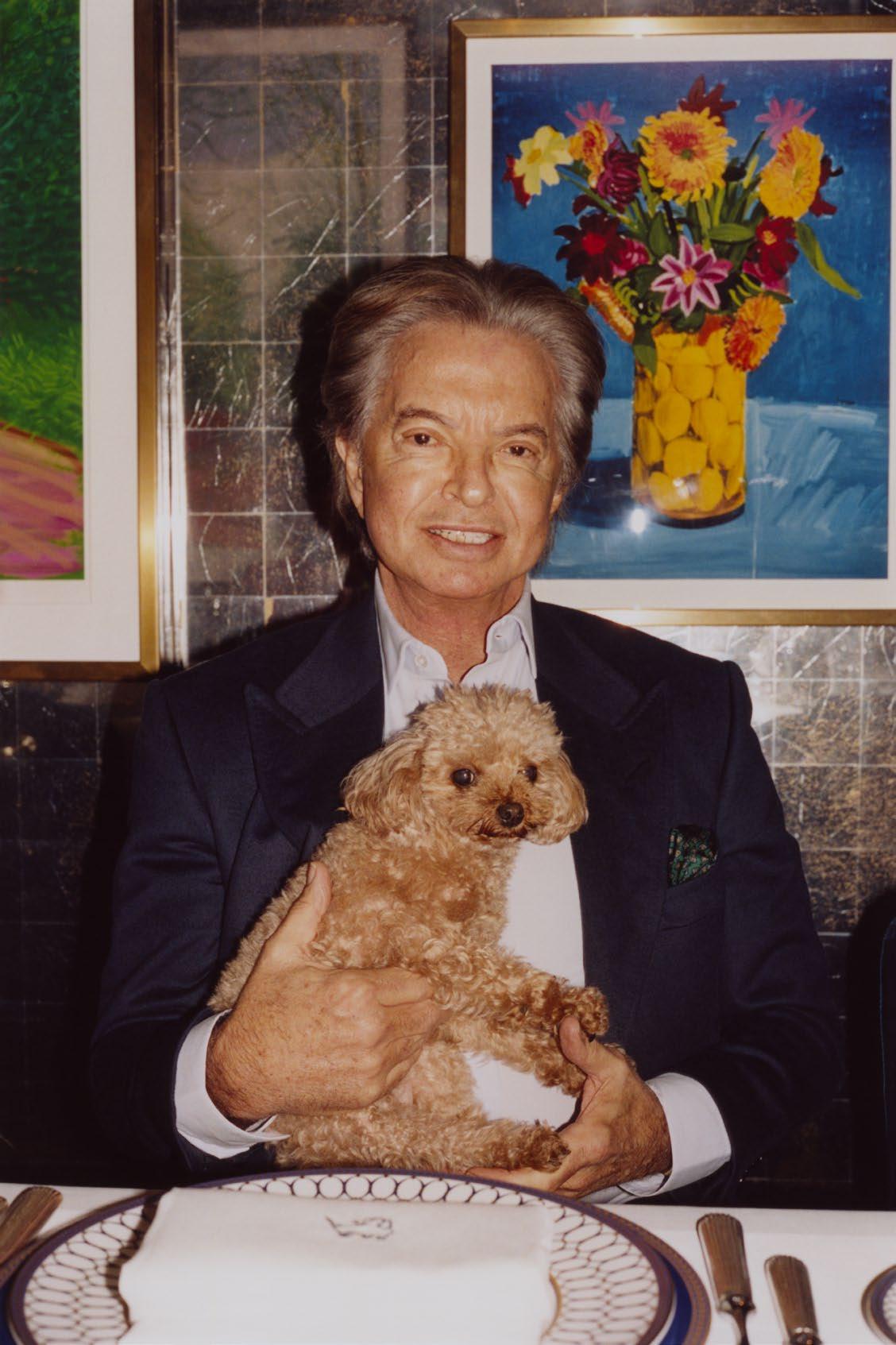
highly personal outlook, an of-kilter way of considering our familiar spaces. Hung here, over George’s dining room, they seemed designed to include me, almost to invite me into a shared understanding, as I observed them from my own seat.
Next, I’m given a tour of the 18-seater private dining room. This area provides the backdrop for Hockney’s newer iPad works, including the dazzling ‘The Arrival of Spring in Woldgate, East Yorkshire in 2011 (twenty eleven) - 30 May’. With its riot of green, punctuated by the red of a road sign, it nods to Hockney’s earlier fascination with the raw power of bold colour. It’s flanked on both sides by the floral still lifes of the ‘My Window’ series, a trio of works capturing a fleeting moment seen from the window of Hockney’s
Yorkshire home. Each of these panels depicts unfurling pink blooms, whether of flowers in a vase or of the cherry blossom on a tree outside – placed next to the large windows of the George’s private dining room, they seem to dissolve the boundary between interior and exterior.
With its paean to both all things Hockney and all things canine, George ofers a contemporary update on an artistic tradition that stretches decades. And isn’t just the decor – when I met the club’s owner, Richard Caring, he pulled up a photograph of his late dog Roxy, who “was and still is the love of my life”. It’s a mixture that seems to epitomise the updated George: sweet without being sentimental, elegant without being stuf y, cultured without being snobbish.
gaze from all angles alchemised into one coherent form.
99
... the painting incorporates a multiplicity of perspectives, a simultaneous
INGREDIENTS AND SAVOIR-FAIRE
Maxime Frédéric discusses his work with Louis Vuitton and the memories that inform his cooking
By Jenna Mahale
MAXIME FRÉDÉRIC IS an ardent believer in a kind of culinary minimalism. When it comes to dessert, simple is best. He reaches for “the classics: a custard slice, profiteroles, a good apple pie, or an apple dumpling. Just simple things.” Growing up on his family’s dairy farm in Normandy, the young chef would often bake similar goods with his grandmother in the morning, after helping his grandfather tend to the animals. “It was always simple: a yoghurt cake, an apple pie, a chocolate cake.”
Among other accolades, critics have said that his work “embodies the most accomplished expression of French patisserie”. Even now, as head pastry chef at illustrious Parisian hotel Cheval Blanc (while also making treats for Louis Vuitton’s LV Dream café and chocolaterie), Frédéric traces his passion for the culinary arts back to those early, bucolic days: “I loved doing that, sharing those moments, pleasing other people. Seeing everyone’s delight when I placed the cake in the middle of the table.”
What kinds of pastries do you find yourself making these days? Is there an overlap between pastries you enjoy eating and those that you enjoy making?
I do all kinds: that’s what motivates me. In my daily work, I call upon the full array of what I have learned to make through the years: from plated desserts for star-rated restaurants to the French pastry classics, to chocolate, ice cream, and bread.
My experience is extensive, and it encompasses the best that pastry and baking has to ofer – this extends into savoury foods and barista work too.
What can’t you get enough of more generally? I love a lot of foods, and I love to eat. But what I really love is peas! I used to eat them every day. Every night I would prepare peas, in every possible way: with pasta, with rice. My wife got tired of it though, so now I don’t eat them as much. I like to freeze fresh peas. They freeze well. That way, even in the winter, I could have
them. I love them because they are slightly sweet. I could eat them every day.
As a kid, I didn’t like anything. I ate my first tomato when I was 23. I used to hate cucumber, but in the past few years, I’ve started to love it. For dessert, I could eat rice pudding every day. If there is any in the fridge, I eat it straight away, and I can eat a huge amount! It’s never a small serving.
What’s the story behind your work for LV?
The collaboration came about very naturally, while I was working at Cheval Blanc across from Louis Vuitton’s headquarters. It just kind of happened. The café developed over time, and after we met, the project changed direction. In the beginning, it was completely diferent. Chocolate wasn’t even part of it. All that was built over time, as the mutual trust between us grew. Eventually I came to feel that I could do whatever I wanted. So now I do what pleases me, which is not to say I’m entitled. My focus is still on how to please the client.
100 PHOTOGRAPHY: PHILIPPE LACOMBE

101

102 INGREDIENTS AND SAVOIR-FAIRE

According to LMVH, your creations at the Louis Vuitton café and chocolaterie are “inspired by Louis Vuitton’s codes” – can you say a bit about what these codes are and how you implemented them?
The first meeting was here in Paris, and the second one took place in Asnières-sur-Seine [Louis Vuitton’s historic home]. Meeting the designers at Vuitton, the craftsmen and artists at the heart of the maison: that’s where I felt the most comfortable, because I speak the same language, about the quality of products, raw materials, and crafting. The two founding pillars of Louis Vuitton are the same as those of pastry: ingredients and savoir faire. Those have guided the whole history of what we have built over nearly two years now. Vuitton ofers a dizzyingly broad scope for imagination. It was very inspiring to take their manual techniques and transpose them into pastry and chocolate.
With such great support, I feel very comfortable and free to play with the maison’s codes. I have a design team, and they have a sweet tooth, too. So, we joined forces.
Is what you do closer to an art practice or a fashion one? How does fashion influence your work?
I’m not fashionable. Fashion is not my world. I try to do things the old-fashioned way. I’m not here to reinvent anything, just to refine what I know, and to uphold the savoir faire that I have inherited. I’m not fashionable. Instead, I strive to be timeless. For me, the most important (and most flattering) compliment, when the cakes and chocolates came out, was when clients said: “It seems like this has been here for years.” That means it’s not just a passing fashion, but something that will last. Obviously, there are things inspired by the whole maison. So, fashion is necessarily a part of it, but I don’t feel like an especially fashionable person.
103
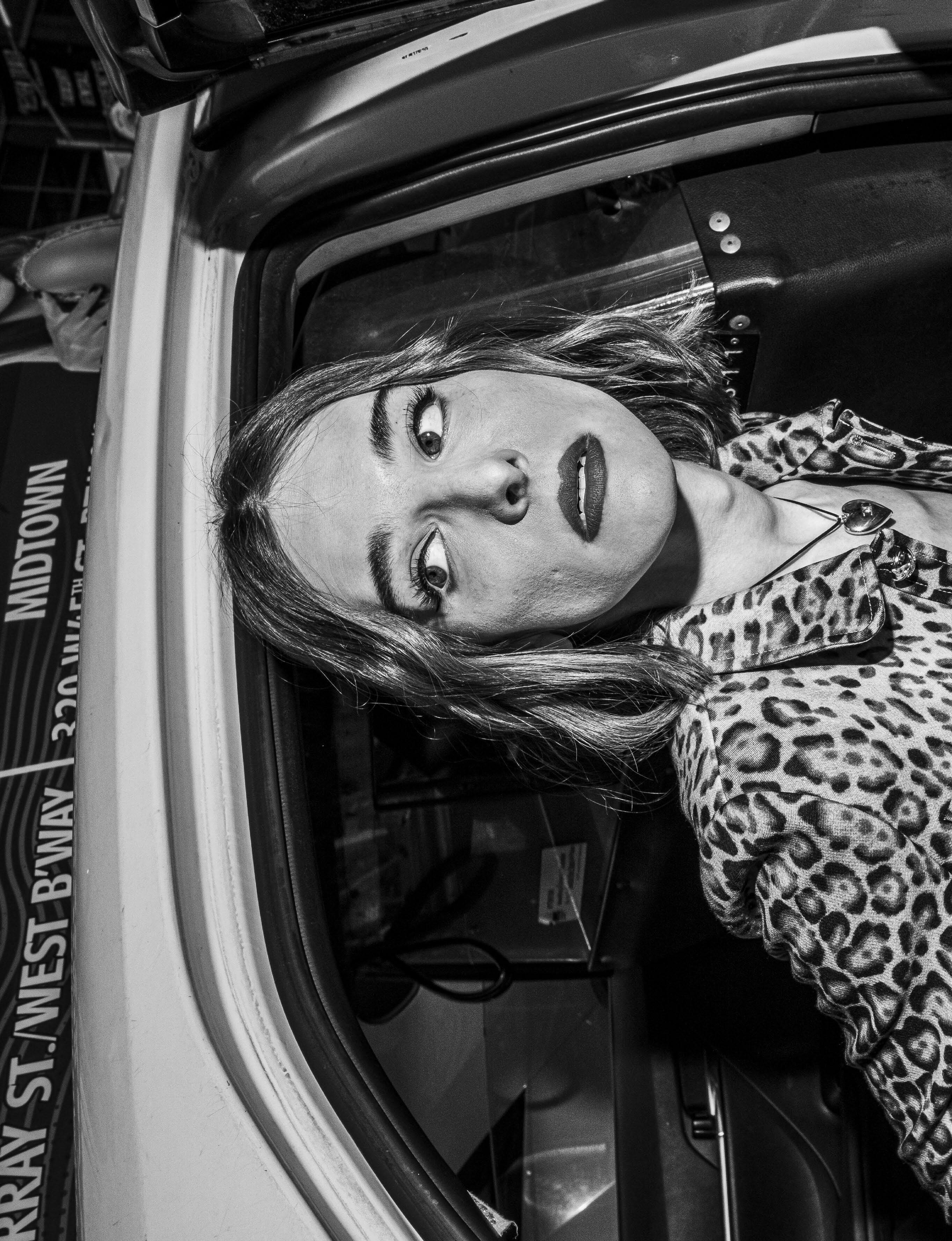

HARI NEF

WORDS: HANNAH GOLD
PHOTOGRAPHY: BRUCE GILDEN AT MAGNUM PHOTOS
STYLING: IAN MCRAE
HARI NEF AT IMG WEARS CELINE THROUGHOUT
LET THE RECORD show that at 9am on a bright March Monday, Hari Nef attended her first day of jury duty – ever – at the Manhattan courthouse on Centre Street. Our interview could not be put of, on account of a tight deadline, so we agreed at the last minute to meet during her lunch break. I selected a Cantonese restaurant on Canal based purely on its auspicious name: August Gatherings. I’ll confess to picturing a restaurant packed to the gills with influential figures celebrating success or hashing out deals, so much so that I wondered if we’d have trouble snagging a table. But when I arrived the place was half-empty, and Nef, having been released for lunch earlier than expected, was already seated. She had courteously ordered a dim sum sampler intended for sharing.
“It’s like going to the DMV, it’s boring,” said the 31-year-old actress, model and writer when I asked for any initial reactions to her mandated morning of video watching and form filling. She’d brought a book with her to pass the time (Cyrus Dunham’s memoir A Year Without a Name) and had just finished it before lunch. She said, of jury duty, that “it’s been knocking for me for a second now and I just want to get it done.” Now, the timing was right: she’d returned to her apartment in the Meatpacking District from a whirlwind
four-city fashion month and Oscar weekend. There, Nef had bidden farewell to the protracted promotional tour that accompanied Greta Gerwig’s box ofce hit Barbie, in which Nef played one of the dolls. In the past year she had also portrayed the (very cool, exciting, yet self-deflating) role of magazine profiler in Sam Levinson’s show The Idol, a glossy fantasia about a modern-day pop star living in LA, and starred alongside Parker Posey in Thomas Bradshaw’s play The Seagull/Woodstock, NY.
Nef was never as big a reader as she was a movie-goer, although she enjoys both. She got her start doing internships and writing gigs in and around the fashion industry. The first kind of writing she did, outside of school (Nef grew up in Newton, Massachusetts amidst a vigorous academic milieu where she was “encouraged to write from all diferent points of view”), was her prolific posting on fashion forums. She moved to New York to do her undergrad at Columbia and started writing here and there about fashion, dating and art. The first pieces she ever published were her sex columns for the now defunct Adult Magazine. “I was really trying to be some kind of selfstyled Carrie Bradshaw,” Nef told me.
It wasn’t until 2015, when she became the first trans woman to sign with IMG Worldwide and booked a recurring role on Transparent
that her screen career really began to take of. It was around this time that I started to keep an eye on her as well. The modelling and acting work kept coming, but I paid at least as much attention to the outfits she wore on red carpets and the movies she added to her Letterboxd. When her name cropped up on playbills for of-Broadway productions of of Jeremy O Harris’s Daddy and Denis Johnson’s Des Moines, I was one of many who rushed to get tickets. She’s a star in the classic sense: not just a talent who lights up the screen, but a personality you crave fashion tips and enigmatic judgments from.
During the professional lull in which I encountered her – between two sessions of waiting for her name to be called, or not, and the bigger lull of waiting on backers for her next acting projects – Nef told me, “I don’t exactly know what the next thing is, honestly.” In other words, it was the perfect time to get some writing done and talk about said writing with me. But she couldn’t tell me much, except that she’s working on a screenplay, and has entered the research-overload phase of drafting. “I feel like I’ve done enough and that I’ve been delaying the actual writing process for a while now by just doing more research,” she said. “I like to sit down to it and have the day. I’m still kind of finding my process, for sure.” This is
107 HARI NEF

108 SUIT MODEL’S OWN

109
her second major attempt at a screenplay. The first focused on New York City culture workers in early 2017, an era characterised, according to Nef, by “the rabid search for certain voices that could rise in opposition to other voices. Money being thrown around and thrown at people who probably didn’t have that much or probably never expected to make that much.” The project moved along for years before fizzling out. Nef referred to the experience as “the definitive professional heartbreak of my 20s”.
I asked Nef if she felt there was some crucial connection between the two arts – writing and acting. She said she doesn’t think they relate much at all, that writing, for her, is more like painting, or any other creative activity one does alone. “I don’t really enjoy writing as much as I enjoy acting because it’s so solitary,” she said. “I find it easier to get things done through collaboration, and I guess I just find it easier to be accountable to other people than to be accountable to myself.” She went on to elaborate what this means to her from an artistic and industry standpoint: “A working actor has to be really skilled at unsheathing, ofering, and protracting their intimacy in a way that’s probably not intuitive. You have to compartmentalise.”
As if in demonstration of this flexibility,
Nef wore to our meeting a variation of day-tonight (or audition-to-club) look: black blazer over black T shirt, little-to-no makeup, brown roots now dominating the carroty-red bob she’s preferred for the better part of two years. I commented on the smartness of her self-styling (“very professional future jury member”) and asked if she was trying to get a seat in that juror pen. “I don’t want to be selected,” she replied slowly, making room for each word, “but I won’t navigate that at the expense of my dignity – ever.”
Based on the evidence of Nef’s demeanour available on the Internet – including witheringly funny tweets and YouTube videos of the actress displaying quicksilver wit as she gets ready for events – I had prepared myself for the possibility of fast-talking blitheness. But the version of Nef I encountered was subdued, comfortable with silence, and took her time answering my questions. Perhaps sitting in the lawful quiet of the courthouse had contributed to this disarmingly attentive state, but that didn’t make it seem any less real. Her words always had intention behind them and registered as deeply considered rather than laboriously practiced (although why not both?). Nef frequently spoke in pithy, playful, slyly analytic sentences of the sort most authors
would be happy to begin or end their stories with. Sentences, certainly, that no profile writer would ever want to waste:
On recently rewatching Paul Verhoeven’s Showgirls: “I can’t stop thinking of the scene where Elizabeth Berkley and Gina Gershon are bonding over both having eaten dog food before.”
On Joan Didion’s novel Play It as It Lays: “I mean, obviously I can’t resist an actress, I can’t resist show business, I can’t resist a self-destructive schism between fantasy and reality – I love all that stuf.”
On Sally Rooney’s Conversations with Friends: “Just straightforward enough and just nuanced enough to read – and succeed.”
She was particularly eloquent on the subject of Candy Darling, the legendary trans actress and Warhol superstar whom Nef will be portraying in an upcoming biopic. I asked her whether, after years of playing rabbis and culture workers, shifting to such a rebellious, underground, glamorous figure as Candy felt like a significant change. Objecting to my use of the word “rebellious”, Nef explained that she doesn’t see Candy as a rule-breaker at all. “Trust me,” said Nef, “she would rather have been Kim Novak than a downtown queen who could do a really great Kim Novak at a dinner
110


party. She was, in her work, trying to make that miracle happen on the screen or on the stage for however long she had. Candy came up amid the civil rights movement and the earliest days of gay liberation – she was not interested in any of that. She was interested in Hollywood, and actresses, and acting. I think she wanted to be a star as much as she wanted to be a woman.”
It was not the only time that Nef spoke admiringly of an actress whose work is grounded in a kind of sublime stubbornness. “It was Isabelle Huppert’s birthday the other day,” said Nef. “She’s one of my favourites. There’s this video of hers I retweeted where she’s doing the actress roundtable that year she was nominated for Elle, and the moderator asks ‘has there ever been a role that’s changed you,’ and she very quickly was like ‘no.’ I love that.” I asked Nef if a role has ever changed her. “No.” She went on, “I love the idea that [Huppert] is not going home and twisting herself into a knot, allegedly, writing pages and pages about her character’s history or what she ate for breakfast that day. That you can get such a raw, powerful, and psychologically complex performance just by staging an encounter between yourself and a mindset, or a situation, or a character, or a physicality.”

Time and again our conversation returned to this tension between what an actress shows in her performance or to her public, and what she withholds. Oblique entryways into this subject matter ranged from Todd Haynes’ wonderful new film May December (which – to put it chastely – is about an actress researching a role) and rampant social media use (“there are parts of myself that I’ve shown to everybody that I’ll never get back,” said Nef). Over further courses of dim sum and chicken with broccoli, Nef told me she is less online now than she used to be – or, at least, she’s relocated her more personal content to private accounts.
“That sounds great!” I exclaimed, doing my best to sound afrming with an entire shrimp dumpling in my mouth, “More and more people are making that choice, and I support it, always!” “Sorry, shrimp,” I added. “Yeah, they’re not easy to eat, these things,” said Nef, generously.
At a certain point our conversation drifted from discussing the vision of Hollywood portrayed in Play It as It Lays, to Nef suggesting it would be her first choice of book to adapt for screen, to my suggesting that Sofia Coppola should direct, and Nef sensibly countering: “I feel like the Sofia Coppola movie is, like, while Maria [Didion’s actress protagonist]
was still booking acting roles when she was in her 20s and just starting to perceive the panic, and pain and hopelessness that she is fully mired in in Play it as it Lays.”
I like this reading. Coppola, after all, is one of those artists – like Huppert, like Nef – who does not seem much transformed from job to job. Or who at least wants to project steadfastness. Perhaps what I’m describing is something like artistic integrity, though fierce determination seems even more apt. These are women who would sooner see the world warp around their desires – their vision – than change themselves. “I think the idea of someone like Sofia making films about women in constrained environments kind of looking outward onto the world around them and through some kind of mirror back at themselves, wrestling with the idea of piercing it, there’s a grace to that,” mused Nef. “I just threw a rock at the glass. What else could I do?”
These days, it appears that the mirror is intact again. Nef has gone private. There are parts to play, boundaries to marvel at and wrestle with, at least for now. She is the comic actress, the cool customer, the holed-up writer, and – mere hours after we settled up and parted ways – just another New York City chick who wasn’t chosen for jury duty.
113 HARI NEF
HAIR: BLAKE ERIC AT FORWARD ARTISTS USING ORIBE MAKEUP: OLIVIA BARAD NAILS: SONYA MEESH AT FORWARD ARTISTS USING MANUCURIST SPECIAL THANKS TO SATELLITE SPACE PRODUCTION: PRODUCTION FACTORY PRODUCER: SAM GRUMET

HOME IS IN HACKNEY, where I have lived since 1998. High ceilings and huge windows, looking out on vast East End skies, have kept me there ever since.
Over time, the shelves have become a somewhat unruly jumble of books, pots, jugs, pans and my continuing inability to walk past a pestle and mortar without bringing it to sit alongside others gathered over time.
Above
To accompany my thirst for co f ee is a great fondness for co f ee pots. Made for the stove, these co f ee pots are an ingenious feat of handsome engineering and lovely design that have never lost their allure.
Even as a child I was enthralled watching Mum brew pots in our kitchen at home in Scotland, having bought beans to grind fresh from Mr Braithwaite’s shop in Dundee.
WORDS JEREMY LEE
PHOTOGRAPHY JO METSON SCOTT
OF SHELVES,CUPBOARDS AND POTS
Below
The cupboard at home that serves as a pantry always has anchovies, olives, sardines, tomatoes –vital for impromptu suppers.
Opposite
As I am unable to resist a jug, pot or bowl –so fond am I of their shapes and colour, in particular those made with glazed earthenware –the shelves are becoming quite crammed, and that little bit unwieldy, which adds to the chaos.

116



The dining table sits before the shelves without any order whatsoever, crammed with cookery books, journals, jottings and all sorts spilling over onto stools and tables around. The table, no matter how often it is cleared, seems to fill at a ludicrous pace.
’Tis a messy a f air.
Right I love the colours of enamelled pots and, though they are jumbled holus-bolus in the kitchen, find their jolly presence essential to greet the day.
Above
119
Le f t

Yes, a whole table of pestles and mortars. They need their own spot because they weigh so much, or some of them do anyway.
These ancient wonders for grinding spices and nuts are as pleasing to the eye as they are to use.
Below
Jugs and pots even make it to my desk, which is a lovely old table bought from a friend. It houses my garden within as I live two floors up, and can’t even have a window box, ha ha . So I tend these plants, which seem to be rather content looking out of the window. So cheery.
120
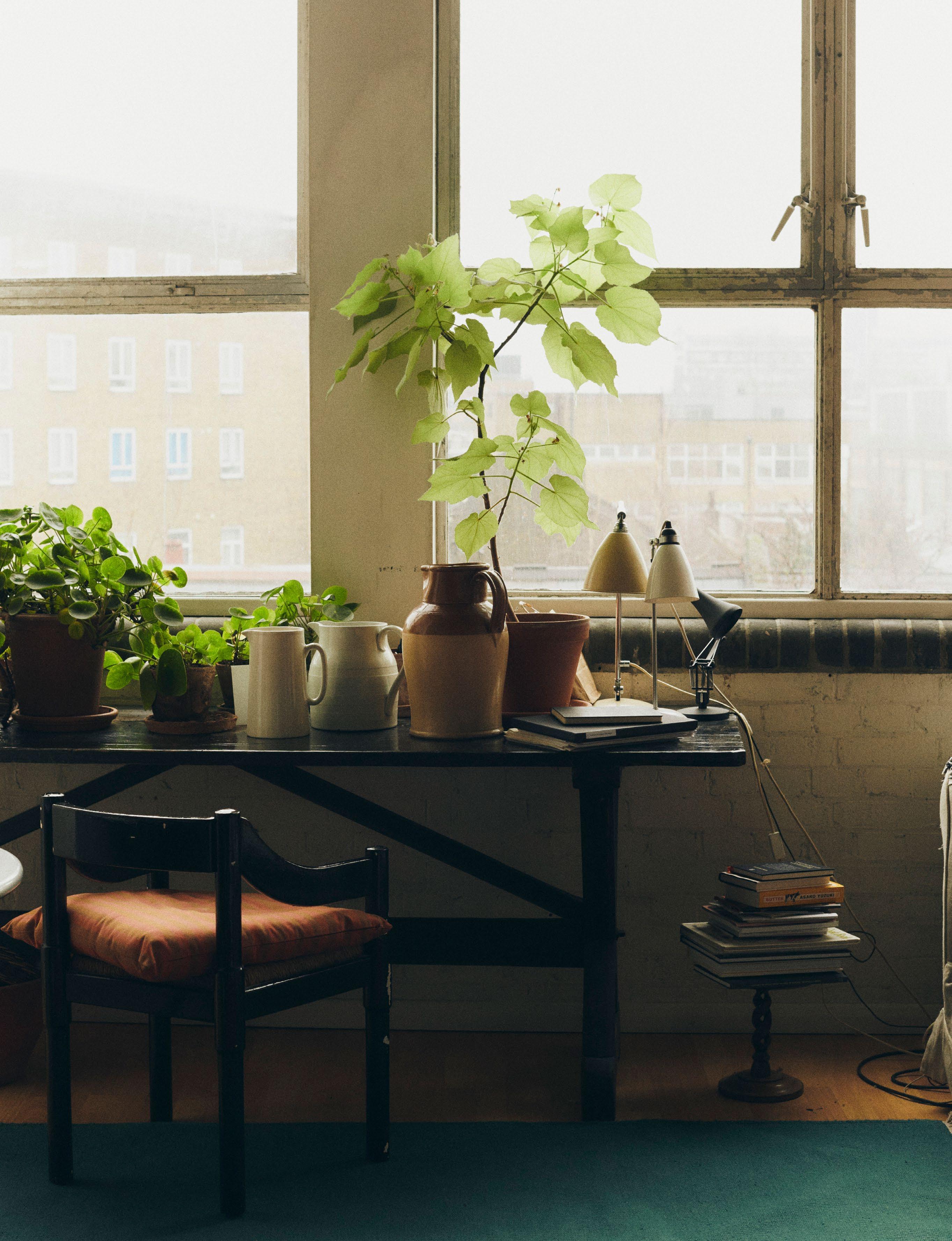
COOKING WITH SCORSESE
Jeremy Lee and Kenjiro Kirton discuss film feasts
Interview Jeremy Lee and Port
SINCE 2014, HATO PRESS’ Cooking with Scorsese project has celebrated food in film. It started with instructive stills, from which viewers could learn iconic preparatory techniques, and has expanded into a recipe book, events, and clothing. Guest editor Jeremy Lee wrote a foreword for the third title in the series, and both Jeremy and Hato founder and creative director Kenjiro Kirton felt they’d left quite a bit on the cutting room floor. They sat down with Port ’s Samir Chadha to put together a bespoke selection of film feasts and the occasionally chaotic kitchens behind them. For each film, Jeremy has suggested a recipe pairing.
1
The Scarlet Empress dir. Josef von Sternberg, 1934
Samir Chadha: Should we start with The Scarlet Empress? You were both very excited about The Scarlet Empress
Kenjiro Kirton: It was such an amazing film. You just felt that it was made today, and was overstylised to be like a 30s film.
Jeremy Lee: There’s no charm whatsoever. There’s no magic behind this, and there’s this one crazy place, you know, and they are the most powerful people in the world, and don’t give a fuck. I mean, it’s extraordinary. But one of the most memorable scenes, I do think, is that wedding feast where they sit down, and the camera just pans over this… You know, having gone through this incredibly elaborate wedding ceremony, and the jewels, it’s glittering, the camera just lingers on Dietrich, and your eyes are going all over the place, going, what is this crazy scene? And then it goes to the absolute carnage of this wedding banquet. These huge Goth-
ic thrones are all set out. Bowls and bones everywhere.
KK: Yeah, we had to rewind the scene, because when you enter it, it just looks like they’re boiling some massive potion, and there’s this really strange oddity coming up after the wedding, and then as you get closer and closer to Dietrich, you realise that it’s actually, this is the banquet, and, yeah, this is all food.
JL: Extraordinary. But it’s achingly beautiful, and it’s brilliantly cast, you know. I mean, that double-headed eagle throne as well is just absolutely astonishing.
KK: Felt like something straight out of Game of Thrones.
JL: Yeah, well, I think Game of Thrones is...
KK: Yes, very much the other way around.
JL: I think there’s that magic. Also, for a Dietrich film, unusual that there’s food in it. That’s not something I usually associate with Dietrich.
2
The Private Life of Henry VIII dir. Alexander Korda, 1933
JL: The Scarlet Empress is just full fat, doesn’t let up for a minute, whereas The Private Life is... couldn’t be more British.
KK: They used the cooking scenes, preparation, in quite a tasteful way.
JL: These extraordinary kitchen scenes, they’re juxtaposed with this outrageous court, they’re all a bunch of schemers, and terrible. Just an inferno, it’s Dante. Sweat is pouring,
people have got their tops of, they’re chopping this enormous fish and throwing it into huge pots. Visceral, it’s a metaphor. I like the metaphor of this absolutely obscene wealth of food for this extraordinarily privileged few upstairs created in this carnage, which they were oblivious to, didn’t have a clue what this was. These amazing scenes where Henry VIII’s got this massive mug with a lid. So, there wasn’t, as such, food in there as just this astonishing feeding, the gross excess of cooking for this extraordinarily spoiled court that just guzzles.
3
La Grande Boufe 1973, dir. Marco Ferreri
KK: It reminds me a lot of La Grande Boufe. Samir, have you seen this film?
SC: No, I haven’t. What is it?
JL: It’s a household of men who all decide to fuck and gorge themselves to death.
KK: They all buy the most extravagant food and ingredients and prepare dishes, and have prostitutes round and drive ridiculous cars, and just go all out. And then throughout the film, I think one of them passes away through one means or another.
JL: I mean, it’s the most astonishing film. It’s Pasolini scale, you know, just like, oh God, gird your loins, because, I mean, it’s visceral, to say the least. It will fill a cinema, that’s for sure. And a lot of people sitting there on their own. Which is Fergus Henderson’s great story, when he went to see a showing at the Everyman in the days before DVDs, and it was on. That’s how he found roast bone marrow and parsley salad, which then settled onto the menu at St John.
122 COOKING WITH SCORSESE
4
Babette’s Feast 1987, dir. Gabriel Axel
KK: After watching Babette’s Feast, we have just basically designed the kitchen around this film.
JL: Magic. It’s achingly beautiful. It’s a tiny commune that’s dying on its legs because they’re so inward looking. They’re very, very ancient. And this extraordinary woman rocks up at death’s door, just about – strikingly beautiful – and agrees to housekeep and to cook for these two sisters, for bed and board. Along the way, she wins the lottery. Just a thump of money.
KK: Prior to that, you see them showing her how to cook. And they take the fish, and they say, “To wash it, you leave it in the water. You just leave it to soak for like an hour.” And you see her expression and she’s like, “Okay.” And then they show her how to make this soup and they rehydrate bread to make it and...
JL: Brown slop. All slop.
KK: But she does it. She never kicks up a fuss or anything.
JL: She goes, “I would just, you know, for once to repay all your kindness and generosity...” She orders from Paris this astonishing shopping list and she cooks it all.
KK: Stunning film. She makes these little...
JL: Oh, the Cailles en Sarcophage. She’s one of the world’s leading cooks. Hasn’t peeped once, not a whisper has escaped her lips about this.
SC: It doesn’t go horribly wrong?
JL: No, for once it’s not sinister and fucked up! Amazingly it is utterly, utterly delightful.
5
Goodfellas
1990, dir. Martin Scorsese
JL: I mean, the most famous scene is when they’re all in prison. You know, that hilarious thing, you can actually make people fall in love with absolute rogues and rotters and people who have done things so unspeakable they must remain unspeakable and unspoken.
KK: But the quote as well, “Paulie did the prep work, and he had this special technique to use a razor blade to slice the garlic, so thin.”
JL: There’s this sort of ridiculous glimmer of humanity around the table in the kitchen. They’re all synchronised in that sort of kitchen environment. It’s impeccably observed. It’s a faultless film.
6 The God of Cookery
1996, dir. Stephen Chow & Lee Lik-chi
SC: Next is The God of Cookery.
KK: It can be a bit hard to get into. It’s a film by Stephen Chow. And he plays the main protagonist. Essentially, it’s a kung-fu style film integrated with food. He creates this dish, it’s called Explosive Pissing Beef Balls. He works with this other chef called Turkey. Throughout the film, she becomes more and more beautiful as, I think, her life improves. She has really bad teeth, and then her teeth get straightened towards the end.
But she has really strong kung fu skills – her arms are really strong. So she chops the beef, or cuts the prawns or the meat to
such an extent that when it’s rolled into a ball, it becomes elasticated. So it bounces, but then as you bite it through it, it has this huge explosion.
SC: And that’s the piss?
KK: Yeah! Over time, he becomes the God of Cookery. And he’s able to fry an egg with just his palm. And he’s able to stir this dish, this hot pot dish, just with his hands.
7 Tampopo
1985, dir. Juzo Itami
SC: Tampopo is last on the list.
KK: Oh, it’s classic.
JL: It stands out as probably one of the best food films ever made. It’s this glorious fantasy and fable and stories within stories within stories. All centred around this extraordinary woman, Tampopo, who wants to open a ramen noodle bar.
KK: Yeah. They frame it around a ramen western. So, it’s like a spaghetti western.
I think what’s really beautiful in it is the way that she learns each element. So she might learn how to make a noodle. And they’re just sitting in a restaurant trying to unpick how it is [made]. And through asking questions to the owner, they say, “Oh, did you get too much flour in this today?” And the owner would be like, “No, no, no. I’ve got just the right amount, it’s 100 grams.” So then they’ve got the 100 grams ingredient. And they’re like, “Oh, this tastes a little bit of.
Is there too much salt in here?” And then the guy would come back and then slowly they start to get all the dishes.
123
02
110g good butter, at room temperature
1.8kg free-range chicken
1 lemon
1 garlic clove, peeled and crushed salt and pepper several sprigs of thyme or tarragon, or a mixture of the two
Preheat the oven to 450°F/230°C/Gas Mark 8. Smear the butter all over the bird. Put in a roasting tin with room to spare. Season liberally with salt and pepper and squeeze over the juice of the lemon. Put the herbs and garlic inside the cavity, together with the squeezed-out lemon halves – this will add a fragrant lemony flavour to the finished dish.
Roast in the oven for 10-15 minutes. Baste, then turn oven down to 375°F/190°C/Gas Mark 5 and roast for a further 30-45 minutes with further occasional basting. The bird should be golden brown all over with a crisp skin and have buttery, lemony juices of a nutbrown colour in the bottom of the tin.
Turn of the oven, leaving the door ajar, and leave the chicken to rest for at least 15 minutes before carving. This ensures easy, trouble-free carving and a moist bird.
I see no point in making a gravy in that old-fashioned English way with the roasting fat, flour and vegetable cooking water. What you end up with in the tin is an amalgamation of butter, lemon juice and chicken juices. It is a perfect homogenisation of fats and liquid. All it needs is a light whisk or a stir, and you have the most wonderful “gravy” imaginable. If you wish to add extra flavour, you can scoop the garlic and herbs out of the chicken cavity, stir them into the gravy and heat through; strain before serving.
For me, the simple roast bird is the best, but it is useful to know how much further you can go when roasting a chicken.
Adapted from Roast Chicken and Other Stories by Simon Hopkinson with Lindsey Bareham
THE PRIVATE LIFE OF HENRY VIII RECIPE BULL SHOT

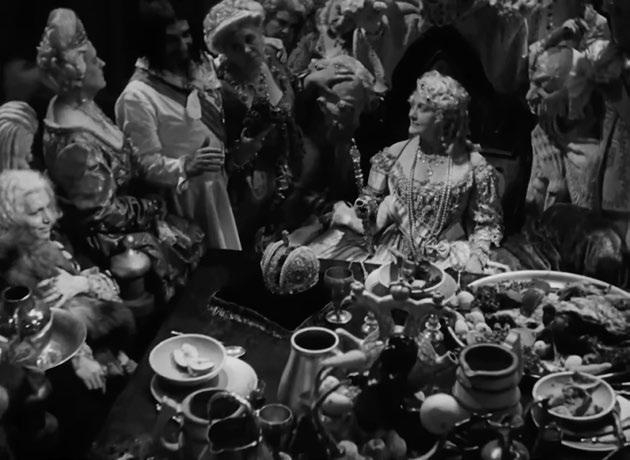

2 vodka
5 oz beef broth pinch of salt pinch of pepper
3 dashes of Tabasco
3 dashes of Worcester Sauce
Shake well and strain in small tumbler.
From Harry’s ABC of Mixing Cocktails

124 COOKING WITH SCORSESE
THE SCARLET EMPRESS RECIPE ROAST CHICKEN
01
12 7-8cm pieces of middle veal marrowbone
2 shallots, peeled and very thinly sliced
A healthy bunch of flat parsley, picked from its stems
A modest handful of capers (extra-fine if possible)
Dressing
Juice of a lemon
Extra virgin olive oil
A pinch of sea salt and black pepper
A good supply of toast
This is the one dish that does not change on the menu at St John. The marrowbone comes from a calf’s leg; ask your butcher to keep some for you. You will need teaspoons or long thin implements to scrape your marrow out of the bone.
Put the bone marrow in an ovenproof frying pan and place in a hot oven. The roasting process should take about 20 minutes depending on the thickness of the bone. You are looking for the marrow to be loose and giving, but not melted away, which it will do if left too long (traditionally the ends would be covered to prevent any seepage, but I like the colouring and crispness at the end).
Meanwhile lightly chop your parsley, just enough to discipline it, mix it with the shallots and capers, and at the last moment, dress.
Here is a dish that should not be completely seasoned before leaving the kitchen, rendering seasoning by the actual eater unnecessary: a last-minute seasoning, especially in the case of coarse sea salt, gives texture and uplift at the moment of eating. My approach is to scrape the marrow from the bone onto the toast and season with course sea salt. Then a pinch of parsley salad on top of this and eat. Of course once you have your pile of bones, salad, toast and salt it is Liberty Hall.
Adapted from Nose to Tail Eating: A Kind of British Cooking by Fergus Henderson
04
2-3 tablespoons vegetable oil
12 quails
50ml chicken stock
Sea salt and freshly ground black pepper
Preheat the oven to 200°C/400°F/Gas Mark 6. Heat a little oil in a pan and carefully brown the breasts of each bird. Once they have a good colour, transfer them to a roasting tray, season them with salt and pepper and add the chicken stock. Cook in the preheated oven for about 20 minutes until lovely and brown.


From You’re All Invited: Margot’s Recipes for Entertaining by Margot Henderson
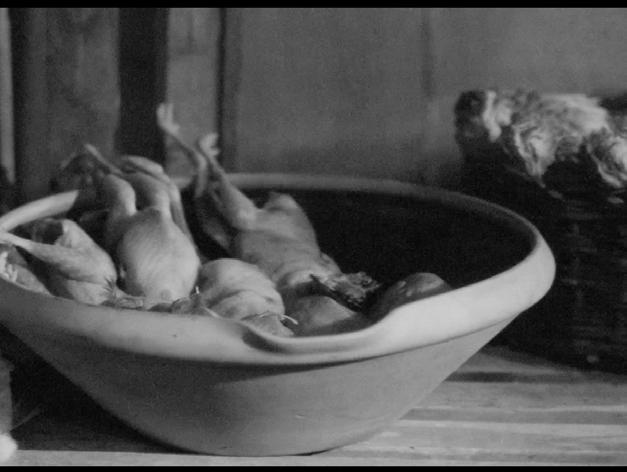
125
BABETTE’S FEAST RECIPE ROAST QUAILS
LA GRANDE BOUFFE RECIPE ROAST BONE MARROW AND PARSLEY SALAD
03
3 whole tomatoes
2 cloves of garlic, thinly sliced
2 tablespoons freshly chopped chervil
2 tablespoons freshly chopped parsley
5 coriander seeds, crushed
200ml olive oil
salt and pepper
Remove the stalks from two tomatoes, and, to make them easier to peel, place them in boiling water for several seconds, according to how ripe they are. Refresh them in iced water and peel with a vegetable knife.
Cut them in two and press them in the palm of your hand to expel pips and excess moisture. Then chop into little dice, 2/3cm across.
Mix the diced tomato with all the other ingredients in a bowl, and, if the sauce is to be served hot, heat through in a bain-marie.


From Michel Guérard’s CuisineGourmande
THE GOD OF COOKERY RECIPE POLPETTE
1lb beef or veal, minced
1 egg
2 / 3 cloves of garlic
1 thick slice of white bread
milk
parsley salt pepper
nutmeg
lemon peel
flour
dripping or oil for frying
The only English translations of polpette would be rissoles, or meat balls, both of which have a rather sinister connotation. Polpette are usually made from raw meat.
Put the garlic and the parsley and a strip of lemon peel through the mincer with the meat. Stir in the bread, which should have been steeped for at least 15 minutes in a little milk, and the liquid then pressed out in the hands. Beat in the whole egg, add the flavourings. Flour a board – and your hands. Form little flat cakes. no larger in diameter than 1 1/4 inches. Don’t squeeze them too hard or work them too much. Roll them lightly in the flour on the board. Make a little dent in the top of each; this makes them lighter. Fry them in hot oil or dripping and leave them to drain for 1 or 2 minutes on brown paper or on a wooden board. Serve with them a green salad, or a potato or tomato salad.
Made like this, polpette are not at all dull; in fact, they make a most excellent little luncheon dish.
From Italian Food by Elizabeth David


126 COOKING WITH SCORSESE
05 06
GOODFELLAS RECIPE SAUCE VIERGE
1 leftover cooked chicken carcass or some chicken pieces 5cm piece fresh root ginger, peeled and thickly sliced
2 cloves garlic
5 fat spring onions, cut into short lengths
2 handfuls beansprouts dried or fresh rice noodles
Fish sauce and sliced chilli, to serve
If using a chicken carcass, pull the remaining meat from the bones and keep to one side.
Break the carcass into bits and stick it in a saucepan then fill the pan with around 2 litres of water and give it a good salting (MSG too, if you like); if using chicken pieces, pop them into the same amount of water whole.
Bring to a bubble, spoon of any gunk that floats to the top, then chuck in the ginger, garlic and half the spring onions. Turn down the heat and leave to bubble very gently – more a sort of blipping murmur – for about 40 minutes, or until the chicken is cooked through. Strain the stock and discard all the bones and flavouring bits (keeping the meat, shredded, if you’ve used pieces). Add the remaining spring onions. Dunk the noodles and beansprouts (if using) into a pan of boiling water until just softened – 1 minute or so for fresh noodles, around 3 minutes for dried – then scoop out with a sieve. Divide between your bowls, along with some shreds of cooked chicken, then ladle in the piping-hot spring onion stock.


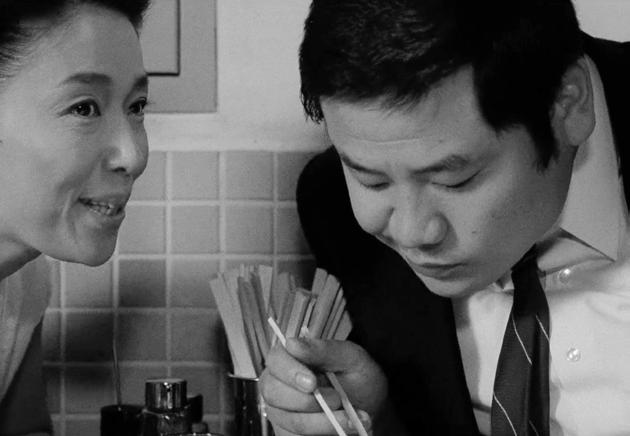
From Food and Travels: Asia by
127 07 TAMPOPO RECIPE COMFORT NOODLE SOUP
Alastair Hendy
KE HUY QUAN KE HUY QUAN WEARS ZEGNA OASI LINO SUMMER 24 THROUGHOUT INTERVIEW TOM HIDDLESTON PHOTOGRAPHY BUCK ELLISON STYLING JULIE VELUT

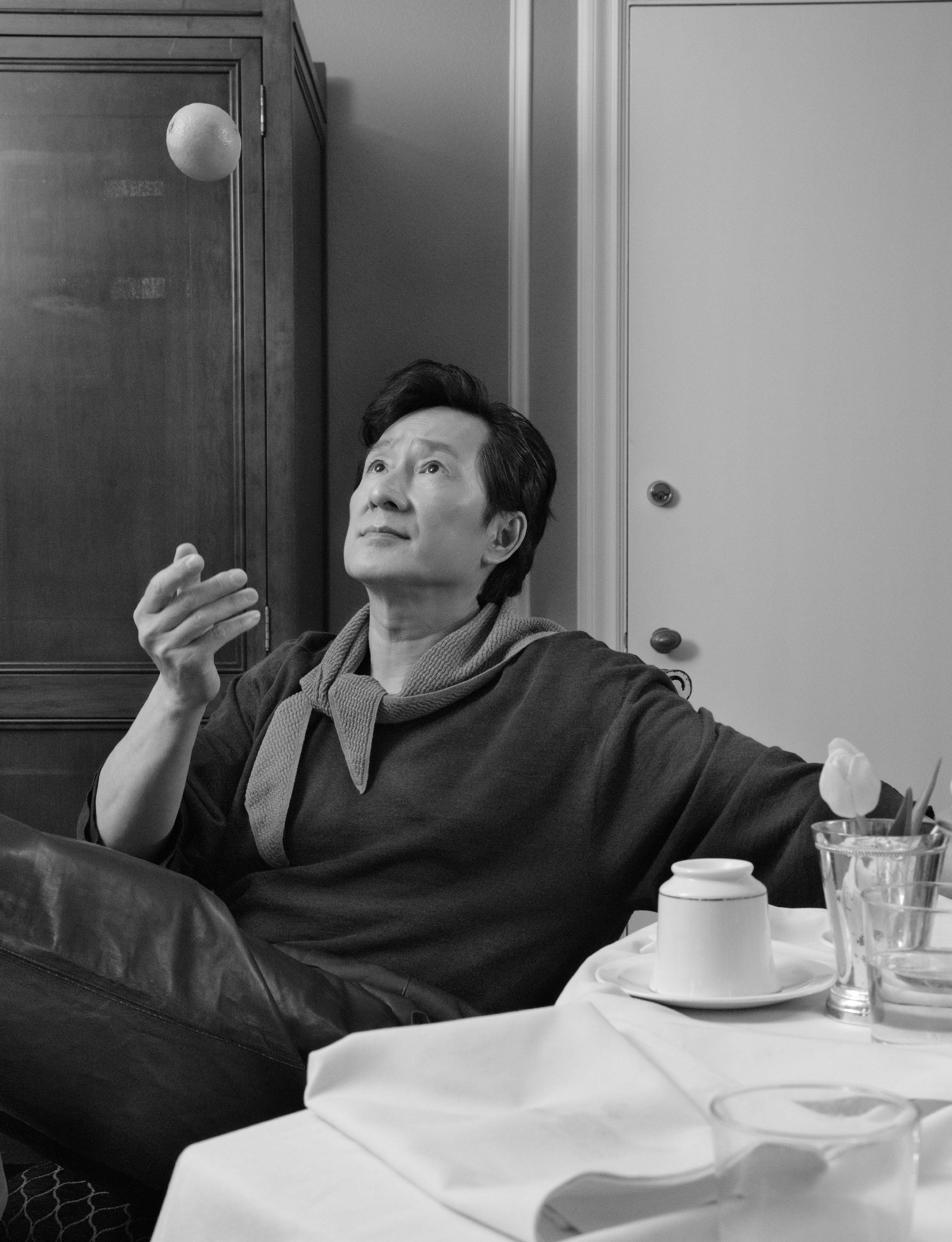
Beloved for his early roles in Indiana Jones and the Temple of Doom and The Goonies , Ke Huy Quan took decades away from acting, but his turn as Waymond in Everything Everywhere All at Once won him an Oscar as well as a new generation of fans. Catching up with friend and Loki co-star Tom Hiddleston, he talks about taking the good with the bad, patience, and trying to stay childish
TOM HIDDLESTON: Hey, man. How are you?
KE HUY QUAN: It’s so good to see you. First of all, Tom, thank you so much for doing this.
TH: Of course.
KHQ: I just love you so much.
TH: As soon as it came up, I was like, yes, I’m there.
I can’t imagine what it must be like in the front seat, but I feel like I’ve been sort of in the sidecar, or alongside you in this extraordinary, life-changing 16 months of your life. No, longer than that. Two years.
I remember when you arrived at Pinewood Studios in London in May of 2022, and Everything Everywhere All at Once had been really well received, but it was still gathering momentum – more and more momentum every week.
But then your own personal momentum just continued. It was like you were a rocket taking of into space. To be alongside, watching you, and being with you, and being able to be even the smallest part of that journey, has just been such a thrill for me, because you’re amazing
KHQ: Thank you. Tom, I remember our very first meeting. I was on a 10-hour flight from LA to London, had just wrapped a television series for Disney+ called American Born Chinese. I was literally on the flight the next day. I arrived, I walked into the ofce, and – you know, I’ve been a fan of yours for the longest time – and I remember immediately I just felt this incredible warmth from you. You gave me a big hug, and you were so welcoming and so generous and so kind.
TH: You didn’t know what was going on in my head when we first met. If I could go back in time and tap myself on the shoulder aged eight, on a rainy af ternoon in the late 80s, watching Indiana Jones and the Temple of Doom for the 57th time, and say, you’re gonna be working with him in, you know, 25, 30 years’ time – it just would blow my head of.
Last year the world came to understand your story and journey, in a very profound way. You gave one of the great speeches in the history of the Academy Awards, which was so sincere and so authentic. I wonder
what it was like being back there this year.
KHQ: I just still couldn’t believe it. They brought back five previous winners. I could not believe that I’m standing next to Tim Robbins and Christoph Waltz, Sam Rockwell and Mahershala Ali. I guess I have to remind myself that, Ke, you are also an Oscar winner, which is also incredible. Because I keep forgetting that.
TH: But they probably can’t believe they’re standing next to you!
KHQ: Oh, that’s very sweet. We had a really good time. I just realised that you can be really famous and really successful, but also you can also be humble and kind at the same time.
Honestly, Tom, when people are asking: “What was it like to work on Loki, to work with Tom Hiddleston?” It’s a masterclass. It was a masterclass for me to learn how to be a great actor, a great human being. That’s what you are, Tom. I treasure every moment that we share.
TH: I mean, that is very, very, very generous. If I’ve ever had any kind of ability to create an atmosphere there, I want people to feel the sky has no limit, in terms of our imagination and our commitment. Hopefully, that translates to the audience. But I think kindness is your particular superpower. I
131 KE HUY QUAN


132


133 KE HUY QUAN
think a kindness and humility, what you talked about, I mean, that’s what Waymond represented in Everything Everywhere All at Once.
I think of how long you have been doing this and how many diferent ways that you have touched this industry – what we do, an art, a craft, telling stories, making films, you have been doing this for, what is it, 40 years?
KHQ: Yeah, 40 years. I started in 1983.
TH: I mean, I’m calling you a veteran because I think you are one. You worked as an assistant, you worked as a stunt choreographer. You’ve been behind the camera, in front of the camera. How does it feel now to stand at this distance, in this position?
KHQ: Well, first of all, I never see myself as a veteran, even though I’ve been in this business for a long time. I always feel like I’m a kid. I was just 11 years old when I landed the role of Short Round. I really loved going to set, and never thought of it as a job, just enjoyed every minute. It was like a playground for me. It wasn’t something that I pursued. It just came to me.
Then as I got older, when I finally decide that this is what I wanted to do, ironically, those opportunities dried up. When I was a kid, I was doing movie after movie – I didn’t know how lucky I was until I decided that this is what I wanted to do. All of a sudden, I found myself with no career, and I was just in my early 20s. I decided to go to film school, because I didn’t want to leave this industry.
In retrospect, I wouldn’t change anything, because it made me a better person, I think. It made me treasure every opportunity that comes my way. And now when I walk on a set, I am filled with a sense of gratitude. And I feel very blessed to be able to do this.
TH: Let me tell you, your gratitude just pours out of you when you’re on set. That’s what I remember of you from Loki [season] 2, is you just radiate joy all the time! [laughs]
KHQ: I remember, every day, I didn’t walk onto the set, I hopped onto the set. Going into Loki, I knew how big that fan base is. It’s watched by so many people, and I felt very fortunate, very lucky to be a part of the family. That was really one of the best periods of my life.
I knew that these productions were going to be massive. It’s hundreds of people working on these Marvel shows. I was expecting a lot of green screens, blue screens – when you are part of this massive thing, one thing that really gets lost is the personal, between everyone. I was very surprised how intimate and personal the set of Loki was. I really felt like we were all there as a family. Everybody loved being on that set every single day.
Playing Ouroboros was incredible. I loved him when I read the script. He just jumped out at me. But also, I felt this huge responsibility, because this was the first time I didn’t have to audition for a role, it was given to me. I was really nervous because I didn’t know if my interpretation of this character was aligned
with everyone’s vision of him.
I didn’t quite know how to play him until I saw the Ouroboros set, and walking toward that stage I looked up and I saw the [stage] name ‘Roger Moore’. It was incredible. And then it just dawned on me that Ouroboros could be a variant of Data from The Goonies.
All of a sudden, I felt – oh my gosh, I know this character. But I had to travel 35 years back into the past to revisit what it was like to be Data.
TH: That’s such an interesting thing you’ve said about having to go back in time to rediscover something that you knew when you were a child. I think that’s what we do. I think a very unique aspect of our lives is reinvigorating that inner child. It’s keeping the limits of your imagination as wide and as broad, as rich as you can, because that’s the territory you’re playing in.
We’re just human beings, we’re out there together, trying to dream up good stories that are thrilling and dynamic and moving and profound, and we try to create an atmosphere that feels special and inspiring. But you need people like you on the team.
KHQ: It’s good to be part of the team.
TH: I know you say you don’t see yourself as a veteran. I don’t think anybody does. But you have so much experience with so many diferent aspects of the industry. Do people ask you for advice, and if they do, what do you say?
KHQ: I’m always very reluctant, but… I always say it’s so important to know what makes you happy and to go after it. It’s also equally important to remind yourself that you may not always feel good about what you do. Things can get hard, and they will. But let the disappointment motivate you.
Keep your dreams alive but at the same time, keep your dreams in perspective, and what I mean by that is to not necessarily change your end goal, but maybe adjust your expectations. You know, when the time calls for it.
For example, when I couldn’t get a job, I kind of shifted a little bit and I went to film school, and I started working behind the camera. I was actually very happy doing that. Now, if you would ask me, did I secretly dream of being an actor again, of course, all the time.
I just waited and bided my time – like my wife always tells me, you know, just don’t give up, one day your time will come, and that’s what happened. Much of what it means to have perseverance is to have patience. So be patient, and don’t give up. That would be my advice.
TH: Well, that’s what you represent in the world. I mean, you are the emblem of never give up.
Didn’t you say that in your acceptance speech at the Oscars? You said that Echo always said that one day your time will come.
I think it takes such courage to be an actor. You have to have the courage to commit to your imagination.
KHQ: I think courage is a big part, an incredibly big part.
TH: The courage to be patient, the courage to keep going, the courage to persevere, the courage not to give up. You have so much of it and have demonstrated so much of it.
KHQ: I look back to the year that I decided to be an actor again. It was a conversation that my wife and I had for, not one day, not one week, but the entire year. Like, it’s okay when you’re like 18 years old or 21. But when you’re 40, to get rejected, not knowing if this will ever work out – that scared me.
But I think what gave me courage was that I was afraid that I would have regrets later in life. To think, damn, why weren’t you brave enough to try this again. It really scared me. I’m so happy, so glad I did. It changed my life completely.
TH: You’re so right. It would have been tragic to look back and not to have taken a risk.
KHQ: When Everything Everywhere All at Once came, I was also ofered a TV show at the same time and, schedule-wise, they both conflicted. One was already greenlit and ready to go, a studio production. And then the other one was not greenlit, an independent movie from A24. Because I loved that script so much, I loved the character Waymond so much, I decided to pass on the TV show and just to take that huge risk.
TH: So let me ask you this. What was it? What was it that you knew that this was the right path?
KHQ: I always make my decision based on, am I going to be able to live with myself?
If I go down this road, whatever happens, because you don’t know – the other one was much more money, waaay more money. I asked myself, can I live with myself if I pass on Everything Everywhere and go take the TV show, and end up seeing somebody else play Waymond? And the answer was very loud and clear: no, I would regret it for the rest of my life.
What about you, how do you make your decision when you come to that fork in the road?
TH: I think it’s very similar. It has to be something that I feel compelled towards in the very core of myself; that the spark of inspiration is lit. Like it’s a curiosity I can’t stop thinking about. And I feel like I must do it.
You may have heard this before, but your great mentor Steven Spielberg once said, “the instinct doesn’t roar. It whispers.” When you have a big choice to make in your life, the challenge is to try to quieten the noise from outside. Something, some object seems more shiny or more attractive. To listen to an instinct – to try and hear the whisper. That’s the real challenge in life, I think.
KHQ: All of a sudden hearing you say that, the shiny stuf… I remember that great scene in Indy three [Indiana Jones and the Last
134
Crusade]. And Indy goes in and he has to choose which cup Christ drank from during the Last Supper. The camera pans and you see all these shiny cups made out of gold or fancy materials. And then he just chooses the simplest one. Then that ended up being, you know, a wise choice.
TH: Yeah, it comes back to humility, doesn’t it? Everyone can connect to that. Of course it was the humble, simple cup. It wasn’t the one with jewels and diamonds.
KHQ: That’s why I’m so grateful for everything that has happened to me all these years, not just the last couple of years, but the last few decades. Had things been really easy for me, I don’t think I would have been this person. A great life is a life full of ups and downs. And if you’re lucky, you get to experience everything – the great, the bad, you know, all of that. And I did. I’m very, very, very grateful for it.
TH: I once bought – from the sublime to the ridiculous – I once bought a card, for my mother on Mother’s Day, and there was a cartoon of a dog on a boat somewhere. And it said on the front: “He knows not where he’s going, for the ocean will decide. It’s not the destination, it’s the glory of the ride.” [laughs]
KHQ: [laughs] I love that. That’s awesome.
TH: I’ve never forgotten it. Made us both laugh. So, talking of the glory of the ride. We’ve got to talk about what’s next. Why are you in Canada?
KHQ: Well, I’m very excited because they just announced the release date of this movie that I’m doing called With Love. It’s for Universal Studios. It comes out 7th February, 2025. And currently I’m in Winnipeg, Canada. It’s a date movie for sure. Big action movie, but there’s a wonderful love story too. It’s kind of like a Valentine’s movie with big action pieces.
TH: How’s the training going?
KHQ: Training is really good. I’m not training to look like Brad Pitt or The Rock, it’s more about the endurance and the stamina, because I want to be able to do 98 per cent of all the fight sequences, except, you know, falling of buildings. But I’m trying. I’m aiming to do all of it myself. There’s some weight training, a lot of stretching so I don’t get hurt. All that knowledge that I gained working behind the camera, I am now putting to good use in front of the camera.
When the action team shows me a scene, I know what it takes and how to move to make it look good on screen. It’s all playing to the camera. That’s one of the tricks to doing a great action sequence. More importantly it’s the rhythm and pacing of it. It’s kind of like a dance. Like a ballet.
I can’t wait to step on set, it’s been a while.
TH: I think you’re leading the movie, am I right?
KHQ: Yes. First time! First time ever leading a movie in a major studio picture.
TH: That is a big moment.
KHQ: Yeah, it’s a big moment for me. And, you know, I remember when I–
TH: Number one on the call sheet!
KHQ: Even hearing you say that sounds surreal to me. Last year when I won the Oscar, I was doing one of the commercial breaks and I went up to Steven Spielberg, I gave him a big hug, because it meant so much to me that he was in the room too. He put his arms around me, and he says, “Ke, you are now an Oscar-winning actor.” I didn’t quite understand what that meant. It was not until a week later. I realised wow, winning an Oscar is a big deal. Because people then start calling – the phone starts ringing with all these amazing opportunities, and With Love is one of the first that came in.
I kid you not – I just got here to Canada two days ago and you are on my mind the entire time, and I’ll tell you why, because I remember working on Loki – I remember you were such a great leader.
You took extra steps to make sure that everybody was well taken care of, everybody felt comfortable and loved. Everything that you’ve done on Loki, I’m bringing that to the set of With Love. Being number one on the call sheet, there’s a responsibility that I put on myself to make sure that everybody feels valued. It doesn’t matter where you are on the call sheet. That’s how you make me feel – you made me feel like I was number one on the call sheet. And that’s how I want everyone to feel going into this production.
TH: But I think it’s kind of like a torch that you pass on. What is it... if you want to go fast, go alone, if you want to go far, go together.
And it’s just more fun isn’t it. More fun when you’re a team.
KHQ: Yeah, I remember you were the first one on set and the last one to leave and this is what I plan to do too. I learned a great deal from you, Tom. Really.
TH: Oh, you’re very kind. You’re very kind. You just want to make the most of it while you’re there – my least favourite thing to hear on a set is “let’s fix it in post”. I’m like, let’s fix it now! We’re all here! So that’s why I love being on set all the time and being there early, we’re here and we’re only here today. We won’t be coming back and there’s a magic to that. You want to capture it like lightning in a bottle, or in a camera.
I was going to ask you a fun question, which is when people stop you in the street or in, you know, the supermarket, as I’m sure they do. Is it like, “Oh my God, Data”? Is it, “Oh my goodness, Short Round”? Is it, “Oh wow, Waymond and Everything Everywhere”? Is it, “Oh my goodness, Ouroboros”? Or is it, “Oh my, Ke Huy Quan”?
KHQ: You know, for many, many, many years, I was always approached, and like, “Hey, you’re the kid from Indiana Jones. Or are you that kid from The Goonies?”
I feel so honoured to be a part of those two amazing and beloved movies. But there was a part of me that… I wished people would recognise me as something that I have done as an adult. I’ve done a lot of comic-cons where I’m still signing autographs with pictures of me as a kid. Like, I wish there’s something that I could do as an adult that people would recognise me for. And finally, when Everything Everywhere came out, they recognised me for that.
Ironically, a lot of people my age would say “I grew up watching you in Indiana Jones and The Goonies.” Now a lot of college students say, “You were great as Ouroboros in Loki We love you in Everything Everywhere All at Once.” Ever since I won the Oscar, I go out, people say, “You’re Ke. You’re Ke Huy Quan.” They recognise me with my name now.
TH: That must feel very special.
KHQ: You know what’s a very humbling encounter? I just had it recently. I was going through customs. I was going through security check. And the guy looks up, sees me and says, “Are you an actor?” And I smile and say, “Yes, I am.” “You’re Jackie Chan!” And I go, “No, I’m not Jackie Chan, but I am an actor.” “No, you are Jackie Chan, I know!” So that was a very humbling experience.
What I still don’t get used to is like, when I go to these events like the Oscars, to be in that room with all those famous and successful and talented people. I’m just like a kid running around telling them how much I love them. And then they say, “Ke, oh my gosh, you know, I’m a big fan,” like that meant the world to me. It still surprises me that people know who I am.
TH: But they really do, my friend. They know who you are, and they will continue to know for a long time hence. So yeah, it might be something to get used to. I think people will be saying your name for a while.
You may have answered my last question, which is, what is your idea of appiness?
KHQ: I’m very happy now. Ever since I stepped in front of the camera again. Every single day I wake up with a big smile on my face. And this is before the Oscar. Just being so blessed with a second opportunity to get to do this again. The best thing is to be able to do something you love, something that you’re very passionate about. I’ve always been very passionate about acting. So, to be able to do this again after more than two decades puts me in a really happy place. I’ve been happy ever since.
TH: Ke, you are an inspiration to so many. You are admired by so many, and you are loved by so many. Let’s leave it there.
KHQ: Thank you, Tom. Thank you. I love you so much!
TH: Love you brother.
135 KE HUY QUAN

136
PRODUCTION: CXA DIGITAL TECH: CLAY RASMUSSEN
GROOMING: ANISSA SALAZAR



UNEXPECTED HARMONIES
Ollie Dabbous’ particular plating at Hide
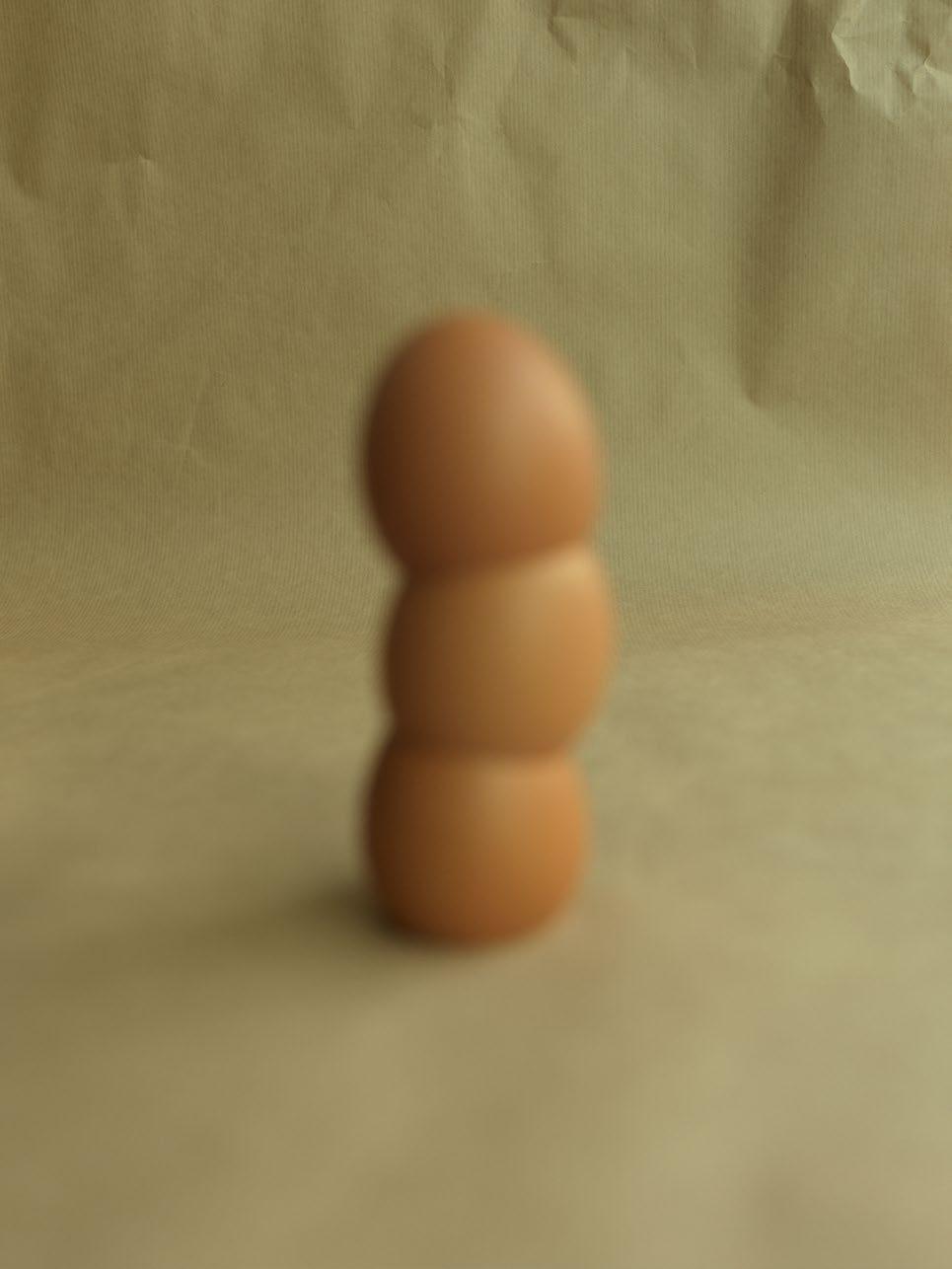
138



Words Hannah Williams Photography Dham Srifuengfung
139 UNEXPECTED HARMONIES

140
WHEN I ARRIVE at the Michelin-starred Hide on a Wednesday in the middle of February, the sky is grey, swollen with clouds, dreary in the way every day in London seems to be at this time of year. Inside, however, it feels as if spring is coming – fresh, bright, vernal, all light-coloured wood and smooth, sinuous concrete. The star is the beautiful, enormous staircase, endlessly photographed, part sculpture, part function and part organic, living thing. It mirrors the view out of the floor-to-ceiling windows over to Green Park, where treetops are feathered with green buds and grass bursts verdant from the mud – an outside come inside.
For Hide’s co-founder and executive chef Ollie Dabbous, this approach was a conscious rejection of the “explicit opulence” on ofer in Mayfair. “There’s nothing shiny in this entire building, aside from the glassware. Everything is matte or natural – wood, concrete, all the metal is burnished or brushed.” Design touches, such as the cork on the walls, are incorporated as much for their practicality and sustainability as for their aesthetic value.
After cutting his teeth at some of the world’s most esteemed fine-dining restaurants, including Le Manoir aux Quat’Saisons and Mugaritz, Dabbous opened his own restaurant, the eponymous Dabbous, as well as sister establishments, Henrietta and Barnyard. The chef has always been acutely aware of the relationship between design and atmosphere, of how seemingly minor details can indelibly inform experience. Barnyard, for instance, was a dive bar that served chicken wings, soft serve and beer shandies – “a Little House on the Prairie meets Kings of Leon kinda feel”. Dabbous was in search of a new challenge when Hedonism Wines owner Yevgeny Chichvarkin ofered him the 14,000 square-foot Hide premises – and the chance to create the entire restaurant from scratch. “With the name ‘Hide’, I wanted a sense of cossetting, nurturing… a little window of homeliness and luxury in an otherwise busy city,” he says. Every single detail has been considered, from the triple-glazed windows to the phone-charging pebbles hidden in table drawers to the powder-spray finish on the ceiling.
The chef’s vision is holistic, a marriage of food, design and plating. One signature dish, aptly named the Nest Egg, involves egg, smoked butter and mushroom, and arrives in its shell, served on a bed of hay. The eggshell motif recurs throughout Hide; in the domed, cracked lampshades that hang above the tables, their interiors lined with bronze, or in the pleasingly jagged, off-white ceramic bowls used to serve dessert. You get the sense that plating, at Hide, is as much part of the meal as the food – a single ceramic bone paired with a feather, a textured, cast-iron mini cocotte alongside wide stretches of unblemished porcelain. Dabbous sources the tableware from the US, Belgium, France and the UK – some of his suppliers, such as Turning Earth and AR Ceramics, are only a stone’s throw from the restaurant. It’s all about interactions, unexpected harmonies, about subverting our expectations of the Mayfair f ine-dining scene. After all, as Dabbous laughs: “I think if you just have white china, it can get a little American Psycho.”
141 UNEXPECTED HARMONIES

R AY
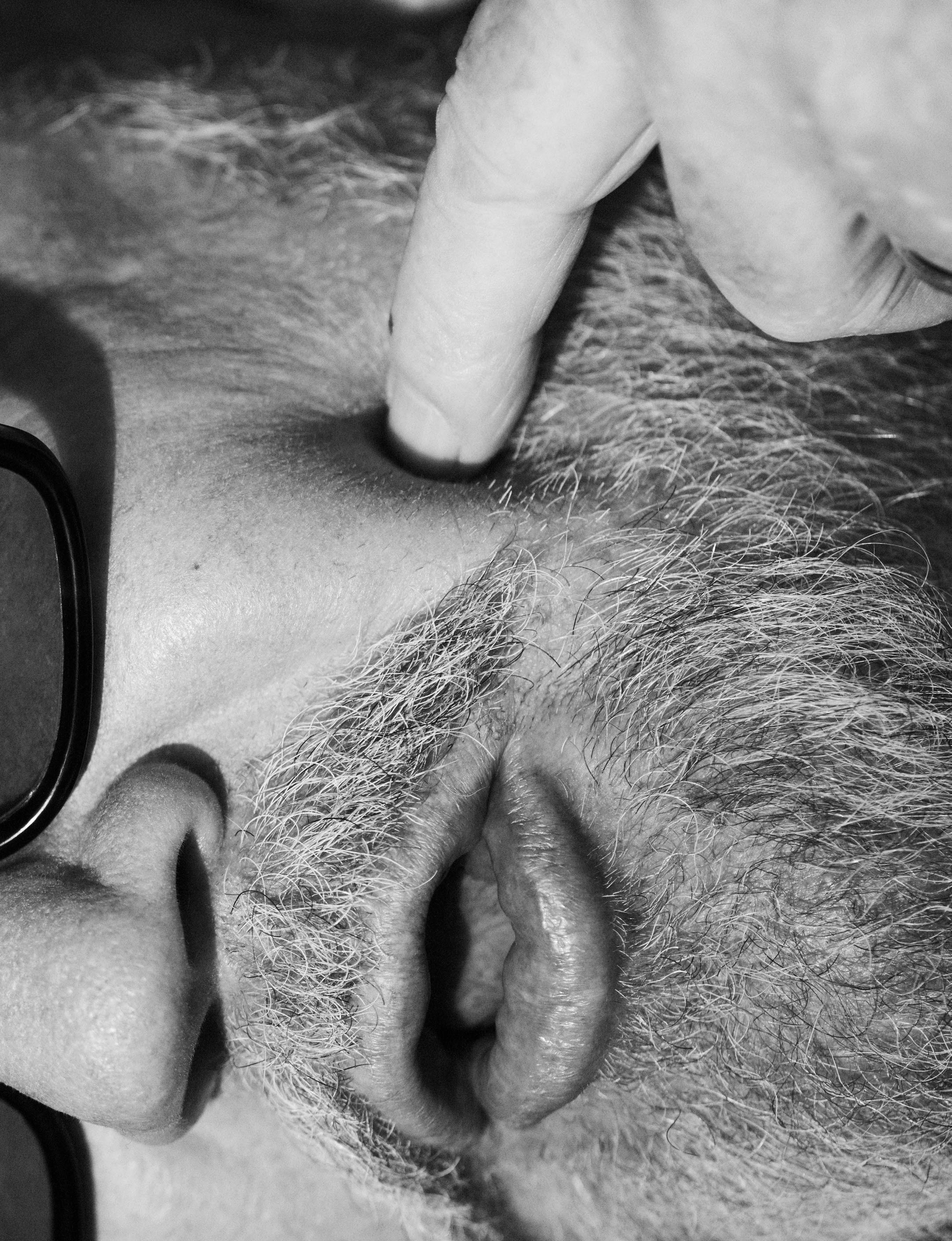

INTERVIEW: DAN CROWE
PHOTOGRAPHY: TEX BISHOP
STYLING: MOLLIE FRENCH
CLOTHING THROUGHOUT BY MR PORTER
RAY WINSTONE MIGHT be familiar for any number of reasons – it could be his early role in Scum, produced for the BBC but deemed too violent to be broadcast, or in his Oscar-winning turn in Nil by Mouth for which he won the Best Actor BAFTA. Over the five decades of his career, Winstone has proved equally at home voicing animated animals in family films as he has playing dark, near-irredeemable criminals. After taking us to E Pellicci’s, his favourite spot, the east London legend sat down with Port’s Dan Crowe, as well as old friends and industry veterans John Dodds and Michael Stevenson, for a chat.
Dan Crowe: E Pellicci’s, the café we shot you at, you have been going there for years?
Ray Winstone: It all started when I went to the Repton boxing club to box, just of Bethnal Green Road. I was 11. We’d be in the gym and then you’d go there after for a cup of tea and a bacon roll with the boys. The wonderful thing about the place is it’s all walks of life, and the same family have run it for years.
John Dodds: What does it mean to you?
It means the past, it’s memories. It’s being a 13-year-old kid, having a cup of tea and a bacon roll, which we liked, and it’s that kind of thing of… I’ve experienced it once on the other level. Peter Smith used to have a bar in Knightsbridge where you’d have people that worked in the stores, you’d have racing car drivers, MPs, models, you had every kind of walk of life in the bar. That’s the posh version, and it was fucking great because you’d have lobster and chips and all that kind of stuf Don’t get me wrong, I’m from the East End,
but I’m a bit partial to a bit of lobster now and then... On the other side of London, Pellicci’s has got the same vibe. You’d have fucking film people, you’d have stall holders, you’ll have people from sports and all that. And they’re all talking about the same thing. They’re all conversing about the politics of the day or what was on telly last tonight, or did you see the game? Did you see the sports event? Did you see the goal? And there’s people from all walks of life talking about the same thing. God, if only Parliament was like that.
DC: Do you f ind that you’re drawn to certain characters now?
I’ve just finished a film called A Bit of Light, where I play a father of a girl who has alcoholic problems. It’s about a man who doesn’t show his anger, doesn’t show his problems. He wants to talk but doesn’t always know how to talk. It’s quite a diferent concept for me, character-wise. I want to be confused when I watch a film. I want to ask questions. I don’t want to just sit there and have it spelt out for me.
DC: What’s the most fun you’ve ever had on set?
Oh, making the movie Tracker was fun. That was in New Zealand with me old mate Ian Sharp. New Zealand is amazing – you get a little feeling when you’re up on a glacier. I’m not a religious man, but when you’re there you feel you’re the nearest you’re ever going to be to God. That was fun.
DC: What have you just finished?
I’ve just completed Damsel, with Millie Bobby Brown, a terrific actress. I’ve got Angela Bas-
sett playing my wife, for God’s sake! Robin Wright’s in it. There’s little Brooke [Carter]. When I sat down at the table they said, “let’s talk this through!” It’s a great feeling when you feel you’re part of creating something. When a director sits with you and allows you to have your say.
Michael Stevenson: How did you find working with Steven Spielberg?
Absolutely magnificent. Because you feel part of the process of making a film with Steven, and he gives everyone that feeling on the crew, the lot. He enjoys showing you what he’s doing. He enjoys telling you what the shot is. When we were making Indiana Jones, the camera always moves to the right, because he’s moving you onto the next scene. And you understand that. He takes great pleasure in listening to what you have to bring to the table. One of my favourites, to be honest with you.
MS: Is there anybody that you haven’t worked with that you would love to work with?
Yeah, Ridley Scott. What a filmmaker. Never happened for whatever reasons. He might not like what I do or whatever. But I admire him as a filmmaker. I really do. I don’t really know him – I’ve said hello to him.
DC: Is there a trait that you’ve worked on to get out of your system; or do you have aspects of yourself that you consider to be ugly that you need to work on?
That’s a good question. I think the one thing that I really had to get over was an inverted snobbery. Being a working-class boy, you’re thinking, you know, people think you shouldn’t
145

be in this industry. That was my problem. That was nobody else’s problem.
DC: Do you think of yourself as having a sort of big break moment?
Absolutely: Scum. It was an accident. I mean, it was written for a Glaswegian. For the casting, I was the last person in the room and wasn’t even supposed to be there. I’d been expelled that day from acting college and my mates were going up for it. I said, “I’ll come with you and have a beer after.” I was talking to the receptionist, this girl, a beautiful girl and all. She said, why don’t you go in and meet Alan Clarke? He’s a lovely man. We didn’t talk about the part. Just had a chat and a laugh. Because I was the last one, he saw me out and he watched me walk down the corridor. And because I was a boxer, I had this kind of bowl and stride. And I got the lead part. I got the part not on anything that I had done as an actor, because I’d never done anything.
DC: So you didn’t read for him? No, I got the part because of the way I walked down the corridor.
DC: You’re very true to yourself. It sounds like, in a way, you weren’t trying to force yourself into an acting space. I think that was part of the inverted snobbery, in a way, because I just felt I didn’t fit. I was like a square going into a round circle.
DC: But did that feeling leave after doing it? No, it was many, many years I had that chip. And maybe that’s what drove me on in a way, you know, that kind of thing of thinking, fuck you!
MS: Did you enjoy working in the theatre as well as films?
I worked in small theatre, and I don’t mean that as in small in the way of the importance of it, like The King’s Head in Islington, the Royal Court Upstairs, the Cottesloe [now the Dorfman], the Red Lion in Islington, and what that is, well, it’s like cinema. I learnt so much doing that because the audience is there. You experiment. I’ve done things that the fucking director went mad at, and there’d be people laying there, I’d be lying on the bed, and I’d put my hand on someone’s lap and you’d feel the
whole audience going, “Woo!” ‘Cause we’re all touching one another. And he’d say, “You can’t do that!” I love it.
JD: It’s interesting, isn’t it? I was at The Orange Tree in Richmond, I went to see a tiny thing with Ben Whishaw, a talk about himself, but as a drama, in that little place. He’d never done it before. And he said the same thing. He said it’s like being in a movie. He’s very un-showbizzy, and he was amazing.
DC: What’s your idea of perfect happiness? Coming home, and your kids are in a row with one another for at least three days. And they’re all kind of lovey-dovey. You worry, “When’s the storm gonna start? When’s it coming?” But it’s not. To me, perfect happiness is when they’re all loving one another, and the world seems happy. That, to me, is what you look for, and that’s all you need.
DC: Favourite meal?
Lunch. Rib of beef. Roast potatoes, yorkshire, gravy, carrots and honey. I like sushi and sashimi too. GROOMING: CIONA JOHNSON
146
SPECIAL THANKS TO ONE HUNDRED SHOREDITCH
-KING
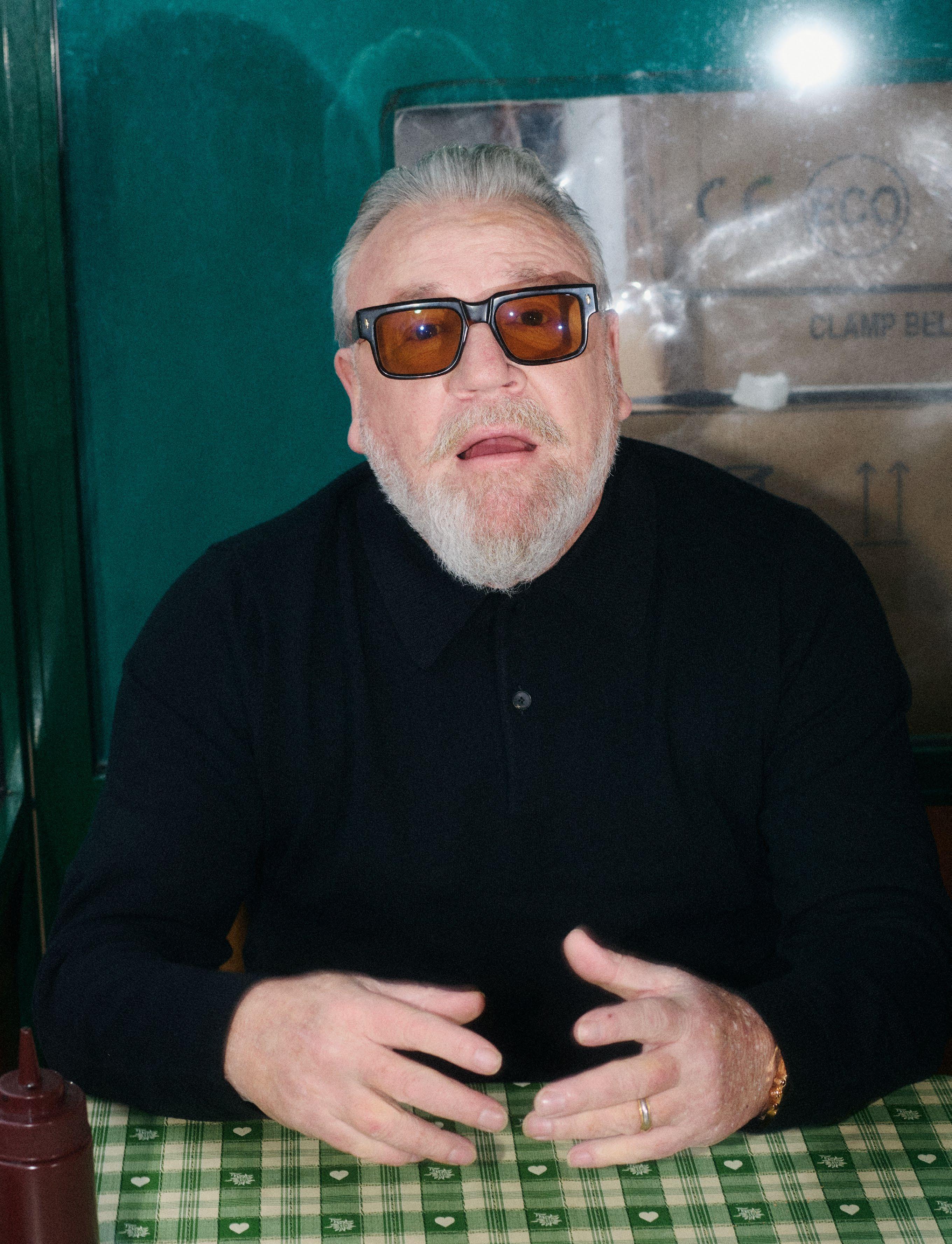
Faithfulnewadditions to theCocoC rush
PhotographyStanislasMotz-Neidhart DETAILTHATSHAPES
Words FedoraAbu
i n e
l


IT ALWAYS GOES back to Gabrielle.
The notes of a fragrance. The shades of an eyeshadow quad. The way a tweed jacket falls. Look closely enough and you’ll notice how each Chanel creation bears some reference to its founder’s incredible life story, her deliciously witty maxims on style, her trailblazing work. Heritage is sacred at Chanel, and for those in its jewellery atelier, being able to tap into such an extensive library of inspirations has inspired the confidence to not only rework Mademoiselle Chanel’s own jewellery designs but also dream up modern-day icons that still speak to the maison’s history. It’s this spirit that gave life to Coco Crush, a pared-back line of fine jewellery first launched in 2015 that embodies Chanel’s codes of refinement and artisanry – and pays homage to one of her most emblematic handbags.
Chanel’s relationship with jewellery dates back to the 1920s, when its founder first helped make costume jewels chic among high-society women, firmly believing that they should be worn alongside one’s more precious gems to lend them an efortless feel. Then in 1932, upon the invitation of the London Diamond Corporation, Chanel presented ‘Bijoux de Diamants’, which showcased celestial-themed necklaces, bracelets, brooches, rings, headpieces and more, cast in platinum and gold, and adorned with white and yellow diamonds. At the time, it was considered a bold move for a couturier to wade into the rarefied world of fine jewellery – although Chanel was famously never afraid of firsts.
Though Bijoux de Diamants would be the last haute jewellery collection designed by Chanel herself, she continued to showcase her
deep respect for the artform by collaborating on costume pieces with jewellers from around the world: Fulco di Verdura in the 1930s, who helped to create those first Maltese Cross enamel cuf bracelets; goldsmith Robert Goossens in the 1950s, who crafted pieces inspired by the Baroque period and ancient civilisations. It was under her successor, Karl Lagerfeld, that fine jewellery was eventually revived in the early 1990s and would become an integral facet of the brand.
Today, it’s Patrice Leguéreau, formerly of Cartier and Van Cleef, who oversees Chanel’s Fine Jewellery Creative Studio at 18 Place Vendôme (the same square that houses Chanel’s old apartment at the Ritz and which is believed to have inspired the Chanel N°5 bottle). Here, an intimate understanding of and reverence for the history of the house has given
DETAIL THAT SHAPES 150

rise to designs such as the diamond-studded N°5 necklaces and rings inspired by Gabrielle Chanel’s beloved camelias, as well as more opulent, lavishly encrusted creations for the maison’s most discerning clients. It’s under Leguéreau’s direction that the first Coco Crush collection was conceived – a youthful edit of streamlined gold pieces that were elevated enough to feel like precious keepsakes but equally laidback enough to form part of an everyday wardrobe. Most notably, they bore a defining criss-cross design that channelled the iconic matelassé 2.55 handbag that Chanel herself had created.
Though minimal in construction, the quilted motif and curved edges lend the Coco Crush its distinct charm. And behind those details is a level of craftsmanship that shapes all things Chanel. (The house prides itself
on ‘savoir faire’ and is a fierce protector of its artisan partners.) Each piece is struck from 18-carat gold, before those matelassé-inspired incisions are carefully engraved and, where desired, studded with brilliant-cut diamonds for maximum sparkle. And in keeping with the maison’s utmost attention to detail (Chanel herself was known as an obsessive perfectionist), every piece is finished with hand-polishing.
The Coco Crush blueprint is echoed across rings, necklaces and earrings, but it’s undoubtedly the bracelets that are the highlight of the line. For the latest collection, these are reimagined in ‘miniature’ form for a more delicate efect. At its most simple, the new Coco Crush bracelet arrives in 18-carat beige gold, white gold and yellow gold, gleaming even without added embellishment. At its most dazzling, it
comes encrusted with 341 diamonds, or over four carats worth. Each piece also includes the invisible Coco Twist clasp, a patent-pending feature that rotates to open and close, all in a single, satisfyingly smooth movement.
Though every Coco Crush bracelet is a work of exquisite jewellery-making in its own right, it’s when stacked that their magic is truly unlocked. And at Chanel’s suggestion, the old rules need not apply here: layer white gold with yellow and pair pieces of difering weights, with and without diamonds, for day, for night, but always with an air of insouciance. You can be confident it’s the way it would have been worn by Gabrielle herself.
All jewellery COCO CRUSH mini bracelets by CHANEL Fine Jewellery. Photographed at La Mediterranee www.la-mediterranee.com
151

L
L
V E L U T
FABRIC INSTINCT W O R D S J E N N A M A H A L E P H O T O G R A P H Y J E N N A S A R A C O S T Y
I N G J U
I E




OPENING SPREAD: DRESS MICHELLE DEL RIO BRACELET CELINE BRETON SHOES AND SOCKS STYLIST’S OWN
TOP LEFT: TOP AND HAIR CLIPS MARIBAUDI SKIRT AND JEANS STYLIST’S OWN
TOP RIGHT: TOP CELINE BRETON BELTS AND CERAMIC ANKLET MARIBAUDI JEANS AND SHOES STYLIST’S OWN
BOTTOM LEFT: BELT MICHELLE DEL RIO JEANS STYLIST’S OWN
BOTTOM RIGHT: TOP AND JEANS MARIBAUDI
154




155
TOP LEFT: DRESS MICHELLE DEL RIO
TOP RIGHT: DRESS AND BELT MARIBAUDI
BOTTOM LEFT: TOP MICHELLE DEL RIO TIGHTS STYLIST’S OWN
BOTTOM RIGHT: TOP MARIBAUDI SKIRT CELINE BRETON JEANS STYLIST’S OWN



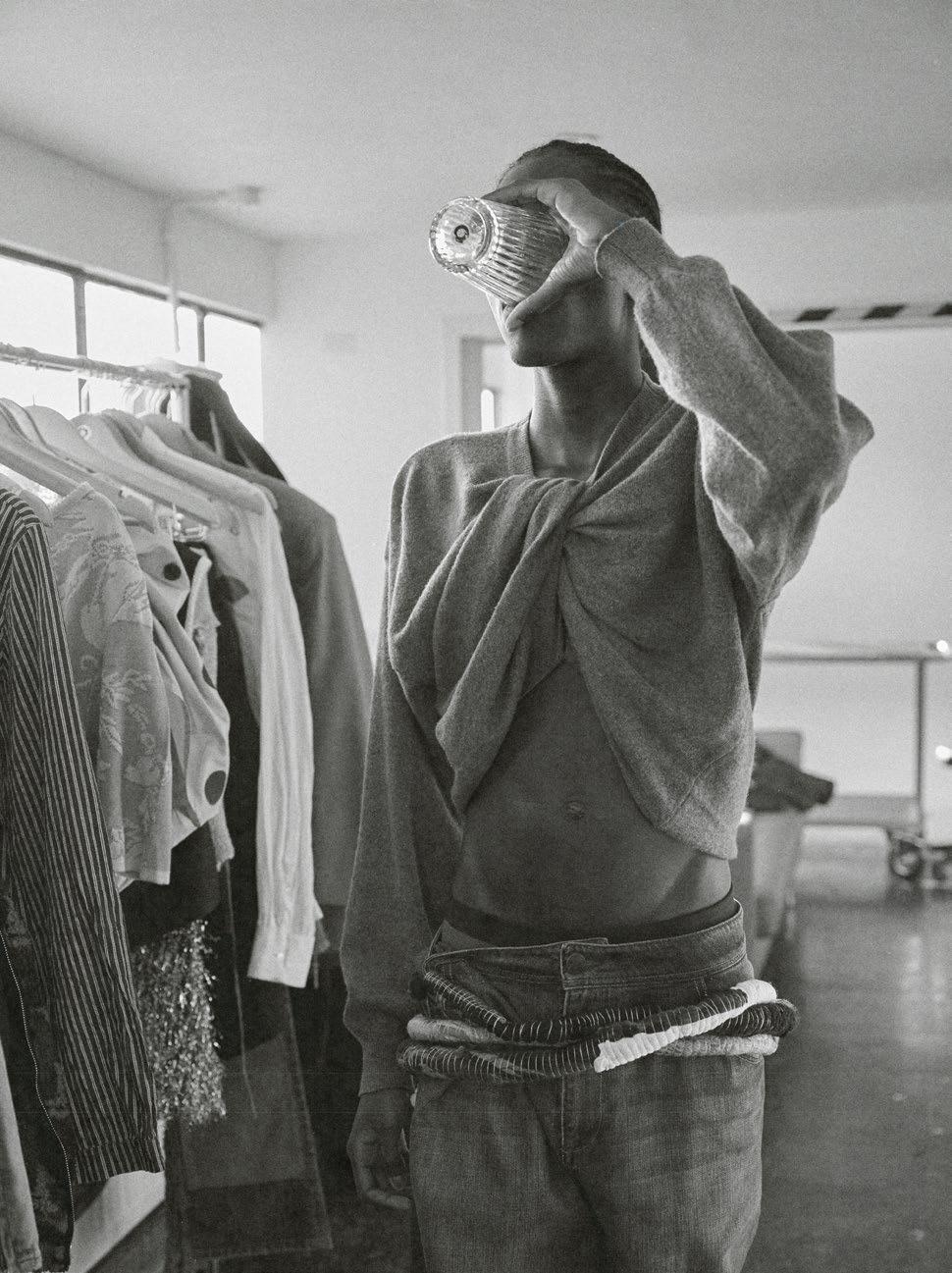
156
TOP LEFT: BELT MICHELLE DEL RIO JEANS STYLIST’S OWN
TOP RIGHT: DRESS MICHELLE DEL RIO BOTTOM LEFT: BELTS MARIBAUDI TOP CELINE BRETON BOTTOM RIGHT: TOP AND JEANS MARIBAUDI



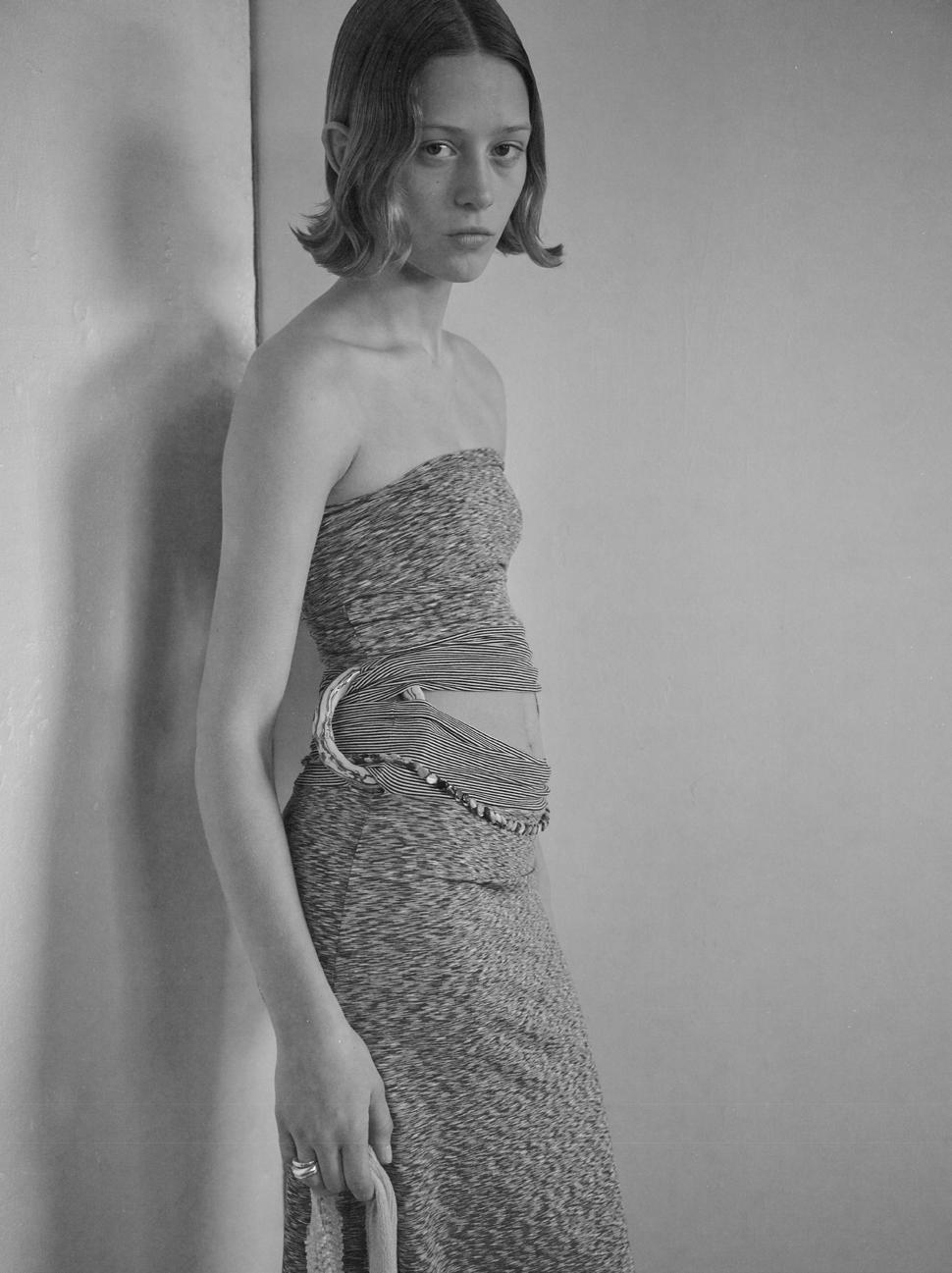
157
TOP LEFT: DRESS AND BELT MARIBAUDI
TOP RIGHT: BELT MICHELLE DEL RIO JEANS STYLIST’S OWN BOTTOM LEFT: TOP MARIBAUDI JEANS AND SKIRT STYLIST’S OWN BOTTOM RIGHT: DRESS AND BELT MARIBAUDI
IN MURCIA, SPAIN, somewhere between 80 and 60 years ago, Mar Ribaudí’s grandfather needed a new pair of shoes. “His family was super poor,” the designer and eponymous founder of Maribaudi tells me, calling over the internet from her Barcelona studio. “He had to learn to make esparto shoes in order to have shoes,” she says, “which is crazy to me!”
Growing up, Ribaudí would often watch her grandfather shaping and weaving the grey-green esparto fibre, “and I wanted to learn, so he taught me”. Esparto grass and its derivatives are commonly used materials in southern Spain due to their strength and flexibility, making sandals, baskets, mats and more. “I have a hard time saying I’m a brand because for me [what I make] are art pieces. Everything has research and a strong meaning and concept behind it.” A few weeks ago, she finished crafting a pair of thonged esparto shoes, the thick woven grass sole resting on a peach-toned layer of leather atop a short, stacked heel.
“I like to approach things in a deeply personal, sustainable way. It makes it hard to be commercial, or doable, even. But I like to use unconventional materials,” she explains, naming ceramic, wood, leather and thread as those within her current repertoire. “I like to make functional clothes too, but I really value experimentation and novelty.” Many of her materials “are just the things I find, from living my life, travelling, or things someone gives to me. Then I edit them in some way and make something new.”
I ask about how an ongoing series, titled ‘Dirty Buttons’, came to be. As it happens, Ribaudí was sourcing materials near where she lives in Igualada. “They let me go into a storeroom where they had all these buttons and zippers and things. That’s where I found all these antique buttons that had been used for a collection maybe 20 years ago. So I called the series ‘Dirty Buttons’ because that’s how I found them. And I just wanted to use them –buttons are so beautiful! They’re usually used as a functional thing but they’re also just a great embellishment.”
Ribaudi’s emphasis on “creating things rather than selling [them]” is shared by French designer Céline Breton, who is equally hesitant to classify her work as that of a fashion brand. Instead, it is a “knitting investigation”, her primary interaction with labels (like the Barcelonian Paloma Wool, the London-based Yuzefi, or NYC’s Interior) being as a freelance consultant. “I call it an investigation because it’s more than just experimentation for me. I’m trying to change our conception of knitwear – it’s seen as this boring thing. That’s absolutely not the case in my opinion, because there are so many possibilities with it. There are so many material fibres you can use in knitwear that you’re not really supposed to, but that’s what makes it interesting.”
Breton, who has lived in Paris for the past year and a half, is only a little jaded about the current state of afairs in the scene. “I think it’s always very confusing for anyone who’s living in Paris: you hate it and you love it. I’m always struggling with fashion a bit. It’s the same as with Paris: I love and I hate it. But fashion for me is mostly a way to create a new philosophy, or a new way of being yourself.” While she began working in “a more fashion-y field”, she quickly moved into textiles, and was always more interested in “the texture rather than the shape” and “how the fabric interacts with the body”. With a note of mischief, she adds, “I love taking a really stretchy fibre like elastic and mixing it with something really rigid like rafa or nylon.”
What’s important to Breton – who primarily works with deadstock yarn sourced from Italy – is to be “surprised by the fabric, and what’s going on with the machine”. “I try not to be too one track-minded about what I want to do. I’m working in a really naive, sensitive way,” she says, “it’s all exploring and reacting depending on the results. I’m not really thinking about the market.” Perhaps it is wisest to embark on sartorial ventures in this manner, with the scorched earth of a briefly-functional economy kept firmly in hindsight. For California-born designer Michelle Del Rio, even the most cursory interactions with commercial fashion can prove toxic. “I don’t look at what’s trending or on the runway because I don’t want to populate my mind with
these things. There is this constant newness, and that’s not fashion to me, because [fashion is] something that has longevity. Something that’s well-made and takes time to make.”
Del Rio is currently based in Ireland, in the middle of a cross-continental move from New York to Paris. Though she’d felt a desire to make clothes for as long as she can remember, she says, “I only learned how to sew four years ago.” Del Rio began her career working at an AllSaints store. This was where she encountered local fashion students: people who “knew what Celine was and who Phoebe Philo is! I had no idea; I was like 21 and I didn’t grow up in that world. But it inspired me to do more research and go back to school to do a fashion degree. Other than that, I’m pretty much self-taught. I don’t have a background in advanced pattern making or anything.”
She confesses: “I’m not really that invested in the world of fashion at all – I just like to make clothes. I don’t understand how other independent designers can make 10- or 12-piece collections every six months. That’s so much money. I’m a self-funded brand, so it might be diferent for others, and not to disrespect anyone, but I just feel like that’s such a waste of clothes. It just seems like too much.”
Drawing on her heritage in Colombia, Mexico, and Spain, Del Rio’s work begins with cultural references: “Right now, it’s Wayuu pom-poms, but I’m still very into tassels. There’s this fringe cape you see in Spain right now, and you wrap it around with the fringe coming out – it’s also very prominent in Mexico and Colombia. So I’m looking at a lot of capes and hoods, like the kind my grandmother would wear to church to cover her head.”
Often, music will provide the greatest inspiration. “Tango, bolero, flamenco, bulerías: I listen to that and I can automatically see garments,” she says. “I don’t sketch. I listen to music and I just drape. Fabric comes later. It’s always shape first, and movement.” There are numerous lessons to take away from the new vanguard of slow fashion designers – about couched expectations, creative audacity, and working at pace – but perhaps this is the most important: Don’t overthink it.
HAIR: LACHLAN MACKIE
CASTING: NICO CARMANDAYE
MODELS: DENZEL LARYEA AT THE SQUAD
CONSTANCE AT MODELS
1 158

159
TOP MICHELLE DEL RIO SKIRT CELINE BRETON CERAMIC RING ANKLET MARIBAUDI TIGHT AND SHOES STYLIST’S OWN

160 NEVER BREAD AND BUTTER

NEVER BREAD AND BUTTER
Catching up with Joké Bakare of Chishuru
Interview Jeremy Lee
ADEJOKÉ ( JOKÉ) BAKARE had been serving her modern take on West African food at supper clubs for some time when her f irst pop-up restaurant, Chishuru, came about, through a competition in 2019. That site became permanent after a glowing review, and when it closed in 2022, Bakare took the kitchen on the road, popping up in icons like Quality Wines and 180 The Strand, before Chishuru found a new home in Fitzrovia last September. Earlier this year, she made history as the UK’s first Black female chef to be awarded a Michelin star
Dear Joké, it was such a pleasure cooking with you at Quo Vadis a few years ago, and we have always admired your cooking hugely, but you have had huge and very exciting developments since then. Riding on the crest of your incredible success and many plaudits, how do you see Chishuru progressing in the next few years?
By the time this issue of the magazine is out, we’ll have just increased the complexity of the menu to ofer more dishes and a wider range of meat and fish. So that’s my short-term target for progress, getting all that nailed down.
When Chishuru started, it was just me in the kitchen; now we’re a team, made up of chefs with a range of diferent backgrounds, and the menu will reflect that more and more. We will continue to tell the authentic story of West African food, and we won’t try to be what we’re not! We had a negative review just today, complaining that we didn’t serve bread; I’m happy to confirm we will never have a starter course comprising bread and butter.
You are at the forefront of the pioneering food culture of the West African diaspora in Britain, which is now getting the attention it has so long deserved. What would you say defines your food? What is diferent about your cooking that has brought it to such prominence?
I’m taking the food of my heritage, the food I remember my grandmother cooking for me, and giving it a contemporary London twist. I don’t like it when people suggest I’ve “elevated” the food; it
doesn’t need elevating. We’re ofering dishes with authentic ingredients and flavours but contemporary plating. We don’t call ourselves a fine dining restaurant – my aim with Chishuru has always been for it to be homely.
People usually bracket us with Ikoyi and Akoko. But now Ikoyi really only has one eye on West African food – it’s more usually described as “creative”. And Akoko is a fine dining restaurant, where you can see the influence of the French tradition in their menus. So, I guess Chishuru stands apart from those two in many ways.
A lot of cooks are now judged as much based on their list of producers as the dishes on their menu. You have been integral in opening the eyes and tastebuds of a British audience to new pastures, so I would love to know how you go about sourcing your wonderful ingredients.
We use mainstream suppliers like HG Walter for meat and Oui Chef for fruit and veg. But I have to go further afield for other things. Normal restaurant grocers can’t get hold of plantain that’s good enough, so I have an ‘uncle’ who drives up boxes of them from Brixton a couple of times a week for me. I go to some of the specialist shops in Dagenham for certain ingredients, and for other things – like yaji, a spice blend for grilled meats – I have someone in Nigeria who makes it to my specification (they’ve been making yaji for my family for decades).
As a nosy cook, can I ask what cooks and books inspire you? And what pans you cook in?
I own hundreds of cookbooks; it’s an addiction! My business partner Matt never stops teasing me about how many I buy. The two most recent purchases that I’m loving are Phil Howard’s recipe book of The Square, and Manoella Bufara’s cookbook from her restaurant Manu, in Curitiba, Brazil.
I’m not a disciple of any particular pan brand. One type that I rely on is a Dutch æbleskiver – it’s a pan for pancakes (of course) and it’s the perfect size for cooking sinasir, the fermented rice pancake which we serve as a starter at lunch.
161
PHOTOGRAPHY: ADAMA JALLOH
162
I’m just fe el ing w ho I a m”
Cox I c an be
“Finally
Brian
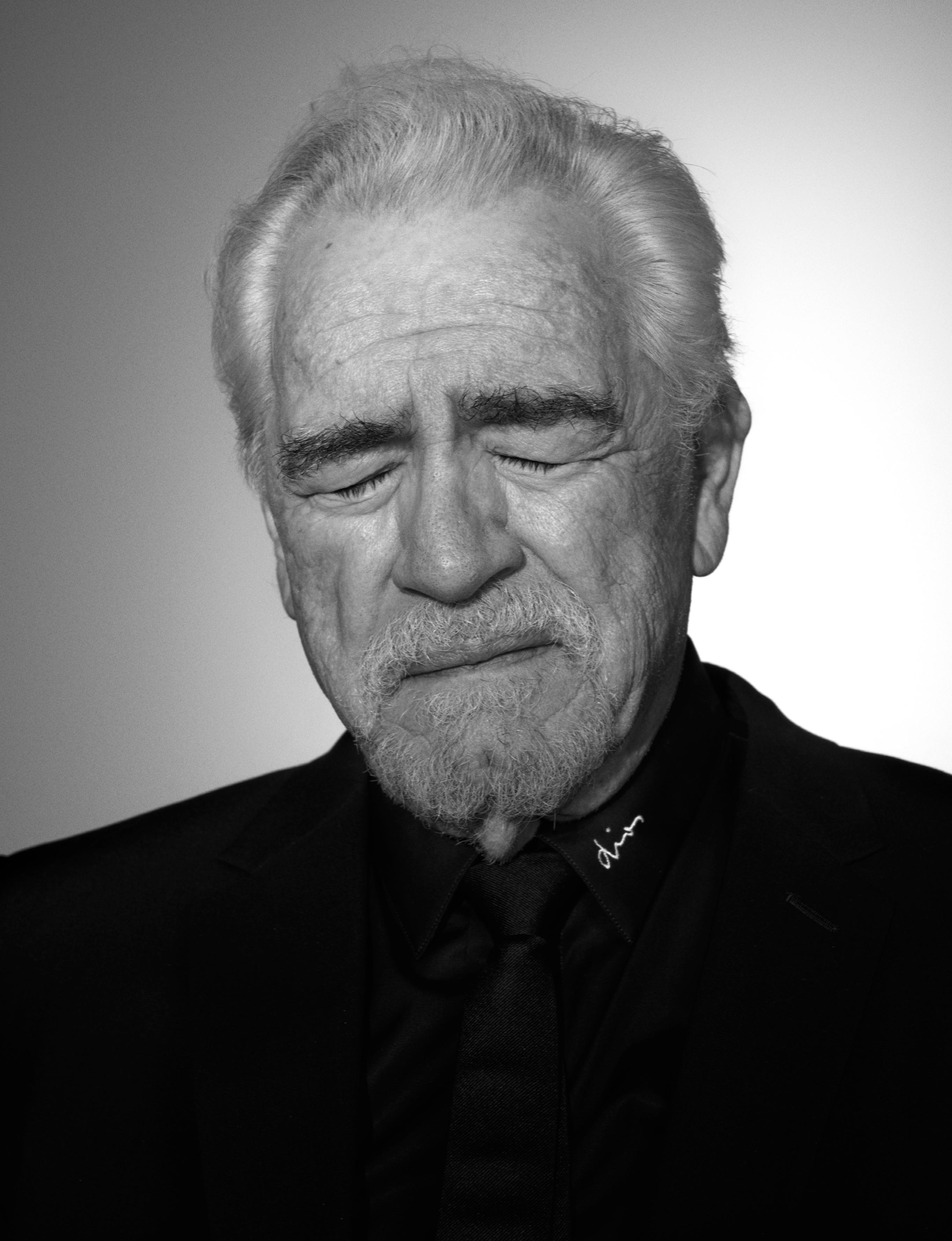

WORDS: JASON DIAMOND
PHOTOGRAPHY: TOM JOHNSON
STYLING: MITCHELL BELK
BRIAN COX WEARS DIOR SS24 THROUGHOUT
I SPEND ABOUT 10 minutes in absolute terror of being admonished by Brian Cox because the Zoom link I sent to him isn’t working. I’m fearful, but I’m also a little excited. Over his long career, Cox has played everybody from Leon Trotsky to Winston Churchill and the headmaster of Wes Anderson’s Rushmore Academy, along with several acclaimed turns as some of William Shakespeare’s most famous characters for the National Theatre and RSC. But, since the finale of Succession is still relatively fresh in my memory when we talk, I’m prepared for a verbal lashing à la Logan Roy. Cox has been through the stops and starts of success and note that come with his profession but becoming the Roy family patriarch in his 70s has turned into his most famous role. Thankfully, for me, Cox is nothing like Logan.
He apologises, something the fictional media baron would likely never do for anybody.
Cox is tired when we talk. He’s been rehearsing for his turn as another ailing family figurehead, James Tyrell in Eugene O’Neill’s Long Day’s Journey into Night. It’s a character he’s always been fascinated with. He’s done a few O’Neill plays before. It takes a second to recall how many and which ones – Strange Interlude on Broadway in 1985 pops into his head – but the semi-autobiographical Long Day’s Journey into Night, published, performed, and hailed as one of the greatest American works of the theatre after O’Neill passed away in 1953, is a big one for Cox.
“I’ve always wanted to do this play. I have a lot of things in common with the character, particularly the poverty issues, which I understand because of my background and his background, except he was a lot worse of than I was.” When an actor has a list of works stretching over decades and across mediums
like Cox does, it’s not always easy to pick up on consistent themes. Acting is a craft and an art, but most of all, it’s a job. Just because an actor wants certain roles, it doesn’t mean they’ll get them. And in Cox’s case, he’s done it all, from the crafty Old West theatre promoter Jack Langrishe on the series Deadwood to a crooked CIA chief who sets the hunt for Matt Damon’s Jason Bourne. He has even shown he can work funny in films like the cult classic Super Troopers, has done the Marvel superhero films, and has stood out in supporting roles in more than a few films now considered classics, including Mel Gibson’s Braveheart, Spike Lee’s 25th Hour and David Fincher’s Zodiac. Cox’s résumé on paper could unfurl like a long scroll that lists characters with a myriad of diferent professions and motivations. You often hear the term “serious actor” used to denote somebody who only takes on the most challenging or iconic roles; Cox has done that plenty, but he’s more of a serious actor in that
165 BRIAN COX
Jason Diamond catches up with the recent Succession star as he prepares for a return to the West End

166

he puts so much thought into his work that he ends up learning about himself as much as he does the person he’s playing. O’Neill’s Tyrone is a good example of that and a good way to find the theme in Cox’s body of work.
“Everybody says [Tyrone] is a miser, but he’s just cautious. I know what that means,” Cox says. Then he mentions his character’s children, the two sons who are “privileged”. Like Cox, Tyrone is an actor, one who comes from “humble beginnings”. O’Neill’s character is wealthy and in his mid-60s, but he’s unhappy with the way his work is viewed and in constant fear of going back to the life of poverty he once knew. Those aren’t the same circumstances as every character Cox has played, but it certainly calls to mind two of his most famous portrayals: his celebrated 1990 run as King Lear at the National Theatre and more recently, Logan Roy. Both men are rulers of their domains who know the time has come to step aside and let their children take over, but they’re also grappling with bratty heirs who likely don’t have what it takes to keep the empire going. Tyrone similarly grapples with the disappointment his life and the lives of everyone in his family have become, and all he’s got to hold onto is the fact that while he’s miserable and will die that way, he’s at least rich. “That’s there in his background,” Cox says. “There’s nothing you can do about it. It’s the way it is.”
Cox was born into a working-class Scottish family, but as he points out to me, “I’m 88 per cent Irish, 12 per cent Scottish. Most of my people came from Ireland to go and work in Scotland.” He mentions that to serve as a juxtaposition with O’Neill’s family who “at exactly the same time [...] were going to America” from Ireland. Cox’s mother was a spinner at a local mill, his father first a policeman, and eventually a shopkeeper. She sufered a nervous breakdown and was administered shock treatment that Cox has said wiped most of her memory, he died of pancreatic cancer when Cox was eight. There’s a Joycean tint to his childhood, with a Dickensian twist in his teens when the young Cox discovered acting and escaped a life of factory work in his hometown of Dundee. Cox didn’t grow up in a world of privilege, so he can see the motivations for characters like Tyrone and Logan, the stuf that isn’t mentioned in the story or the dialogue. “Logan was very rough and ready and he knew his business, but there was an element about him that was quite private, and therefore there was a magnetic element to him which drew the audience in.”
Cox excels at playing men who supposedly have everything finally coming face to face with their limitations, but he isn’t somebody who would allow himself to be typecast. Sure, his accent is undeniable, and where he comes from geographically does carry over into his parts. He mentions doing Waiting for Godot in 2015 with Bill Paterson as Estragon (Gogo) and Cox playing Vladimir (Didi). “We played it very much in the Scottish vernacular,” he says before pointing out that coming from Scotland’s east coast helped him understand the character a bit better, despite writer Samuel Beckett being from Ireland, and the fact that
the biographies of all the characters in Godot are never really hinted at. But Cox saw something familiar in his role. “Didi is so kind of… positive and he’s almost surreal sometimes. That’s very like the east coast of Scotland humour, which is all about light and everything. Whereas the west coast of Scotland is all about ‘poor me’.” So to Cox, playing the other character who waits on the country road for the man named Godot who will never come just didn’t make sense. “Gogo picking his feet and doing all that is very Glasgow…”
You can tell how much consideration goes into any role Cox plays just by bringing one up, even the ones he (hopefully) doesn’t feel a kinship with. I ask if there are roles he’d like to revisit, characters from the past that he’d like to take for another spin to see what he can do now that he maybe didn’t do in the past. I give him a hypothetical, mentioning how Michael Mann has been slowly working toward a prequel to his 1995 crime epic, Heat. Would he consider revising the role of, say, Dr Hannibal Lecter? It was a role he first played in 1986 when Mann used the same source material for Manhunter that Jonathan Demme would adapt to greater acclaim just five years later with Silence of the Lambs. I know it’s a silly question, playing fantasy casting with a role that Anthony Hopkins went on to win an Oscar for, but Cox entertains the thought. “It has flooded across my mind,” he admits. He says he’s admired what other people have done with Lecter, “but they usually try to do a number with it instead of actually understanding what the man is, where he is deep down. He’s very intelligent and very bright, but he’s also very articulate about his state and about who he is.” He mentions the Demme version. “I think it’s fine and plays to Tony’s [Hopkins] strengths, and he does it better than anybody in that way, but I don’t think that’s what he’s [Lecter] about. He’s about control and how to get into people’s heads, not standing there and scaring the living daylights out of you.”
Cox talks with a certain amount of respect for directors and other actors, but he also won’t shy away from ofering his opinion on them, the same way he’s critical of himself. Towards the end of Succession, he made headlines when he commented on his co-star Jeremy Strong’s Method acting, calling it “fucking annoying. Don’t get me started on it”. He praised Strong for his skill, pointing out the actor who played his son on Succession gets “tremendous” results, but was worried about what that sort of commitment does to Strong as a person. When Strong was asked to respond, he had nothing but praise for the older actor, telling GQ Cox had, “earned the right to say whatever the fuck he wants”.
Strong provided a good pull quote, but there is one word in his response that is especially true. Cox has “earned”. He has worked and continues to do so. There have hardly been any stops throughout his career, and as he’s gotten older, he’s started doing some of his best and most acclaimed work. “A lot of it has to do with the age of the role and what the role is representing,” he says before pointing out that playing a younger man may not have the same resonance as playing a man of Cox’s age.
“Why
168
do you want at 5 5?” to resign


GROOMING: LAURENCE WALKER AND HANNAH MAESTRANZI SET DESIGN: ANDREW LIAM CLARKE PRODUCTION: MINI TITLE
He thinks for a second and mentions Daniel Day-Lewis, another actor who is known for immersing himself in his roles maybe a little too deeply. Cox has brought up the Oscar winner before, comparing him to Strong and how Day-Lewis decided to walk away from acting in part because of the mental and physical impact their shared style of acting took on him. But this time, he uses the star of There Will Be Blood and Lincoln to make a point of why Cox believes actors only get better with age. “He [Day-Lewis] resigned at 55 and I said ‘What an idiot’. Why do you want to resign at 55? That’s when the parts start getting better and you really grow into a state of wanting to play those roles that have meaning.”
There’s a simple formula, according to Cox, for not growing stale and continuing to get work that you enjoy as you age: “The clue is not to stay too long at any particular party, move on so that you work in a way that you can
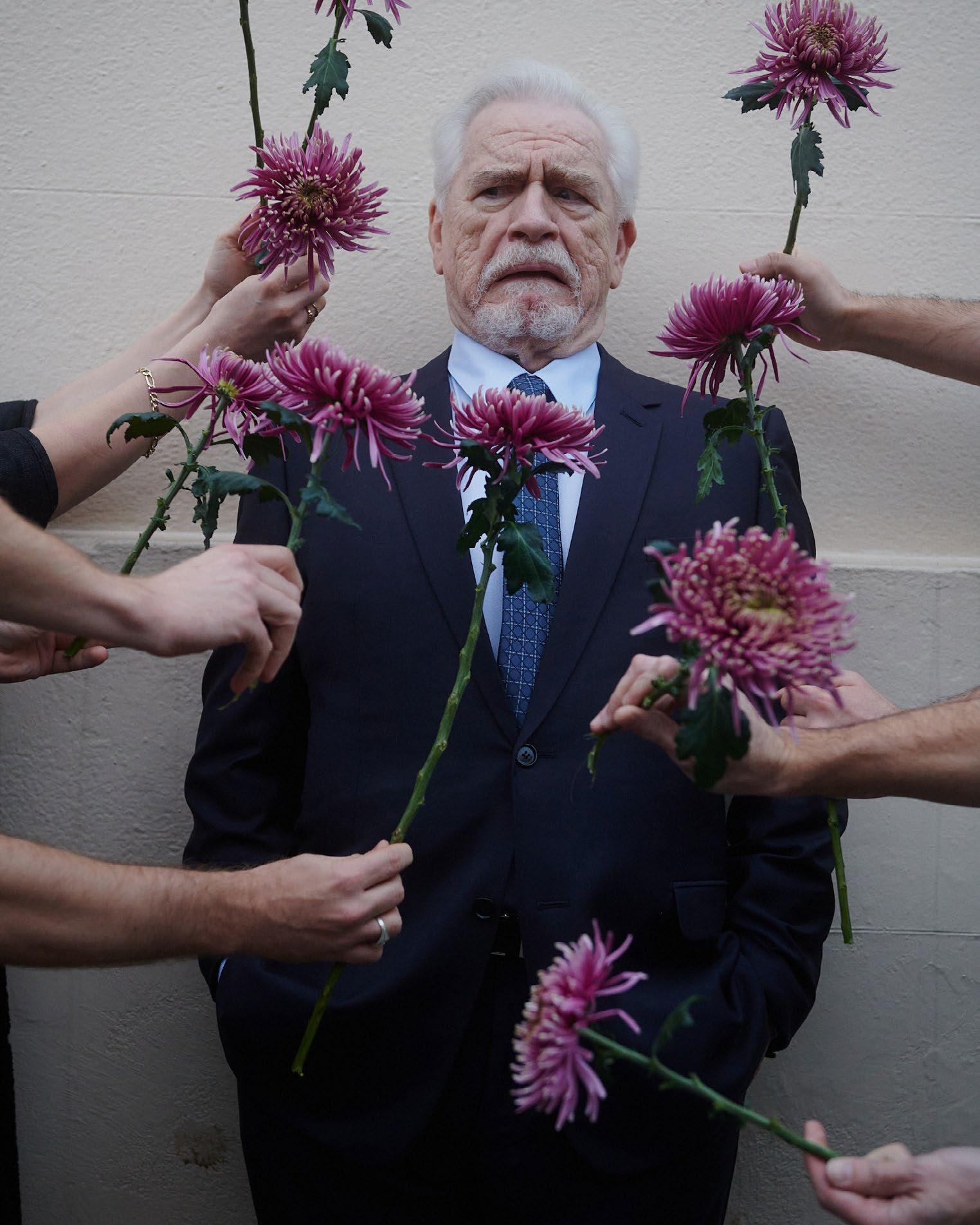
go, yes, this will serve me for a few years, but then I have to move on.” Now, he’s come to a point in his career where he understands he has to keep shifting. “I’ve been very blessed that the timing has always been good, but it’s something that I actually did think about from an early age.”
He had a plan for how he needed to work from a young age, but as for the sort of work Cox will do in the years ahead of him, he doesn’t really give it much thought. “It’s completely organic. I think because one has a certain reputation for work that there is a naturally magnetic element to – where I’m attracted to and attracted by certain [roles] that are equally attracted to me.”
For Cox, there’s freedom in embracing age. He says it’s simply that he enjoys working, and that he doesn’t do any long-term planning. But most of all, he’s having fun. I bring up how he’s been popping up in fashion publications a lot since Succession went of the air. One day
it’s about his horsebit loafers by the Brooklyn brand Blackstock & Weber, the next, he’s modelling for the streetwear brand Kith, or showing up on a red carpet showing all the younger guys how to pull of a suit in some private-label ensemble that every photographer has to snap. “I’ve enjoyed it because nobody has ever regarded me as a dresser,” he says. And that’s when the intimidating version of Cox comes out, the one I was fearful of at the start of the conversation. But his vitriol isn’t about anything I’ve said or done; it’s aimed at his younger self.
“I dyed my hair because I started to go grey in my 20s,” he says with a shake of his head. He thinks about him for a moment, the Brian Cox of 50 years ago. “I’m so angry at myself for doing that. Why the fuck did you dye your hair? God, it’s horrible. Now I’ve got this wonderful white hair and I think finally I’m feeling I can just be who I am rather than try and keep abreast of everything.”
171 BRIAN COX
INQUE ISSUE 2 OUT NOW Large FORMAT NO ADVERTISING NO digital version One issue per year for 10 years then it stops CONTRIBUTORS TO ISSUE TWO INCLUDE: STEPHEN FRY PRETI
SAYAKA MURATA Nicholson Baker Jonathan
SHEILA HETI JOYCE Carol Oates David Keenan John Edgar Wideman Will Self
























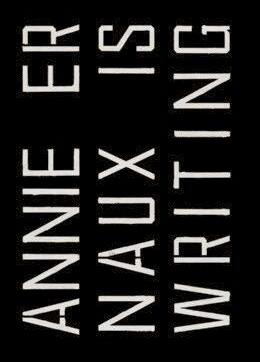


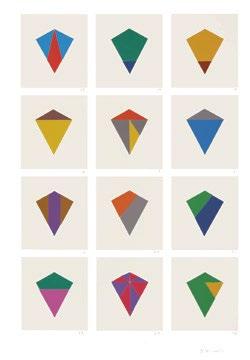
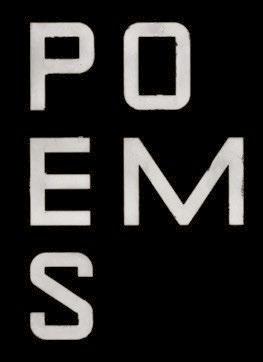
























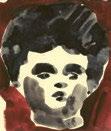











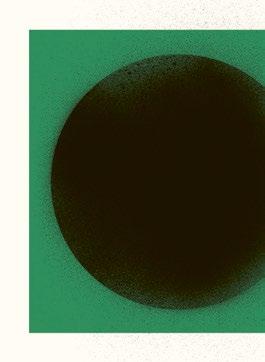










“THE BIGGEST, BRAVEST MAGAZINE LAUNCH OF 2021, INDIE OR MAINSTREAM, AND ESTABLISHES A NEW BENCHMARK FOR OTHERS…” —MAGCULTURE GET YOUR COPY AT INQUEMAG.COMing head. Calls were made-cacophonous ours. Just cor---become agitated and throw them----internet it’s perhaps becausescious entities: bots and algorithms–experiment with one such algorithm,tions longer permit ourselves.--ing for one adult ticket mov-voice of television protagonist.-incompatible claims on Wiki begin-–The spirit Legion has long ruledity. Representative democracy rests---ald Trump, became most popu---the latest season popular HBOhis personality changed from onepressed find characters more capri-–tempted diagnose him with per--–parency. Crowds sleuths regularly--product for the sake “brand con-digital era”. But paradoxes con-– I that elaborates this intermediary product between WS: Well, be blunt, think the equalisation the –transcending his immediate existence. WS: want come back to you this the claustrophobic situation –large manufacturing sheds Lockheed Martin,his research into thermonuclear weapons after-massive underground lake lithium. The valua--1516-----away, crew wondering about all that perhaps,--My seatmate inquired about the book that tells-14alone and frustrated. eating bacon and drink--There people outside house. proba---mother’s body, mother’s mind for daughter---she could not speak surely understood, words-slip silently closer and farther away, mom moose-mal once. “Gentleness” could be good word-sure know anyone under the age –– -
TANJA
LETHEM

PRD.
PHOTOGRAPHY: ADAM BARCLAY
THE PORT REVIEW OF DESIGN
ISSUE 2 OUT NOW Large FORMAT NO ADVERTISING NO digital version One issue per year for 10 years then it stops CONTRIBUTORS TO ISSUE TWO INCLUDE: STEPHEN FRY PRETI












































































TANJA
“THE BIGGEST, BRAVEST MAGAZINE LAUNCH OF 2021, INDIE OR MAINSTREAM, AND ESTABLISHES A NEW BENCHMARK FOR OTHERS…” —MAGCULTURE GET YOUR COPY AT INQUEMAG.COMing head. Calls were made-cacophonous ours. Just cor---become agitated and throw them----internet it’s perhaps becausescious entities: bots and algorithms–experiment with one such algorithm,tions longer permit ourselves.--ing for one adult ticket mov-voice of television protagonist.-incompatible claims on Wiki begin-–The spirit Legion has long ruledity. Representative democracy rests---ald Trump, became most popu---the latest season popular HBOhis personality changed from onepressed find characters more capri-–tempted diagnose him with per--–parency. Crowds sleuths regularly--product for the sake “brand con-digital era”. But paradoxes con-– I that elaborates this intermediary product between WS: Well, be blunt, think the equalisation the –transcending his immediate existence. WS: want come back to you this the claustrophobic situation –large manufacturing sheds Lockheed Martin,his research into thermonuclear weapons after-massive underground lake lithium. The valua--1516-----away, crew wondering about all that perhaps,--My seatmate inquired about the book that tells-14alone and frustrated. eating bacon and drink--There people outside house. proba---mother’s body, mother’s mind for daughter---she could not speak surely understood, words-slip silently closer and farther away, mom moose-mal once. “Gentleness” could be good word-sure know anyone under the age –– - THE PORT REVIEW OF DESIGN
INQUE
SAYAKA MURATA Nicholson Baker Jonathan LETHEM SHEILA HETI JOYCE Carol Oates David Keenan John Edgar Wideman Will Self

PHOTOGRAPHY: ADAM BARCLAY


INTRO
WHEN THE DESIGN Museum was still in the shadow of Tower Bridge, in a former banana ripening warehouse built in the 1950s and converted by Terence Conran into a monochrome evocation of the Bauhaus on the Thames, Jeremy Lee was the personification of its restaurant. A chef, but also the public face of the Blueprint Café, ready to greet guests, and to talk about food. Against a backdrop of portraits of designers ranging from Philippe Starck to Ettore Sottsass, and Shiro Kuramata to Otl Aicher, Lee produced delicious food, served in a beautiful space, on solid china with wellmade knives and forks. It was a reminder of the close connection between food and design. Food is more than fuel, just as design is about more than utility. How things look shapes how they taste. And food, like design, is part of a system from farm to plate, from raw material to manufacturer to user. Food, just like design, is an expression of identity and culture.
Lee took Port’s managing editor Samir Chadha to Yorkshire to see where that cutlery came from. The factory David Mellor built in Shefeld, designed by the architects Michael and Patty Hopkins, and now run by Mellor’s son Corin, is a special place. David Mellor was a craftsman, a designer, a manufacturer and a retailer. It’s a reminder that the simple tools we use in everyday life carry so much meaning, and can add so much to the way that we live. The Mellor workshops carry on Shefeld steel making traditions in a contemporary way.
We also explore the always shifting and sometimes uncomfortable edge between art and design. Ayla Angelos talks to Kirsty Carter and Emma Thomas, the founding directors of A Practice for Everyday Life, graphic designers who have worked closely with artists, galleries and museums to make beautiful books. Antonio Citterio, an architect and a designer, discusses his cinematic vision for Maxalto; his imagined alternative vision of the contemporary. Over 30 years he has continually added to a furniture collection designed to be part of a life in the same high-ceilinged Parisian apartment.
Hans Ulrich Obrist, the category-denying artistic director of the Serpentine in London, discusses the diferent approaches needed to put design in an art gallery and art in a museum of design. Obrist’s exhibition on the work of Enzo Mari opens in London, after opening in Milan, and showing in Belgium.
Mari has never had the public visibility of other Italian designers of his generation, such as Ettore Sottsass, Andrea Branzi and Alessandro Mendini. He did design furniture and objects of simple elegance, but it was his refusal to allow himself to be co-opted by the commercial aspects of the design system that has made his work of continuing relevance to so many younger designers. Mari worked as an artist, as a graphic designer. He made toys. He did not feel comfortable with consumerism, and over-consumption. There might not be a need to design a new chair or a table when people could make their own from the Autoprogettazione blueprints that he produced, in an early form of open-source making. But even Mari also produced the kind of cutlery that Jeremy Lee would appreciate. Essential and considered.
THIS
NO. 5
PORT REVIEW OF DESIGN
IS PAGE
THE
 Céramique by Ronan Bouroullec 2023
Photography by Angèle Châtenet
Céramique by Ronan Bouroullec 2023
Photography by Angèle Châtenet
MINIMAL WITH MAXIMUM IMPACT WORDS AYLA ANGELOS
PHOTOGRAPHY GUY BOLONGARO
THIS IS PAGE NO. 7 APFEL THE PORT REVIEW OF DESIGN


A Practice for Everyday Life reflects on their 21-year journey shaping the design landscape, from pioneering publications to advocating for diversity in the industry.
A LOT CAN happen in two decades. If you’re A Practice for Everyday Life – the London-based studio founded by Kirsty Carter and Emma Thomas – the past 21 years have been spent building a portfolio replete with books for the likes of David Hockney, Lucie Rie, Sheila Hicks and Rachel Whiteread as well as branding and exhibition design for The Hepworth, Barbican and Serpentine Galleries. Many of those projects have grown into long-term collaborations. So when APFEL dial in from a sunny corner of their studio in east London, I’m not in the least bit surprised that there’s a floor-to-ceiling storage unit covering the wall behind them, their archive of publications displayed like trophies.
Carter and Thomas met during a postgraduate Art and Design course at the Royal College of Art; Thomas hails from Yorkshire and studied graphic design at Camberwell College of Arts, and Carter, from Cambridge, studied at Brighton College of Art. With a shared love of contemporary art, they decided from the get-go that they would work together. “We really liked each other and had a lot of things in common,” says Carter. One of their first publications, Lef tover, explored
the processes (or better yet, the leftovers) of 11 artists. Produced in their first year at the RCA with second-year curating students at Goldsmiths, the book became the catalyst for many new avenues and opportunities after graduating. The Goldsmiths curators graduated a year earlier than they did and became some of their very first clients. Miria Swain, for instance, who became assistant curator at Modern Art Oxford, commissioned the studio to design invitations and leaflets for a three-year exhibition named ARRIVALS, run with the Turner Contemporary in Margate. This led to an identity project for Rob Tufnell, who left Turner Contemporary to found his gallery Ancient & Modern.
When APFEL ofcially launched in 2003, the design scene was notably very diferent to what it is now. There were minimal female-led studios operating, the Tate Modern had not long opened in London, and many blue chip galleries from the US, like Gagosian, were arriving in the UK. The art world was becoming more sophisticated and there was an uptick in printed matter. Trade magazines and catalogues for commercial galleries were the height of publishing, and their designs were simple and “soulless”, says Carter. Most have fizzled out, or at least only live on as digital content. It was amidst this somewhat stagnant ground that Carter and Thomas saw an opportunity to carve out their own niche. “At the time, publications with artists were
less collaborative and exciting,” says Carter. “We saw a lot of potential to push what was possible in the field.”
One of their most prominent early undertakings was the identity for The Hepworth Wakefield – a pivotal project which started in 2009 ahead of the launch of the museum in 2010, located in West Yorkshire and near the birthplace of sculptor Barbara Hepworth. Working across signage, wayfinding, website, printed material and exhibition graphics, the studio developed a bespoke typeface and identity that mirrored the angular forms of the museum’s building, designed by David Chipperfield Architects, as well as the shapes and textures of the artist’s sculptures, which were on display in the new gallery. “At the time, we weren’t so aware of how special or unusual it was to work on all aspects of that project,” says Thomas. “It was quite minimal but with a maximum impact.” To this day, the studio still collaborates with The Hepworth, and has created publications for a range of artists exhibiting at the space, such as a monograph for painter Christina Quarles, whose work was shown from late 2019 to early 2020.
As the years went by, not only did the studio start collaborating with people and brands outside of the art world, like Aesop, Birkenstock and Rapha, but they welcomed Daniel Grifths onboard. Joining in 2018, he became a director 18 months ago. The team
The partners with some of their publication work, including a monograph for Sheila Hicks
of 10 now put their minds towards books of all heights and scales, whether it’s a big collectors’ tome with Vitra or a publication for Centro de Arte Moderna Gulbenkian in Lisbon (both of which they’re currently needling away at). They also launched a type foundry during Covid, after the founders realised how large their typeface archive was becoming. “We really love the balance,” says Thomas. Between all their diverse pursuits, though, is an afnity for working with people doing interesting things in their field. Even their name, which is inspired by French scholar Michel de Certeau’s book The Practice for Everyday Life, alludes to the desire to understand and connect with the masses. “We are interested in habits and how people interact with the city and the urban environment,” says Carter. “We’re trying to help other people communicate their message, and to get that out of people, you have to really learn about dialogue and have an understanding of collaboration. It’s about conversation.”
At first glance, APFEL’s designs could be perceived as pared back – some might even call them quiet. Yet the more you observe and revel in them, the more you start to see all these tiny details rise to the surface, similar to the way the Rubin Vase shows diferent interpretations of an image. “We enjoy the idea of a slow reveal,” says Carter. “When you pick up one of our books, it’s not shouting out loud. There’s a layered element to the design which you see when you start to interact with it.” One pertinent example, released in 2022, is the publication design for Prabhavathi Meppayil, an Indian artist whose work is cemented in materiality and traditional Bangalorean artisan techniques, like goldsmithing. Featured in the book is her series Untitled, which sees metal wire embedded with layers of gesso, which is then sanded down to show the metal lines underneath the surface. APFEL designed a suite of bespoke lettering that nods to the delicacy of the metal wiring, executed between layers of semi-opaque paper and printed on the front and back.
The same multi-layered approach was applied to an identity for On Foot, an exhibition of fashion label JW Anderson – helmed by designer and Loewe creative director Jonathan Anderson – at Ofer Waterman in 2023. APFEL developed the visual identity, exhibition graphics, campaign, bespoke typeface and accompanying publication, all of which were designed to reference Anderson’s recent collections, which were exhibited alongside sculptural works from contemporary British artists like Lucian Freud, Lynette Yiadom-Boakye and Magdalene Odundo. The identity’s elongated, organic lettering was inspired by the artworks, while the more tapered strokes were influenced by a walk through London, specifically the shop signs, newspaper kiosks and archival fashion campaigns you’d pass by on route. The book was bound together through layers of materials and the lettering was screen printed onto an acetate jacket, cocooned by a softback cloth cover – the cloth matches the same hand-dyed fabric that cascaded the walls of JW Anderson’s exhibition.
Like many of their client relationships, the collaboration with JW Anderson continued and they also designed the invitations for the
JW Anderson AW24 womenswear and menswear shows. The womenswear show identity was made from tweed fabric and featured silkscreen-printed text; while the menswear show was designed as a 3D lenticular print of Christiane Kubrick’s painting ‘Jack and the Computer’ (1997). Both are concealed in an envelope and embossed with the brand’s logo.
Perhaps their biggest project to date, though, is the identity the studio created in 2022 for the 59th International Art Exhibition of La Biennale di Venezia, curated by Cecilia Alemani. Alongside the signet, identity, exhibition graphics and merchandise, the studio created an “enormous” 900-page book – the description is confirmed as Thomas holds it up high to the screen. A large pair of eyes features strikingly on the cover, while others appear across the rest of the identity, including the posters, banners and billboards. A unifying symbol, the eyes have been pulled as motifs from artworks by Belkis Ayón, Felipe Baeza,
Tatsuo Ikeda and Cecilia Vicuña. “We worked with the artists to hone in on particular details of their work,” says Carter. What’s more is that, in a historical first, more than 90 per cent of the 213 artists who participated in the exhibition are female or gender nonconforming. “We love this idea because we push the same agenda,” says Thomas.
Since setting up shop over 20 years ago, Carter and Thomas have come to terms with their influence. Today, only 29 per cent of design companies are female-led, which is a staggering statistic considering that 63 per cent of graphic design students are women. More seats have indeed opened up at the table, but there’s still a great disparity. “Emma and I used to shy away from the question [of diversity] over the years, and we used to get quite upset at the end when people would ask, ‘how do you feel about being two women running a studio’? Whereas now, we see a sense of responsibility for telling our story.”
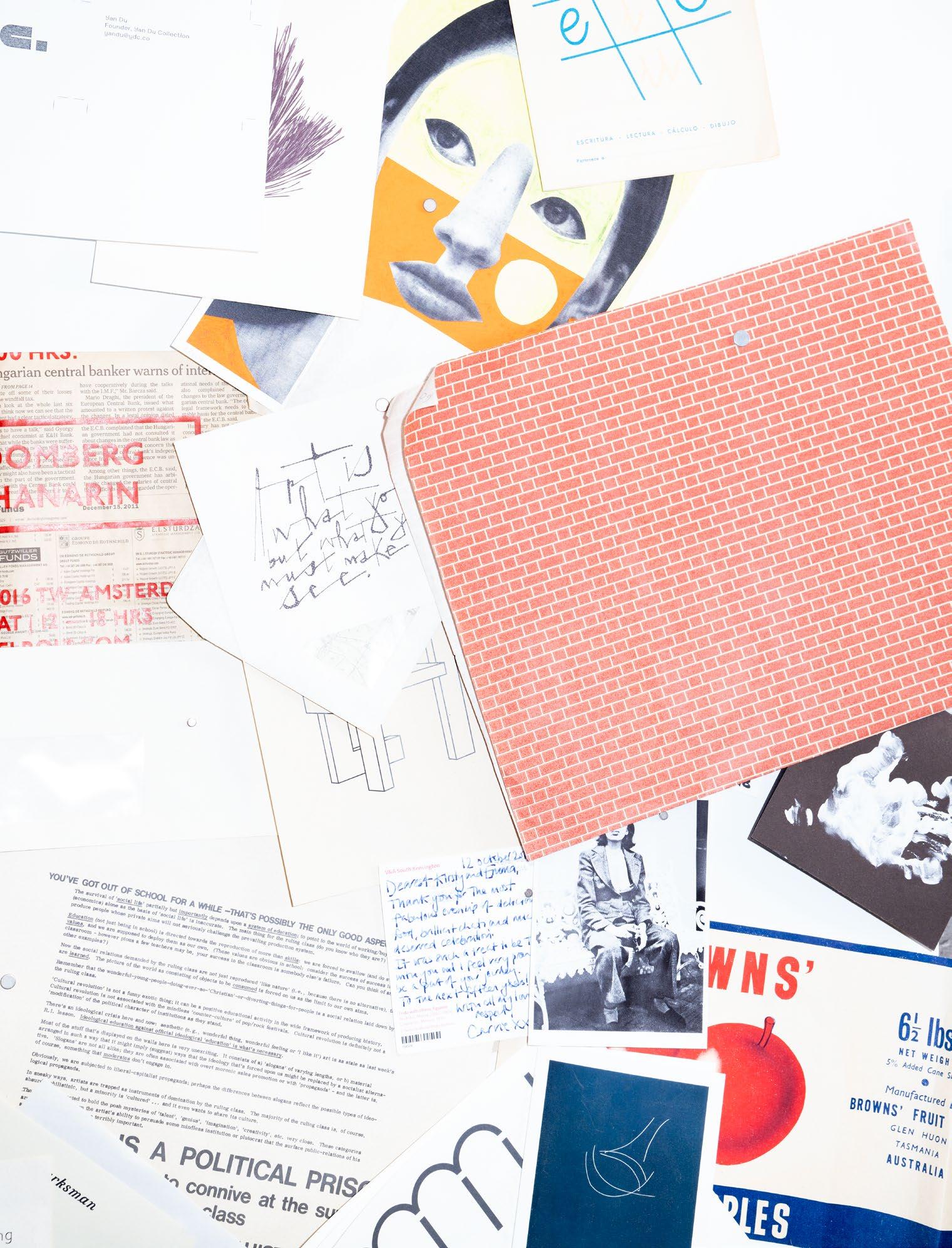 Assorted loose paper in the studio
Assorted loose paper in the studio
THIS IS PAGE NO. 11 THE PORT REVIEW OF DESIGN
HAVING GOOD DESIGN WORDS
CHADHA
ADAM BARCLAY DM
PEOPLE
SAMIR
PHOTOGRAPHY
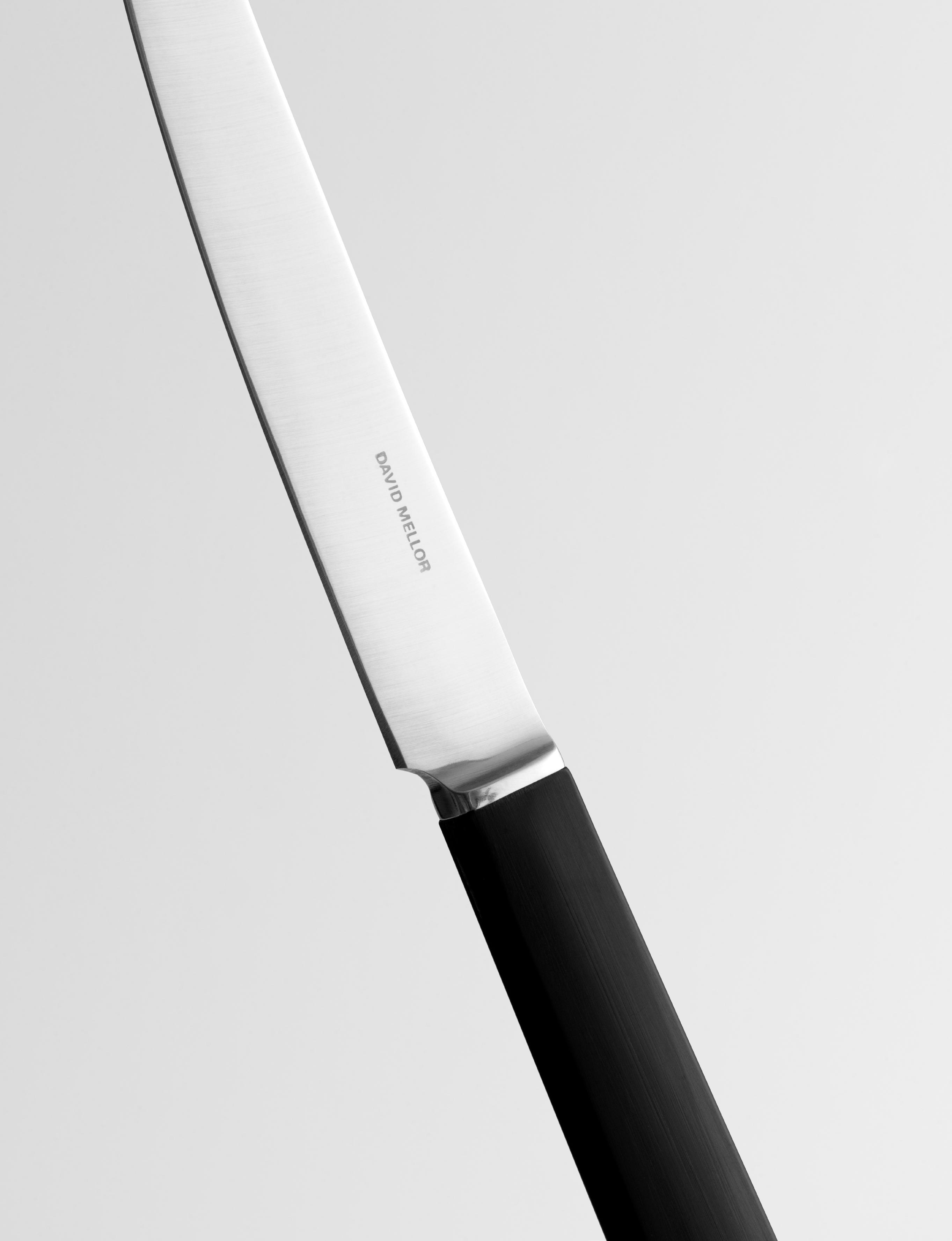

“We never used to sell to restaurants 20 years ago. Just the odd bit, like the Blueprint Café,” says Corin Mellor, David’s son, who took over from his father in 2006. The Blueprint Café, upstairs at the Design Museum’s original Shad Thames site, was an early home to our guest editor Jeremy Lee’s cooking – he spent 18 years there as head chef. During that time, they used David Mellor’s Odeon tableware. On the way to the David Mellor factory in Hathersage, our cab driver was pleased to hear there’s still a local cutlery industry. A plaque at the station marks Shefeld as the home of stainless steel, but local production has dwindled. After a drive through the Peak District, we’re dropped of right next to the bespoke Round Building that makes the site famous.
Early on in our time there, Corin Mellor tells us it wasn’t initially planned as a public attraction. “What would happen was architects would come along and they would come to look at the Round Building, so we had a little table in the factory. So they could go into the factory, and we had a few knives and forks, occasionally, once a week someone would buy something. So that’s how it all started.”
Now, the site includes the original Round Building as well as two more traditionally shaped ones, redesigned from their old purpose as part of a gasworks. They’re joined by a bespoke central structure. Corin and his wife Helen live above the ofces, overlooking the factory. After Corin walks us through historic Mellor designs, he says we should “do the factory... I think that’s the key”.
As we walk into the Round Building – shaped as described, with a central skylight, Jeremy says: “Oh, wow, golly, this is a long-cherished dream.”
There’s a strong smell of something. I ask Corin if it’s steel: “Yeah. Cutting, grinding.” Corin shows us a rotating display, walking visitors through the cutlery production process.
“So this, this actually I made for the David Mellor Design Museum exhibition, and then it’s all glued on with our Araldite. And it’s been on ever since!”
Sheets of steel arrive in the factory, and then they’re blanked – cutlery outlines are punched out of them. Factory manager Andrew walks us through it. He started as an apprentice at 16, and now runs the factory. They tend to do a batch every couple of months, but we’ve caught them at a good time. The sheet goes through once and then back again, and once nothing else can be punched out of it, it’s melted back down into new sheets. The blanks fall out of the machine, warm to the touch. The machines have been going since the 70s.
Next is the forming tools – they look like moulds, and they’re used to shape cutlery later in the process. Corin tells us they’re handfiled by a man called Terry. Those go into a coining press – “actually the most powerful of the three presses we’ve got”, at 180 tonnes per square inch.
Next stop is the rolling pin – Andrew passes fruit spoon blanks between rollers, you hear a hammering noise, and the proto-spoon comes out flatter. Each flattening drags slightly, so as he passes the spoon through, he’s twirling it constantly between his fingers – “If you didn’t,

you’d end up with half a spoon.” It’s hard on the steel, so between stages, the steel leaves the factory to be annealed. In a break from the noise of the roller, Jeremy asks, “Each one is individually done? I mean, it’s jaw-dropping.” They’re changing how they make Odeon’s non-metal parts, with a new injection moulding tool. James Lawless (who manages trade sales and communications) points us towards a pair of knife grinding machines. “They’re twins basically, one side is done with that machine, the other in that machine.” Corin shows us a commission in progress, noting the filing between fork tines hasn’t yet been done. We see rivets going in, and catch up to Andrew, now polishing a silver teaspoon. Once the cutlery has been through the degreasing tank, the last stage is the application of the David Mellor name, currently being rolled onto a knife blade. David designed the machine that does
it, and it was made in Shefeld. A little like an old label-maker, it uses physical pressure, from a foot, to press; Corin tells us, “If you get the pressure wrong, you end up with no D or no R. It’s a bit like when something’s burned in the oven.”
The second time Jeremy encountered Mellor cutlery was more recent. He tells us:
“Leila McAlister, who’s got Leila’s Shop in Calvert Avenue, at Arnold Circus – possibly the most beautiful grocery shop in London, and one of my favourites – she’s got a very good eye for good things, and so there’s a whole lovely collection of old bowls and pots and troughs and all sorts of things. I said, ‘That’s a very lovely spoon,’ and she said, ‘Oh, yeah, I thought you might notice that. No, it’s not for sale. It’s Thrift, made for Her Majesty’s Prisoners.’”
Thrift was one of a series of commissions Mellor did for the government – his most fa-
One of the dies used to form the steel cutlery
Jeremy Lee visits David Mellor’s Hathersage factory, seeing their process up close

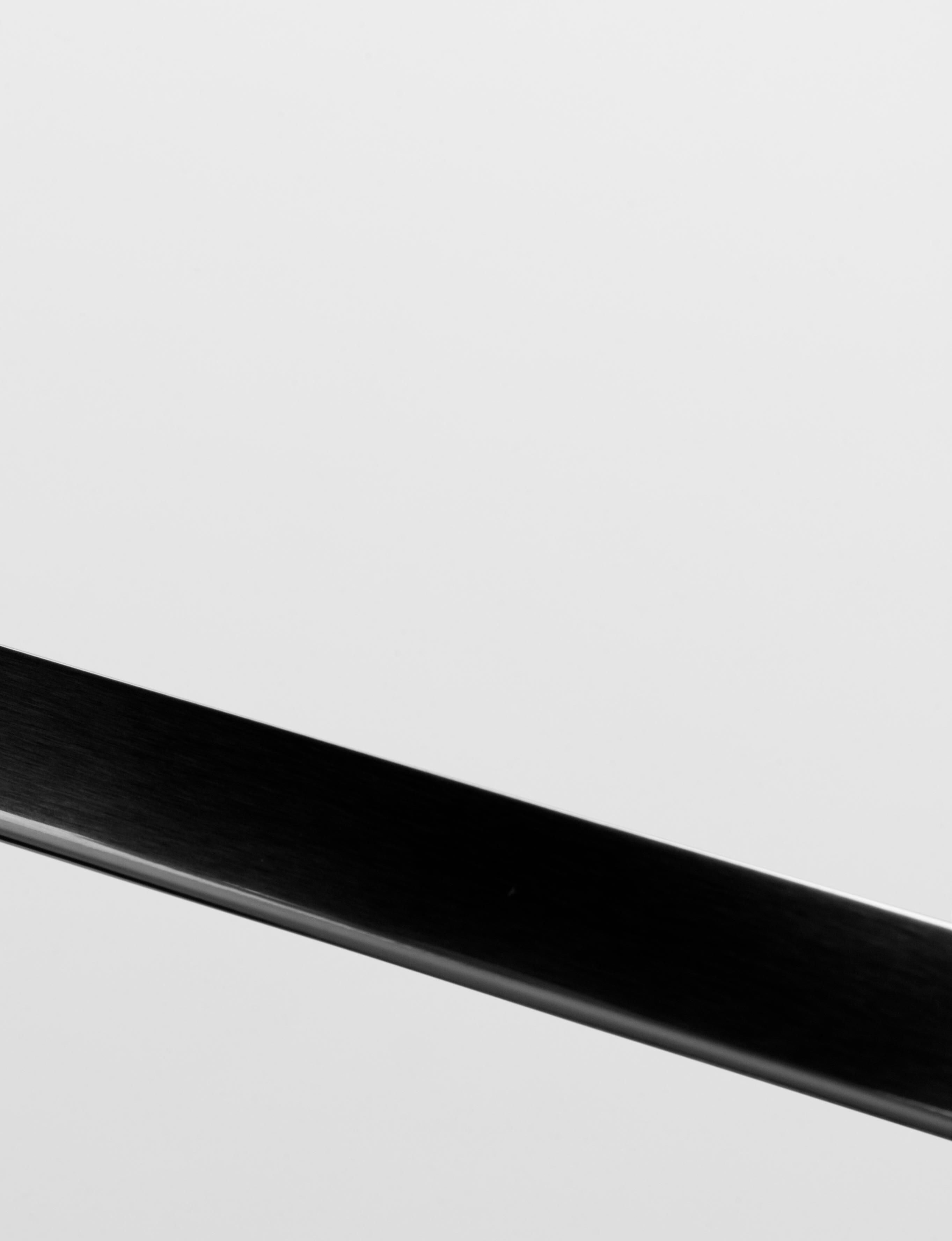
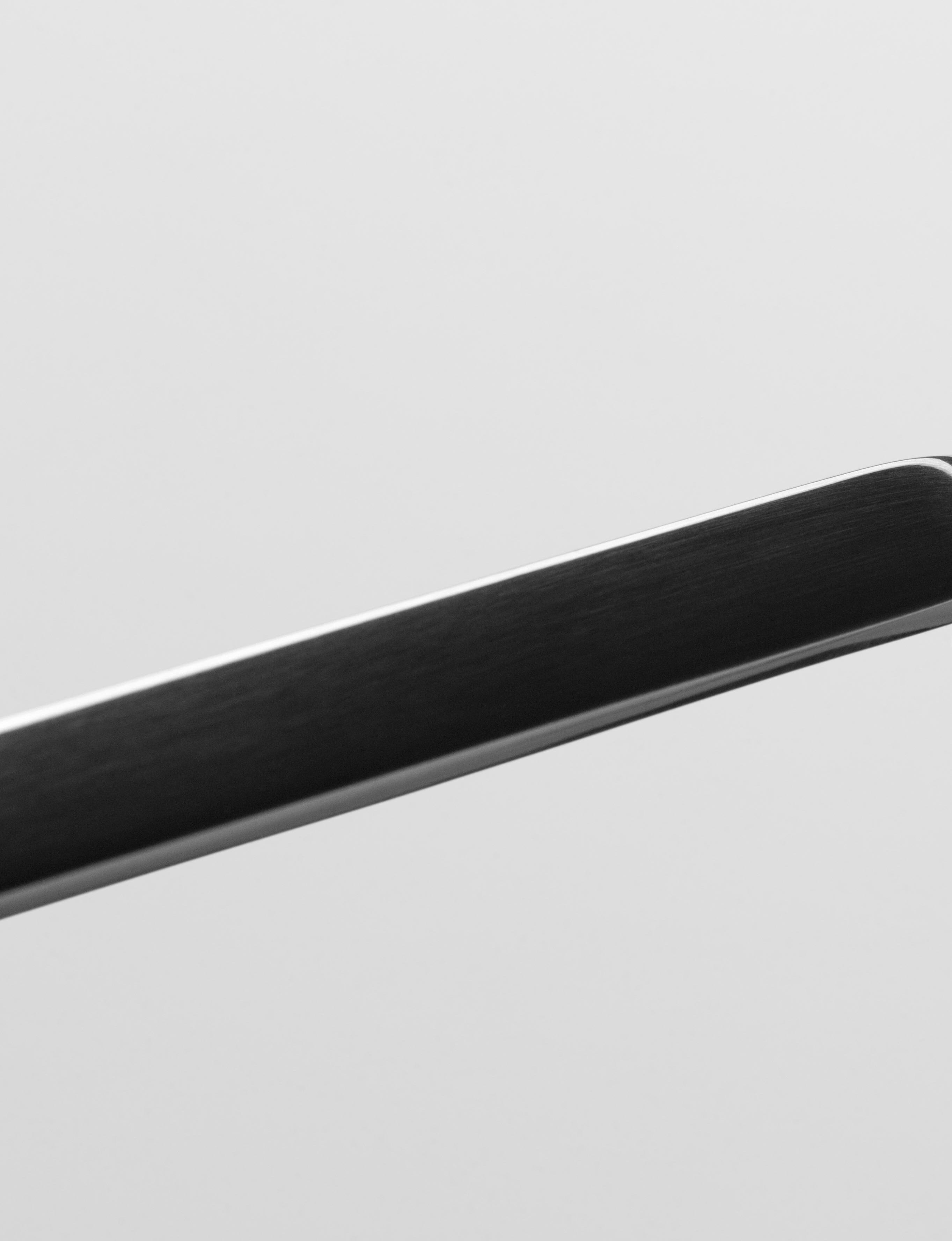

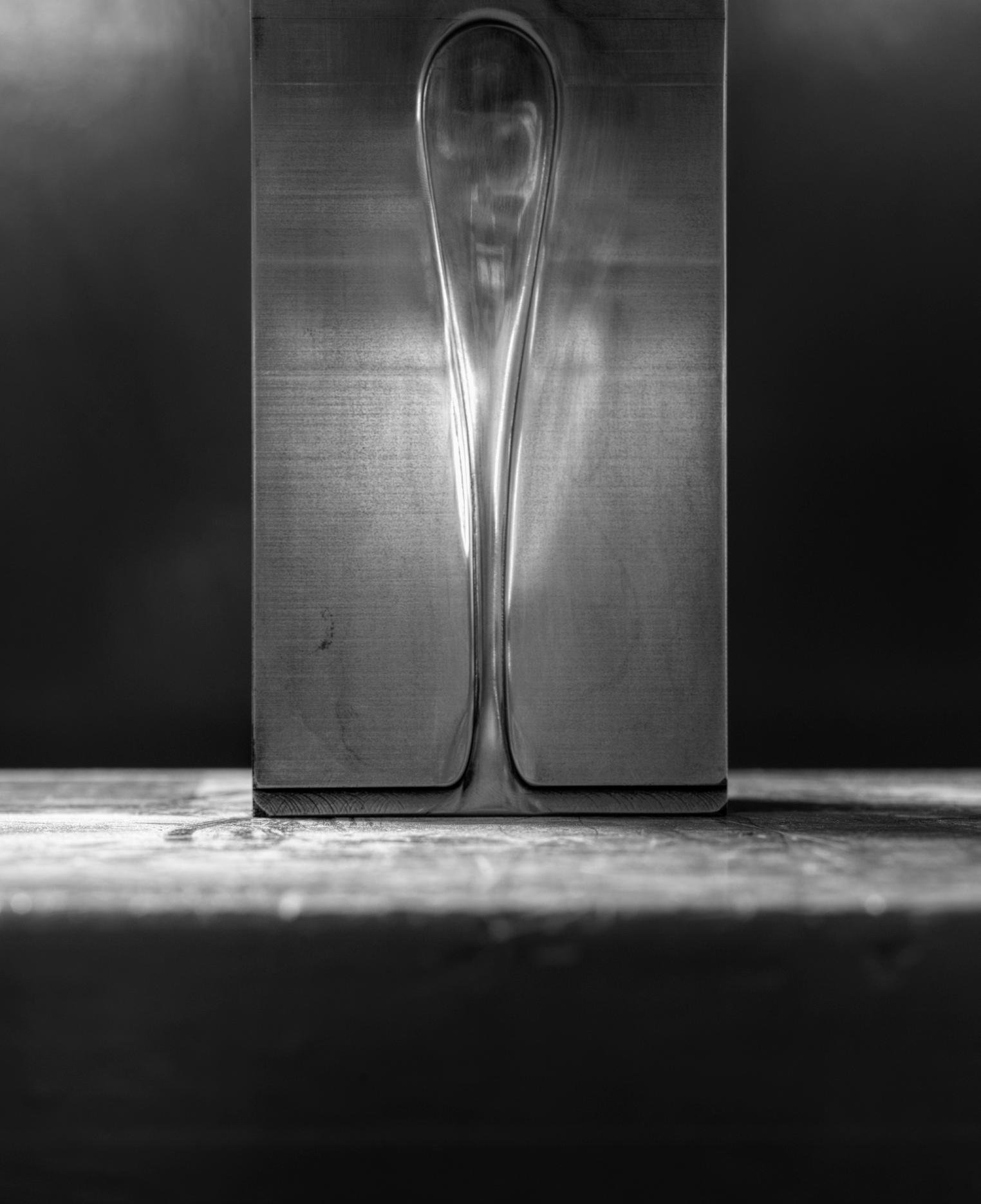
Another of the dies
mous being the UK’s trafc light system and pedestrian crossing boxes. Corin tells us a bit more: “it was post-war, and these young designers were taken quite seriously by the government, amazingly.” Jeremy notes: “That’s the great thing with your legacy, is it’s all part of the infrastructure of daily life.” Thrift is all swooping curves; the knife is especially distinctive, with no ridge in the middle and a curve that goes out at both the handle and the end. It was used in all sorts of public institutions: prisons, hospitals and also on British Rail. Corin explains – “It didn’t need to be any more expensive, from a production point of view, than a bad design. It doesn’t cost any more.”
There are a few diferent stories wrapped up into David Mellor – there’s the story of a Britain that made things, one that valued well-trained craftspeople. There’s one of a government that made an efort to foster those things. There’s also the family itself. A lot of businesses start out family owned and artisanal, but eventually bow to milking a name for its brand value and cheapening the way they do things. I put this thought to Corin, and he tells me he’s “not really that interested in profit. We’re a little firm, and we’re a family
firm, and we have lots of super-loyal employees, like James. The main thing we’re bothered about is doing good design, and people having good design.”
He goes on: “You can sort of blow something. If you keep quite small, you keep control, and you’ve got control of your market and your customers, and you look after them and do a nice job, you can keep going. Whereas if you expand something, as often happens, you lose the way. The specialness has gone, and then the whole thing’s gone.”
After the factory visit, before we need to leave for the train, we sit down. Jeremy says, “The thing that strikes me, that’s so fascinating, is that at each... the level of detail, I’m now appreciating at long last. Which, of course, I knew, but seeing it...” Corin explains, “Obviously, with some people, all the little bits of work does sort of add up to a whole when you look at something. Obviously, they’re not going, ‘Oh, look at that bit. It’s been perfectly polished.’ But I think as a whole, you know, people do get it, luckily.”
Helen, Corin’s wife, points out one motivation that hasn’t come up yet – Corin’s still doing all of this because he’s “enjoying doing
it”. Corin agrees – “I like designing things!” Hand-forged silver commissions still go to a local firm; they’re done with a hammer rather than dies, so need quite close attention. There are four people who can do the work, and when we’re visiting, one is unwell. Doing things this way is more complicated, and often riskier. It’s not as if you can ramp up production, though Corin doesn’t seem to want to. “I suppose I’m not really interested in having 40 David Mellors around the world. I like to be on the shop floor, and to meet the customers. It’s too personal for that.”
Jeremy says, as we’re getting ready to leave, that with “all these things, they need the heart”. There’s a lot of parallels between cooking and this sort of design, he points out – a lot of work to make something efortless that might go unnoticed at the other end.
David Mellor’s most engaged-with work is almost definitely the UK’s trafc lights, and the legacy Corin’s continuing in cutlery seems focused on detail rather than scale – most things are still made the same way, the slow way. Wherever he can, he’ll design by hand in the factory itself, working from sketches and filing down prototypes.

PHOTOGRAPHY GEORGE HARVEY
Atelier Oï discuss one of their Objets Nomades commissions for Louis Vuitton – a stool that was part of the inaugural collection in 2012, and given new colours in this year’s release
How did the idea for the stool come about?
Could you tell us a little more about the thinking behind it?
Inspired by the world of travel and the great expeditions of the late 19th century, we decided to reinterpret a travel classic: the folding stool. It is the fruit of the close observation of the principles of fine leatherwork, expressing craftsmanship and savoir faire through an interpretation of origami. In the process of materialising the art of folding, we transposed ancestral malletier techniques, such as the use of a rigid membrane wrapped in a soft skin, into modern materials. Thus was created a light and thin leather satchel that can be put into volume and transformed into a seat in a single movement, thus allowing a break in a journey.
LV
What’s the most surprising influence on your work?
Nature is our primary source of inspiration. We let ourselves be surprised by its natural and physical efects. Based on our observations of the environment, we want to transcribe these natural efects and features into our creations, and then surprise visitors and take them on a journey. We capture nature’s ever-changing movements and integrate them into our installations. Nature then brings the objects to life. Our approach to design revolves around a deep respect for materials. We understand that each material has its own unique characteristics and capabilities, and we strive to work in harmony with these qualities. We engage in a dialogue with them, carefully observing and studying their properties. That’s why we often collaborate with artisans, tapping into their expertise to achieve the perfect use and expression of the materials.
Is there something you’d love to work on that you haven’t yet?
Given our transdisciplinary team, the ideal project would be to create a full-service project. A global project at the crossroads of disciplines, where architecture meets interior architecture, from design to olfactory design, ofering a 360-degree immersive experience in a single project. All guided by a holistic vision for future generations. Inspired by our House of Culture & Music humanitarian architecture project in Cambodia, we are redefining priorities and shaping the future of humanitarianism.
21
OF DESIGN
THIS IS PAGE NO.
THE PORT REVIEW
MATERIAL DIALOGUE: ATELIER OÏ

ICONIC DESIGNS FOR THE HOME WORDS DEYAN SUDJIC
PHOTOGRAPHY BLOMMERS & SCHUMM
23
PRINT THIS IS PAGE NO.
THE PORT REVIEW OF DESIGN
JOB JOB


Left to Right
Musa armchair, 2006
Manufacturer Maxalto, Italy
Designer Antonio Citterio b. 1950, Meda, Italy
One of two armchairs in this series from Maxalto’s 30-yearlong association with Antonio Citterio, each element of which is part of a carefully imagined world.
Spindle chair, 2000
Manufacturer Porro, Italy
Designer Piero Lissoni b. 1956, Seregno, Italy
Piero Lissoni’s stackable chair combines a chrome-plated steel structure with a moulded plywood seat and back.
Doris SH chair, 2022
Manufacturer Flexform, Italy
Designer Antonio Citterio b. 1950, Meda, Italy
Citterio’s Doris chair, made from solid ash, echoes the simple directness of late 19th-century English Arts and Crafts furniture.
.03 chair, 1998
Manufacturer Vitra, Switzerland
Designer Maarten Van Severen b. 1956, Antwerp, Belgium
The inventive and highly original Belgian designer Maarten Van Severen’s career was cut short. He saw design as a matter of reducing objects to their essentials, and made furniture in small numbers. Rolf Fehlbaum of Vitra was fascinated, and by the time of Van Severen’s sadly early death in 2005 had begun to produce his work on an industrial scale.


Left to Right
Smithfield Suspension lamp 2009
Manufacturer Flos, Italy
Designer Jasper Morrison b. 1959, London, UK
Jasper Morrison has the ability to give apparently simple objects, from chairs to lamps, a resonance that gives them what he calls “atmosphere”.
Klasen stool, 2006
Manufacturer Minotti, Italy
Designer Gordon Guillaumier b. 1966, Malta
Minotti, like many manufacturers, has adapted many of its products originally designed for outdoor use, including the Klasen stool.
Musa armchair, 2006
Manufacturer Maxalto, Italy
Designer Antonio Citterio b. 1950, Meda, Italy
The second of two armchairs in this series from Maxalto’s 30-year-long association with Antonio Citterio, each element of which is part of a carefully imagined world.


Left to Right
Ginger armchair, 2011
Manufacturer Poltrona Frau, Italy
Designer Roberto Lazzeroni b. 1950, Pisa, Italy
Designed both as a fixed or a swivel seat, the Ginger armchair balances a graphical look with comfort.
Arc table, 2009
Manufacturer Molteni, Italy
Designer Norman Foster b. 1935, Reddish, UK
Norman Foster has added a team of industrial designers to his architectural practice. His first project for Molteni, the Arc table, has since been followed by a series of products.
Bulbul kettle
Designed 1995, produced 2021
Manufacturer Alessi, Italy
Designer Achille Castiglioni b. 1918, Milan, Italy
Achille Castiglioni took the form of a curling stone as the shape for his kettle for Alessi, one in a sequence that began with designs by Michael Graves, Richard Sapper and Philippe Starck. Like Graves, Castiglioni gave the spout a whistling bird.

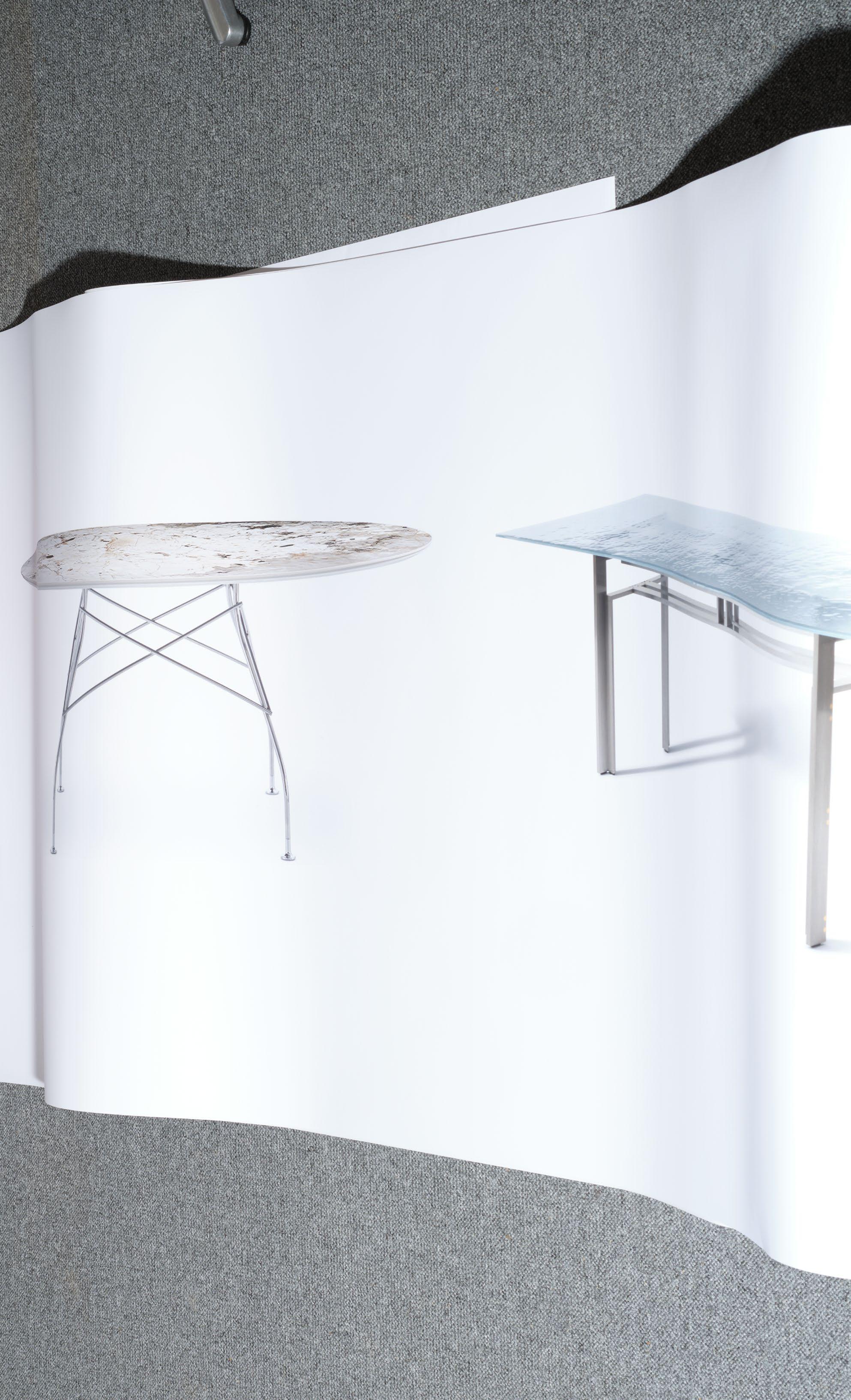
Left to Right
Mondrian tables, 2020
Manufacturer Poliform, Italy
Designer Jean-Marie Massaud
b. 1966, Toulouse, France
Jean-Marie Massaud used the same structural form at a variety of scales – for a low table, or a higher dining version.
Glossy Outdoor table, 2019
Manufacturer Kartell, Italy
Designer
Antonio Citterio
b. 1950, Meda, Italy with Glen Oliver Löw
b. 1959 Leverkusen, Germany
Antonio Citterio’s long-term relationship with Kartell began with a wheeled trolley. The Glossy table reflects his work to reshape the identity of the company’s products.
Doge Laguna table, Designed 1968, produced 2023
Manufacturer Cassina, Italy
Designer Carlo Scarpa
b. 1906, Venice, Italy
Carlo Scarpa was one of Italy’s most respected architects of the second half of the 20th century. Cassina’s table has both the refinement of his architectural work, and its presence.



PAGE

AC
THIS IS
NO. 33 THE PORT REVIEW OF DESIGN A NEW KIND OF CONTEMPORARY WORDS DEYAN SUDJIC
IN THE WORLD of furniture, there is nothing else quite like Antonio Citterio and his 30-year relationship with Maxalto. What began as a casual conversation with Giorgio, the son of B&B Italia’s founder, Piero Ambrogio Busnelli, about reviving the company’s defunct artisan timber range has become a significant brand in its own right. Each piece of furniture made for Maxalto is designed by Citterio. But over 30 years, time has seemingly stood still. In every catalogue it is never quite clear which pieces are new, and which were designed in 1995. Perhaps it’s more accurate to say that it is not so much that time has stood still, but that a new generation has caught up with an idea that took shape in Citterio’s mind a long time ago. When he started on Maxalto, Citterio had an instinctive sense that there might be a moment when a new generation would become more interested in a way of living that was more formal than his own, and which he had begun by designing for.
Maxalto – which had a false start in the 1970s and came back to life in the 1990s – now has a unique identity. The architects Tobia and Afra Scarpa, who were from Venice, came up with the name; Venetian dialect for ‘of the highest quality’. They designed some exquisite craftsman-made chairs that were impressive in themselves but did not present a broader point of view.
Citterio has turned Maxalto into a complete and convincingly imagined world. If Ralph Lauren conceived a world of WASP privilege and made the clothes that brought it to life, Citterio has made the furniture for a way of life inspired by progressive, cultured, bourgeois Parisians. For Citterio it’s not nostalgia, but an alternative form of the contemporary. You can imagine the invisible occupants of the rooms portrayed in successive Maxalto catalogues reading Sartre and Les Cahiers du Cinema, listening to jazz, collecting African art and waiting anxiously for their teenage children to come home unscathed from the Boulevard Saint-Michel, protesting against the colonial war in Algeria.
The first idea had been to produce a few pieces of furniture using oak or wenge wood, and see what happened. The design language would be contemporary, but as Citterio puts it, with perhaps with a warmer atmosphere than the work that Citterio himself, and many other designers, from Gaetano Pesce to Mario Bellini, were producing for B&B Italia at the time.
In fact, what Citterio had in mind was to follow the example set by Jean-Michel Frank, the gifted French designer who died in New York during World War II aged just 46. Frank belonged to the same generation as Le Corbusier but did not feel the need to make his furniture look like a piece of mechanical equipment. Citterio has never replicated specific pieces of other designers’ work, but for those who share his encyclopaedic knowledge of the evolution of 20th-century furniture from
Charles and Ray Eames to Jean Prouvé, the quotations and references are part of what gives Maxalto its character.
“The beginning was casual. It was not totally clear what it would be. OK, some wood, a little bit traditional, but it was not yet a total concept, or a new brand. Certainly it was not yet the possibility to create a complete 160 piece collection. In 1995 Maxalto was just five products,” Citterio says. “It was modern, not traditional. Traditional is when you design scenery. I am doing something for real people.”
His thinking began to crystallise after he rented a classic Parisian apartment for a three-week shoot for the first Maxalto catalogue.
Filling a real apartment with chairs and tables got Citterio focussing on the lives of the people who would be using them. “After two or three years we understood it would be the real idea of the scenography. We had a family in mind.” He continues to use the same apartment for catalogue shoots to this day.
Furniture exists in the context of an architectural framework. Citterio came to see Maxalto’s essential character as rooted in the concept of equipping individual rooms. He characterises B&B’s furniture as designed for “contemporary space, which is to say, a series of fluid spaces, with no separations between one and another. You don’t distinguish where you eat from where you relax.” In clear contrast, Maxalto furniture is designed for distinct rooms, each with a defined, formal character. “Maxalto has a dining room, with a table, it has walls and cabinets that are all arranged symmetrically in space.”
Citterio has always seen that the best way to design furniture was to think about the people who would be using it, and their way of life. In his early days, he used himself as his own model. “To do a new sofa you must imagine somebody. For B&B’s Sity sofa, I imagined myself, partying. I thought what are all the things I can I do on this sofa, and I tried to imagine all the diferent things that can happen on a sofa. The new generation of my son is more formal than I was, they invite people home. You are served with a perfectly arranged plate, not just some salami, red wine and a bit of gorgonzola the way I did it. Now they like a little formality. They like Maxalto, they like the ritual that it implies, and the symmetry.” Maxalto gave him the chance to think about other lives. In making each successive catalogue, he saw himself as working like a film director, evoking life through spaces, images and objects. The photographs showed the way that Citterio expected his pieces would be used, but he was also beginning to design for the specific spaces evoked in the Maxalto catalogues.

The still photography for the catalogue has been brought to life in a series of short videos that reflect Citterio’s cinematic ambitions. One of them opens with the camera confronting the elaborate double doors of a Parisian apartment building. Twin cast iron lion’s heads holding brass rings in their jaws fill the screen. The camera pulls back sud-
denly and cuts to show a French hero on top of a column in the middle of some nameless square in a fashionable bourgeois quartier of Paris. There is a jerky tilt up to the sky, revealing the facades of a couple of Haussmann’s boulevards. Then you are back inside the building in a glass elevator rising in the stairwell, glimpsing stained glass. The door to the apartment opens, and you find a sequence of enfilade rooms, parquet floors, panelled plaster walls and a ceiling that is ornate, but not too ornate. In the background is a pair of double windows, each one reaching down almost to the floor. Cast iron fireplaces sit within marble surrounds. On the console table is a polished Cambodian head looking out over the cast iron balcony towards what is not the Seine or the Eifel Tower, but the presence of both is implied. The head shares the console with Anton Corbijn‘s book, The Living and the Dead, and a heavy slab of an Eileen Gray monograph. The camera lingers on the stitched leather of a sofa, the grain of a solid oak table, the texture of the wool upholstery of the sofa. Later, a glimpse of the railings on the Rue de Rivoli next to the gardens of the Jeu de Paume hint at its actual location.
We briefly see a writing desk. The urge to look inside what, in itself, is a highly suggestive piece of furniture – given that most people have given up handwriting – to learn more about occupants temporarily in another room, is all but irresistible.
Inside the desk there is a diary and clutch of pencils, but no computer. In fact, nowhere in the apartment is there a television, or a music system, or any other piece of technology, not even a telephone. There is an Art Basel catalogue, but no newspapers. There are suggestions of a meal on the table, but young people aren’t much in evidence, not even seenbut-not-heard children. There are no toys to be seen, but you can spot a Bauhaus teapot, what seems to be a constellation of Fornasetti plates on the wall, Tom Dixon candlesticks and Achille and Pier Giacomo Castiglioni’s Taccia table lamp, to suggest occupants with eclectic tastes.
Citterio has maintained the Maxalto idea with a remarkable singlemindedness. On occasion he was ready to abandon the project, rather than compromise it. “I believe in it. In the muddle of 30 years, it’s not always easy to keep the direction, and there have been diferent owners. Over the years I have been asked ‘why is it always black and white, why is it always the same approach, why can’t you change?’ I always said ‘no, I can stop if you want.’ Now they understand. If I tried a colour, or changed the house, or did other kinds of furniture, it would destroy the idea of the movie.”
Where can Maxalto go next? “I still think that I am a contemporary architect,” he replies. “But in designing furniture there is a lot of memory involved. Maxalto is another version of contemporary. If I ever did another Maxalto, I would need to find another house. In the future it’s going to be virtual, but I could imagine an indoor-outdoor house in Brazil.”
Antonio Citterio’s imagined worlds for Maxalto
ENZO
THIS IS PAGE NO. 35 THE PORT REVIEW OF DESIGN I SUGGEST YOU LOOK OUTSIDE THE WINDOW INTERVIEW DEYAN SUDJIC
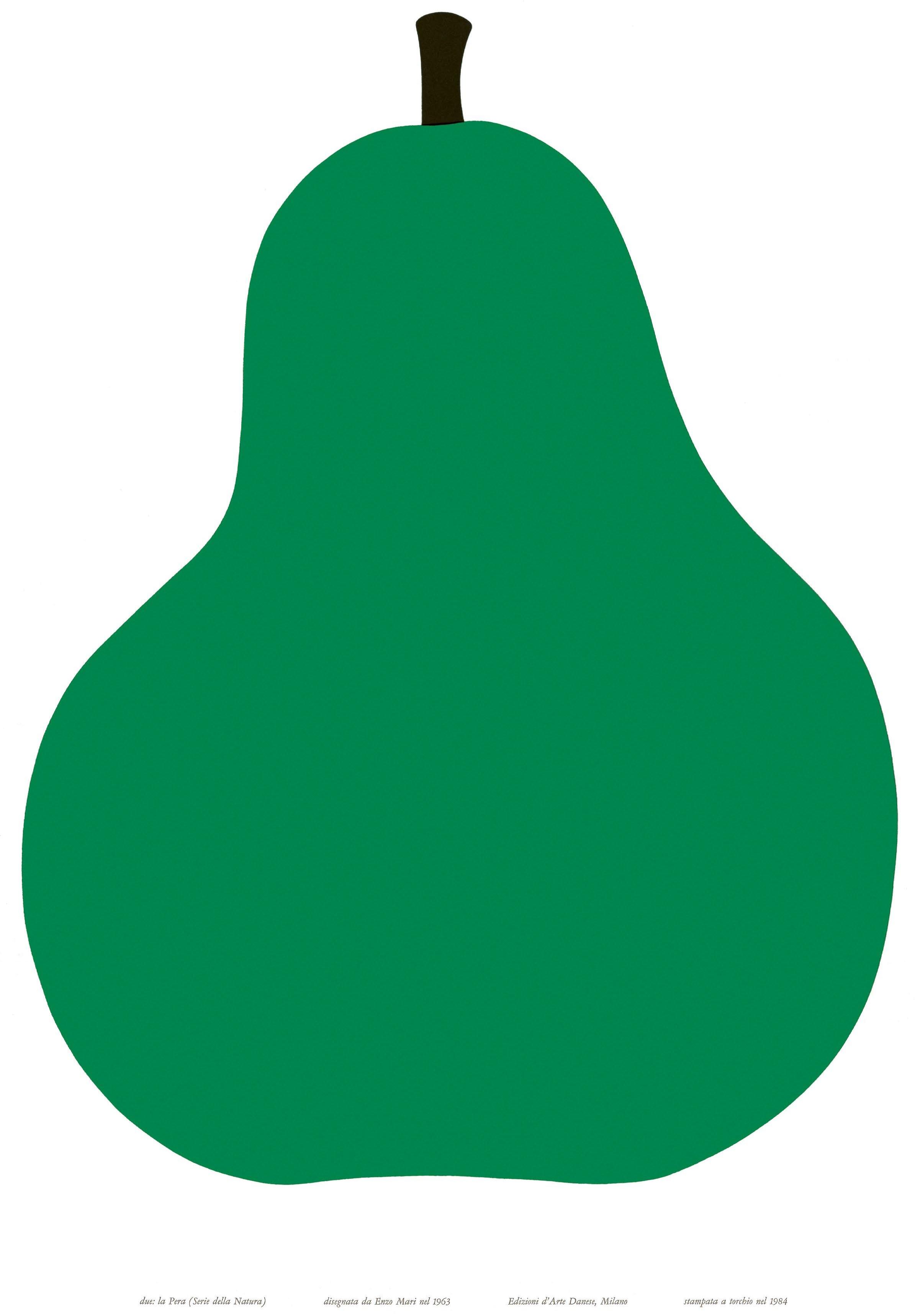
HANS ULRICH OBRIST, artistic director of the Serpentine Galleries since 2006, is arguably the art world’s busiest curator. This year, however, his most intriguing show is at The Design Museum – a retrospective on Enzo Mari, a designer, artist and teacher who continues to resist categorisation. Here Deyan Sudjic and Hans Ulrich discuss Mari, his work, and the particular challenges of a show as ambitious as this
How did you come to have the idea of working on an exhibition with Enzo Mari?
In a way, it began when I met him. The late 90s were a really interesting moment at the Iuav [Istituto Universitario di Architettura di Venezia], the Venice architecture school. They invited Olafur Eliasson, Stefano Boeri who later became the editor of Domus and me to do a series of seminars. Basically we said, you know, let’s not divide architecture and
I did with Christian Boltanski and Bertrand Lavier. It began 30 years ago and it’s still going on. We thought that it would be nice to do an exhibition based on instructions and how-to-do-it manuals. I was in the art world, so I knew the history, from Duchamp to Moholy-Nagy, conceptual art, and Fluxus. But it’s only through Do It’s endless tour that I started to learn about what role instruction art plays in Asia, in Tropicalía and Brazilian art history, and what role it plays in African art history. People started to say, “You should also look into other disciplines.” Initially I was only looking at art, and then I started to research architecture, design and music.
And design is a set of instructions.
Exactly, and I came across Mari. Even before I met him in the 90s, we invited him for Do It. Autoprogettazione [Mari’s programme of self-assembly instructions for simple furni-

did one session just on book design. He had an amazing practice. He not only designed his own books, but also did books for Antonio Negri [the Italian political philosopher sentenced in absentia to 30 years in prison for his alleged association with terrorism].
We did another interview about Arte Progamata with Nanda Vigo. It was quite a short period when Mari really was a visual artist. Then we did another one on environmental questions.
I was always saying to Stefano Boeri, you know, I dream one day that we can do a big show about Mari. Each of those conversations would be a chapter. One could do an extraordinary, big show about Mari, that had never happened before.
Boeri said we needed to do this show one day, but we didn’t really know exactly where. It wasn’t completely right to do it in an art museum. The Musée d’Arte Moderne in Paris, where I was at the time, wouldn’t feel completely right. Even if he had a period as a visual artist, he needed to be contextualised as a designer. So it was a project which didn’t have a home for years. Then Boeri was appointed as the president of the Triennale [in 2018]. Literally the hour he got appointed, he rang me, and he said, “we have the venue”.
Mari was always positive about this? Because he did need quite careful handling. He could become quite abrasive in the wrong circumstances, but he was always positive about the idea?
You and I met through the jury for the Kiesler Prize that went to Cedric Price. In that respect Mari is quite similar. Both Cedric Price and Mari had a quite strong antagonism to their field. I mean to their main field – I would say Mari’s main field is design – and he had an extreme antagonism, particularly to the commercial side of it. In a similar way to Cedric Price, who had a very big resistance to architecture.
But paradoxically he would also work for Hermès. And make objects for Danesi?
art in the Vasari way. Lives of the Artists, Lives of the Architects – we combined our seminars, which was kind of a thing, but it actually worked. It was before I moved to London, I was a curator at the Musée d’Arte Moderne in Paris at the time. Every second week I took the night train to Venice on a Thursday. I would arrive in the morning, teach on Friday, and then go for the weekend to Milan to work with Stefano on Domus. Then there would always be these dinners at Stefano’s home in via Donizetti. They were extraordinary, Vico Magistretti would be there, Nanda Vigo would be there, very often on the same evening. Achille Castiglioni was still alive, Ettore Sottsass would come. There would be Stefano’s mother [architect and designer] Cini Boeri and Enzo Mari.
Even before that, a key thing in my encountering Mari was a show called Do It, that
ture] was always, I think, very, very popular. I was kind of amazed by Mari. There was a book of his which I came across. [The Function of Aesthetic Research, published in 1970] It’s an incredible masterpiece, which he designed himself. It was his first retrospective when he was around 40. He made the graphic design. I think it’s genius, and so I’ll always carry it with me.
He was fascinating because he brought all these disciplines together. Industrial design, design, science, visual art. He was part of Arte Programmata [the 1962 kinetic art exhibition curated by Bruno Munari and supported by Olivetti]. I started to have deeper conversations with him. I would go and visit him and make recordings of our conversations. I realised that the complexity of his world was almost irreducible. Each time we met, we could cover another ground. For example, we
Exactly. And he would also design shows for Cartier. He did do that. But he did have a resistance... I don’t think it was so much the idea of working with brands he was against, because he did it himself. But he was really against the idea that things would be done and wouldn’t last. When we went to see design shows, he would always say “this will not last”. But also, I had the feeling that because of my not coming from the design world, it was kind of easier, maybe.
You weren’t part of a tribe.
In a way. Maybe I was more neutral.
And did he have any involvement in the way that the exhibition shaped itself?
He had a very strong involvement. I went to see him with Boeri multiple times. There was actually an exhibition in Turin in 2008, part of the Torino World Design Capital, which I went to visit. That was, of course, before we could start on the exhibition, we just went
Equipment for research on colour and volume relations. 1952. Photo attributed to Paolo Monti

Previous spread: The Nature Series. No. 2/ the pear with Elio Mari. 1961. Photo Danese Milano
from curiosity to see the show. It’s the last show he designed during his lifetime. He was very, very involved in that. He supervised the exhibition design and grouped the whole oeuvre of thousands of works according to diferent themes and groupings. He also developed a plinth for the display.
When I started on the exhibition, he was already quite frail. It was the last two or three years of his life. He couldn’t attend the opening of the show. It was a complete tragedy. He died the day after the opening, and Lea Vergine [his wife, a critic and curator] the day after him.
That last show of his was a departure point. I have always found it interesting to see how one can restage exhibitions and exhibition designs. From there he was comfortable for us to let it evolve. Lea Virgine was very involved. We had many conversations with
her. Both Mari and Virgine loved my suggestion that we should invite artists and a few of his designer friends – Nanda Vigo was the foremost, to do homages. He loved this idea. He was very interdisciplinary. It went from Dozie Kanu, who is a young artist, to Virgil Abloh, who was obsessed by Mari, and they all did tributes to him.
Do you think people understand what he really was? Perhaps that is a ridiculous question. He was so many things, he was the kind of designer that you can take what you want from.
I think that’s the idea of the show, that everyone can find their own thing in it. There seems to be an ever-increasing interest in Mari by younger generations. And I was wondering, what’s the reason? We started to do
design shows at the Serpentine where we give carte blanche to a designer; Konstantin Grcic, FormaFantasma and then Martino Gamper. All roads always led to Mari. When I asked them, “Who are the designers who inspire you?” they all said Mari. Martino Gamper even included Mari in his show at the Serpentine.
I think it’s also Mari’s environmentalist approach and his idea of never doing anything which is not needed that interests an even younger generation, like FormaFantasma.
I was looking again at an interview with Mari. He told me, “I suggest you look outside the window, if you like what you see, there’s no reason for new projects. If, on the other hand, there are things that fill you with horror to the point of making you want to kill those responsible, then there are good reasons for your project.” That has to be a very Mari sentence.
Enzo Mari. Photo by Ramak Fazel
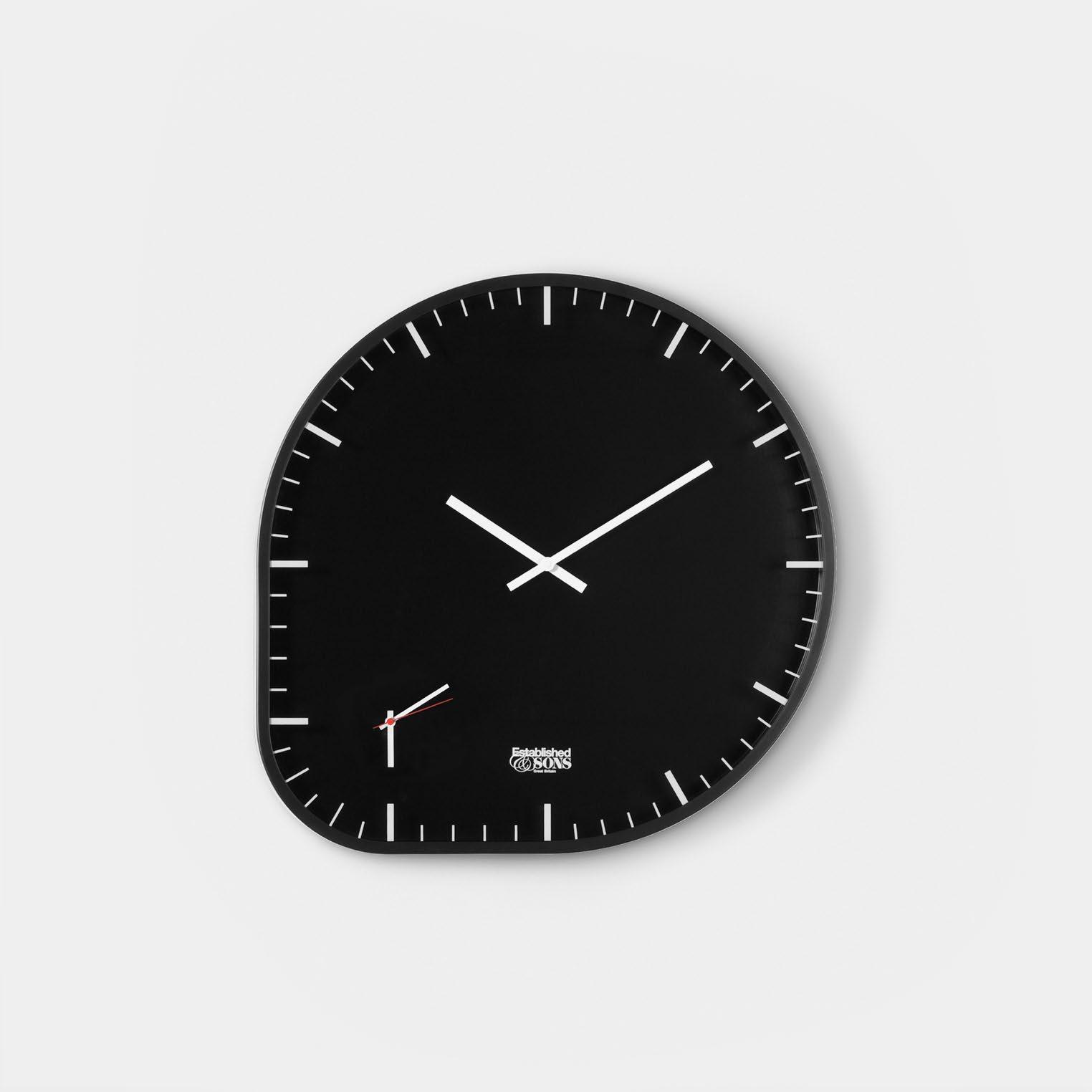
So transformation comes from need in a way. A couple of times during the Salone [del Mobile Milano], I would ring him up, and say, “Do you want to go and see some shows?” And he obviously wouldn’t really do that usually, but then he found it amusing. I remember once he stopped and began to scream: “This is not going to last!” A crowd of people started to gather, it was a whole scene.
I don’t know the notion in design… in fashion it’s fast fashion. Maybe a word is needed to describe it in design. FormaFantasma, in their exhibition at the Serpentine, analysed that an IKEA chair would have to last several generations in order for the resources to be justified, And I think that’s how they explained to me why Mari is so relevant for them. But then every generation will find something else in him, no?
What is the story about his donation – to the Triennale – of his archive, with the proviso that it’s not shown again for 30 years?
That was also quite an extraordinary moment. It was the last time we recorded him – about a year before the opening. Stefano Boeri and I went to see him. At the moment when it all seemed to be falling into place, the retrospective would be happening, all of a sudden, in his last interview (which we then published in La Repubblica because he asked us to make it public) he announced, in
a very determined way, that though he does want to give the work to Milan, he does not want the work to be shown again for 30 years.
What was in his head when he said, af ter 30 years?
I just think it’s this act of resistance.
Was he just trying to be difcult?
An act of resistance, but also, no, he did say in this interview that he just feels that the state of design today is such that he feels it needs a pause.
He wants to wait for better times?
Yes, wait for better times. And then I explained to him that maybe actually for people to see his work might make the situation better. It was a whole thing, you know.
Making an exhibition about design, is that entirely a diferent activity from making an exhibition about art?
It’s diferent. I clearly come from the art world. I’m a curator who learned to do exhibitions in the art context. But then I always felt that it’s important to kind of connect. And that’s also why the interest in Mari, to connect art to design, to architecture, to science, to music, and to have a very interdisciplinary kind of
curation. I think exhibitions are a great way of bringing all these fields together. I found it interesting to bring designers and architects into my shows in the 90s. When we did Cities on the Move, Toyo Ito, and Isozaki and Sejima would send maquettes, and then they came to see our show, and they realised, “wow, actually, artists are doing experiences, so for your next iteration, we’re going to send you something else.”
But then, of course, at a certain moment, after having done for many years this idea of bringing designers and architects into the art world, I started to be invited into the design and architecture world, every now and then. It doesn’t happen that often, but it happens every now and then.
Maybe you can shoot this down, but I’ve always had in my mind this idea that design needs more help when it is being exhibited.
It needs more scenography, possibly, and that is somehow seen as being inappropriate in an art context. Every so often I read Remy Zaugg’s book The Art Museum of My Dreams... and I find him excoriating everything I’ve ever tried in an architecture exhibition.
I’m aware I haven’t answered your question. I was sort of circling around it because it’s a really interesting and complex question. I think with architecture – which is the reason why we’re doing pavilions here at the Serpentine – that the best way to solve the conundrum is basically just build it. In the sense that I think maquettes of architecture are really difcult for an audience who isn’t so familiar with architecture. That doesn’t mean only to do pavilions, it can also be very interesting with architecture that architects come up with a display feature or an experience inside, like Norman Foster’s brilliant Pompidou show (2023). But then with designers, to come back to your question, it’s not that one shows maquettes, they are the actual work. So it’s a less big conundrum.
I worked in the Barragán house [in Mexico City] I curated a show there. And then I also did one in the Lina Bo Bardi house [in Sao Paolo]. That’s another connection to design and architecture – I curate these shows in these houses, and then it’s almost like one lives in these houses for the time one curates the show. Inhabiting and keeping it in your life. I will never forget we were in the Barragán house, with Cerith Wyn Evans and with Philippe Parreno and Roni Horn, and various other artists were there. All of a sudden, the record player worked again, because he had a record player in every room. And Cerith started to put records on, and then we were looking at some videos with Barragán’s voice. The house suddenly came alive.
With Mari, it’s diferent, of course, because the exhibition is not in his house. Sadly, that’s my biggest regret.
That is something which society is missing out on. These important apartments and ofces, which are like Gesamtkunstwerk, where visionary artists or designers work for their entire life. They should be kept so people can visit them in the future. With Mari, sadly, it couldn’t be preserved. But in any case, we are obviously not in the house. I do
Two Timer for Established and Sons. Design Sam Hecht and Kim Colin, Industrial Facility. Photo by Peter Guenzel
believe that it makes a huge diference in an exhibition to have videos in which he talks. In a one-to-one situation people can sit in front of the monitor, put the headphones on, and almost meet him. We met him, but the majority of the people who see the show will never have met him.
I hope that the Mari show can give people diferent entry points and experiences, more than just the objects.
I loved his of f ice and his f iling system, two piles marked ‘Importante’ and ‘Meno Importante’.
That’s why I think his ofce should have been preserved, that would be magical. The idea was always that we wanted people to visit the Triennale and then, in small groups, the ofce. That was my kind of premise, you know, so that the exhibition would be in both places. I then was having a sleepless night, and Stefano called me and said, “This is not possible.” And that kind of – undermined is a bit of a strong word – it sort of weakened the curatorial premise of the show in Milan, because I had this idea of having these two places, you know. And then I came up the next morning with this idea that we could ring the great Mimmo Jodice. Who is now, I
mean, he’s very old. and one of the greatest photographers of his generation, he’s based in Napoli. And who also knew Mari since the 60s. We would get Mimmo Jodice to absolutely, mimetically photographically document the now no-longer-existing studio. So at least we would have that for posterity as a sort of photography thing. The photos then became part of the show.
There’s a diferent time scale, strangely, for furniture and for technology. Furniture can still be relevant 100 years af ter it was designed.
Mari has that total timelessness. It’s also not a design show only, because there are all these other dimensions to his work. So in the exhibition, at certain moments you are in an art show, because you have his Arte Programmata period, then you’re at certain moments in an industrial design show. Then you’re in a furniture show, and then at a certain moment, you know, you’re in a... you have his whole educational thing, you know, these are the lessons.
Is curating changing? You might be described as the successor of Harald Szeemann, and one could say, of the creative use
of what curating can be, are we now moving into a more collective period?
I have always thought of curating as a collective process. I worked with Kasper König, [founder of the Portikus gallery in Frankfurt and former director of the Ludwig Museum in Cologne] who was my mentor. But I did interview Szeemann. I studied his work and I met him as a teenager growing up in Switzerland in the 1980s. So it was certainly important just to be aware at such an early age that the idea of curator, and the kind of role they can play in society, existed as a profession. He was important in that way, but from the beginning I never followed the model of signature exhibitions. For me it’s always a collaboration, it’s always a collaborative practice,
[The Mari exhibition is] a hugely collaborative practice. It’s a collaborative practice with the designer, with all the artists who are involved, with Francesca Giacomelli, who is the scholar, and a great expert on Mari. It’s a collaborative practice with Stefano Boeri, because this has clearly been developed with him, you know, from the beginning. It’s a collaborative practice in many diferent ways. I would say all my shows have been the collaborative kind of endeavours. I never really curated a show on my own, or very rarely.
 Lo zoo di Enzo by Nanda Vigo. 2020. © Triennale Milano.Photo by Gianluca Di Ioia
Lo zoo di Enzo by Nanda Vigo. 2020. © Triennale Milano.Photo by Gianluca Di Ioia
Design operates with more formal constraints than most creative disciplines. The designers and makers below all come from the photographic world, so were all asked about that transition – from the limitless to the tangible and finite
DIY
THIS IS PAGE NO. 41 THE PORT REVIEW OF DESIGN CONTINUE EXPLORING
Dham Srifuengfung’s jewellery works to give form to the solely imagined – having long admired archive photography of ancient objects, he set out to “invent these precious objects”. The objects are playful, and form an interesting corollary to his largely biographically approached photography practice.

1

2 3
Lea Colombo’s work, to her, is all one. It’s all light, colour, experience. She tells us, “It’s all connected, it’s all there, it’s all in front of you.” Texture recurs across her work, across the disciplines – this is all, to her, about a “world with colour”. She sees a world without it as “a world untouched”.
David Luraschi and Nara Lee, who work together on what they call ‘art furniture’, come to design from a photography and a fashion and set design background, respectively. Humour and play are core to their FAMILY project – Nara mentions “humorous ideas, vivid colour juxtaposition and graphic elements” and David describes the spaces they build as “a functional playground”. They come at mutually unfamiliar territory from diferent angles, and credit art director Clementine Berry with wrangling things together; David says, “Clementine took all this playfulness and gave it a language.” He also tells us he’s inspired by Nara’s “natural fantasy and view on the world”, and Nara says she learns from him to, in their work, “continue exploring without making a definite conclusion”.


Sophie Green’s photography is mainly documentary – she sees her ceramics as part of a similar experiment with “both chance and choreography”. In both situations, she sees control as limited – she can’t control reactions in the kiln, and she can’t wholly control documentary subjects. She tells us: “Surrendering control in this creative journey carries a sense of invigorating risk, yet ultimately, nothing crucial is at stake.”
Scheltens & Abbenes say that their design work “always comes from their photography” – their kites are an extension of their photographic work. They see photography as, “a medium that you can design with. It’s a tool to shape and communicate an idea. In our photography we like to make the material almost touchable.”

5
4

LONDON, PARIS, MUNICH, MILAN, NEWYORK, WASHINGTON DC, DALLAS, MIAMI, BOSTON
ARBITER SOFA SYSTEM COLLECTION DESIGNED AND COORDINATED BY ANTONIO CITTERIO
173 FASHION MARKET SHARE 186 201 SALAD DAYS SPHERE SPAWN 217 229 GOSSAMER FRAME WORK 244 260 CHECKED AND BALANCED LAST MILE 272 288 FALLING FAR FROM THE TREE PORT COMMENTARY Fernanda Eberstadt How Not to Skin
Rabbit Nikki Shaner-Bradford (Re)Consider the Oyster Emmeline Clein I Will Keep You With Me Forever, Even if It Kills You THE PORT REVIEW OF DESIGN 173
a

END.
THE PORT REVIEW OF DESIGN
LONDON, PARIS, MUNICH, MILAN, NEWYORK, WASHINGTON DC, DALLAS, MIAMI, BOSTON
ARBITER SOFA SYSTEM COLLECTION DESIGNED AND COORDINATED BY ANTONIO CITTERIO
173 FASHION MARKET SHARE 186 201 SALAD DAYS SPHERE SPAWN 217 229 GOSSAMER FRAME WORK 244 260 CHECKED AND BALANCED LAST MILE 272 288 FALLING FAR FROM THE TREE PORT COMMENTARY Fernanda Eberstadt How Not to Skin a Rabbit Nikki Shaner-Bradford (Re)Consider the Oyster Emmeline Clein I Will Keep You With Me Forever, Even if It Kills You 173
Nikki Shaner-Bradford (Re)Consider the Oyster
Nikki Shaner-Bradford is a writer who recently moved to Providence, Rhode Island. In this original essay for Port , she plumbs the local oyster industry
If you want the oyster gossip, start with the shucker. Over the raw bar at Gift Horse, Martín tells me seasonality is a marketing ploy, aquaculture is on the rise, M F K Fisher bests David Foster Wallace on both shellfish and style, and the latest pearl turned up on New Year’s Eve.
It’s January and I’m only at Gift Horse for the cocktails. Oysters, in New England, are summer fare. Most local jaunts hew rustic with waterfront tables and fall festival tents. In August, I moved to Rhode Island from Paris, a decision received with shock and confusion by long-time Rhody residents. The population of Paris is more than double that of the entire Ocean State, let alone its sleepy capital city.
In Rhode Island you are never far from the water. The dark expanse stretches just beyond the bounds of the highway. But it is easy to forget that those waters are populated with quahogs, the native hard-shell clam, and their quahoggers, a contingent of freelance fishermen who rake through the silt for molluscs year round. Stretches of coastline host oyster farmers and other aquaculturists hoping to strike big in shellfish. As the smallest state, resources are limited, but the growth of the “blue economy”, so termed for all aspects of the ocean industry, stokes fierce competition, necessary collaboration, and eforts on all sides to support local enterprise.
Shellfish is a territorial business. Fishermen hoard coordinates and clams. You need to know the weather, the season, the tides, the drift. Back in the quahog heyday, in the 80s, rumour has it you could rake in over a grand in a matter of hours. It was a gold rush on the open water: guys pulled guns, climbed aboard rival boats, threw enemies over, and met up on land to duke it out. Now the state has its own say in the turf wars. Zoning limits harvests and protects high-population areas from overfishing. Old-timers inherited their fishing licences, but newcomers enter through a strict licensing lottery, or special reserves for students and seniors. Those who left chose trades with a guarantee of gold, like plumbing or carpentry.

The fishermen still on the water are a special breed. Most quahoggers are older men who prefer year-round exposure to the elements to the torments of a landlocked job. Others are hobbyists looking to earn extra cash. All gamble in the house of mother nature. “No one owns the ocean,” the fisherman and -monger Davy Andrade tells me. “Deep down they all know that. But, at the same time, they’re just trying to make a day’s pay.” The guys who do make a living are often those who get up before dawn to catch at first light – legally, fishing begins at sunrise – arriving at Andrade’s family-run market, Andrade’s Catch, by late morning. Each cull is bagged by the bushel and tagged with a harvester license number, dig time, location, and type, as well as all other manner of data that the shop manages and relays to the state during quarterly inspections, and to the FDA annually.
When local fishing supply lags, restaurants are forced to import from Virginia, where overfishing and pollution have eroded the once-plentiful Chesapeake oyster reef. “When you find a spot, it’s like finding treasure,” Andrade says. But with shellfish, there is no one holy grail. In the eastern Atlantic the crop keeps growing, and there are many ways to cash in on a clam. Quahoggers use a bull rake – a large comb-like contraption turned through the soil by hand, lending its practitioners a triangle-shaped body, one also rife with back injuries. Rather than clearing a patch like a typical farm harvest, the rake loosens the seeds and young clams back into the water, churning nutrients into cash down the line. I’ll see you again, the quahogger thinks when he picks through his cull. Throw back the babies and they’ll make you money down the line; let someone else fish in your spot and they’ll take the food out of your mouth.
“It’s a primitive way of life,” Andrade says, with visible pride. Of the crowd of fishermen who roll through Andrade’s, about six or seven scuba dive of their boats to gather oysters, filtering through the muck by hand until silt clouds any visibility. The wild oyster lives a seasonal reproductive cycle, fattening up in the fall to hibernate through the winter, and spawning as temperatures warm. To survive, the oyster filters phytoplankton and algae from nearby waters, and forms shoreline-protecting reefs that once spanned the coastal Atlantic, but now dwindle after decades of poaching and pollution. Though the oyster lives a theoretically long and protandric (sex-changing) life, this journey is often cut short by human consumption, environmental destruction, and natural predators. Oysters can live for decades but are typically consumed at only a few years old.
When I lived in New York, I only ate oysters if somebody ordered them for a birthday, and even then, only when it was enforced out of novelty or ritualistic toast. Shortly after I moved to Paris, I got into the habit at le Marché Bastille, where a ragtag group followed a local barman on Sunday mornings to a family-run tent. There oysters come in plastic bins stacked on the sidewalk, each organised according to size, where they are thwacked onto colourful plastic platers and shucked open in a frenzy of saltwater and lemon. In Paris, I ate oysters for hangovers, for friendship, and for some fleeting joy in February. In the Ocean State, however, I have hesitated.
The last time I ate an oyster was on a rainy beach on Île-deBréhat, a walking-only island of the coast of Brittany. My host fetched a wild shell from the shoreline, split it open with a long knife, and passed it over without hesitation or accoutrement. It was sharp with grit and looked like a rock. Within a day I fell ill, unable to rise from the bed where I languished under looping “anti-nausea frequencies”. The French ofered mysterious medications, urged ham croissants, and pushed me into the fresh coastal air, only to stand by as I vomited into the tall grass. In feverish afternoons, I imagined myself being airlifted of to the nearest hospital while the French looked on from the yard, their wet towels windblown against bushes and trees.
LONDON, PARIS, MUNICH, MILAN, NEWYORK, WASHINGTON DC, DALLAS, MIAMI, BOSTON
ARBITER SOFA SYSTEM COLLECTION DESIGNED AND COORDINATED BY ANTONIO CITTERIO
COMMENTARY 174
Though the “R months” rule came from the days before refrigeration, rising water temperatures and news of vibrio – a potentially fatal bacteria that grows in warm coastal spots – have maligned the oyster this past summer. But unless you are eating straight from the tidal pool, oysters are so strictly monitored that illness remains a rarity. Even so, when pressed, any oyster insider will tell you oyster season is winter – no question. Fatty reserves lend the winter oyster a better meat fill and richer flavour. The summer oyster is watery, its energy reserves depleted from months of hibernation.
These days most Rhode Island oysters are farmed rather than wild. Oyster seed, or “spat”, is purchased from a hatchery and frequently monitored. Individual cultivation methods are vast: some farmers mimic natural conditions by cultivating shallow seabeds, while others use large cages or mesh plastic bags that are regularly flipped and rotated to prevent the molluscs from attaching or accumulating algae. A small operation might have a quarter- to a half-million oysters growing on leased land at any given time, graduating scoops of baby molluscs into larger bag weaves over days and weeks to optimise for increased nutrient flow as they grow.
There is no easy money in shell-fishing or farming, no matter which way you shuck it. While commercial fishing and quahogging are often generational ventures, oyster farmers are a newer contingent, made up of aquaculture graduates, beachfront retirees, and other enterprising folk with enough money to invest in a game that might not bring cashflow for years. Though a spat can go for four to five cents – compared to dollars for a full-grown oyster at sale – the overhead and risk is enormous. Equipment and licensing will run into the thousands well before an oyster is edible, and an investment could be gone in a single storm.
The oyster farmer knows climate change intimately; like watching an old friend age poorly. “I’ve seen that shoreline disappear in nine years,” the founder of Bluf Hill Cove Oyster Company, Harvey Cataldo, tells me. Because Cataldo is outside with his oysters every day, he has not only watched the shoreline recede, but water temperatures rise, storms worsen, and new species blossom in an evolving ecosystem. Since the farm’s ofcial founding in 2014, the work has changed with the climate: more algae grow on the cages in warmer temperatures, requiring additional maintenance and turnover to ensure flow through the slats. Violent, unpredictable storms have destroyed bags, tossed material into the trees or out to sea, and lost oysters into the ocean or up onto the sand. All of this means money, but it also means death. When Cataldo catches sight of a live oyster stranded to shore, he throws it back with his babies, out of principle more than profit. There is easier money to be
made elsewhere; for all the reasons to farm – financial, ecological, culinary, lifestyle – deep down he just likes watching them grow.
On my visit to Bluf Hill Cove, which sits on Point Judith Pond, in Narragansett, I suit up in waders – an inelegant operation for anyone, I am told – and follow Cataldo down to the shore. We picked the warmest day of the week but it’s February and after an hour or so in the water my feet start to go numb. Bluf Hill Cove is best known for its Winter Pearl, a tide-tumbled oyster that holds the coveted top spot on Oysterater, an online repository and community rating site. Winter Pearls are grown in a specialty flip bag that moves with the water, causing the oysters inside to clatter together. Though a wild oyster will grow about an inch out per year, farmers speed development by encouraging depth over length. When the oysters collide in a flip bag, their outermost edge breaks of, forcing the shell to grow round over long, and creating room for more meat and flavour. This makes the Winter Pearl small enough to sit in my palm, but with a deep cup, almost the shape of a madeleine, and nearly as smooth. When Cataldo shucks one open, the inside is cream-coloured. It goes down easy.
An oyster wears its whole life on its shell. As it grows it accumulates ridges, pushing outward like a fingernail and sealing silt and other intruders into new layers of shell. From the exterior ridges you can get a sense of the oyster’s outer life – its run-ins with predators, its diet, the rumble of the tides – but the inside, too, is revealing. Knee-deep in the water, Cataldo scrapes a shucking knife over a vein of purple that shoots through the white inner shell, revealing a deposit trapped beneath. An oyster is a hearty soul; this one subsumed an intruder into its many layers, protecting its innermost meat from harm – until now. I eat four more, tucking their emptied shells into the pocket of my waders.
Following Cataldo’s path through the water, I have to step carefully through the sand he stirs, unable to see the bottom. There are cages to wade through, ropes reaching out, loose and overgrown oysters underfoot. As the sun starts to fade, I ask Cataldo whether he is ever afraid out here, alone, when it gets dark. I can imagine a million and one ways to die for an oyster, possible vibrio aside. Cataldo has gotten hypothermia a few times, and one winter night his foot slipped under a cage at the outermost edge of the farm. Alone in the ocean, he had to swim himself upright, untrap his boots, and wade through freezing water to shore. That day, he said, he showered for at least half an hour. Yet even by the time I am yearning for the dry warmth of my own shoes, Cataldo’s two employees, Tyler Vaughn and Ben Towne, still seem happy fixing up the trawl line. There is a special joy out on the water, where every day ofers proof of new growth. It’s another reason to oyster in winter – to remember there is life yet to come.

175 FASHION MARKET SHARE 186 201 SALAD DAYS SPHERE SPAWN 217 229 GOSSAMER FRAME WORK 244 260 CHECKED AND BALANCED LAST MILE 272 288 FALLING FAR
175
Emmeline Clein I Will Keep You With Me Forever, Even if It Kills You

Emmeline Clein is a writer. Her first book, Dead Weight , follows the cultural history of disordered eating, and has won her praise from authors like Sarah Moss and Leslie Jamison. In this original essay for Port , she probes the recent taste for onscreen cannibalism
“Are you food?” The redhead asks the blonde as she stalks towards her, each footfall a shock on marble. “Or are you sex?” The blonde smiles and shifts nervously, unsure, so the redhead takes her face in her hands and opens her own mouth. The blonde mirrors the motion; the redhead aims her lipstick, paints her lips blood red. Later, drenched in the blonde’s blood, the redhead will lick her lips and find traces of the blonde beauty stuck between her teeth. In another movie, a girl who’s just arrived at college is kissing a boy in a closet when she’s overtaken by an urge emanating from her belly, beyond her control. She bites of a chunk of his lip and flees the party, ashamed, afraid of her own appetites. On the small screen, a group of high school girls gnaw on the corpse of their former queen bee, while fantasising about a bacchanalian feast complete with passionate make outs and fluids sluicing out of golden goblets, sliding down chins. And on the pages of a recent novel, a woman describes her sexual escapades in the foodie dialect of a restaurant reviewer, before cutting of her lover’s ass cheeks, rubbing them with oil and thyme, and preheating the oven for a rump roast.
Across film, television, and literary fiction, girls are getting ravenous and plots are getting gory. Cannibalism keeps cropping up in stories about women coming of age and coming to realisations: about what turns them on and what whets their physical appetites, about the startling intersection where lust meets hunger. The scenes above are pulled straight from The Neon Demon, Raw, Yellowjackets, and A Certain Hunger, but there are more flesh-eating girls where those came from: Bones and All, Bite, Fresh. In so many of these cultural artefacts, cannibalism occurs in erotic contexts, at around the time the girl is listening to her body’s yearning closely for the first time, hearing the humming of glands and drip of fluids. In other words, late adolescence, an era that can feel as much like walking a plank as summiting a mountain. Womanhood gets you high as often as it brings you low, shoving you into the muck with your porous body and burgeoning curves. Femininity is about plastic as much as it is about the putrid, the abject, all the leaking and the liminal and wounds that don’t spell death, and in fact mean growth. Blood between your legs and an ache in your chest, strange, stirring urges. These are lessons girls learn young, discover implanted in their bones, insidiously instilled the moment we become cognisant. Watch what you eat, watch who you touch, and watch your back, because other girls are watching you.
ARBITER SOFA SYSTEM COLLECTION DESIGNED AND COORDINATED BY ANTONIO CITTERIO LONDON, PARIS, MUNICH, MILAN, NEWYORK, WASHINGTON DC, DALLAS, MIAMI, BOSTON
COMMENTARY 176
In western culture, cannibalism (and its often even more overtly sexualized analogue, vampirism) have long been theorised as metaphors for female sexuality, and the mainstream critical response to its recent iterations have largely hewn to this paradigm. The episode of Yellowjackets in which the girls first feast on the flesh of one of their own is called ‘Edible Complex’. In Raw, cannibalism is a matrilineal inheritance that arises around the end of adolescence and involves chewing up your sexual partner. The Neon Demon’s girl star gets eaten by a group of other women, one of whom wanted to fuck her. The girl becomes a literal meal after fending of a woman’s attempts to make her a more figurative one, successfully evading the woman’s sexual advances before falling prey to her other hunger. The New Yorker wrote that the first instance of cannibalism in Yellowjackets, which occurs when the girls are on the verge of starvation, “does not feel like an act of necessity so much as the fulfilment of a woman’s deep-seated erotic desire.” The same article describes Raw as the story of a “teen-age girl’s sexual awakening” that “coincides” with an “urge to consume human flesh”. A New York Times review of A Certain Hunger notes that the protagonist’s “sexual appetite is often conflated with her literal one”.
This is not the first time girls’ hunger for nourishment has been channelled through our hunger to be touched, to caress. Girl corpses appear in our culture like a recurring nightmare or a message from the beyond; trying to tell us something. Usually, the girl-body is cold to the touch at the start of the story, setting a hero on a hunt for a criminal, or setting a small town’s unravelling in motion. But when her blood runs hot, she opens her mouth wide and bites down, and a boy ends up dead. Or another girl. Her pseudo-sister in sufering? The victim becomes the villain yet remains the protagonist, and audiences get queasy as alliances shift. People fainted during the premiere of Raw (at least one person was hospitalised); they stormed out of Neon Demon. This doesn’t get to us girls as much; we’ve been making ourselves throw up for years.
The first time we see Raw’s protagonist vomit is just after she’s eaten animal meat for the first time, breaking her vegetarianism as part of a hazing ritual. It is a performance of freedom from the strictures of housebound girlhood, and a painful, purgative fall into the violent coliseum of womanhood. Abstinence of all types –from sex, from fattening food – is preached to and praised in girls. Raw’s heroine Justine’s rapidly abandoned vegetarianism, and her subsequent sickness accompanied by a sudden strength, are perhaps a ventriloquising of the body’s language, its revolt against that demand to deny unruly appetites, evidence of the impossibility of keeping up the act alongside the fear of finding out what’s behind the curtains we’ve kept tightly drawn. We are ravenous, but we are taught from a young age to control our consumption with an iron claw, to keep ourselves hungry out of fear that fuelling our bodies might make them bigger. Thirteen per cent of girls will sufer an eating disorder by the age of 20; over 77 per cent of girls aged 17-19 in the UK report ‘eating problems’ of some sort. Is it any wonder women harbour uncanny appetites on television, when they’re so hungry in real life? Repress an impulse long enough and it will find a way out of your body and into someone else’s: there will be bite marks and blood. Almost half of anorexics eventually become binge eaters or bulimics, good girls go bad.
The Neon Demon is set amid the modelling industry in the city of angels, which turns out to be filled with satanists. These girls cut each other’s throats because the beauty competition-cum-profession is so cutthroat, not because they don’t love each other. The first instance of cannibalism occurs when a girl is cut from a show in favour of her friend. She asks the girl in the spotlight how it feels in the warmth of all those stares. “It’s everything,” the stargirl says. Cut from the girl army of emaciated almost cadavers, the rejected girl bites her friend. Maybe she wants to be her, but maybe she just wanted to stand near her, walk together through that hot bath of admiration.
The first human flesh Justine puts in her mouth is her sister’s. The older sibling is giving the younger girl her first bikini wax – a ritual of self-harm in service of a form of beautification that is rooted in an impulse to tame an animal body, not unlike a diet. The wax
177 FASHION
186 201 SALAD DAYS SPHERE SPAWN 217 229 GOSSAMER FRAME WORK 244 260 CHECKED AND BALANCED LAST MILE 272 288 FALLING FAR FROM THE TREE
MARKET SHARE
177
gets stuck, this girl’s body wanted to stay wild, and in the struggle her sister’s scissors slip and her finger gets sliced of. Her sister pops the stub in her mouth while the older girl is out cold. They’d been struggling with the transition of being in college together, navigating new alliances with men and medicine, the cord of their bond stretching, growing taut enough to snap.
The older sister gets her revenge, kills the younger girl’s closest friend and recent tryst. Julia Ducournau, the director, found all the critical focus on flesh eating beside the point, saying “Everybody wants to talk about the bodies and the cannibalism. But, for me, the core of the film is the relationship between the sisters. They are separating for the first time in their lives. When I was creating the dynamic between them, I imagined a cell that was dividing.” This is how girls separate: violently, against their will, under the guise of artificially natural processes. What if cannibalism is a simple refusal of that separation, a plea and a promise? I will keep you with me forever, even if it kills you
This was meant to be bonding, but it turned dangerous, because that’s what society wants for women: to separate and rank us, put us in competition. All this consumption might be a backlash to the prescriptive fascism of femininity, the lessons we learn about closing our legs and our mouths or finding ourselves condemned. We aren’t meant to be hungry because we are meant to be objects, commodities without cravings, and dolls don’t have sisters. The customer can buy any boxed-in girl of the shelf, never mind who’s next to her. When we obey these rules in service of being chosen first, we lose each other. So listening and laughing turns into lying and lurking, waiting for someone else to fuck up first.
In Yellowjackets, Jackie, the popular girl, falls out with her best friend Shauna upon finding out that Shauna had been sleeping with her boyfriend. Twisted attempts to come close to each other: competing, cathecting. Shauna loved Jackie, and after she eats her, she says she didn’t know where she started and the other girl stopped. So maybe it makes sense to fuck her man, to put her in her mouth. It’s safer there than in the wild where they’ve ended up anyway, or in a man’s arms, which tend to turn violent soon enough. Shauna hallucinates Jackie holding out her own arm, ofering her flesh. “She wants us to,” Shauna promises the other girls before she bites in. And she might not be wrong. That show’s creator imagined “the eating of a person” as perhaps “the ultimate way to dignify that person and keep her with you forever, while at the same time destroy her and dominate her.” Women can’t have it all, but maybe flesh-eating girls can have their besties and beat them too.
The feminist writer Rebecca Solnit knows girls get consumed without their consent in this society all too often. Writing about incels, rape culture and women’s right to sexual safety, she noted that “when you yourself are the sandwich, you have the right to decide who gets a bite of you.” What I want to know is why the analogy between food and sex is so seductive yet suspect: why are we so obsessed with what goes in girls’ bodies, invested in surveillance but then averting our eyes from the screen, nauseous. I think it might be because, for too many women, every bite we take feels like it might make someone less likely to want a bite of us. For too long, our location in a sexual-romantic matrix has felt like it determined our life circumstances. Enter adolescence and your best friend becomes your competition. Teenagers surveil each other at the lunch table, slut-shame even as they trade diet tips and stand watch around bathroom stalls. So your sister stabs you in the back, but what if the scent of blood sets something of in the back of your throat? When we are competing to be consumed, where do our own appetites hide? How might they emerge, shrouded and shivering, ravenous? Eating the competition might be the only way to share a winner’s podium with our girls. Today’s feminism, faced with this competition, finds itself racing down a road that’s heading towards a clif, but ofers little in the way of escape routes. We are left with slim pickings, political appetisers.

Staring down the barrel of a gun, girls have few options for feminism: neoliberal girlbosses, dissociating nihilists, ring-lit bimbo-tokkers, and reactionary tradwives fill the scroll. Prior generations of feminists protested, shouted, sobbed, screamed, even seized – yet a beauty ideal only attainable for most via selfharm still reigns, and misogyny runs rampant through our legal
LONDON, PARIS, MUNICH, MILAN, NEWYORK, WASHINGTON DC, DALLAS, MIAMI, BOSTON
ARBITER SOFA SYSTEM COLLECTION DESIGNED AND COORDINATED BY ANTONIO CITTERIO
COMMENTARY 178
system and economy. The girls watching through their iPhone screens have noticed this, and many are trying a new tack: rolling their eyes instead of opening them widely, choosing self-awareness at the cost of solidarity. The internet rewards women who embrace patriarchal archetypes of femininity, so women have figured out a way to simultaneously embody and reject them, avoiding accusations of anti-feminism by insisting it’s all a joke.
The dissociating feminist – Fleabag, Cat Person, a Sally Rooney’s heroine – winks at her feminised pain rather than crying over it, replacing the whimpering, wounded girls of Girls with detached, deadpan sarcasm. Political disappointment becomes a fatalistic
201 SALAD DAYS
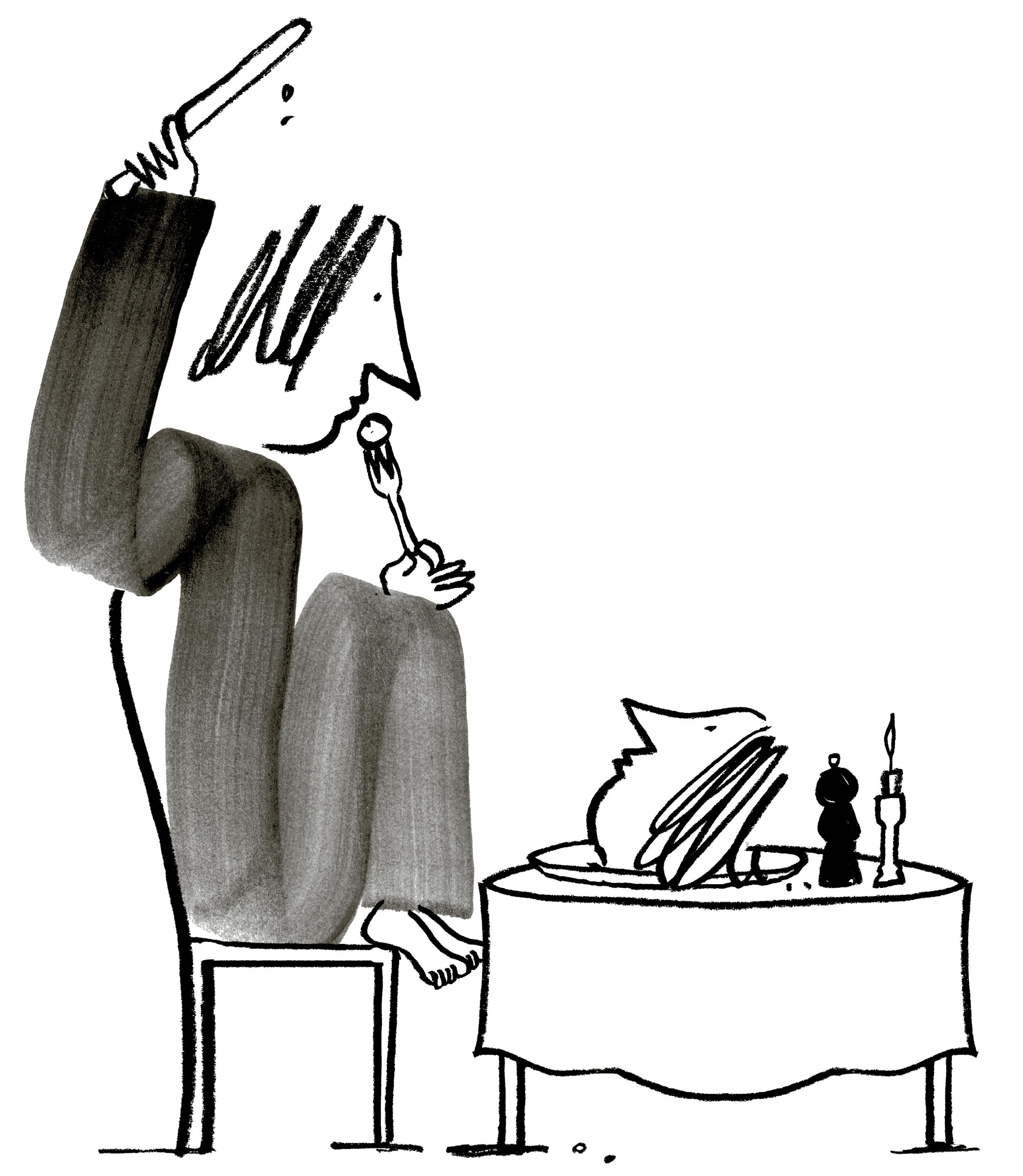
MARKET SHARE 186
Fernanda Eberstadt How Not to Skin a Rabbit
Fernanda Eberstadt has published five novels and two books of nonfiction – most recently Bite Your Friends , a memoir on the body as a site of resistance to power. She also writes widely for publications like The New Yorker, Frieze, and European Review of Books. In this original essay, she viscerally revisits a domestic encounter with, among other things, viscera
Chez Bascou, tot es bo! was the butcher shop’s cheery slogan.1 It was the year 2000. We were living in a house on a vineyard in French Catalonia, a kilometre from the sea. My husband and I were each writing a book about the area, and everything was indeed bo – not just Monsieur Bascou’s sausage which came in long intestinal coils for outdoor grilling, but our new life, where on balmy nights all the neighbours sat out late in the communal courtyard, drinking the vineyard’s potent Rivesaltes and watching our children run free, building forts in the tall reeds and swinging from the rusty thresher.
Not so bo was hunting season, when Monsieur Bascou and his mates wandered across the courtyard, rifles cocked, in pursuit of the rabbits that made their warrens in the sandy soil. French law says you can’t fire within 150m of a house, but French Catalans are a headstrong bunch, and by Sunday evenings the courtyard was littered with spent cartridges. We outfitted our kids in hi-vis fuchsia and marmalade-orange anoraks, but they still looked to me like little bunnies as they scampered through the vines.
“Do you eat rabbit?” Monsieur Bascou asked me by way of a peace ofering, when I protested.
“Sure,” I said, imagining neatly filleted columns of oven-ready pink. The following week he presented me with a carrier bag containing two dead furry beasts with long ears.
I’m a Manhattan girl. I was raised on pre-sliced bread and canned spaghetti and restaurant meals. But when I find something unnerving, I can get a little grim and go-it-alone stubborn. These were the days before YouTube could teach you how to tie your shoes or overthrow the government, but that didn’t mean I couldn’t figure out, by myself, how to skin an animal. People always said rabbits were easy-peelers, that their fur comes of like a pair of pajamas, all you needed was a sharp knife. Wasn’t this the second rule of the kitchen – keep your knives sharpened?

I dropped of our kids at pre-school, came home and barricaded the kitchen door. It was an épreuve, according to Foucault’s concept of the ordeal as a test of truth. I laid out the first rabbit on the sacrificial altar of the kitchen table, buried my face in its matted fur that still smelled of earth, autumn rain, vines, and said a little prayer of thanks.
Some day, not too soon, I hoped, other living creatures would have a chance to eat my body too.
First I hacked at the rabbit’s head with its accusing eyes and teeth,
its impossibly long ears – was that where all its power of survival lay, in supersonic hearing? You made a first cut, so that the furry coat could then peel away, but where was the magic entry point? The feet – all four – all eight of them – needed to come of too, and they were even trickier.
A nursery rhyme that my mother used to sing me started jigging nervously in my head:
Bye baby bunting, Daddy’s gone a-hunting, To fetch a little rabbit skin, To wrap his baby bunting in.
I still thought that if I could only do this thing cleanly, I might possibly wind up with a rabbit skin for each of my baby buntings.
Reader, I made a hash of it. No matter how I poked at those rabbits, their luscious fur refused to be parted neatly from the body beneath, the slippery flesh slithered away from my grasp, there was nothing to grip hold of, and the pelts ended up in bloody tatters. And yet even as I botched this basic test of carnivore capability, there was something thrilling in the endeavor. Mostly I remember the reek of it, the hot acrid boil of blood, shit, bile, the undersea coral of intestines, the liver and kidneys so raw and angry and purple, the heart in its opalescent casing. Mammalian life so freshly fled, and the strange fascination, the unease of seeing what should never be seen, a fellow animal’s innards exposed.
By the time the long labour, the slow slog of rending and disembowelling, was accomplished, the two rabbits had begun to resemble something you might actually encounter in Monsieur Bascou’s shop: I was drained but exalted.
Now we were onto firmer, less murderous-ecstatic ground: the question of how to cook these beasts, how to make a feast so royal that it would justify the bloodshed.
Back in my 20s, I’d spent six weeks in Palermo, writing about urban restoration and Lampedusa’s The Leopard. I had lived with Gioacchino Lanza Tomasi, an opera director who was Lampedusa’s adopted son, and his wife Nicoletta Polo. Nicoletta was a fantastic cook. She’d taken me around Palermo’s markets, taught me about seasons, and introduced me to those dishes that reveal Sicily’s Arab-Norman-Catalan-Aragonese underbelly, dishes where pasta improbably encounters sardines and currants and wild fennel, or cakes are named after a saint’s severed breasts.
For Monsieur Bascou’s twin rabbits, I chose a Sicilian recipe, featuring an overnight marinade of dark chocolate and red wine, using the cheap, high-octane witches’ brew of Syrah and Grenache
ARBITER SOFA SYSTEM COLLECTION
LONDON, PARIS, MUNICH, MILAN, NEWYORK, WASHINGTON DC, DALLAS, MIAMI, BOSTON
DESIGNED AND COORDINATED BY ANTONIO CITTERIO
+
+
+
COMMENTARY 180

181 FASHION MARKET SHARE 186 SALAD DAYS 217 GOSSAMER 244
272 181
CHECKED AND BALANCED
produced on the vineyard where we lived. The original recipe I’ve long ago lost, but when I email Nicoletta Polo, who now runs a cooking school out of her palazzo in Palermo, she sends me her own favorite variant from the Ragusa and Modica area – which “is famous for its extraordinary chocolate,” she writes.
So here you go, the why-not-have-it-all recipe – game, booze, chilli pepper, and bitter chocolate in one pot.
CONIGLIO AL CIOCCOLATO
Serves 4
1 rabbit
70g bitter chocolate
1 onion 1 carrot
Flour
A handful of almonds
1 small glass of dry Marsala
Extra virgin olive oil
Salt
Black pepper or chilli pepper, to taste
For the marinade:
300ml red wine
1 glass of wine vinegar
1 carrot
1 onion
1 celery stalk
A small cinnamon stick
2 cloves
3 juniper berries
2 bay leaves
5 sage leaves
2 garlic cloves
1 lemon, cut in wedges
Method
Clean the rabbit and cut it into small pieces.
Prepare the marinade in a large bowl: put the pieces of rabbit in it and pour in the wine and vinegar, then add the chopped celery, sliced onion and carrot, a pinch of salt, the lemon and all the herbs and spices. Leave to marinate in the fridge for a few hours, preferably overnight, turning occasionally. After this time, drain the rabbit pieces, dry them and lightly flour them.
Chop an onion and sauté it briefly in a saucepan with a few tablespoons of oil. Add the rabbit pieces and let them brown evenly, then add the chopped carrot and salt and deglaze with Marsala wine. Cook for about 10 minutes, then pour in half a glassful of the marinade strained through a colander and add the almonds.
Cook, adding more liquid from the marinade if necessary: five minutes before the rabbit is ready, over a very low heat, add the coarsely chopped chocolate and a grinding of chilli (or black) pep-
per, stir to mix well and cover the pan. Serve the rabbit piping hot.
Our feast the next night – a communal dinner, with our neighbors and their kids joining us – is solemn. The children, who when they’d heard the words “chocolate rabbit” had hopeful fantasies of Easter egg hunts dancing through their heads, are puzzled but willing. They are all still young enough to try anything. The stew, with its dark molé-like sauce, its hints of cinnamon and clove, is rich, strange, unsettling. Our dreams that night are fevered.

“How could you eat a bunny? They’re so cute,” my friend objects when I tell her the story of Monsieur Bascou’s rabbits.
I ponder. It’s an interesting question. If we are going to eat living creatures, do we avoid the ones we find appealing, the ones that could be household pets? To put it more crudely, should we only eat what we dislike? Is eating an animal an act of violence, disassociation, conquest, or can we also regard our prey with gratitude, respect?
After six years living on the vineyard in French Catalonia, my husband and I bought our own house further north.
On autumn and winter weekends, the surrounding fields are overrun with hunters’ wooden high chairs, men in orange vests, baying hounds, the crack of guns. Our new neighbours are more upright, law-abiding than the Catalans, nobody would dream of tramping through your front yard with a rifle cocked.
One Sunday they kill a boar in the cornfield below our house. Gilles, the next-door farmer who is secretary of the hunt, ofers us a cut of the spoils. I’m already wondering how to deal with the boar’s bristles, imagining myself barricaded once again in the kitchen, this time with a more fearsome, better-armed opponent. Tusks! I experience the familiar tangle of fellow-feeling and bloodlust; I love boars and I want to eat them. When Gilles delivers us a plastic-wrapped slice of generic flesh, the swell of adrenaline, of dread-terror-excitement, abruptly ebbs away.
In the Garden of Eden, Adam and Eve were vegetarian. Adam was allowed to name the animals, but not to eat them. It’s only after the flood, when God exterminates all creation except for Noah and his crew, that there is a new covenant and God tells Noah, “Every moving thing that liveth shall be meat for you.” 2
The biblical God is murderous, and we are too.
You might say that humans are allowed to eat animals precisely so that we don’t eat each other.
As I get older, I find it increasingly hard to explain my own consumption of meat – to justify why another creature should die just so I can experience for the hundredth time the complex sensory delight of pork-belly ramen. But self-disapprobation only makes my carnivorousness fiercer. Two weeks of vegetables and I’m practically ready to eat my dog.
Some day I’d like to own my bloodiness a little more honestly and learn not just to skin but to raise and kill what I eat. In the carnivore kingdom, as in Bascou’s shop, tot es bo.
1 Catalan for “Everything’s good at Bascou’s.”
2 Genesis 9 : 3
LONDON, PARIS, MUNICH, MILAN, NEWYORK, WASHINGTON DC, DALLAS, MIAMI, BOSTON
ARBITER SOFA SYSTEM COLLECTION DESIGNED AND COORDINATED BY ANTONIO CITTERIO
+
+
+
COMMENTARY 182
183 FASHION MARKET SHARE 186 201 SALAD DAYS SPHERE SPAWN 217 229 GOSSAMER FRAME WORK 244 260 CHECKED AND BALANCED LAST MILE 272 288 FALLING FAR FROM THE TREE 183
Drawings by ALEC DOHERTY

LONDON, PARIS, MUNICH, MILAN, NEWYORK, WASHINGTON DC, DALLAS, MIAMI, BOSTON
ARBITER SOFA SYSTEM COLLECTION DESIGNED AND COORDINATED BY ANTONIO CITTERIO
FASHION MARKET SHARE 186 201 SALAD DAYS SPHERE SPAWN 217 229 GOSSAMER FRAME WORK 244 260 CHECKED AND BALANCED LAST MILE 272 288 FALLING FAR FROM THE TREE 185
SHARE STYLING
THOMPSON PHOTOGRAPHY
RYNIEWICZ 186
MARKET
GEORGIA
KUBA

187 CANALI
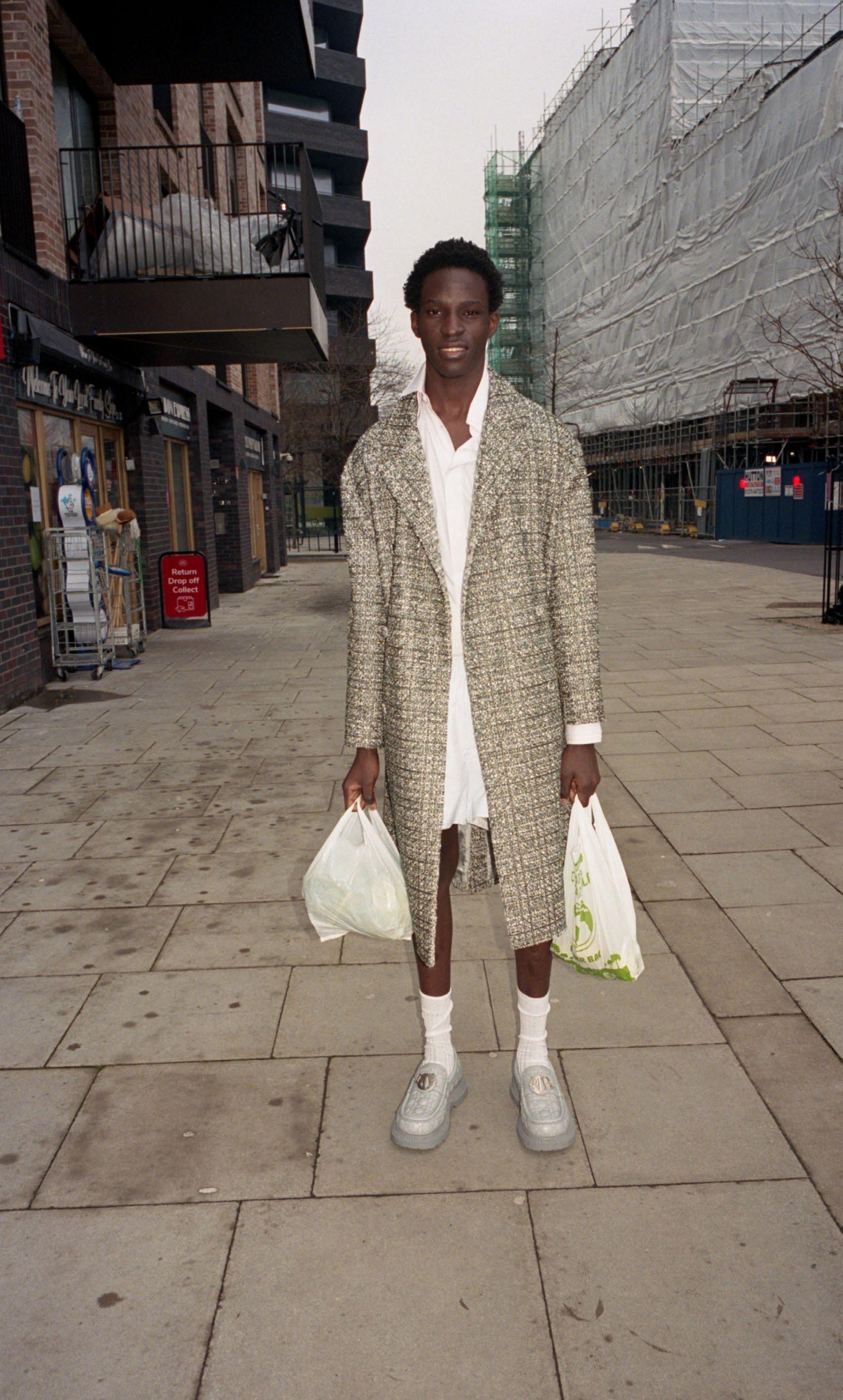
188 DIOR
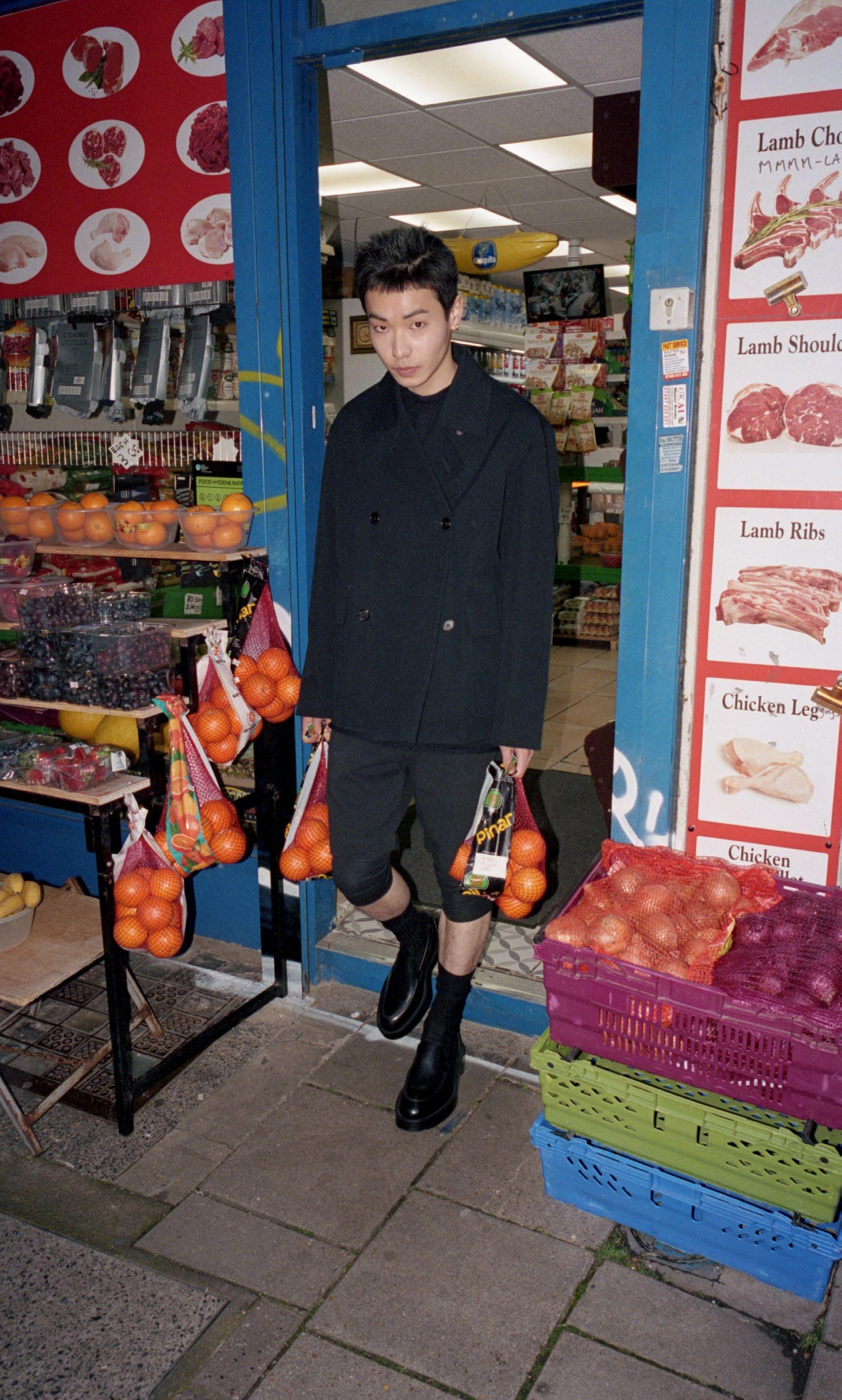
189 MARGARET HOWELL

190 GIORGIO ARMANI

191 SAINT LAURENT BY ANTHONY VACCARELLO

192 LOUIS VUITTON

193 HERMÈS

194 PRADA
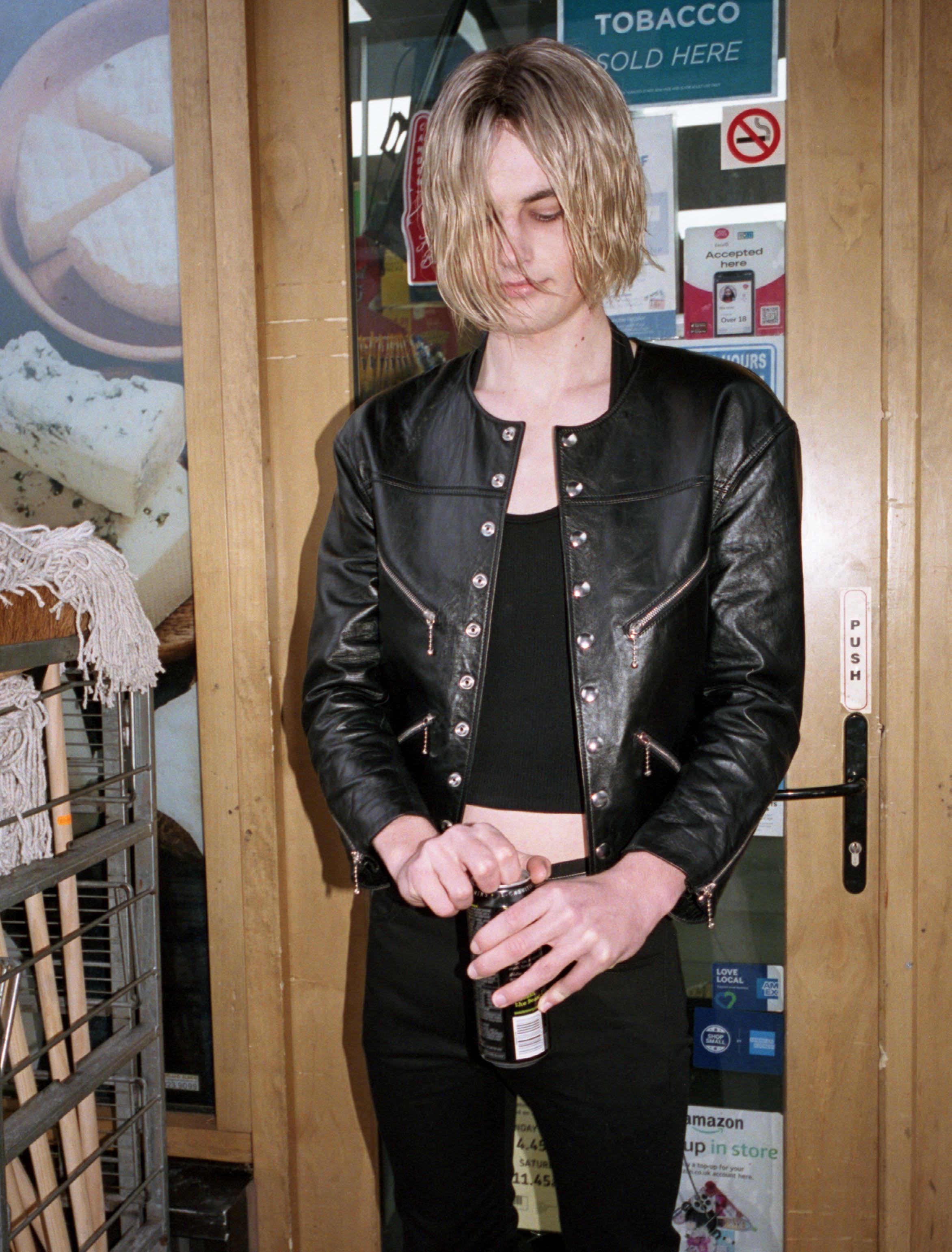
195 CELINE

196 LORO PIANA

CASTING: MIRO RAYNOV
HAIRSTYLING: KEI TAKANO USING DAVINES
MAKE UP: MAHO MORIYAMA
ASSISTANT: MASAKI KAMEDA
PRODUCTION: CHINA HILL AT KO PRODUCTIONS
197
ZEGNA

198 FENDI
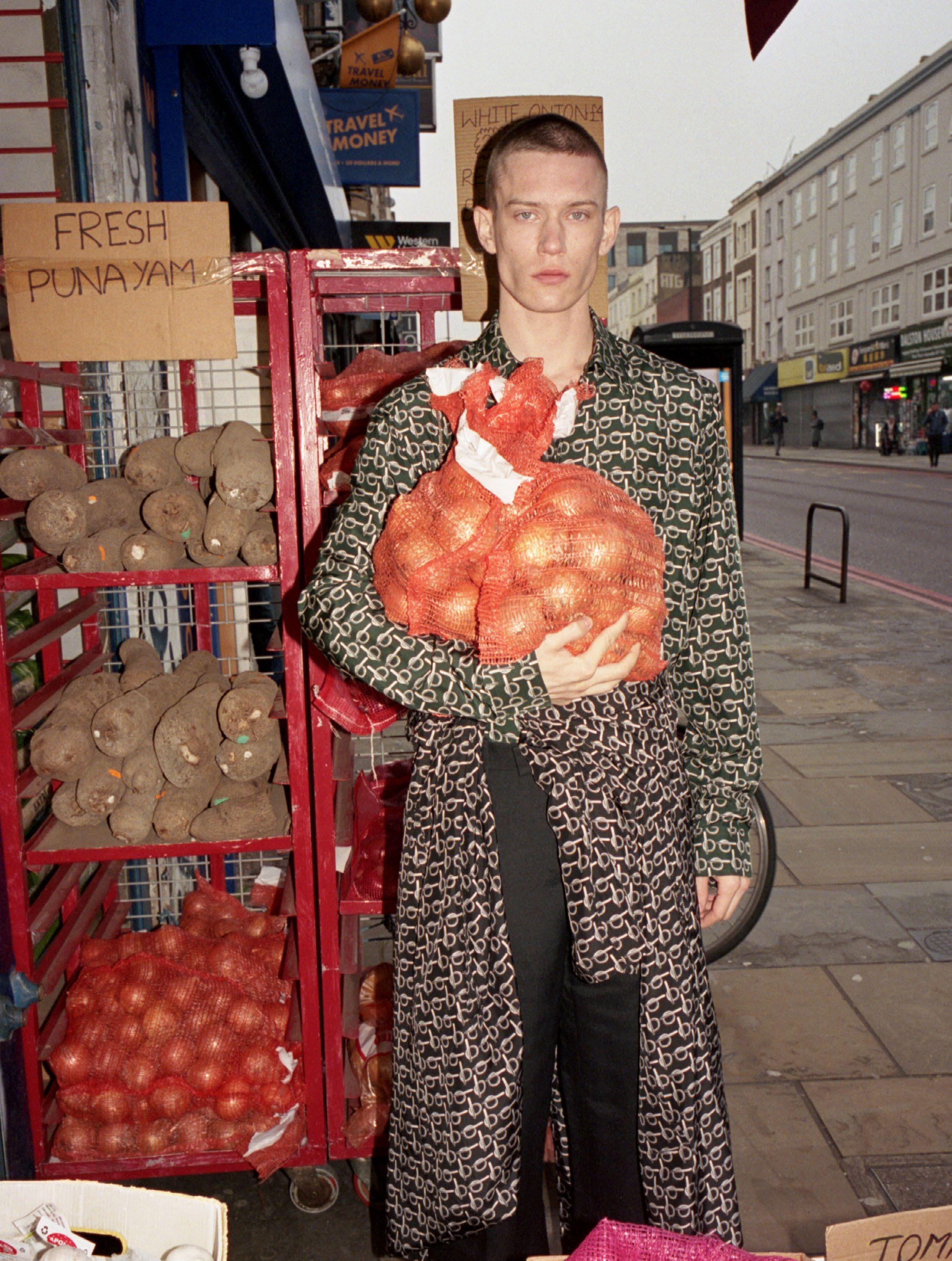
199 BURBERRY
SALAD DAYS
ADRIAN CATALAN STYLING JULIE VELUT 201 SALAD DAYS 201
PHOTOGRAPHY


203 OPPOSITE TROUSERS CELINE ABOVE JEWELLERY STYLIST’S OWN
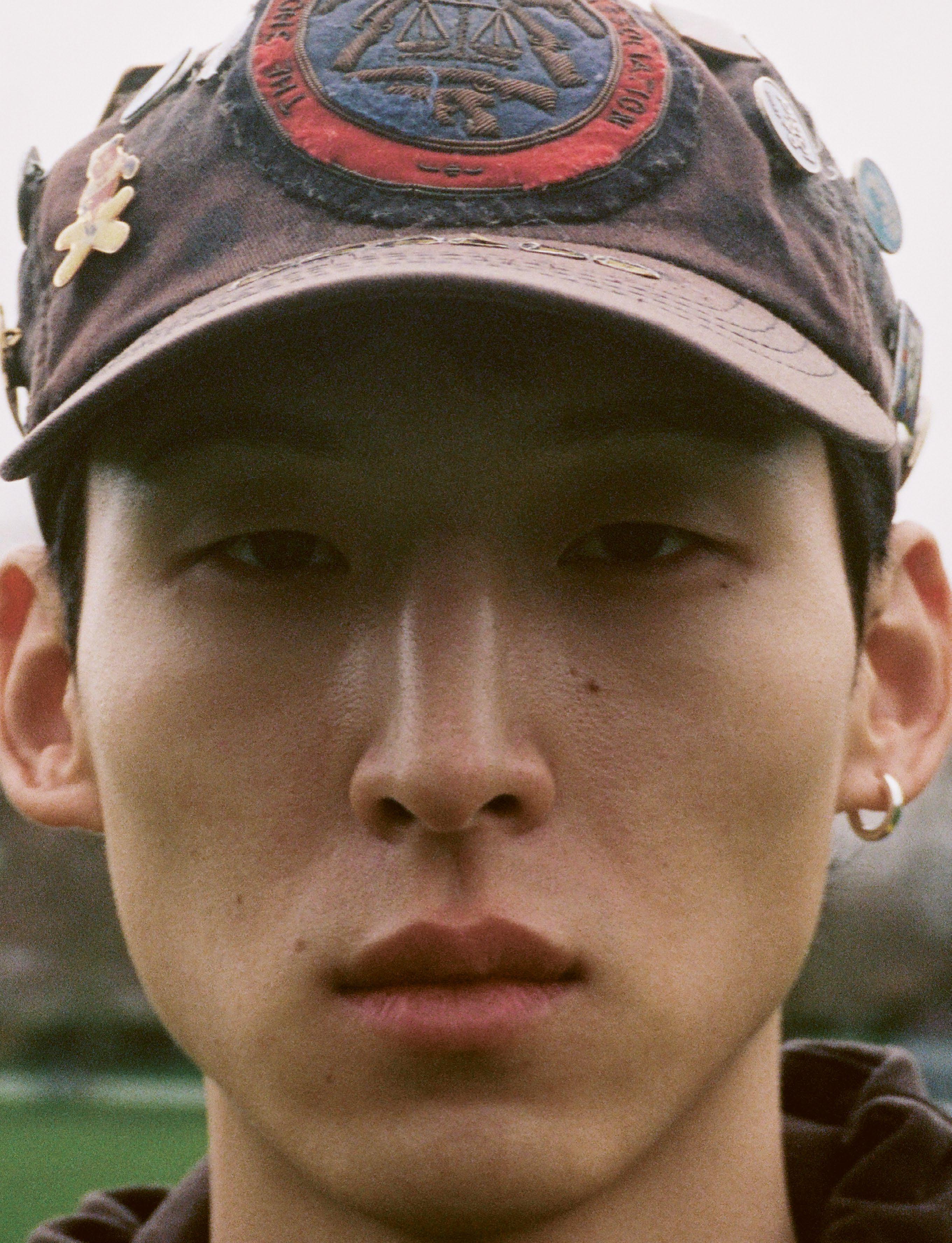
OPPOSITE:
HAT CONTEMPORARY WARDROBE
HOODIE STYLIST’S OWN
COAT GIORGIO ARMANI
TROUSERS GIORGIO ARMANI
SHOES KIKO KOSTADINOV
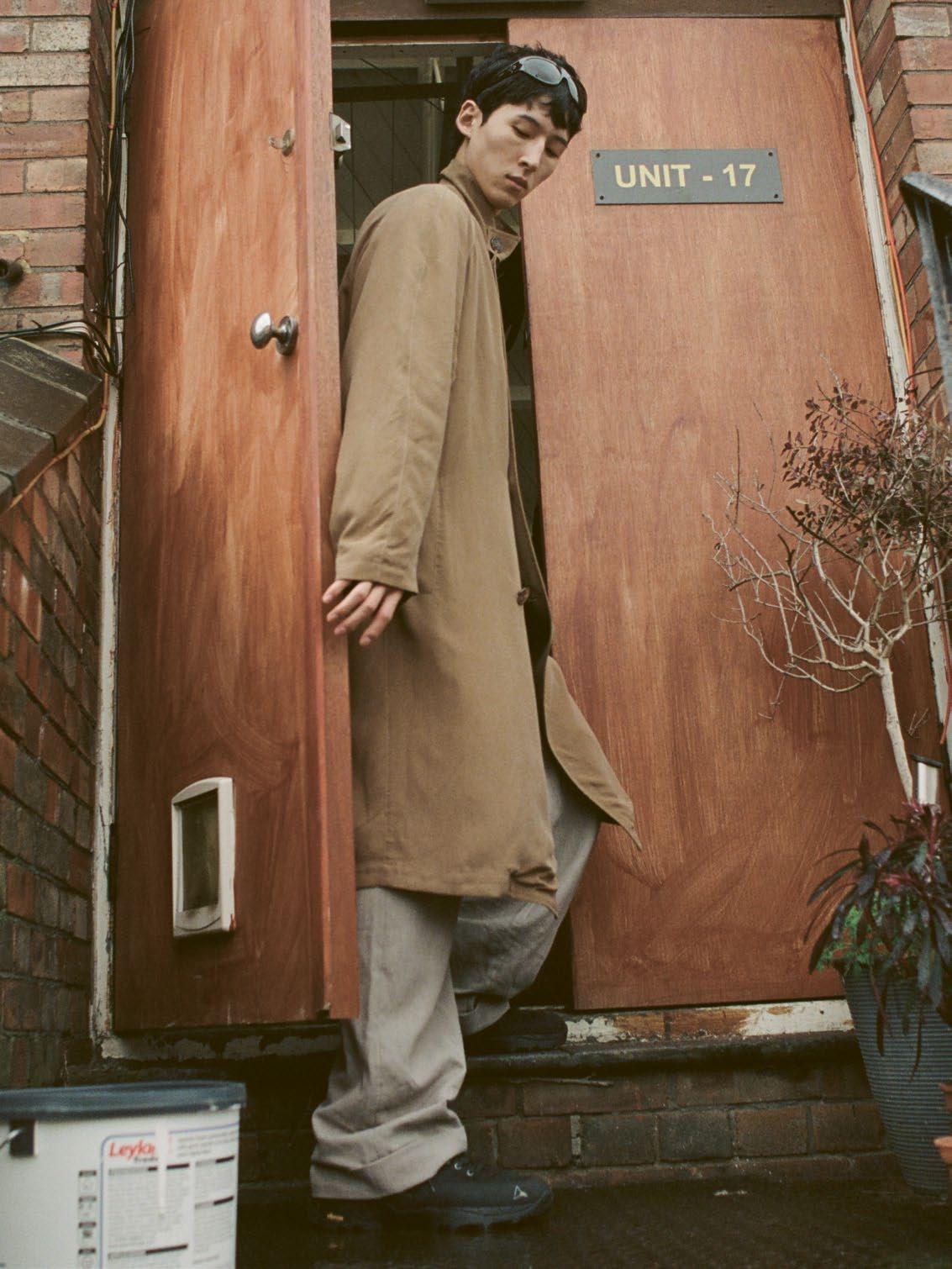

205

206
NECKLACES STYLIST’S OWN
KNIT LARDINI JEANS LOEWE
JACKET STYLIST’S OWN
TOP STYLIST’S OWN

BELT CONTEMPORARY WARDROBE
TROUSERS CANALI
SHOES ZEGNA
207
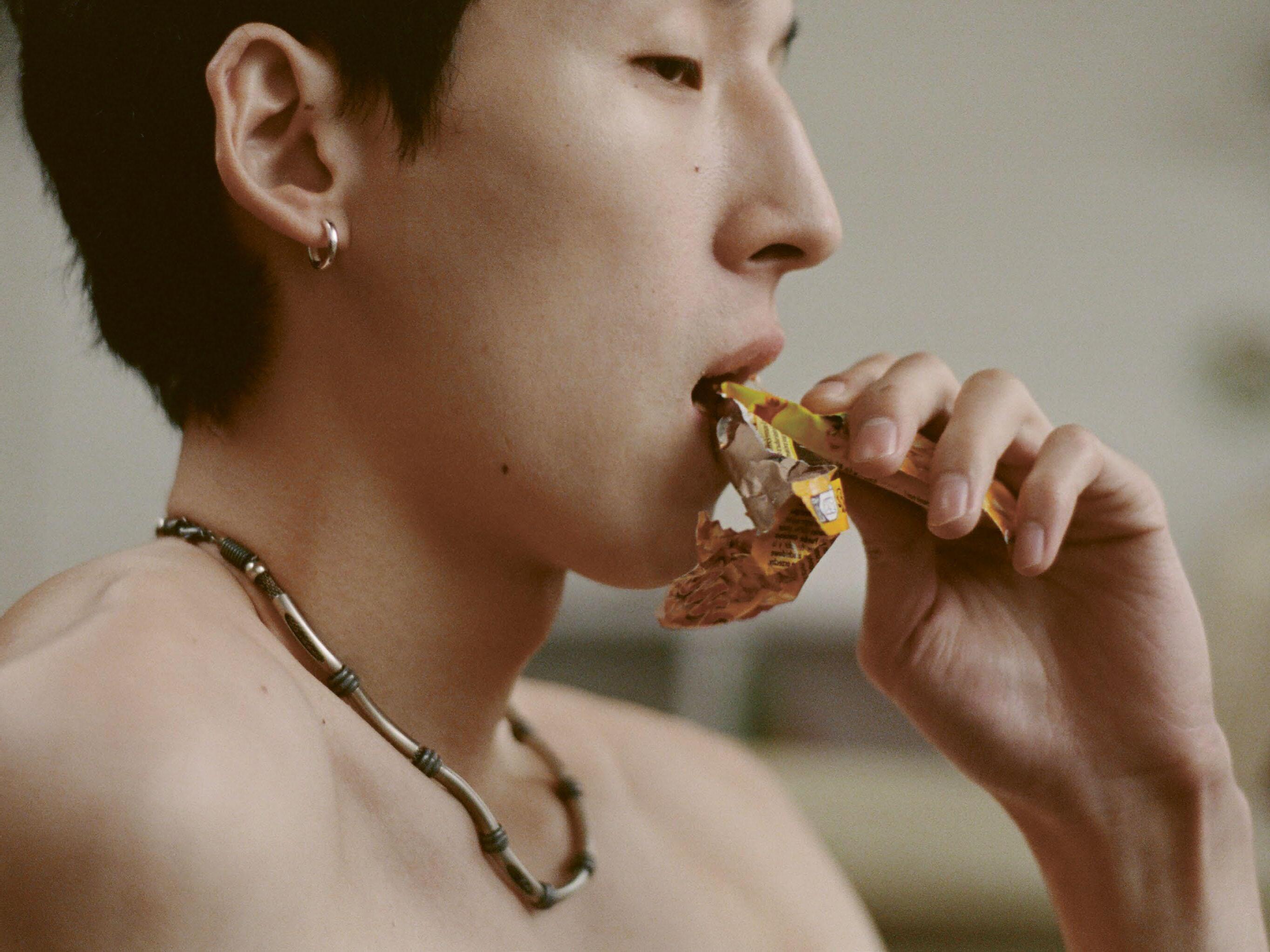
208 JEWELLERY STYLIST’S OWN

209 JUMPER THE ROW DRESS KIKO KOSTADINOV

SHIRT LOEWE T-SHIRT CONTEMPORARY WARDROBE
SKIRT BOTTEGA VENETA
TROUSERS STYLIST’S OWN
SHOES STYLIST’S OWN BROOCH GILLIAN HORSUP
210

HAIR: KATSURO KACHI
SET DESIGN: FILLO DE PORTABERTA
CASTING: SUUN CONSULTANCY
MODEL: WOOSANG KIM AT
PREMIER MODELMANAGEMENT
211
ACCESSORIES STYLIST’S
TOP SAINT LAURENT BY ANTHONY VACCARELLO JEANS STYLIST’S OWN
OWN

212
SHORTS CONTEMPORARY WARDROBE BRACELET STYLIST’S OWN SOCKS STYLIST’S OWN
KNIT MARGARET HOWELL
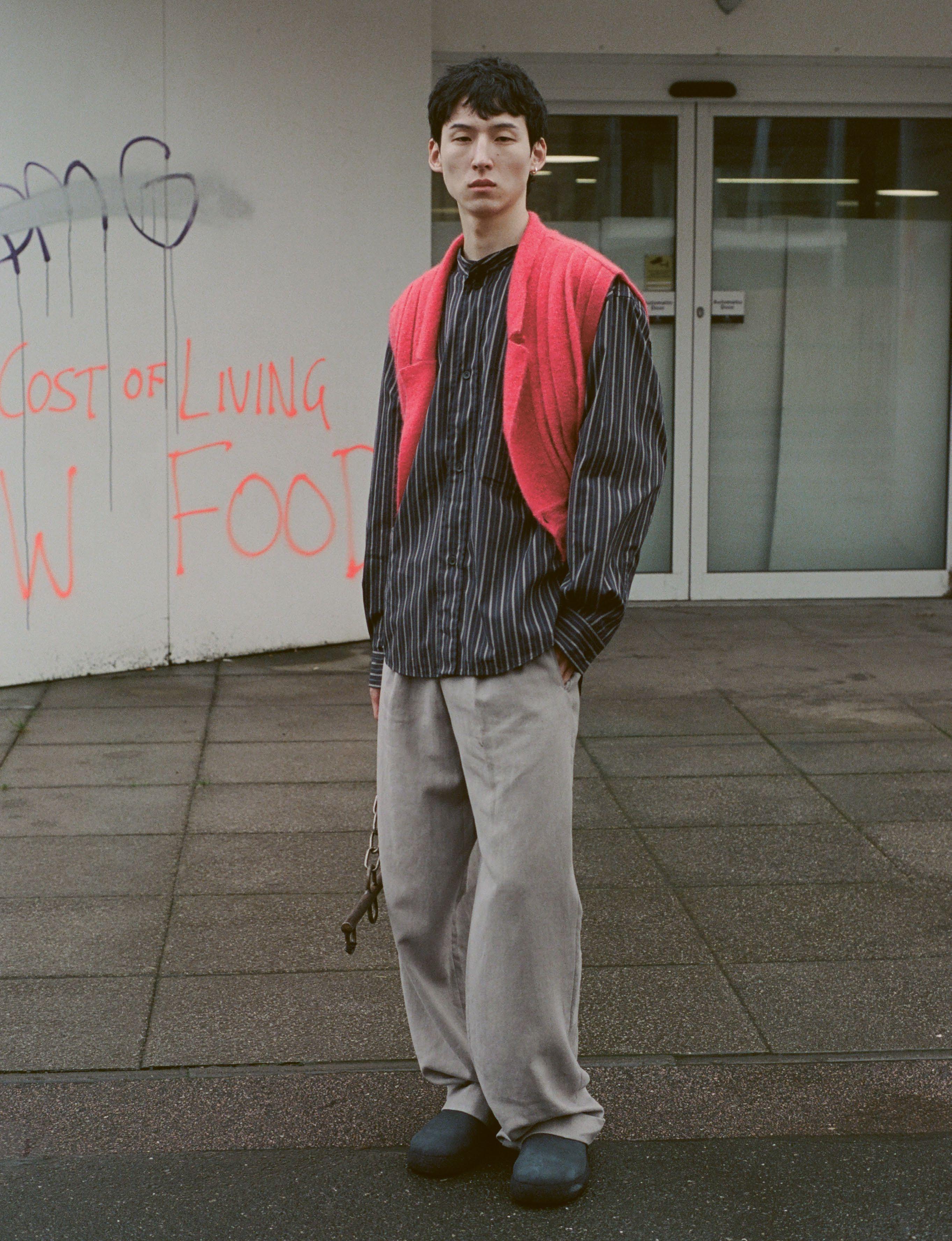
213
TROUSERS
SHOES
JUMPER THE ROW SHIRT MARGARET HOWELL
GIORGIO ARMANI
ZEGNA

214 JUMPER THE ROW VEST MARGARET HOWELL TROUSERS ZEGNA NECKLACE STYLIST’S OWN KEYCHAIN AMBER

215
STYLIST’S OWN VEST HERMÈS TROUSERS THE ROW SHOES LARDINI
NECKLACE

SPHERE SPAWN PHOTOGRAPHY SUFFO MONCLOA 216

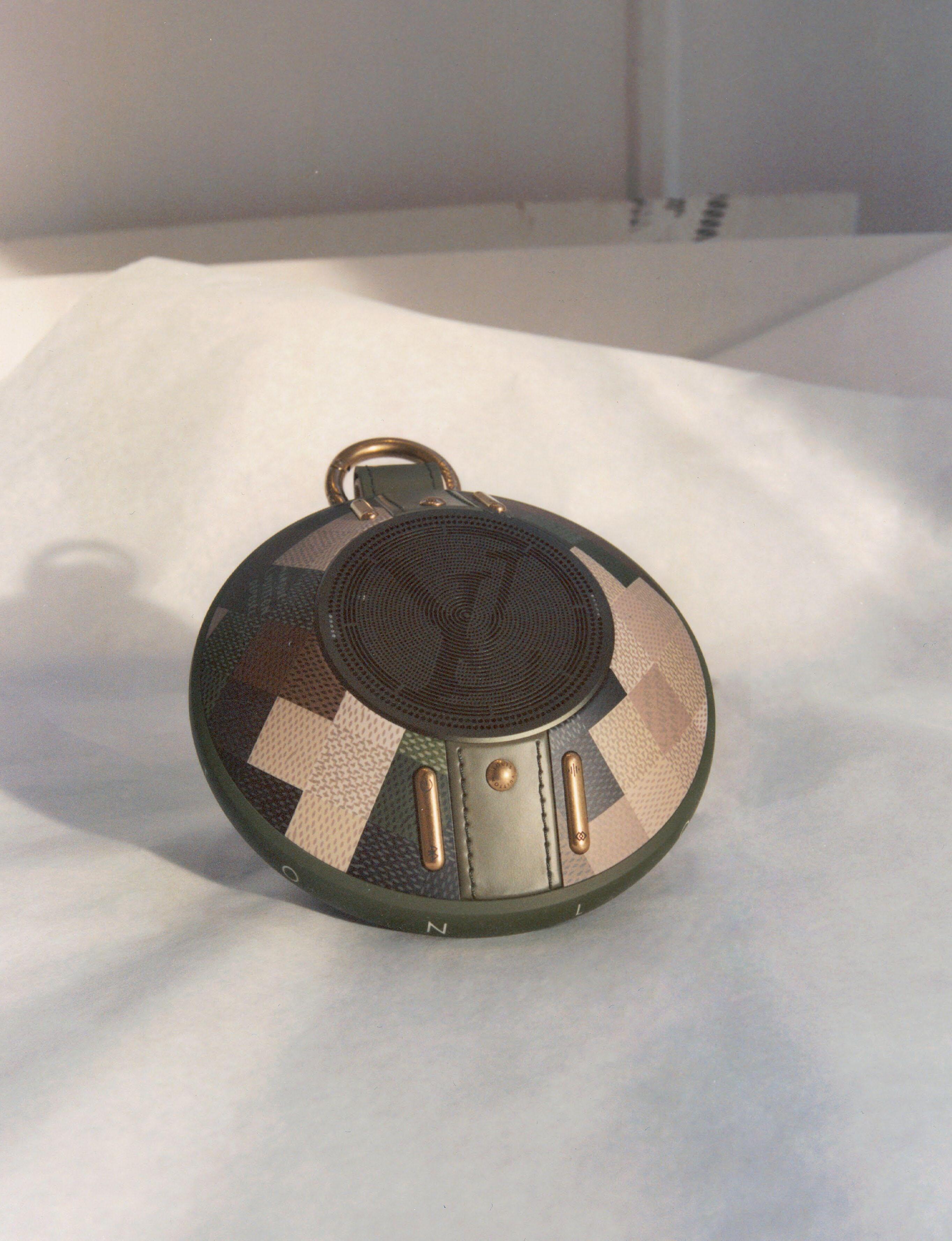
219 LOUIS VUITTON

220

221 MCM

222 FENDI
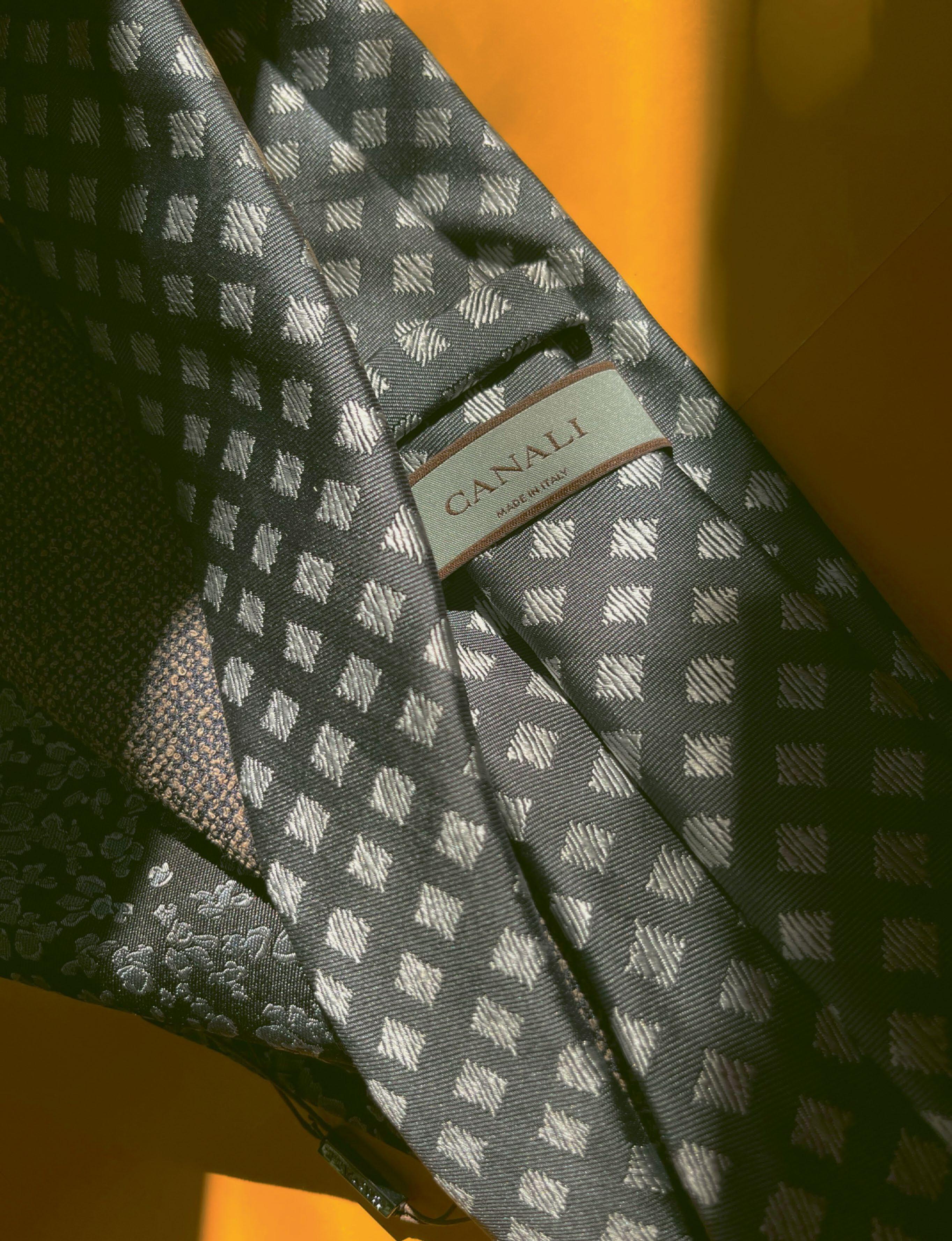
CANALI
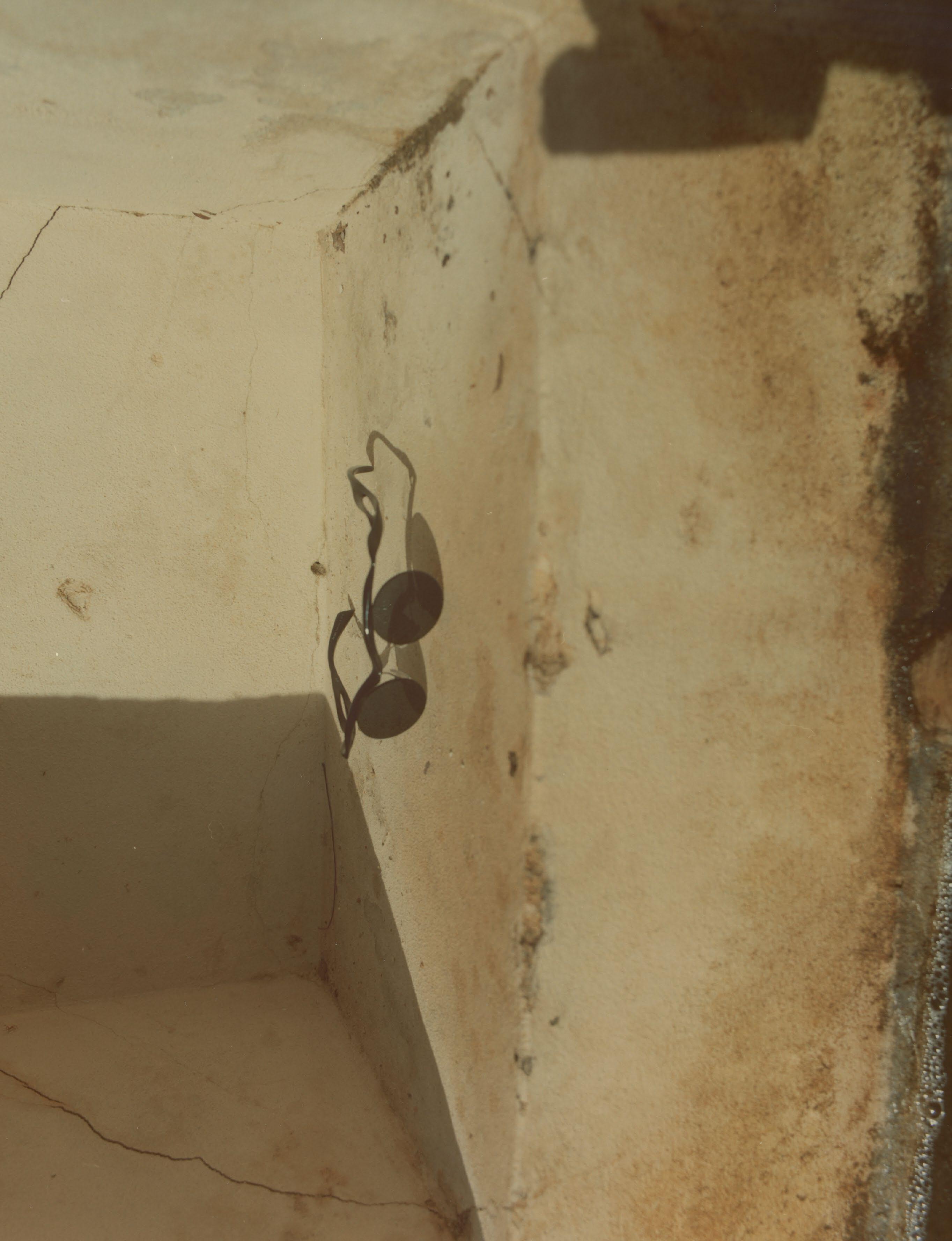
PRADA
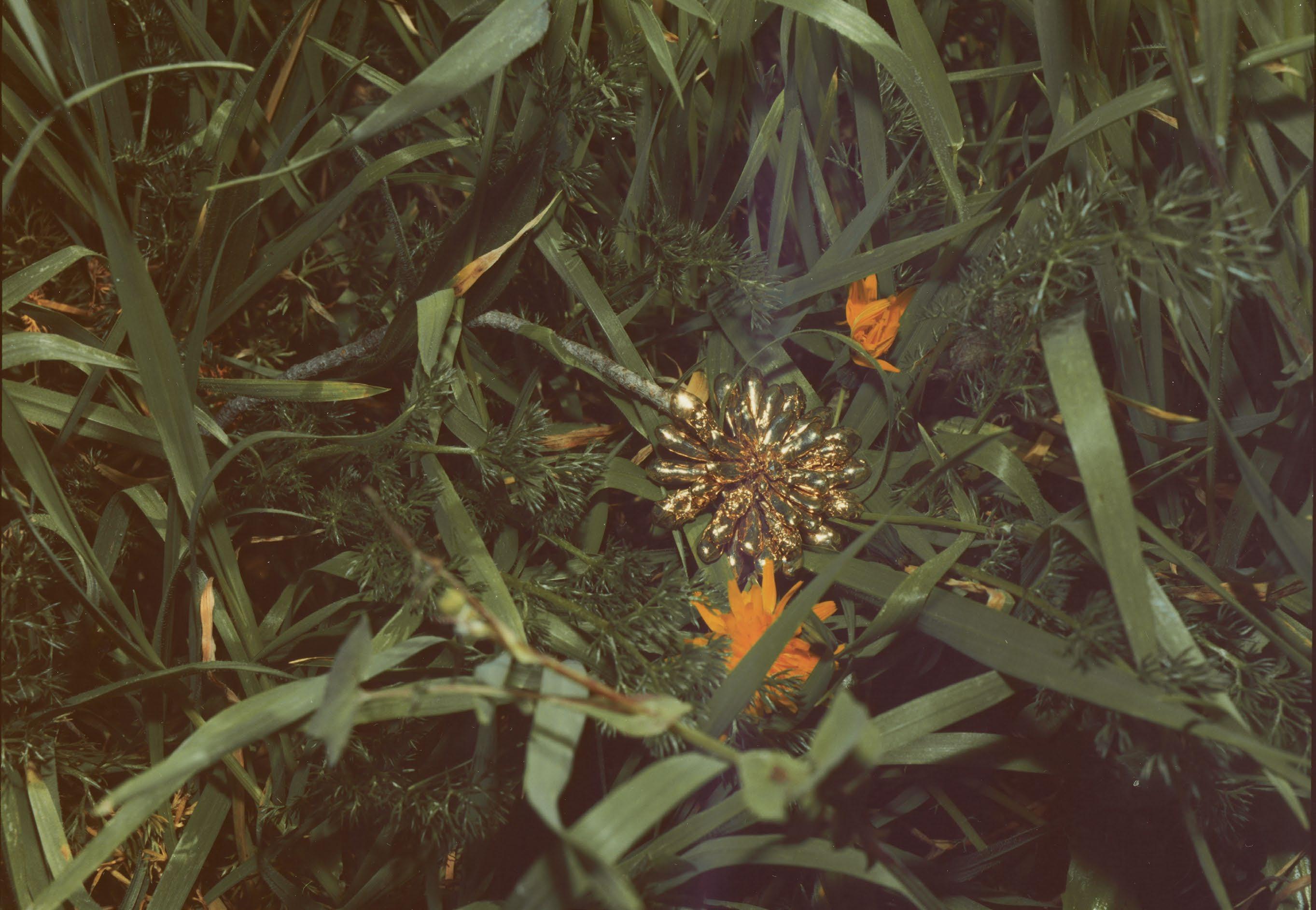
225 DIOR

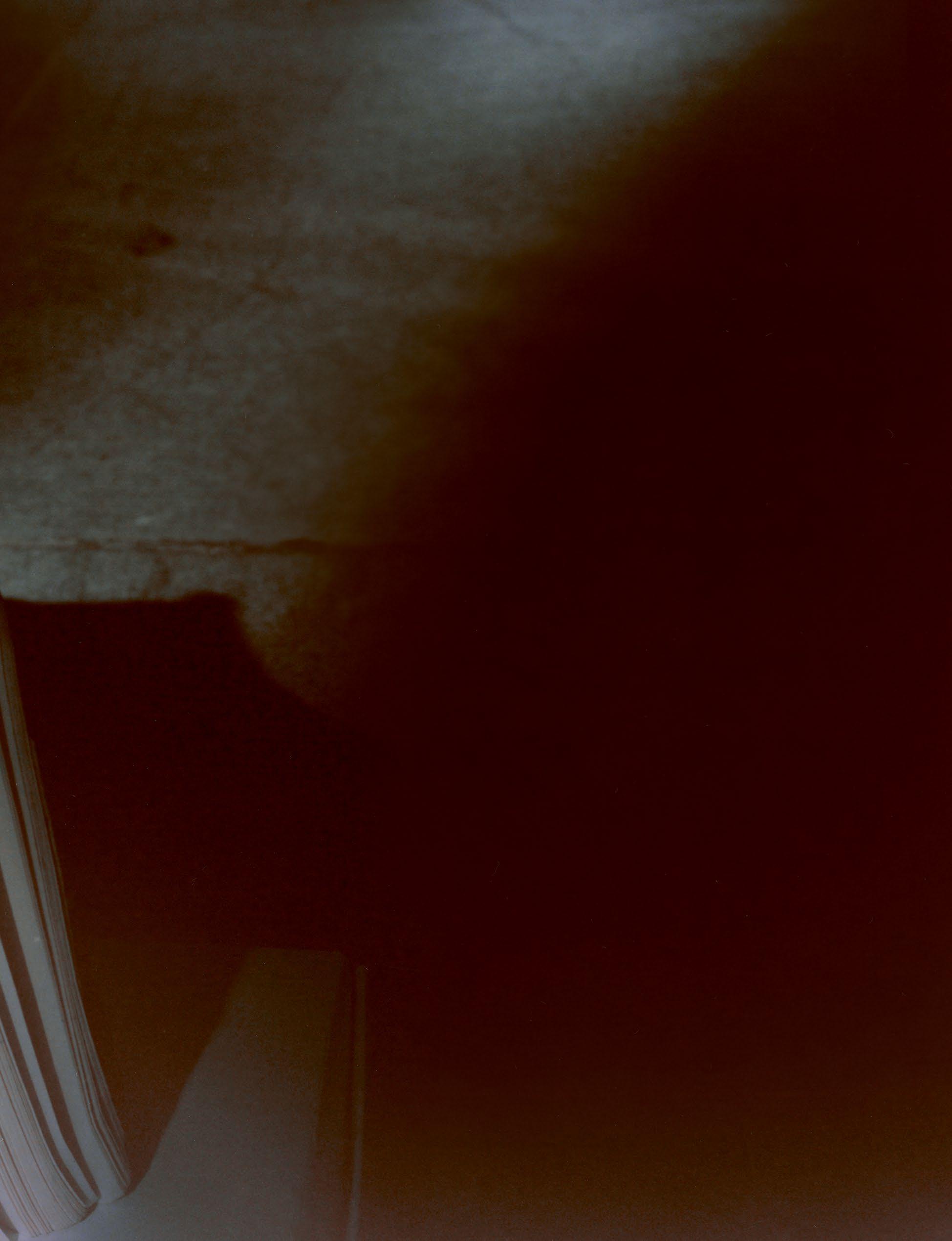
HERMÈS
GOSSAMER PHOTOGRAPHY LOUIS DE 229
ROFFIGNAC STYLING MITCHELL BELK

230
HOODIE WOOYOUNGMI POLOSHIRT AURALEE


232

233 EMPORIO ARMANI

234
SHIRT SAINT LAURENT
CP COMPANY
BY ANTHONY VACCARELLO TROUSERS FERRAGAMO
JACKET

235 CELINE
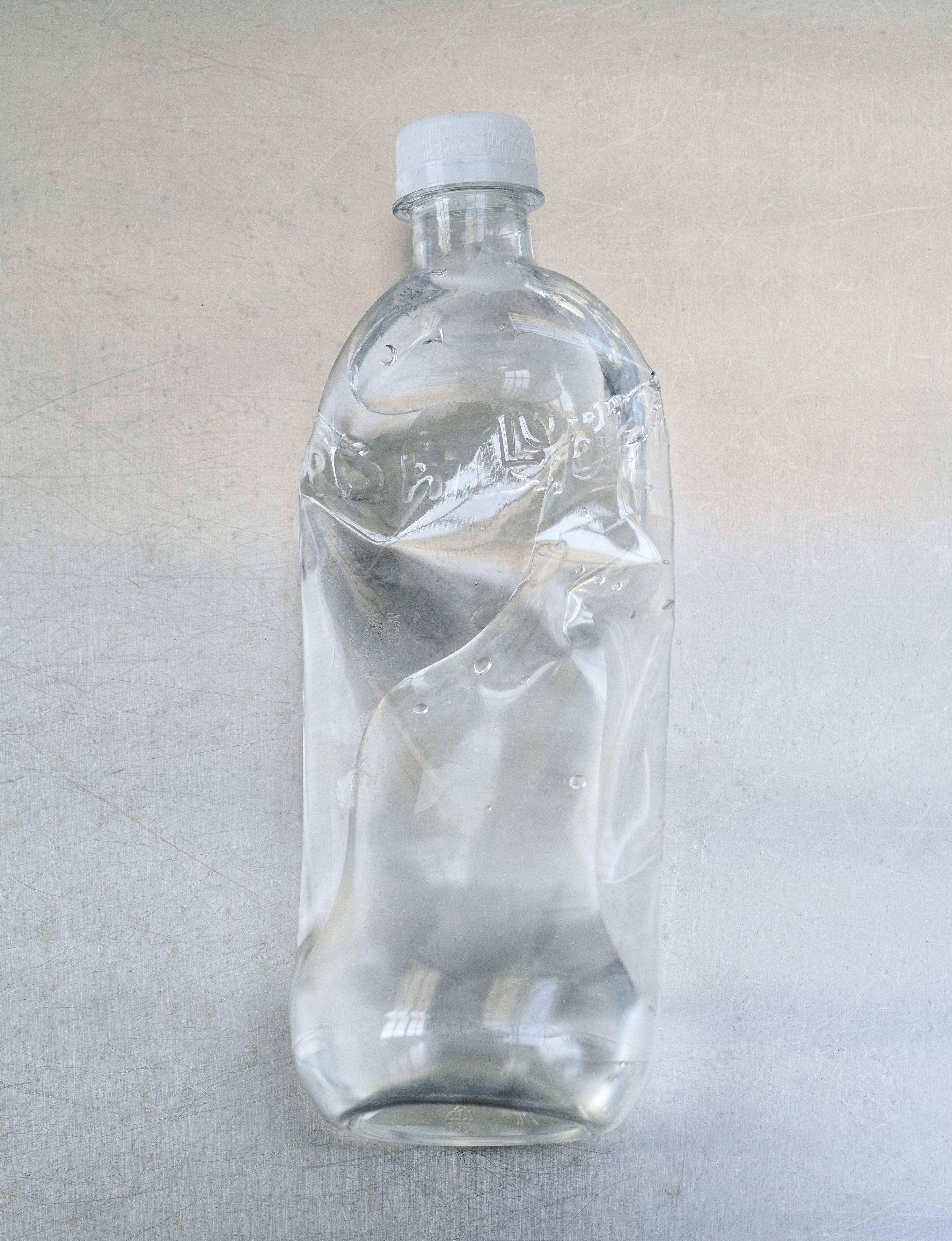
236

237 DOLCE & GABBANA

238 PRADA

239 ZEGNA
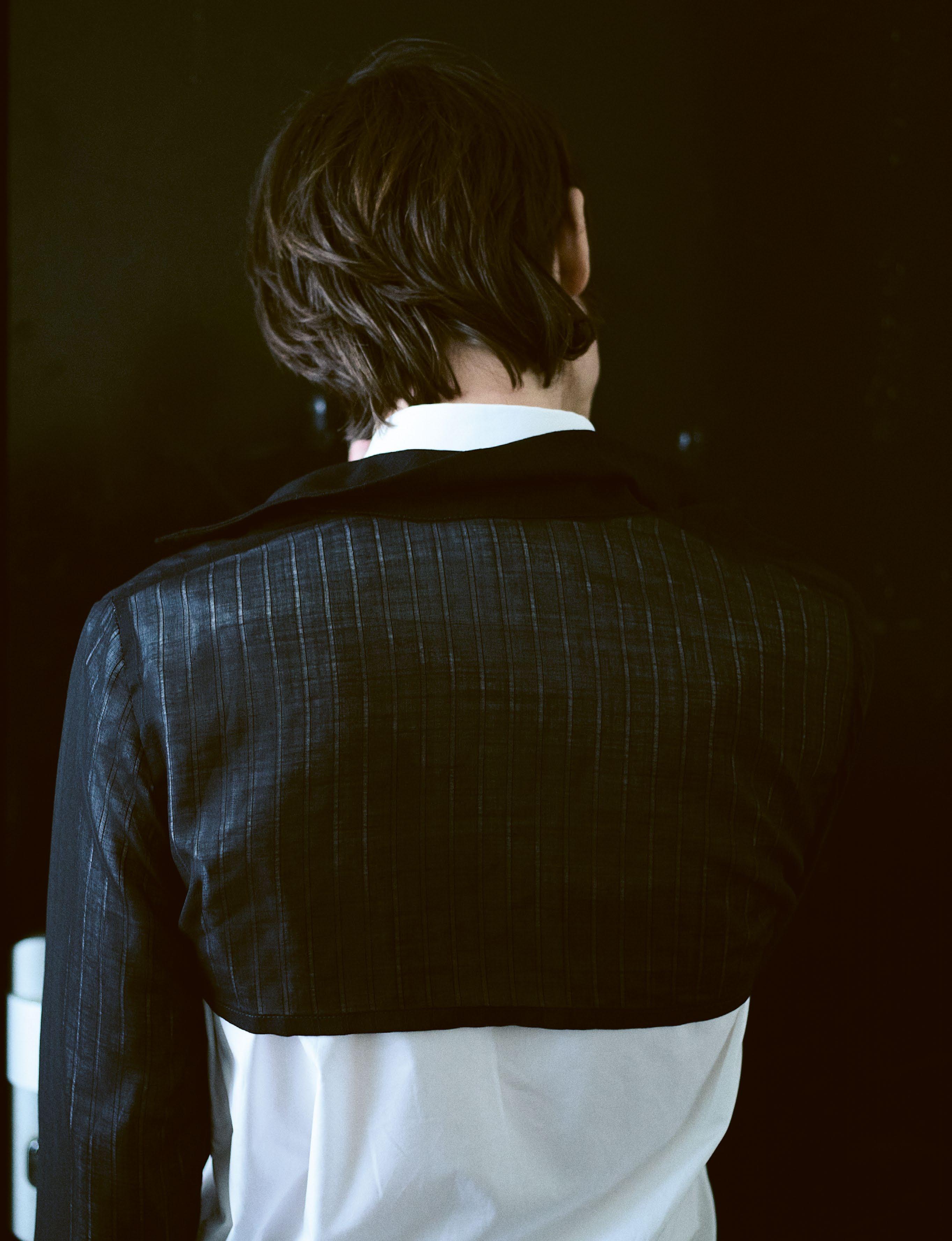
BOLERO LUDOVIC DE SAINT SERNIN SHIRT FENDI

 JOHN LOBB
JOHN LOBB

CASTING: NICO CARMANDAYE
MODEL: YULIAN AT THE FACE
SET DESIGN:SARAH PRITCHARD
GROOMING: SACHI YAMASHITA
PRODUCTION: ARTSPHERE
243
VEST
SHORTS
BLAZER HERMÈS
HERMÈS
PAUL SMITH
244
FRAME WORK PHOTOGRAPHY CRISTA LEONARD STYLING GEORGIA THOMPSON
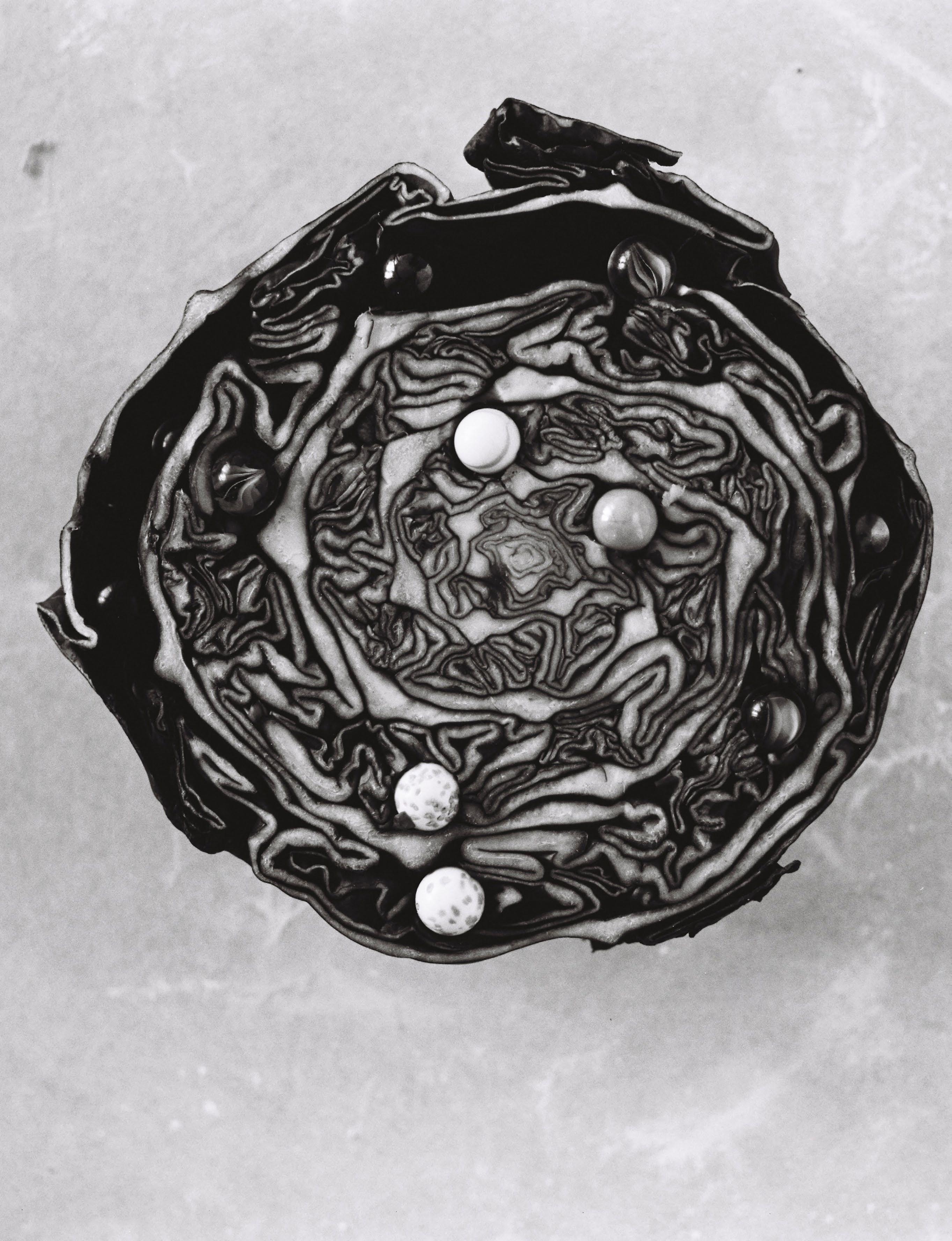

246 OUTERWEAR ALAÏA SHORTS STYLIST’S OWN

247 LOEWE

248 LOUIS VUITTON

LOEWE
 GIORGIO ARMANI
GIORGIO ARMANI

251 GIVENCHY
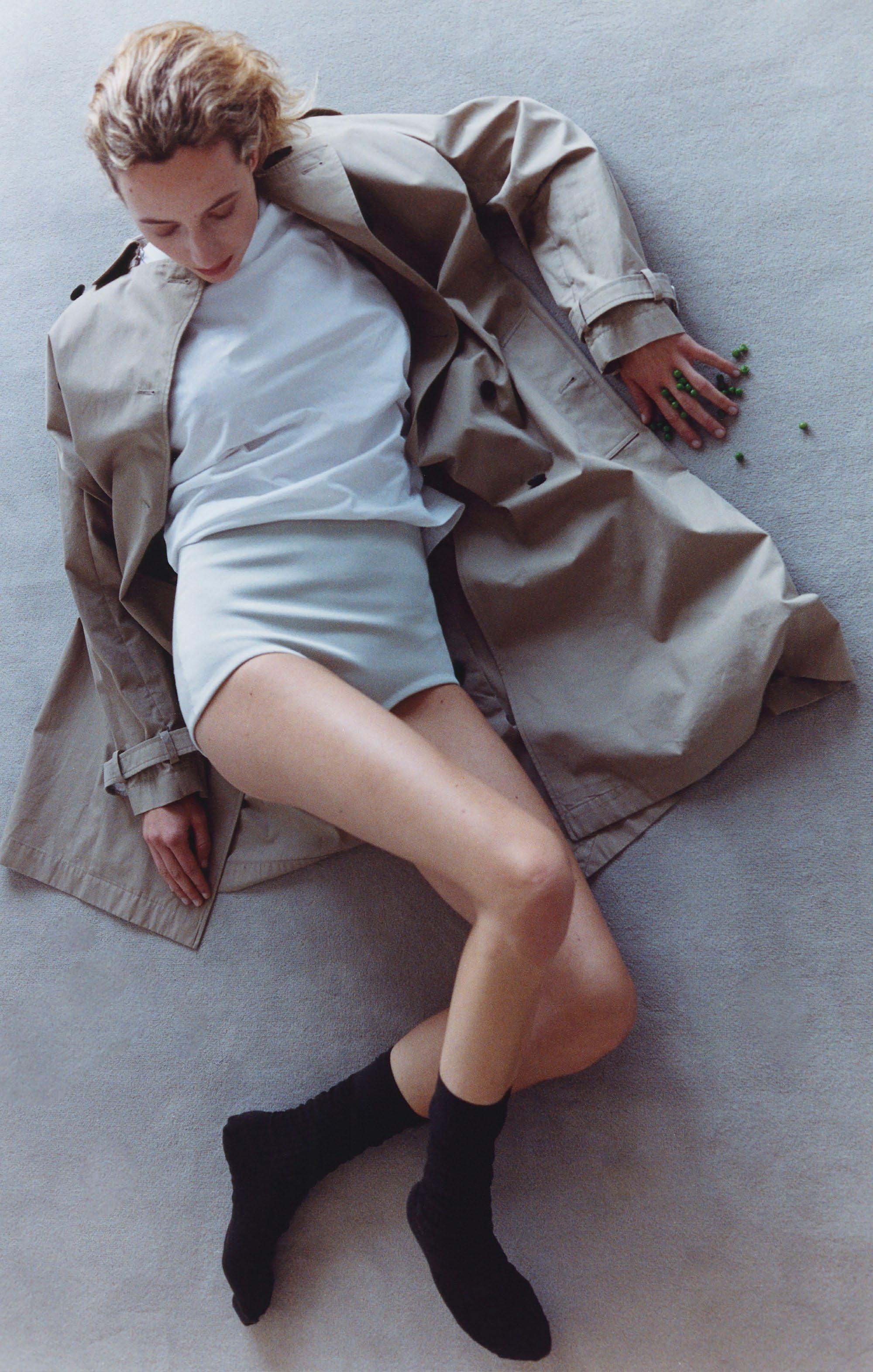
252 OUTERWEAR DIOR SHORTS HERMÈS T-SHIRT STYLIST’S OWN OCKS PANTHERELLA

253 LOUIS VUITTON


254 KNITWEAR TOD’S

255
BLAZER CELINE KNITWEAR MIU MIU SHORTS HERMÈS SOCKS PANTHERELLA

256

257 SAINT LAURENT BY ANTHONY VACCARELLO

258 ALAÏA
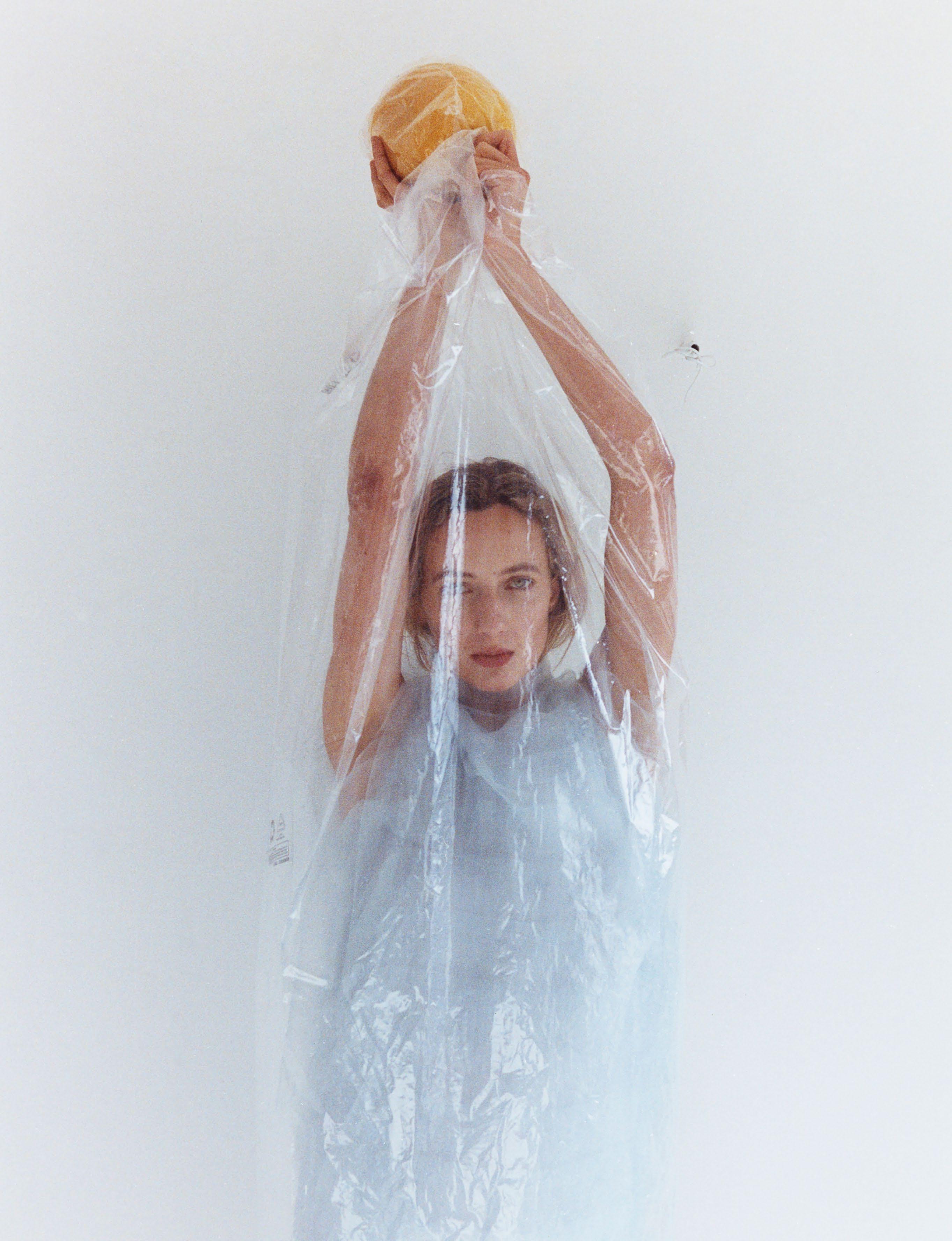
SET DESIGN: JUSTINE PONTHIEUX MODEL: CARLOTTA SCHOLZ C/O DAVID AT MAKERS BY METROPOLITAN MAKE UP: JENNEKE CROUBELS USING CHANEL BEAUTY 259
CHECKED PHOTOGRAPHY NICOLAS KERN STYLING MITCHELL BELK 260
AND BALANCED ALL CLOTHING LOUIS VUITTON MEN’S COLLECTION
SS24

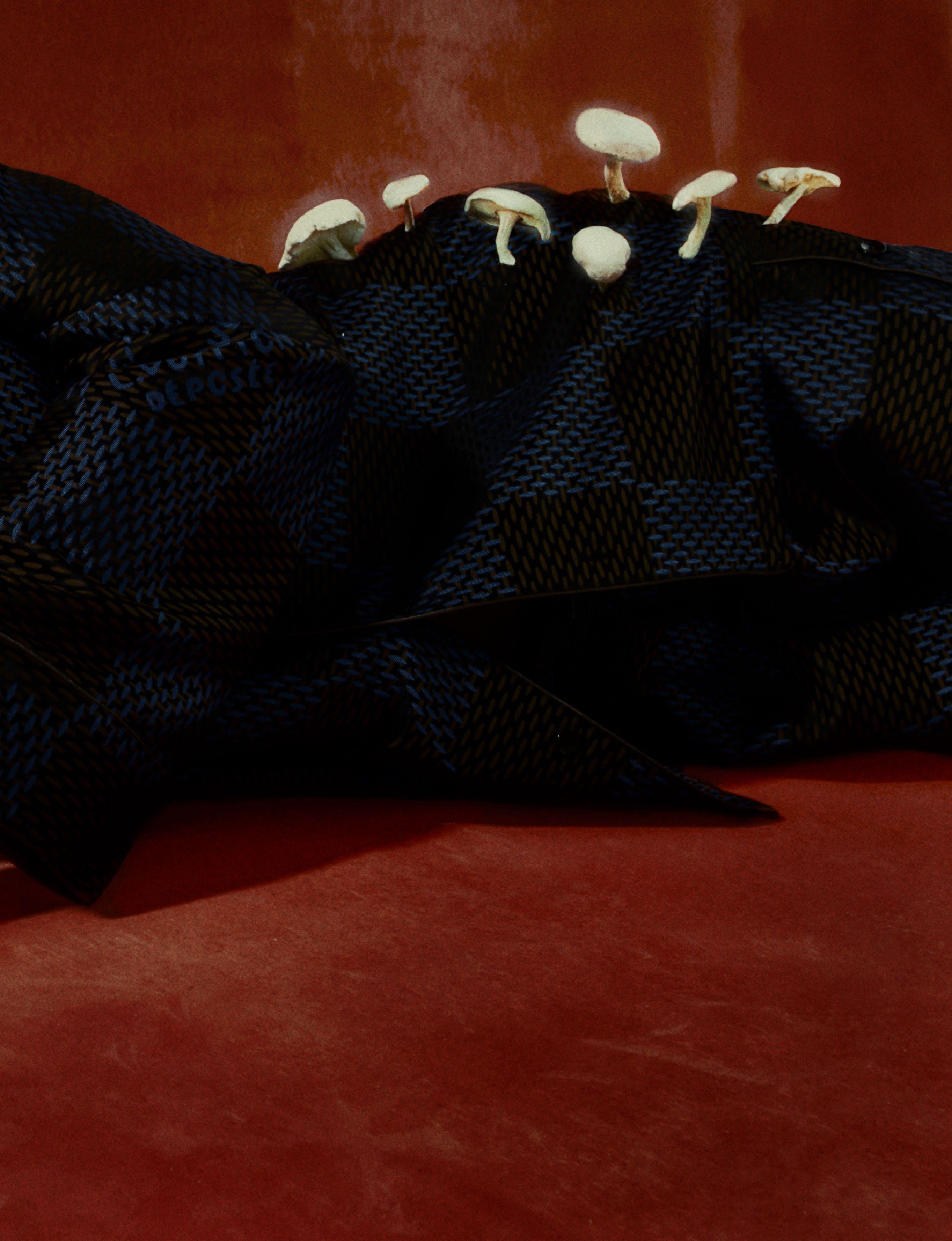

264


266

267


CASTING: JON JOHNSON
MODEL: OTTOWA AT SUPA
SET DESIGN: TOBIAS BLACKMORE
HAIRSTYLING: HIROSHI MATSUSHITA
MAKE UP: LYDIA WARD SMITH
PRODUCTION: THE CURATED
269



271 ALL CLOTHING AND ACCESSORIES LOUIS VUITTON SS24 COLLECTION
LAST MILE PHOTOGRAPHY
272
JELKA VON
LANGEN & ROMAN GIEBEL STYLING NAOMI MILLER

274 PRADA

275 BOTTEGA VENETA

BELT ISABEL MARANT SHOES STYLIST’S OWN
JACKET AND POLOSHIRT LARDINI TROUSERS BURBERRY

277
JUMPSUIT AND JACKET DENZEL PATRICK LEGGINGS, SOCKS AND GLOVES DECATHALON SHOES BROOKS
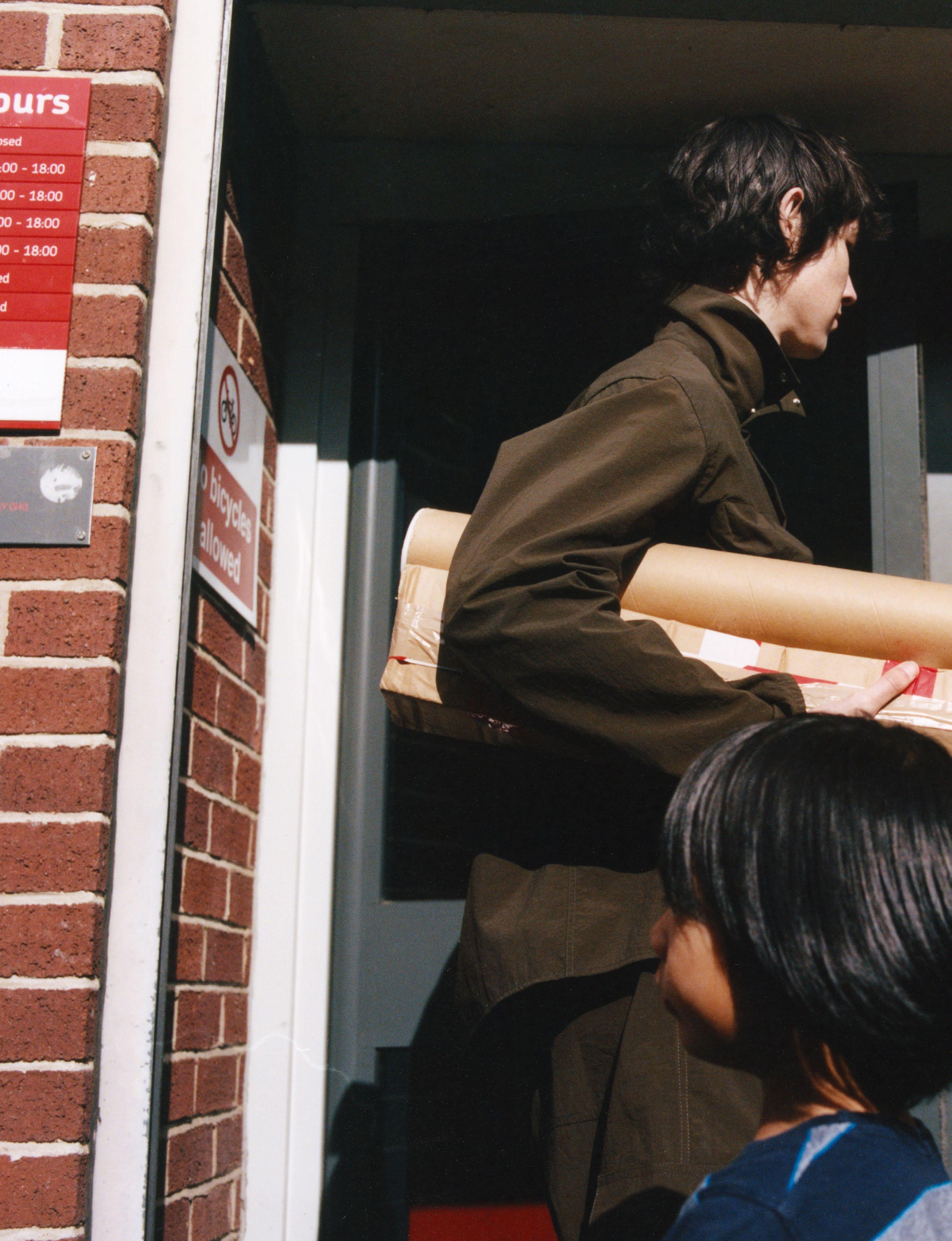

279 ÉTUDES

280 SHIRT BERLUTI TROUSERS FENDI BAG HERMÈS SHOES FENDI
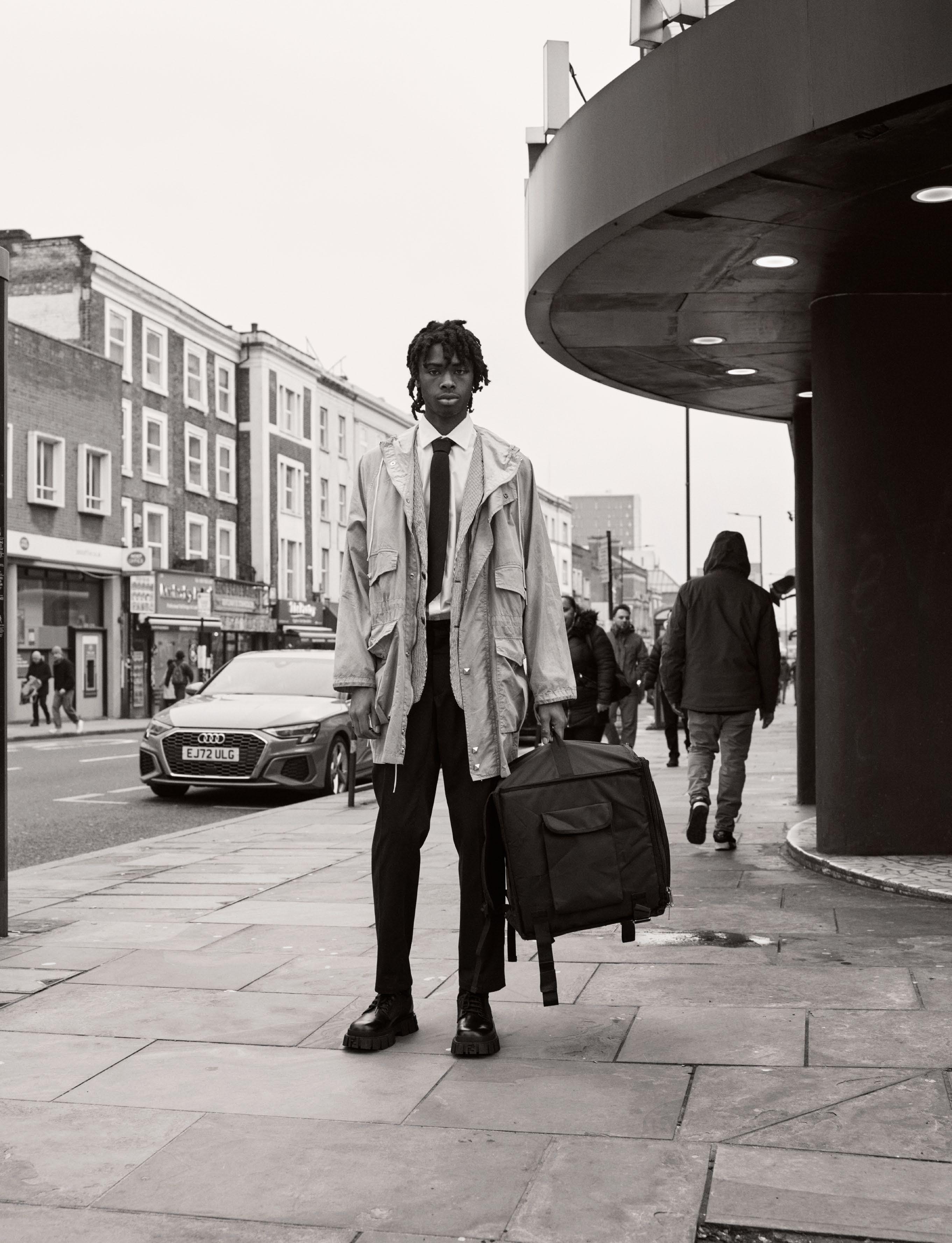
281
ANORAK ACNE STUDIOS BLAZER, SHIRT, TROUSERS AND TIE DUNHILL SHOES FENDI

282
TROUSERS
BELT GIVENCHY SHOES LOUIS VUITTON
GILET AND SHIRT MARGARET HOWELL
OAMC
283
284

285 JUNYA WATANABE

286 MIU MIU

GROOMING: LYDIA WARD SMITH
CASTING: TYTIAH AT UNIT C
SET DESIGN: OLIVIA ELIAS
MODELS: MAX, HASSAN, DOUGIE AND GEORGE
AT PLANET STREET TALENT, AMIRAH AND HESTER AT TESS MANAGEMENT, LIAM AT PRM AGENCY, TOM AND PETE AT XDIRECTN AGENCY, MISHA AT WILHELMINA
287 MIU MIU
FALLING FAR FROM THE TREE PHOTOGRAPHY ANGÈLE CHÂTENET STYLING JULIE VELUT ALL CLOTHING TOD’S SS24 288 288
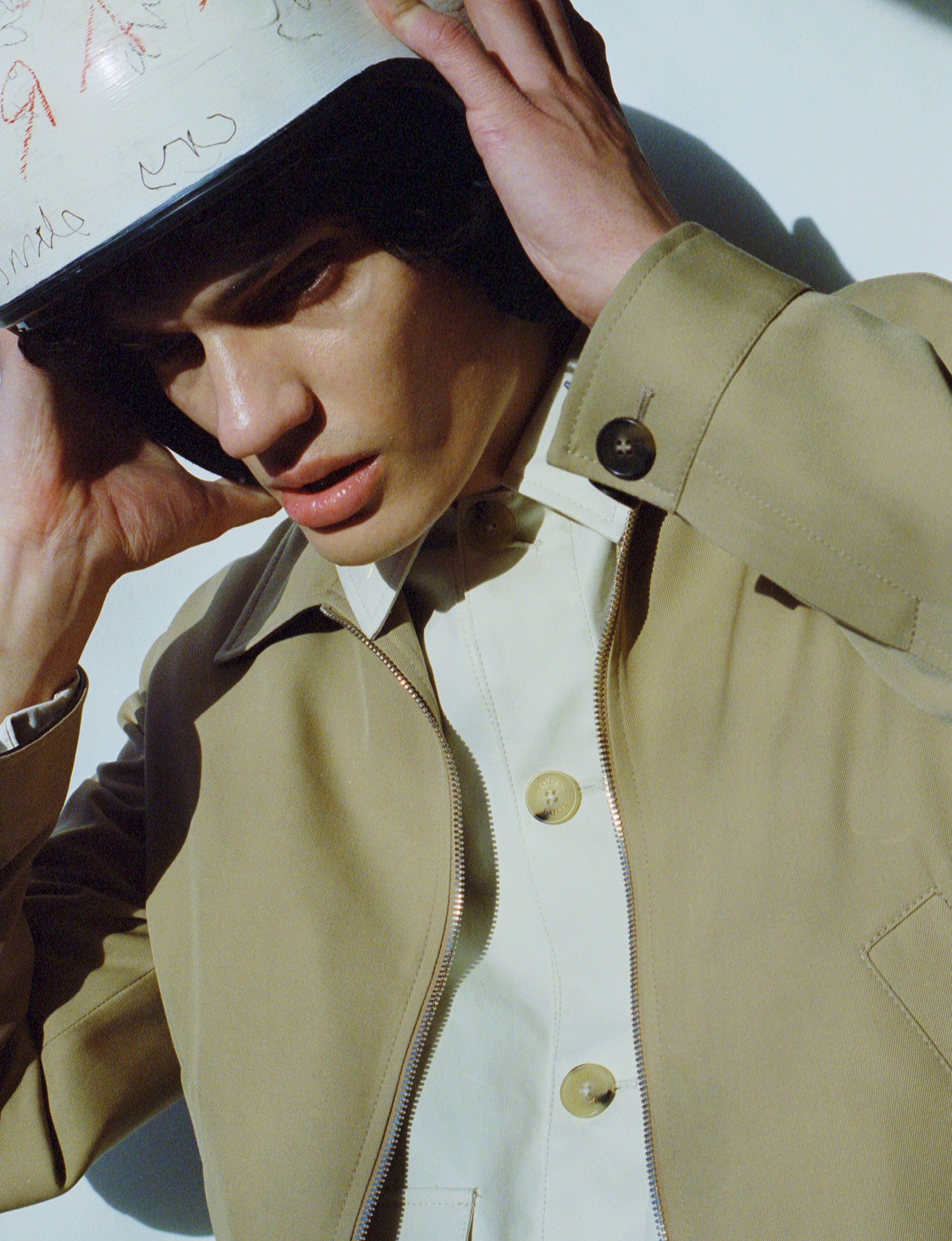
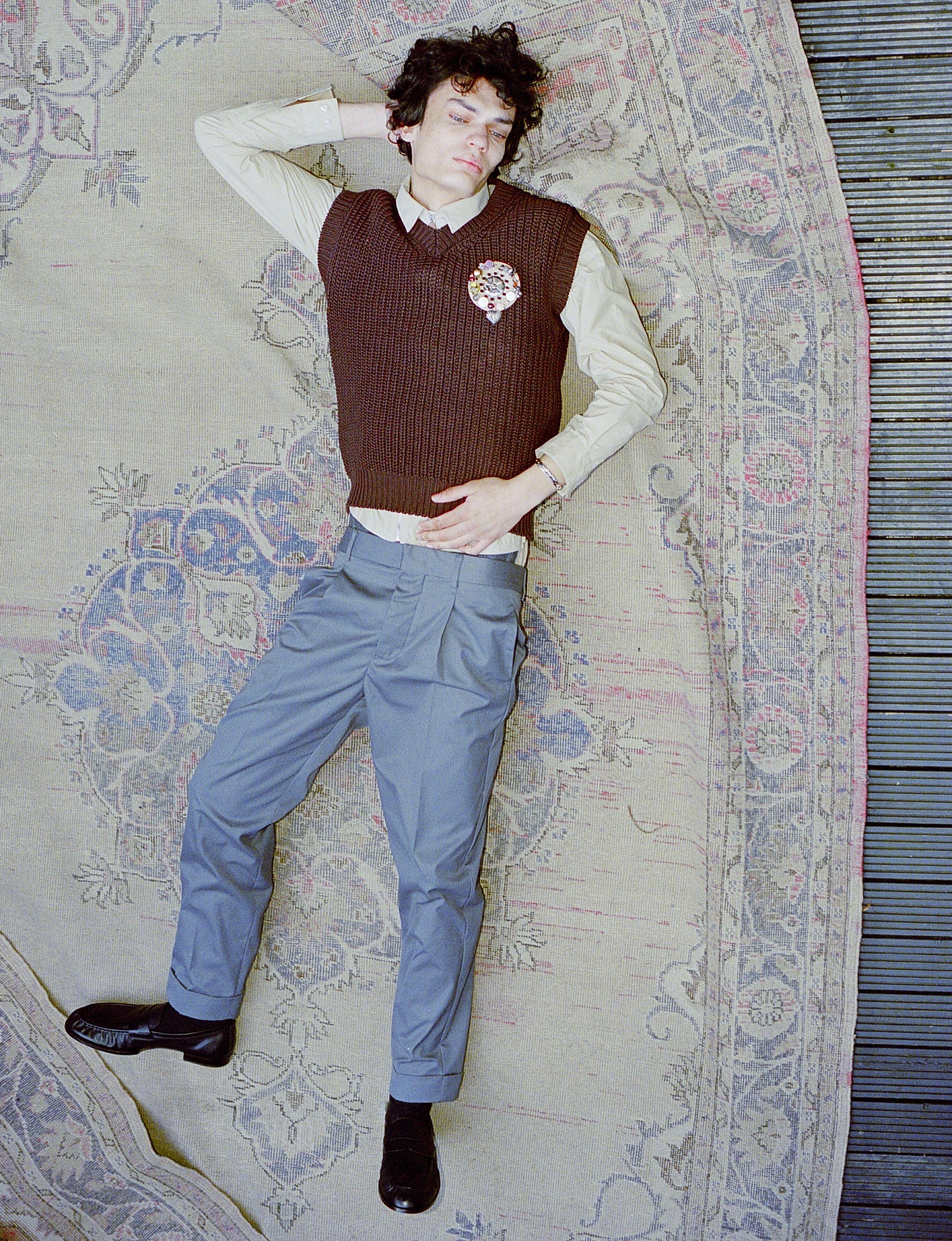

292


294

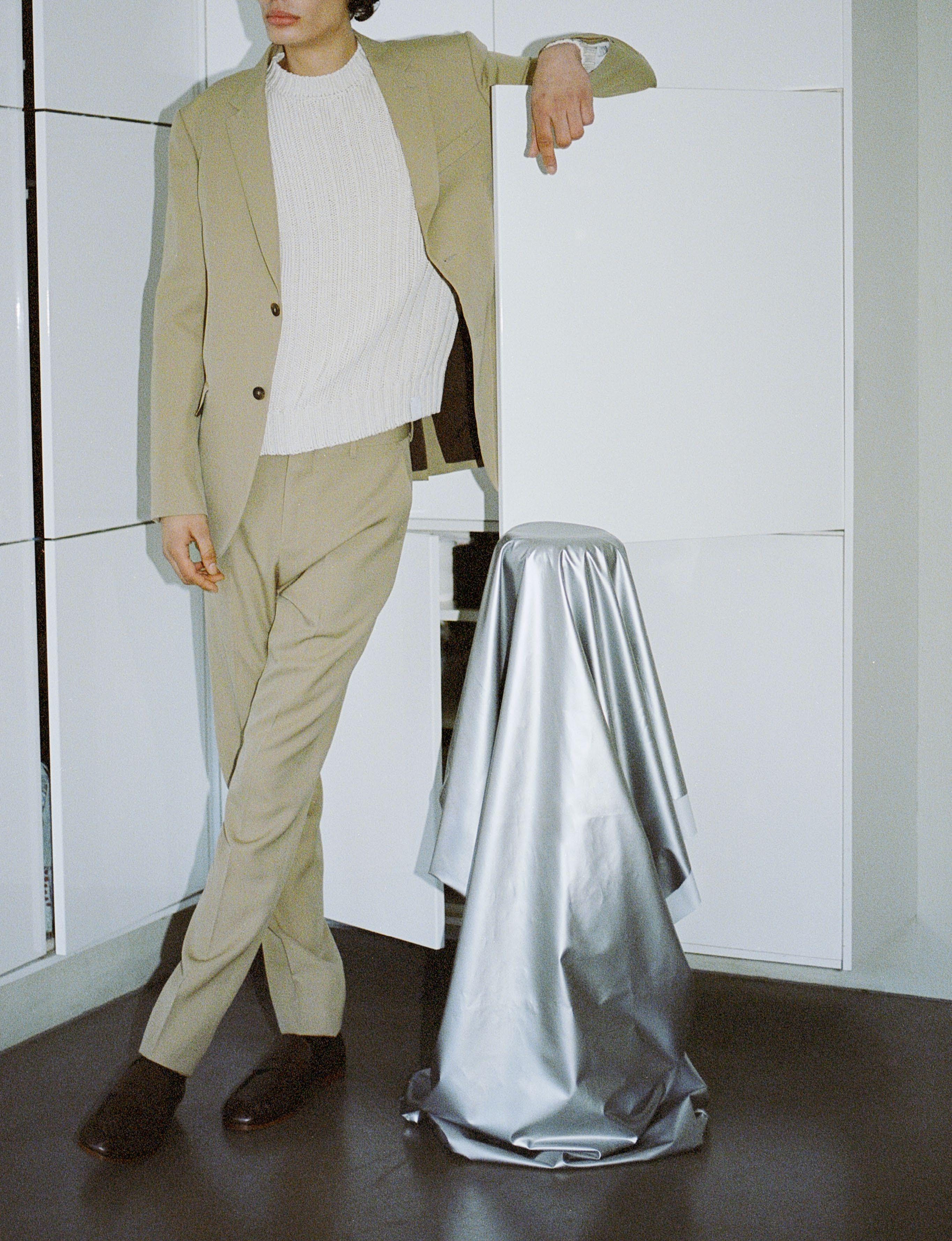

297
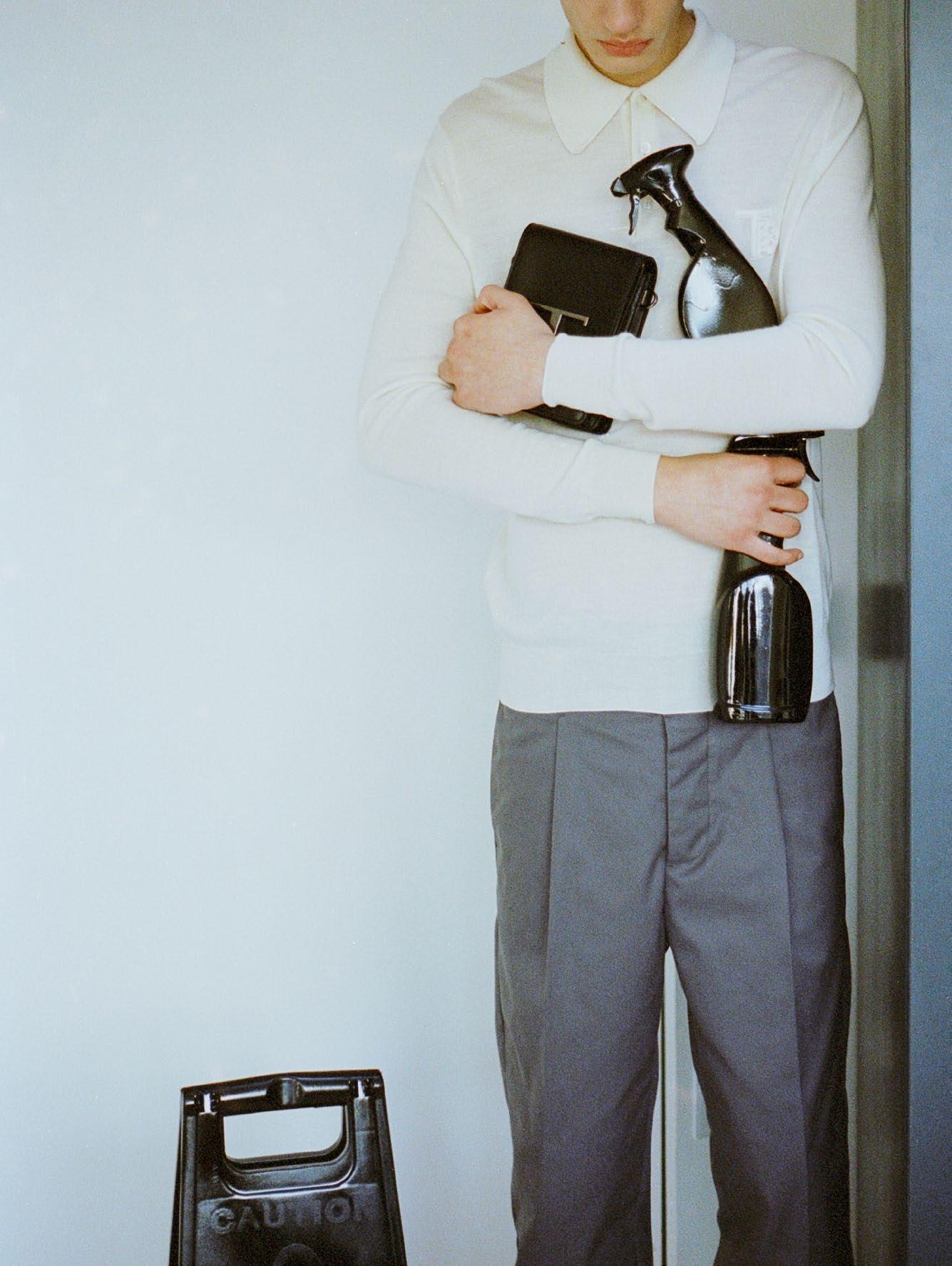
298


300

CASTING: JON JOHNSON
MODEL: EVAN GARCIA AT CHAPTER MANAGEMENT
SET DESIGN: ISAAC ASHLEY
GROOMING: MAARIT NIEMELA AT FRANK AGENCY
PRODUCTION: LOCK STUDIOS
ACNE STUDIOS acnestudios.com
ALAÏA MAISON maison-alaia.com
AUDEMARS PIGUET audemarspiguet.com
AURALEE auralee.jp
BELL & ROSS bellross.com
BERLUTI berluti.com
BLANCPAIN blancpain.com
BLUNDSTONE blundstone.co.uk
BOTTEGA VENETA bottegaveneta.com
BREGUET breguet.com
BREITLING breitling.com
BROOKS brooksrunning.com
BULGARI bulgari.com
BURBERRY burberry.com
CANALI canali.com
CARTIER cartier.com
CELINE celine.com
CELINE BRETON celinebreton.com
CERTINA certina.co.uk
CHANEL chanel.com
CHOPARD chopard.com
CONTEMPORARY WARDROBE contemporarywardrobe.com
CP COMPANY cpcompany.com
ABC KLMNO DEFGHIJ PRSTVWZ STOCKISTS
KIKO KOSTADINOV kikokostadinov.com
LARDINI lardini.com
LOEWE loewe.com
LONGINES longines.com
LOUIS VUITTON louisvuitton.com
LORO PIANA loropiana.com
LUDOVIC DE SAINT SERNIN ludovicdesaintsernin.com
MARGARET HOWELL margarethowell.co.uk
MARIBAUDI maimounstore.com
MCM mcmworldwide.com
MICHELLE DEL RIO michelledelrio.com
MIU MIU miumiu.com
MONTBLANC montblanc.com
MR PORTER mrporter.com
NOMOS GLASHÜTTE nomos-glashuette.com
OMEGA omegawatches.com
ORIS oris.ch
DECATHLON decathlon.co.uk
DENZIL PATRICK denzilpatrick.com
DIOR dior.com
DOLCE & GABBANA dolcegabbana.com
DUNHILL dunhill.com
EMPORIO ARMANI armani.com
ETUDES etudes-studio.com
FENDI fendi.com
FERRAGAMO ferragamo,com
FREDERIQUE CONSTANT frederiqueconstant.com
GILLIAN HORSUP gillianhorsup.com
GIORGIO ARMANI armani.com
GIVENCHY givenchy.com
GRAND SEIKO grand-seiko.com
HAMILTON hamiltonwatch.com
HERMÈS hermes.com
HUBLOT hublot.com
ISABEL MARANT isabelmarant.com
IWC iwc.com
JAEGER-LECOULTRE jaeger-lecoultre.co
JOHN LOBB johnlobb.com
JUNYA WATANABE doverstreetmarket.com
PANERAI panerai.com
PANTHERELLA pantherella.com
PARMIGIANI parmigiani.com
PATEK PHILIPPE patek.com
PAUL SMITH paulsmith.com
PIAGET piaget.com
PRADA prada.com
RICHARD MILLE richardmille.com
ROLEX rolex.com
SAINT LAURENT ysl.com
TAG tagheuer.com
THE ROW therow.com
TISSOT tissotwatches.com
TOD’S tods.com
VACHERON CONSTANTIN vacheron-constantin.com
VANGUART vanguart.com
WOOYOUNGMI wooyoungmin.com
ZEGNA zegna.com
ZENITH zenith-watches.com
302 STOCKISTS
HOTELS
ANDAZ LIVERPOOL STREET
BELMOND CADOGAN
THE BENTLEY
THE BERKELEY
THE CHELSEA HARBOUR
CLARIDGE’S
THE CONNAUGHT
CORINTHIA LONDON
DEAN STREET TOWN HOUSE
THE DORCHESTER
FOUR SEASONS, PARK LANE
THE GORE
HILTON, PARK LANE
JUMEIRAH CARLTON TOWER
THE LANDMARK
THE LANESBOROUGH
THE LANGHAM
LOWNDES
MANDARIN ORIENTAL
LONDON MARRIOTT, MARBLE ARCH
LONDON MARRIOTT, PARK LANE
THE MAY FAIR
NUMBER SIXTEEN, SUMNER PLACE
PELHAM
THE RITZ
ROYAL GARDEN
SANCTUM SOHO
THE SOHO
ST PANCRAS RENAISSANCE
W HOTEL, LEICESTER SQUARE
THE ZETTER TOWNHOUSE
CLUBS
67 PA LL MALL
ALBERT'S AT BEAUFORT HOUSE
THE ALLBRIGHT, MAYFAIR
THE ARTS CLUB, DOVER STREET
THE BLUEBIRD
BOODLE'S
BROOK'S
THE CALEDONIAN
THE CENTURY CLUB
CHELSEA ARTS
CITY OF LONDON
THE COLONY
THE CONDUIT
THE CUCKOO
THE CURTAIN
EAST INDIA
THE EIGHT
THE GARRICK
THE GOODENOUGH
THE GROUCHO
HOME HOUSE
THE HOSPITAL
THE IVY
MORTIMER HOUSE
THE ORIENTAL
THE PORTLAND
QUO VADIS
REFORM
SHOREDITCH HOUSE
THE SLOANE
SLOANE GARDENS
SOHO HOUSE, DEAN STREET
SOHO HOUSE, 40 GREEK STREET
SOUTH KENSINGTON
TEN TRINITY SQUARE
THE TURF
UNIVERSITY WOMEN'S
WHITE'S
303 Also available on the entire VistaJet fleet, vistajet.com IN ADDITION TO GLOBAL KIOSKS, TRAVEL HUBS, AND NEWS STANDS, PORT CAN BE FOUND HERE

304
Alastair Little’s Frith Street restaurant was an early culinary home for our guest editor, who once described Little as “the godfather of modern British cooking”. Small details of this legacy are hand-drawn menus like these, featuring illustrations by Brian Ma Siy.
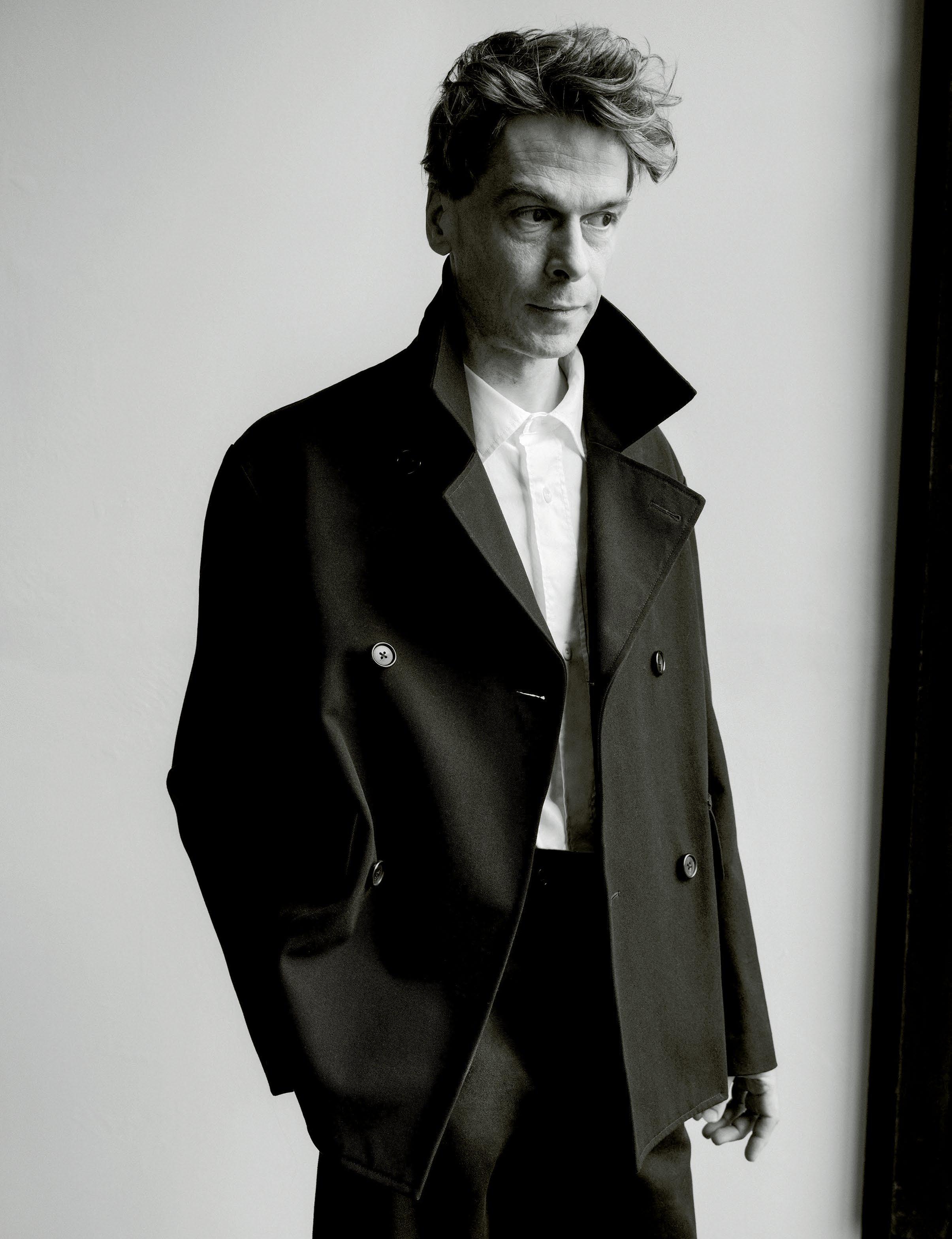



























































































































































































































































 Céramique by Ronan Bouroullec 2023
Photography by Angèle Châtenet
Céramique by Ronan Bouroullec 2023
Photography by Angèle Châtenet


 Assorted loose paper in the studio
Assorted loose paper in the studio



























 Lo zoo di Enzo by Nanda Vigo. 2020. © Triennale Milano.Photo by Gianluca Di Ioia
Lo zoo di Enzo by Nanda Vigo. 2020. © Triennale Milano.Photo by Gianluca Di Ioia




























































 JOHN LOBB
JOHN LOBB






 GIORGIO ARMANI
GIORGIO ARMANI















































